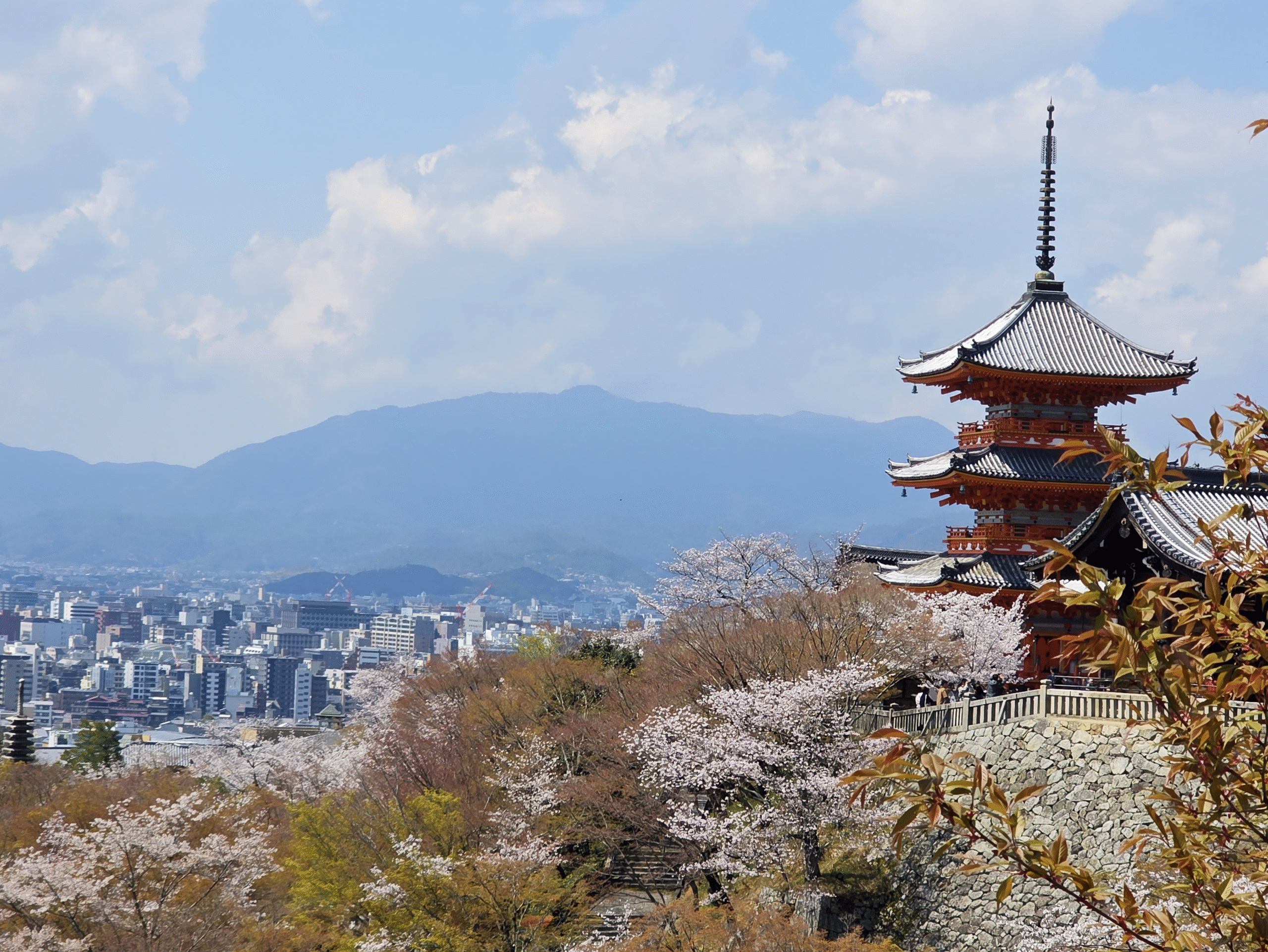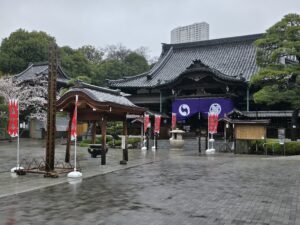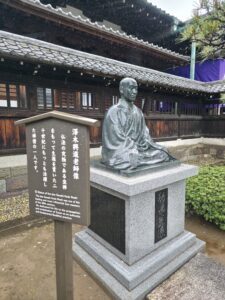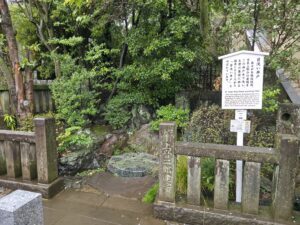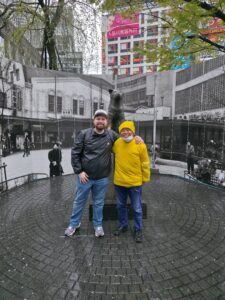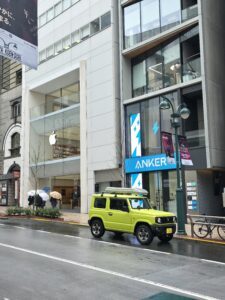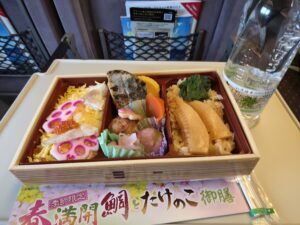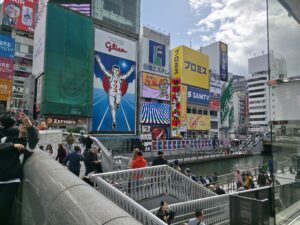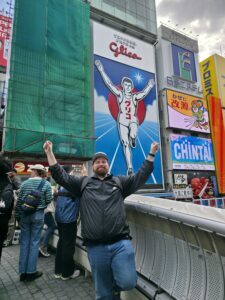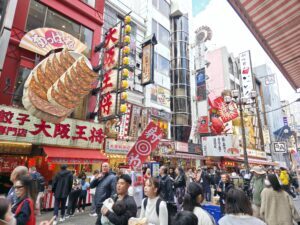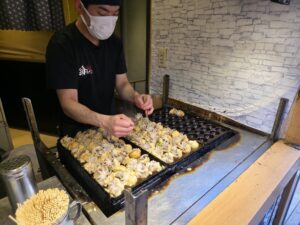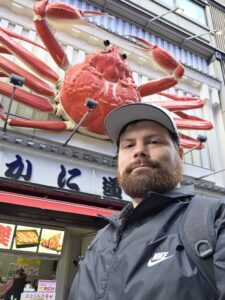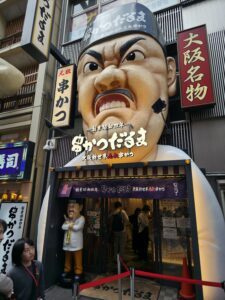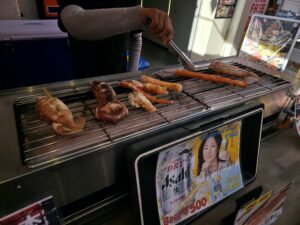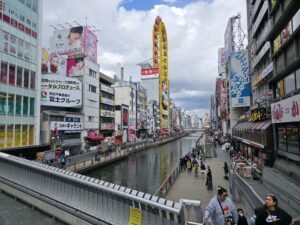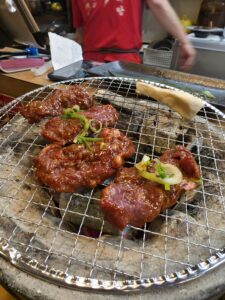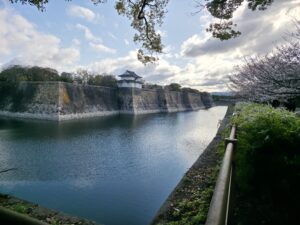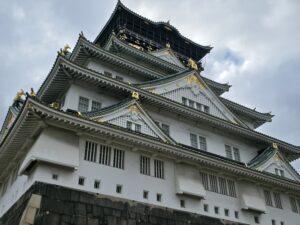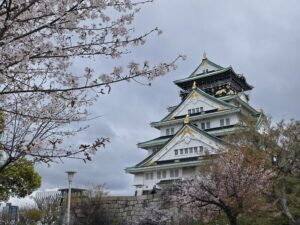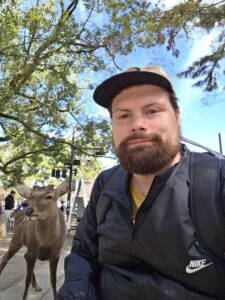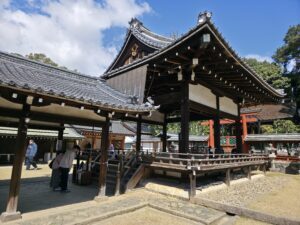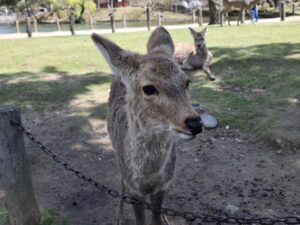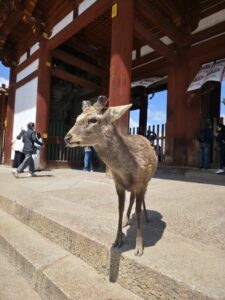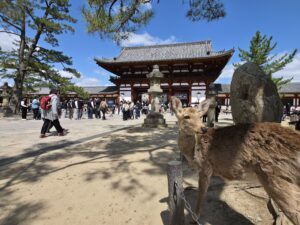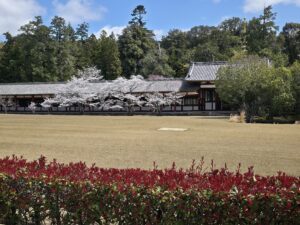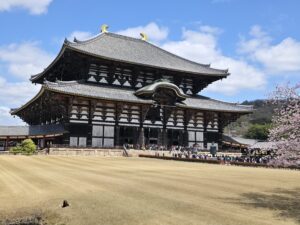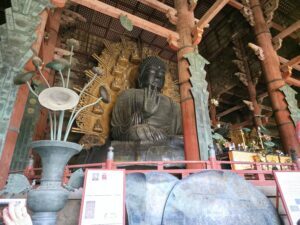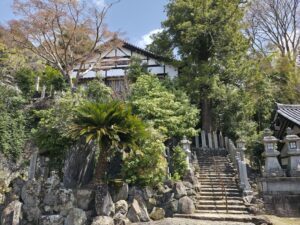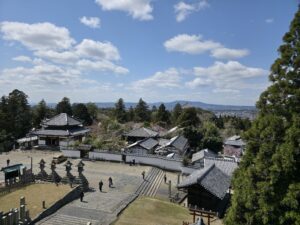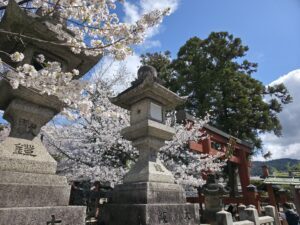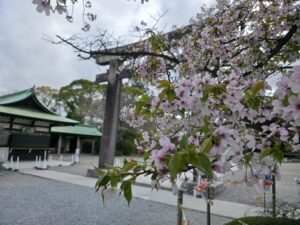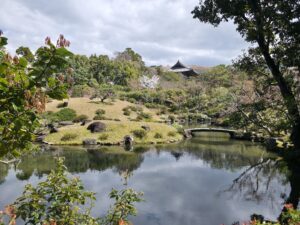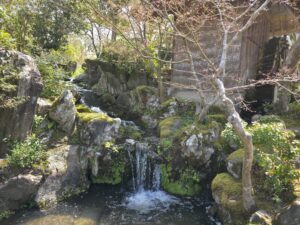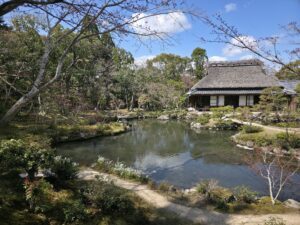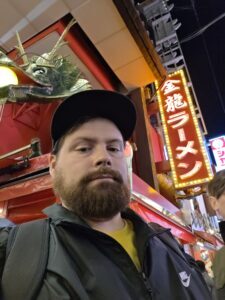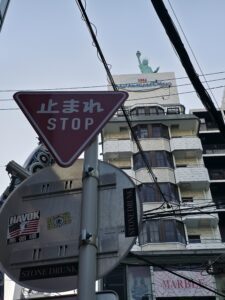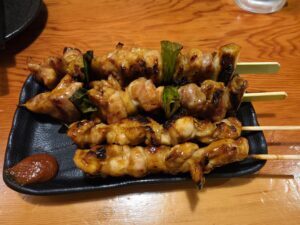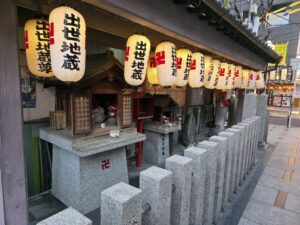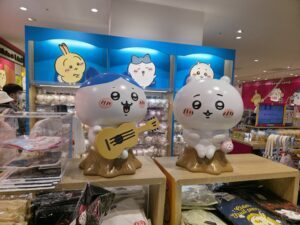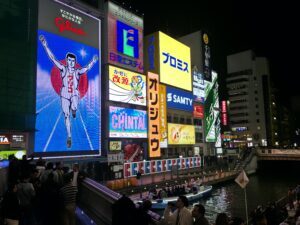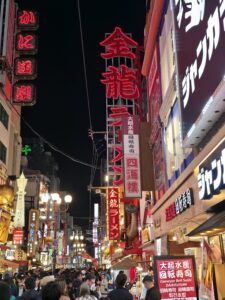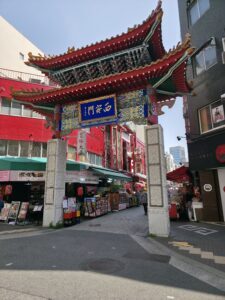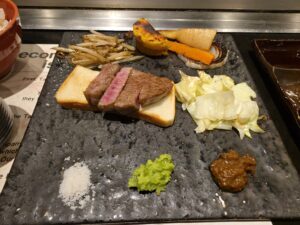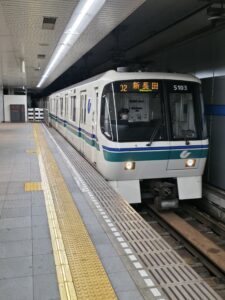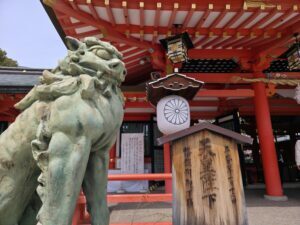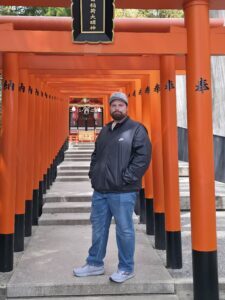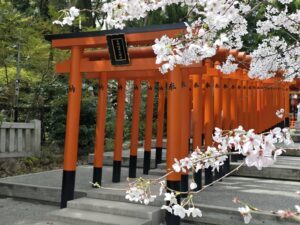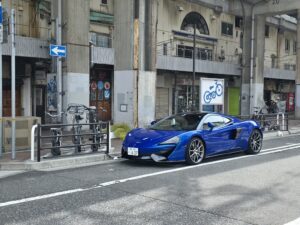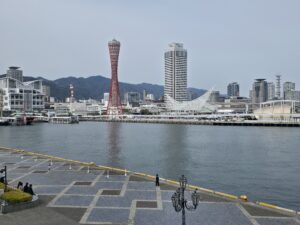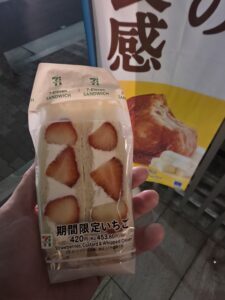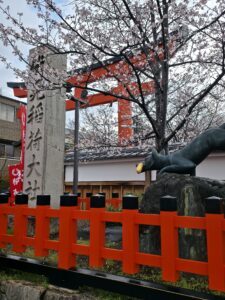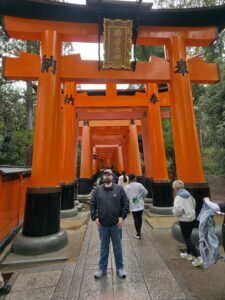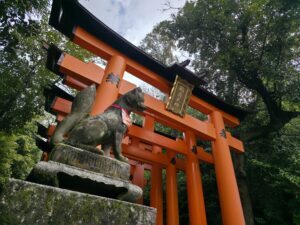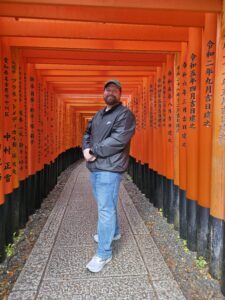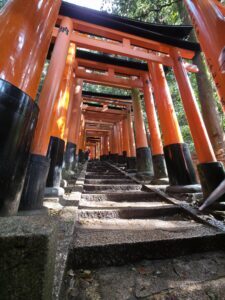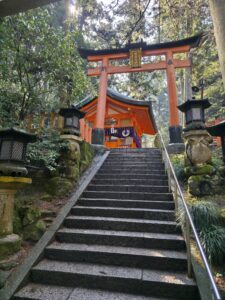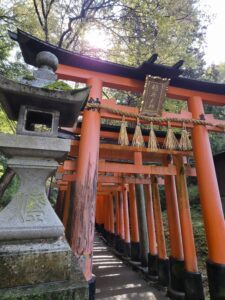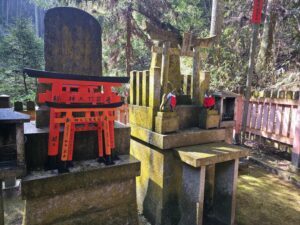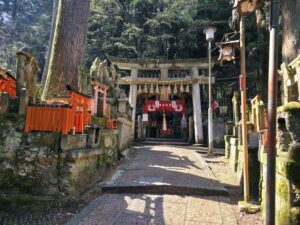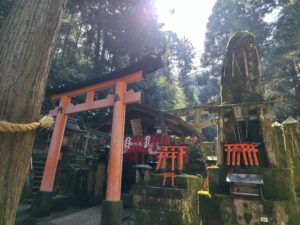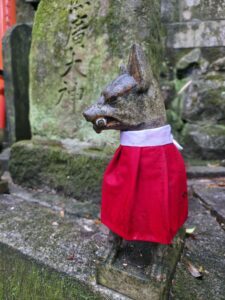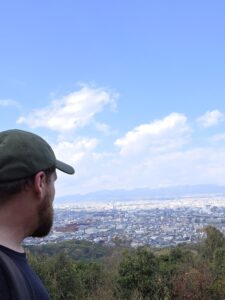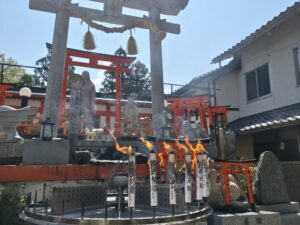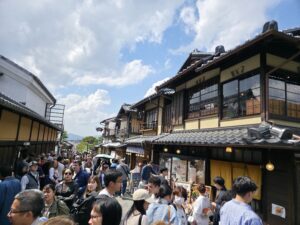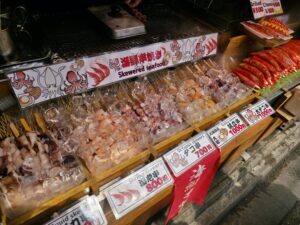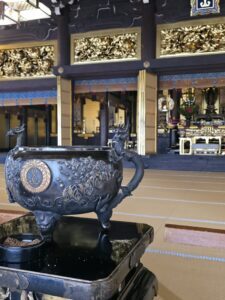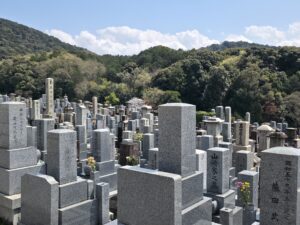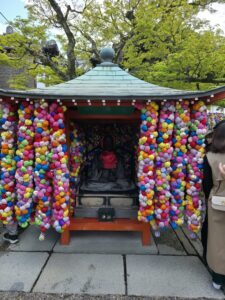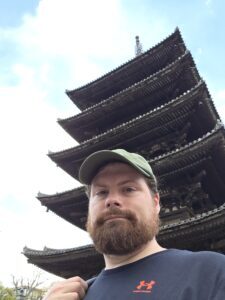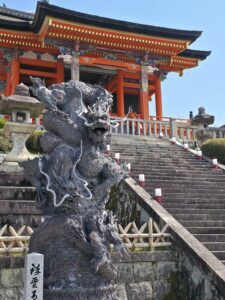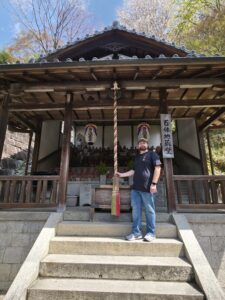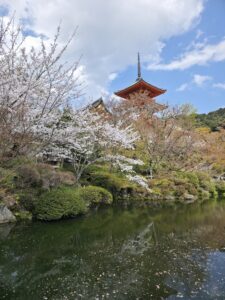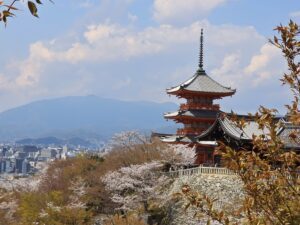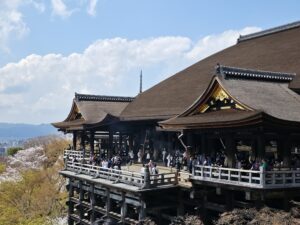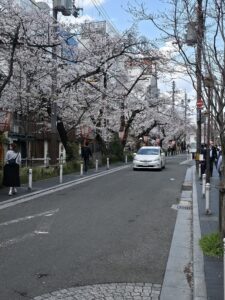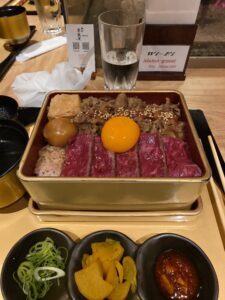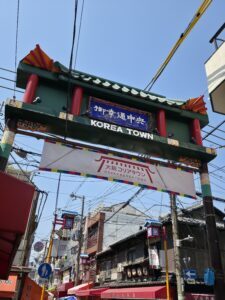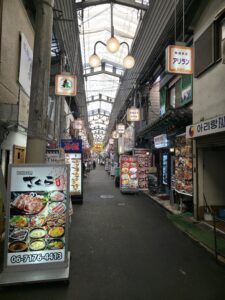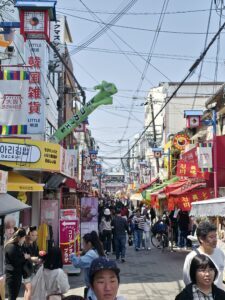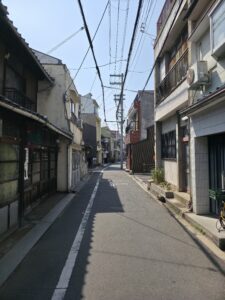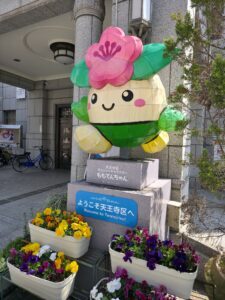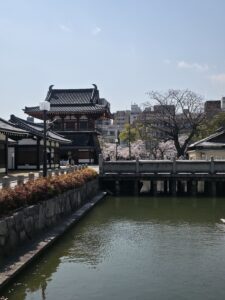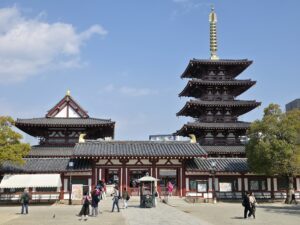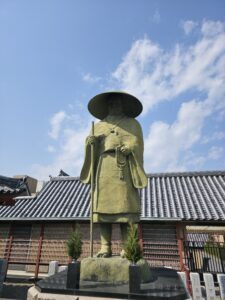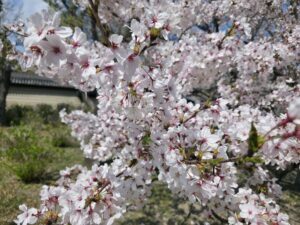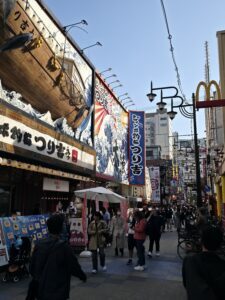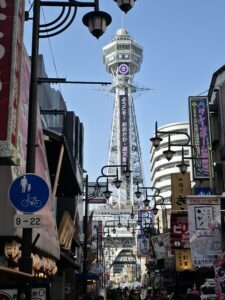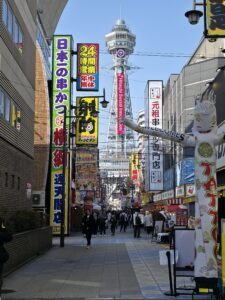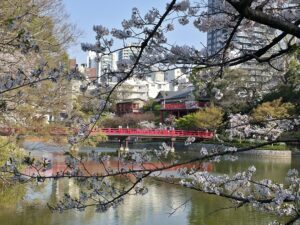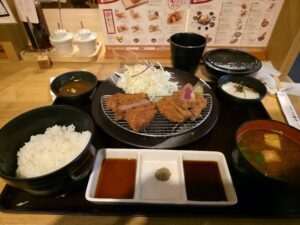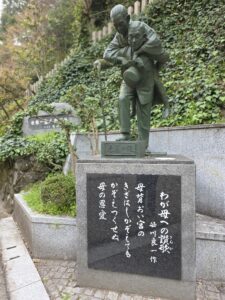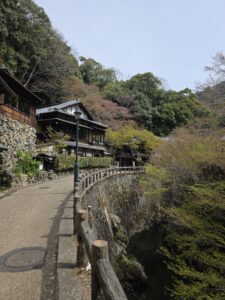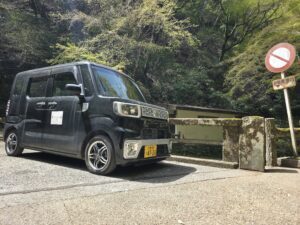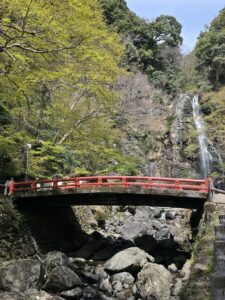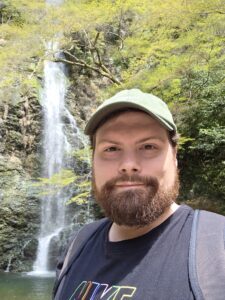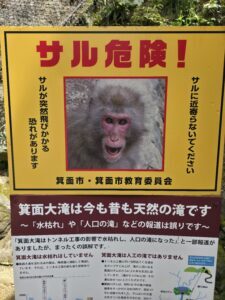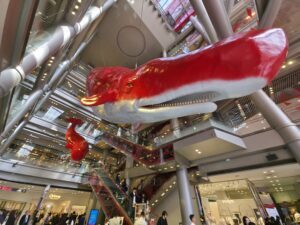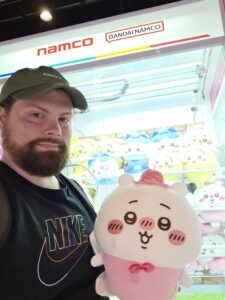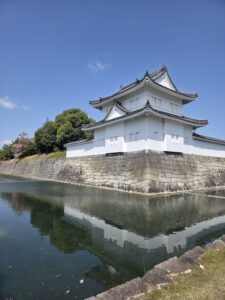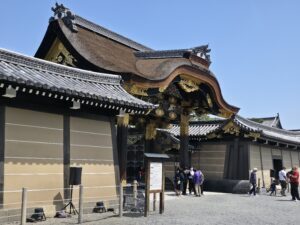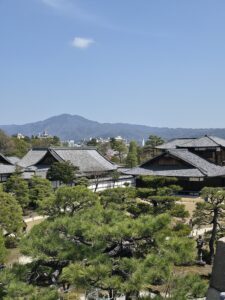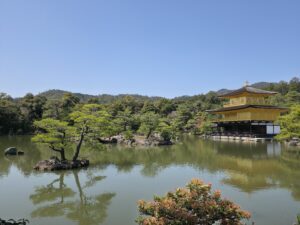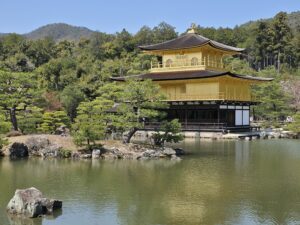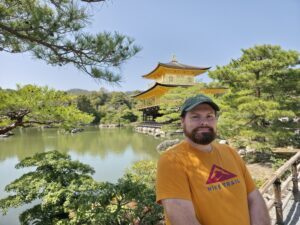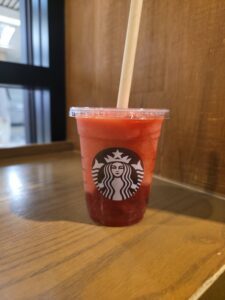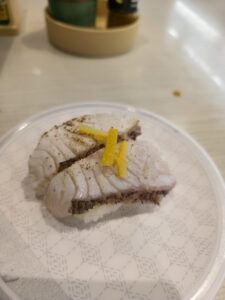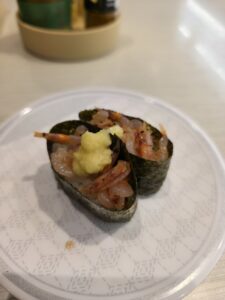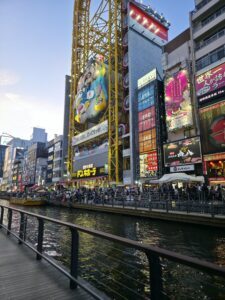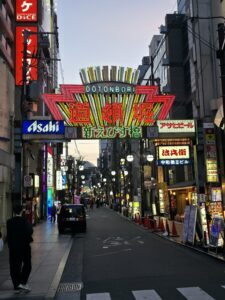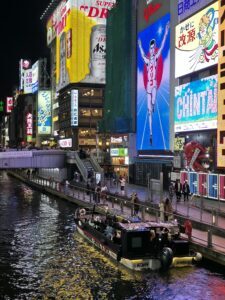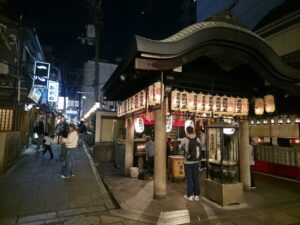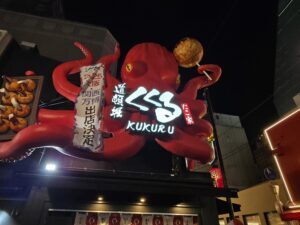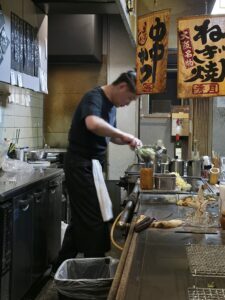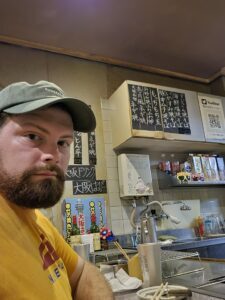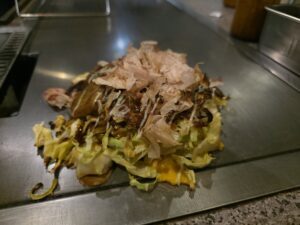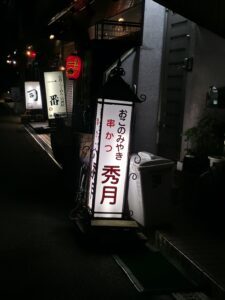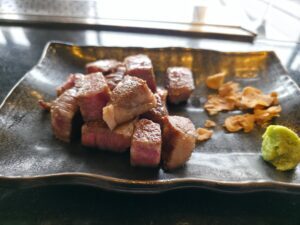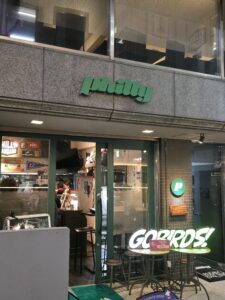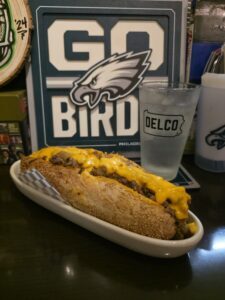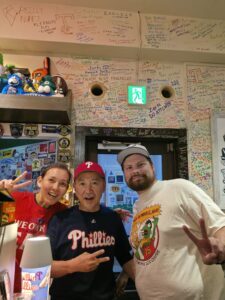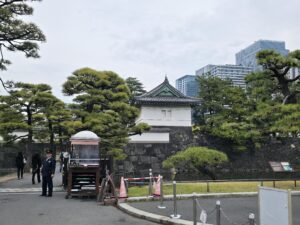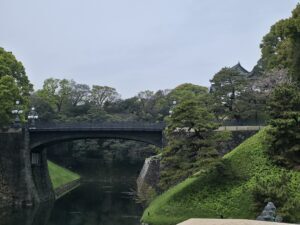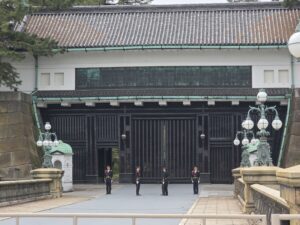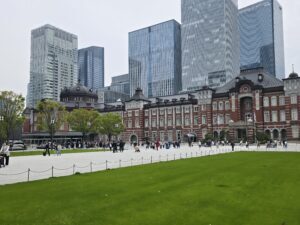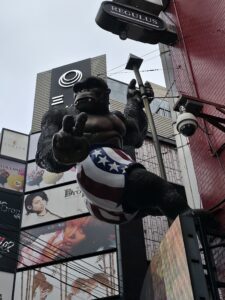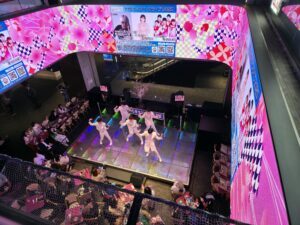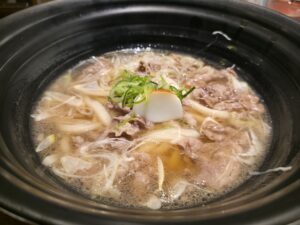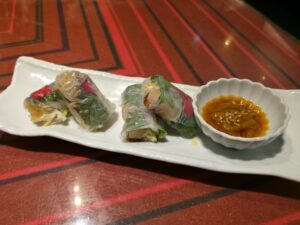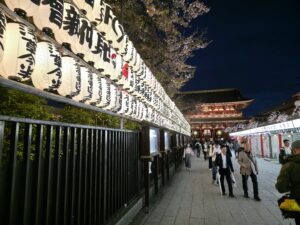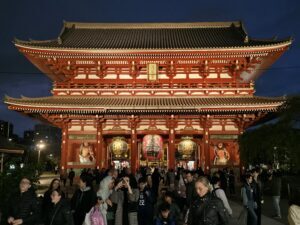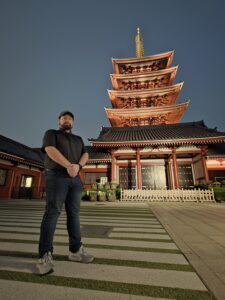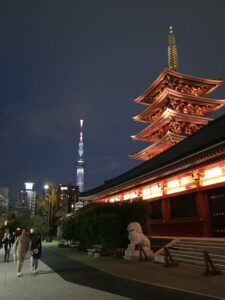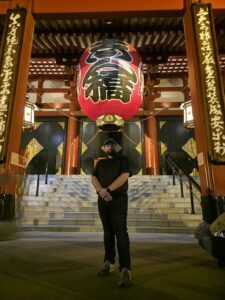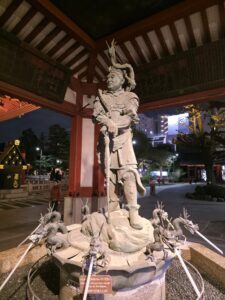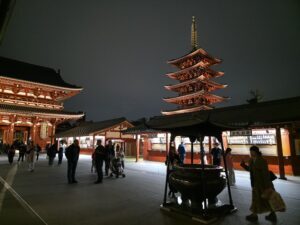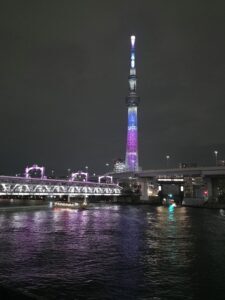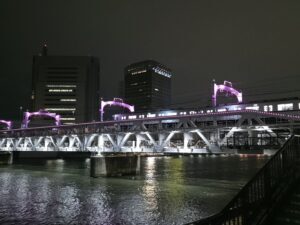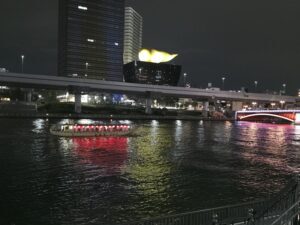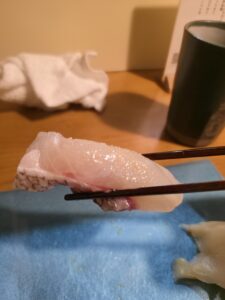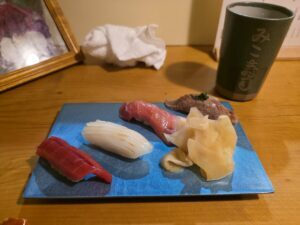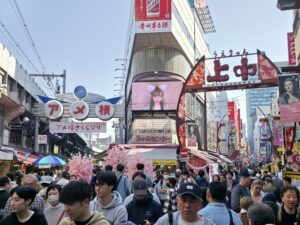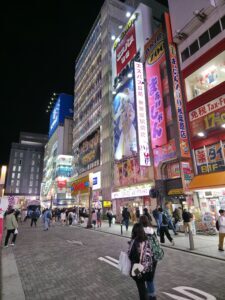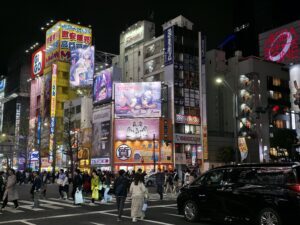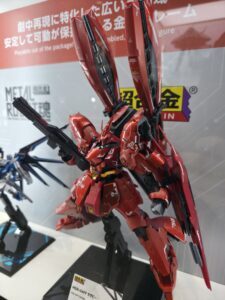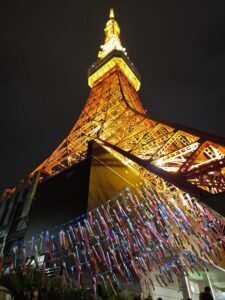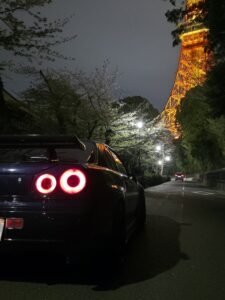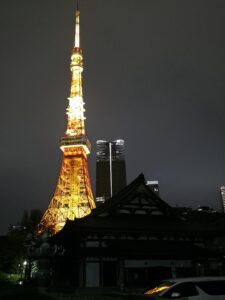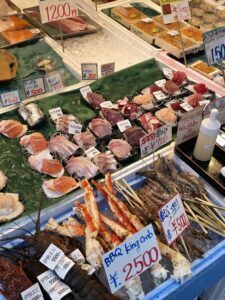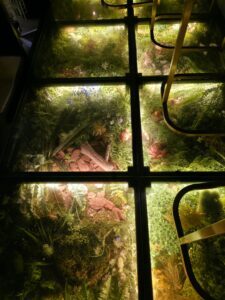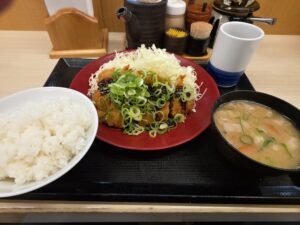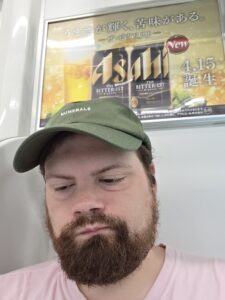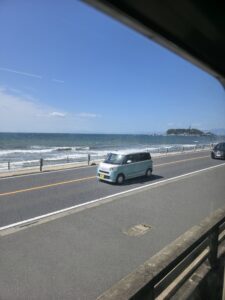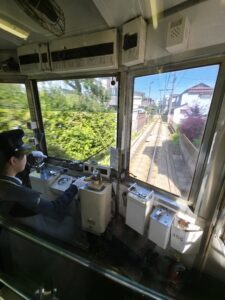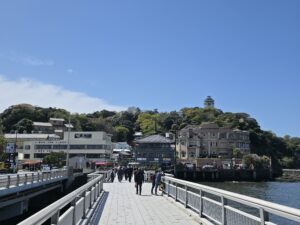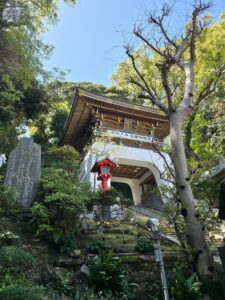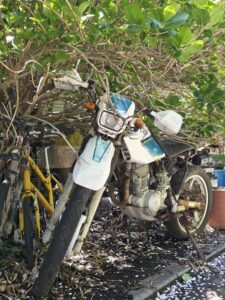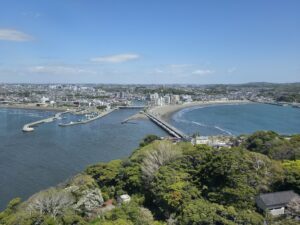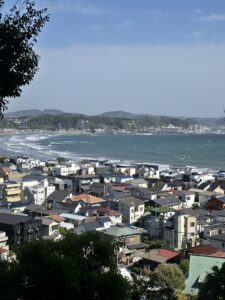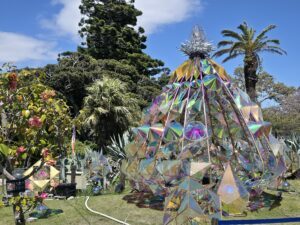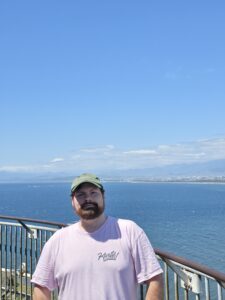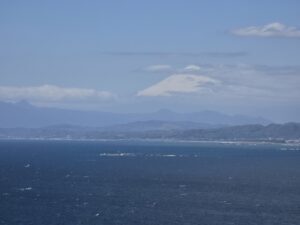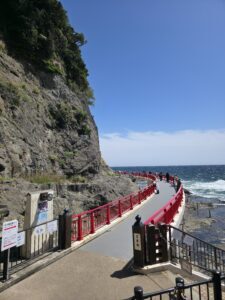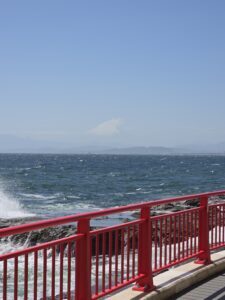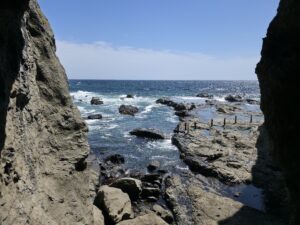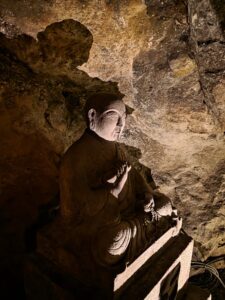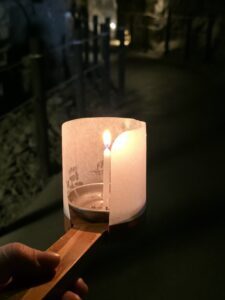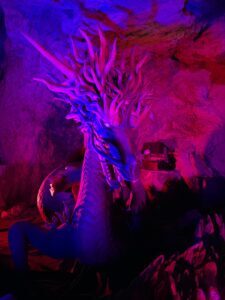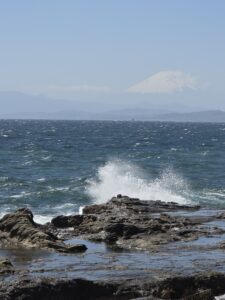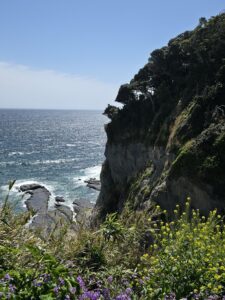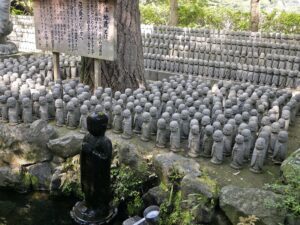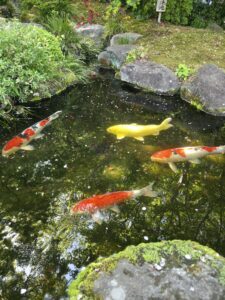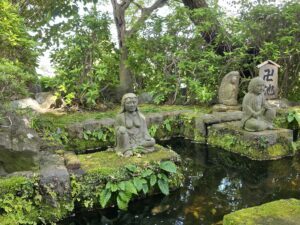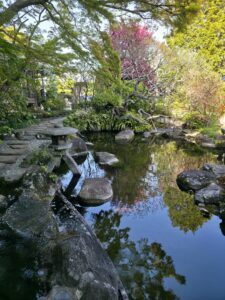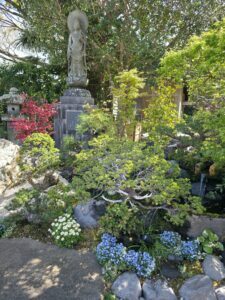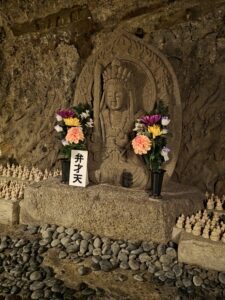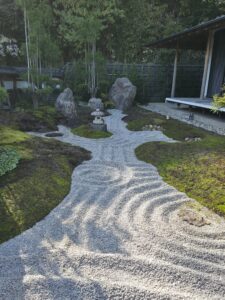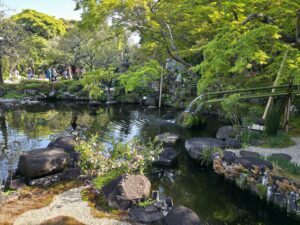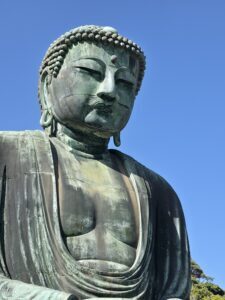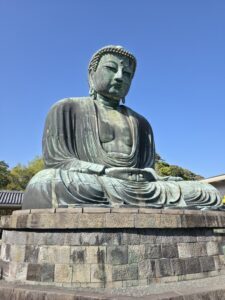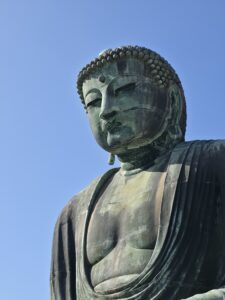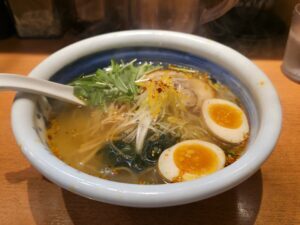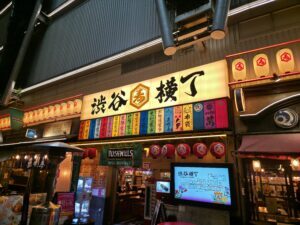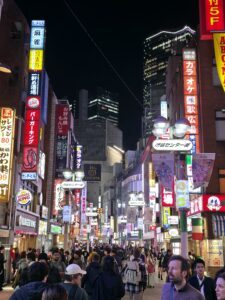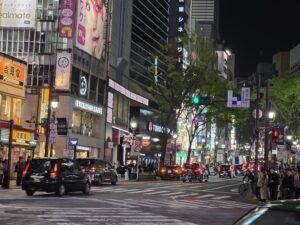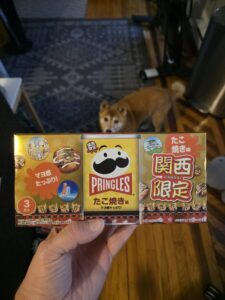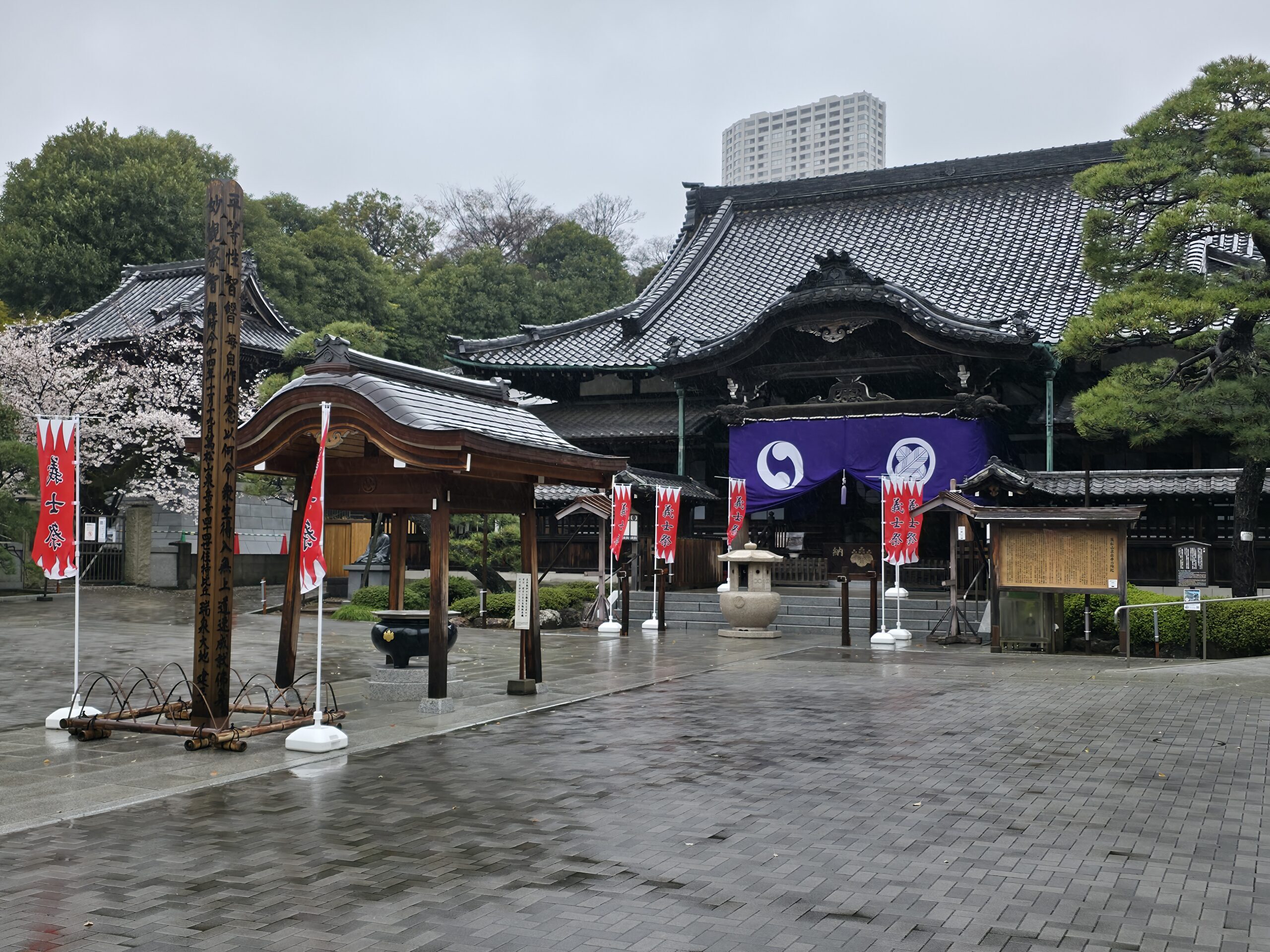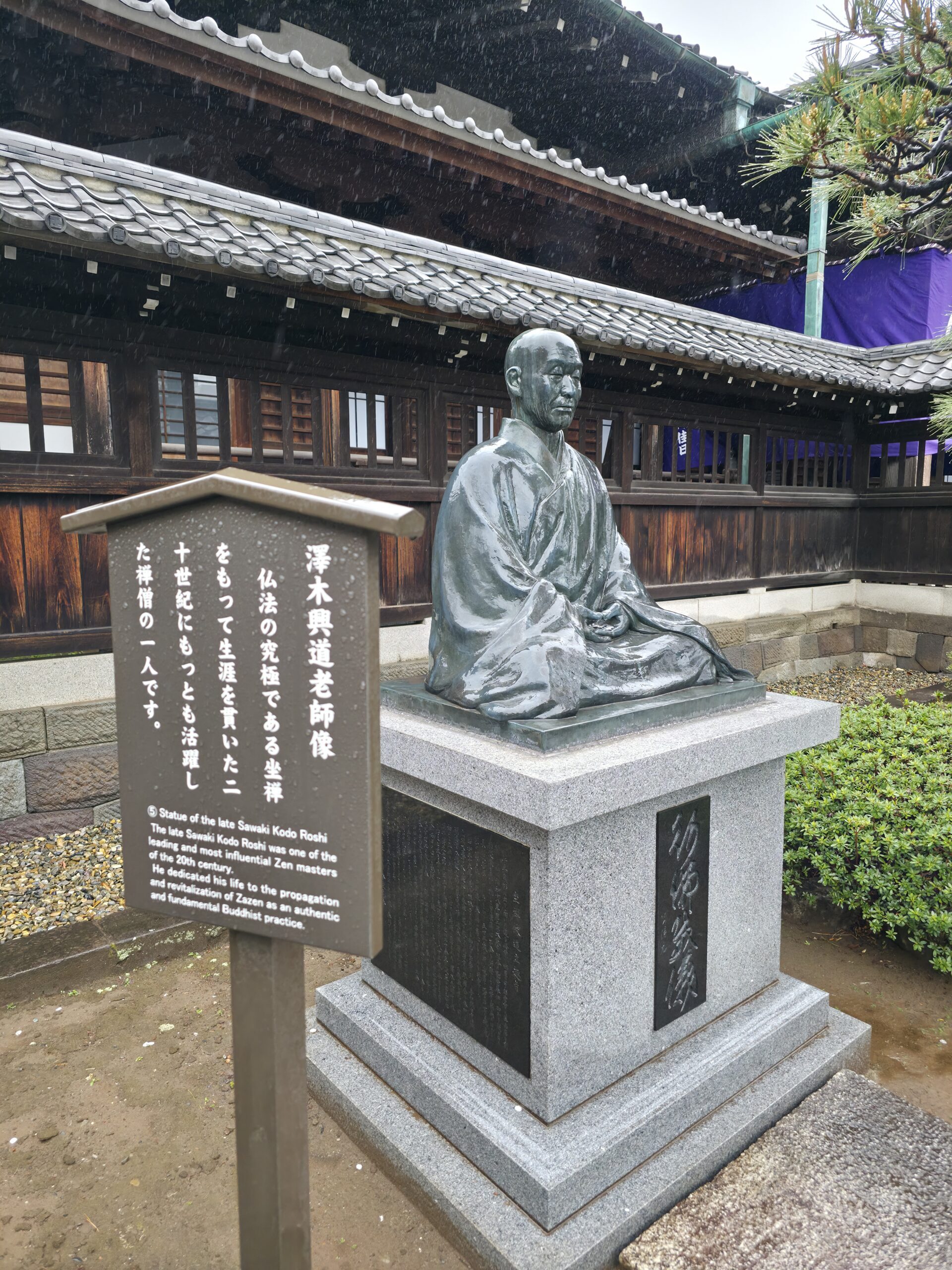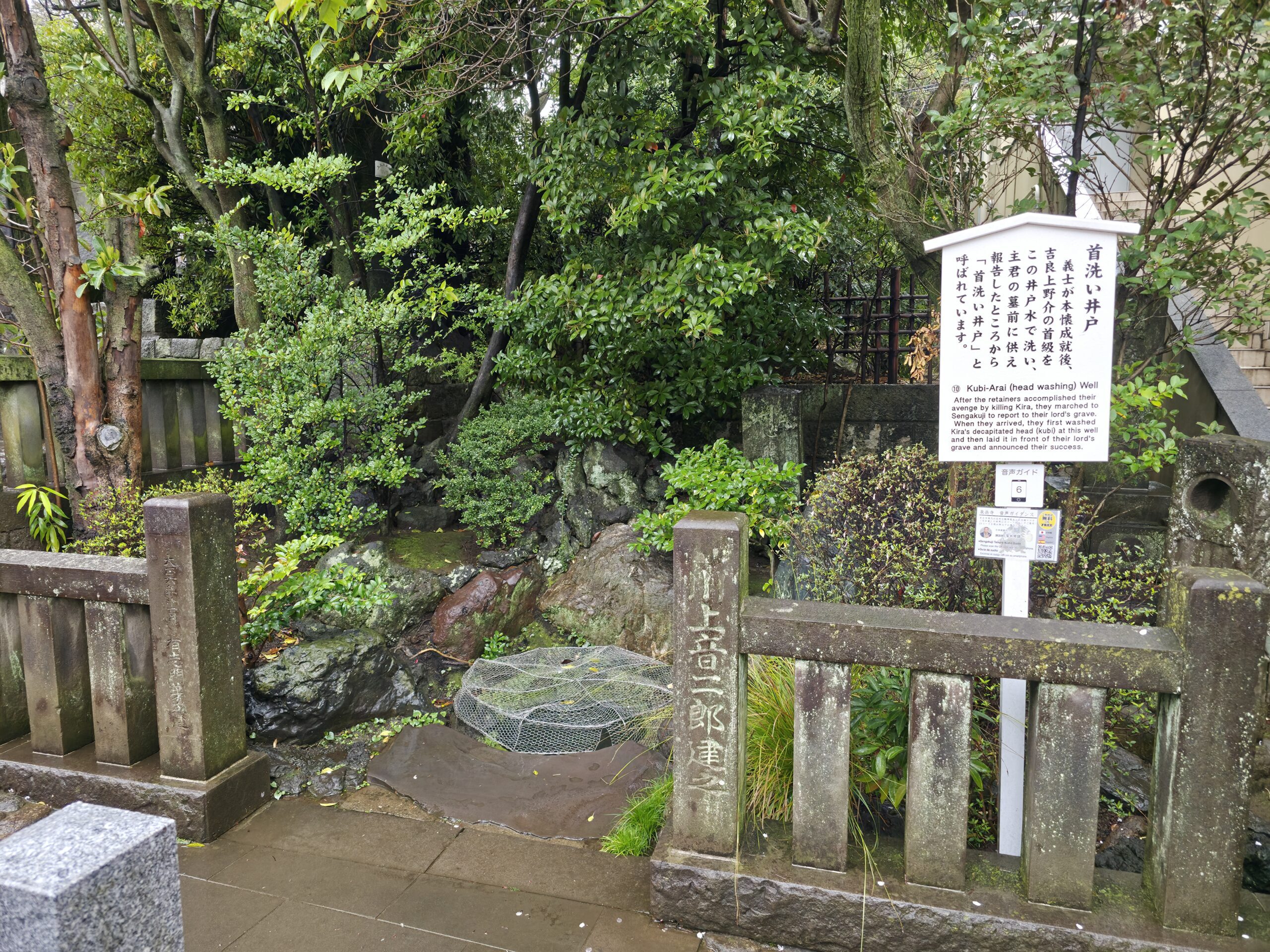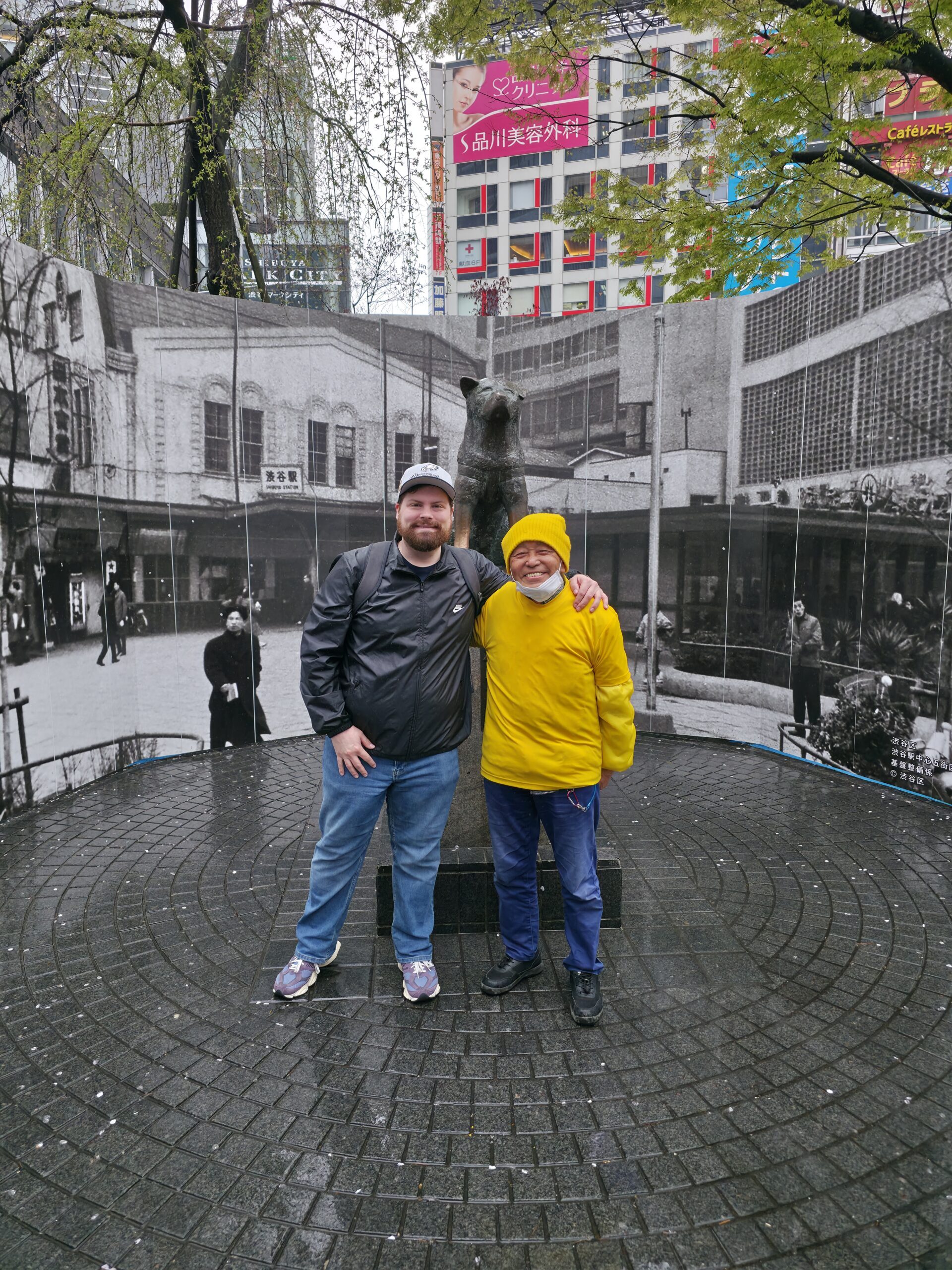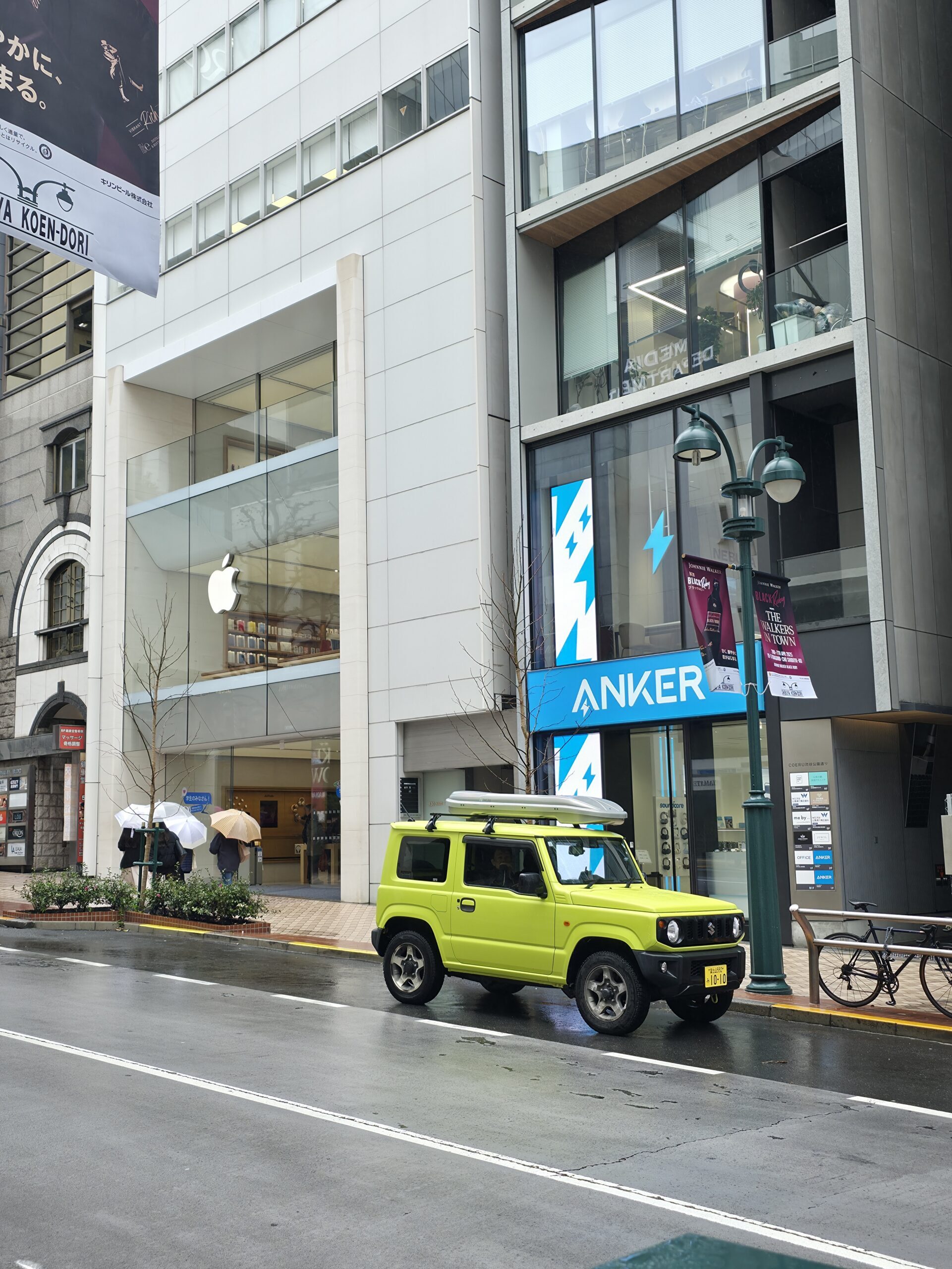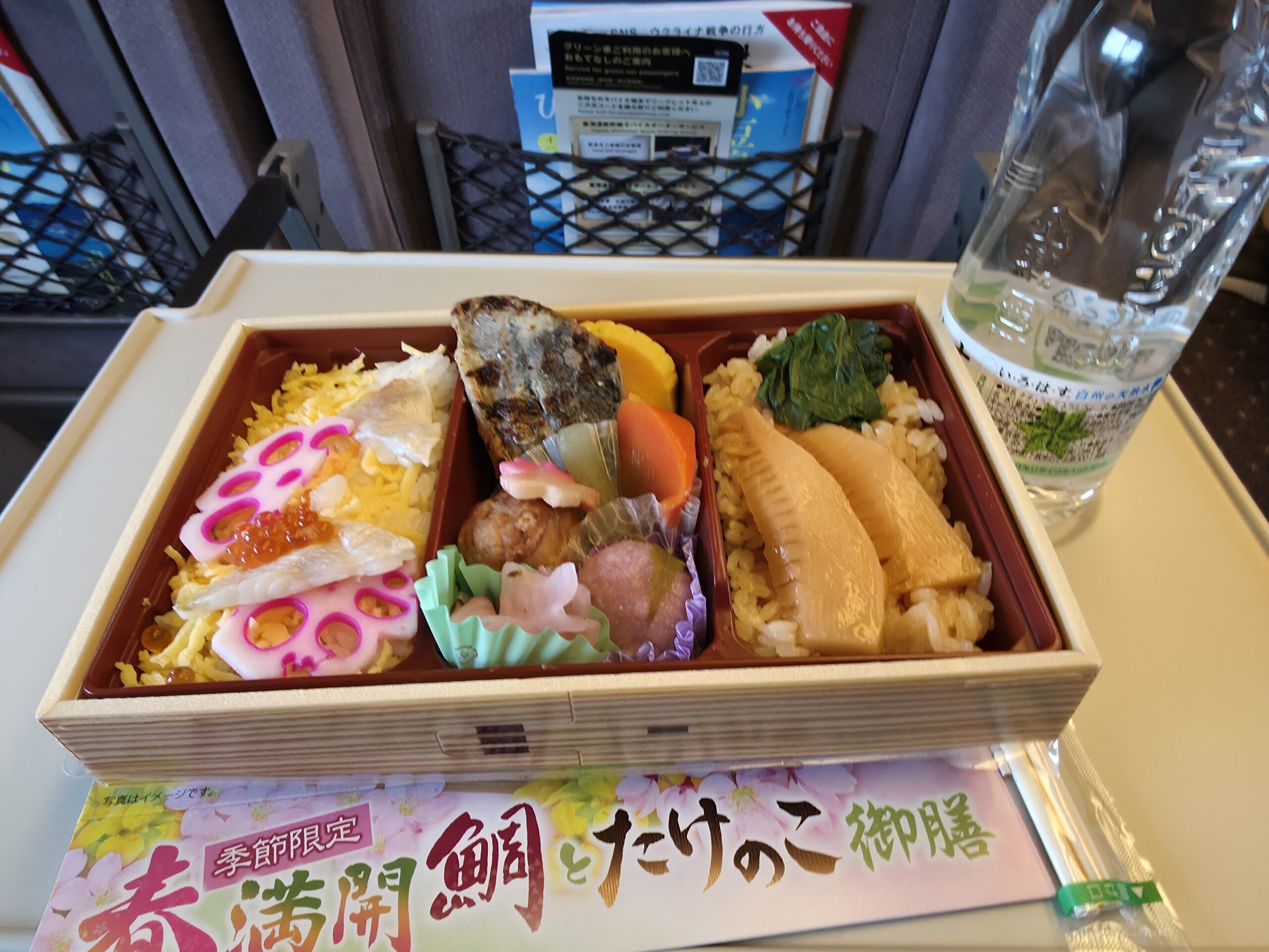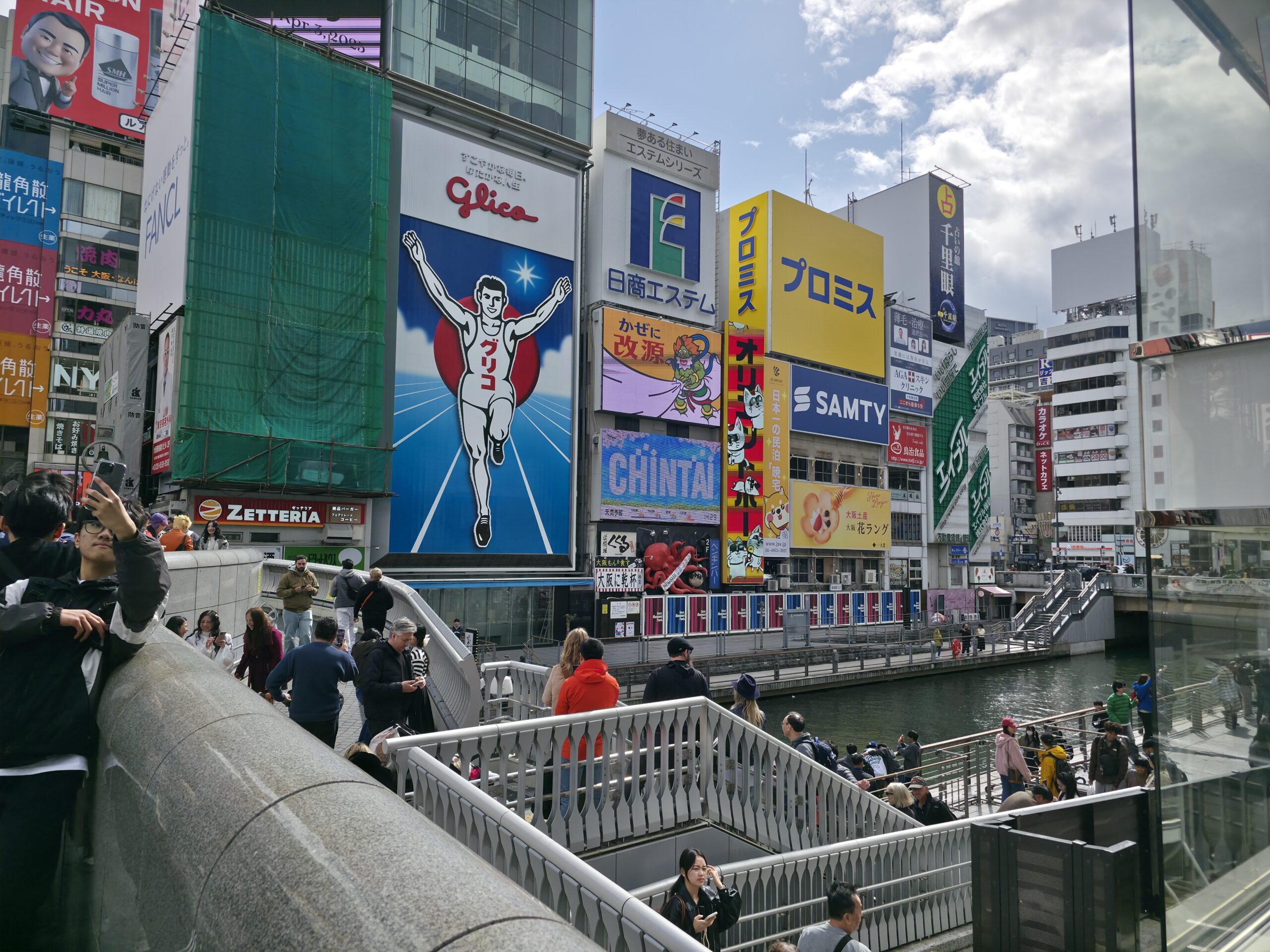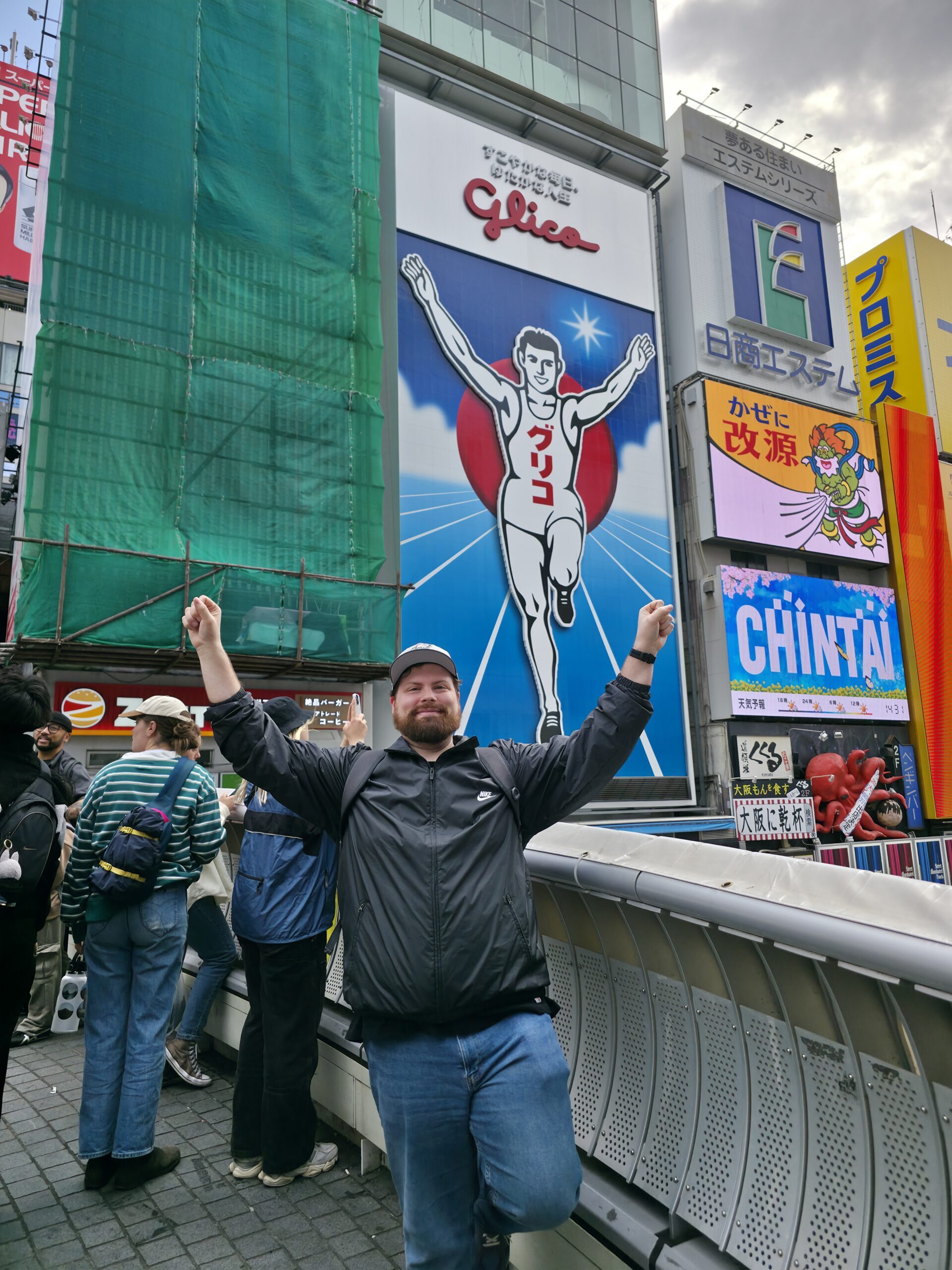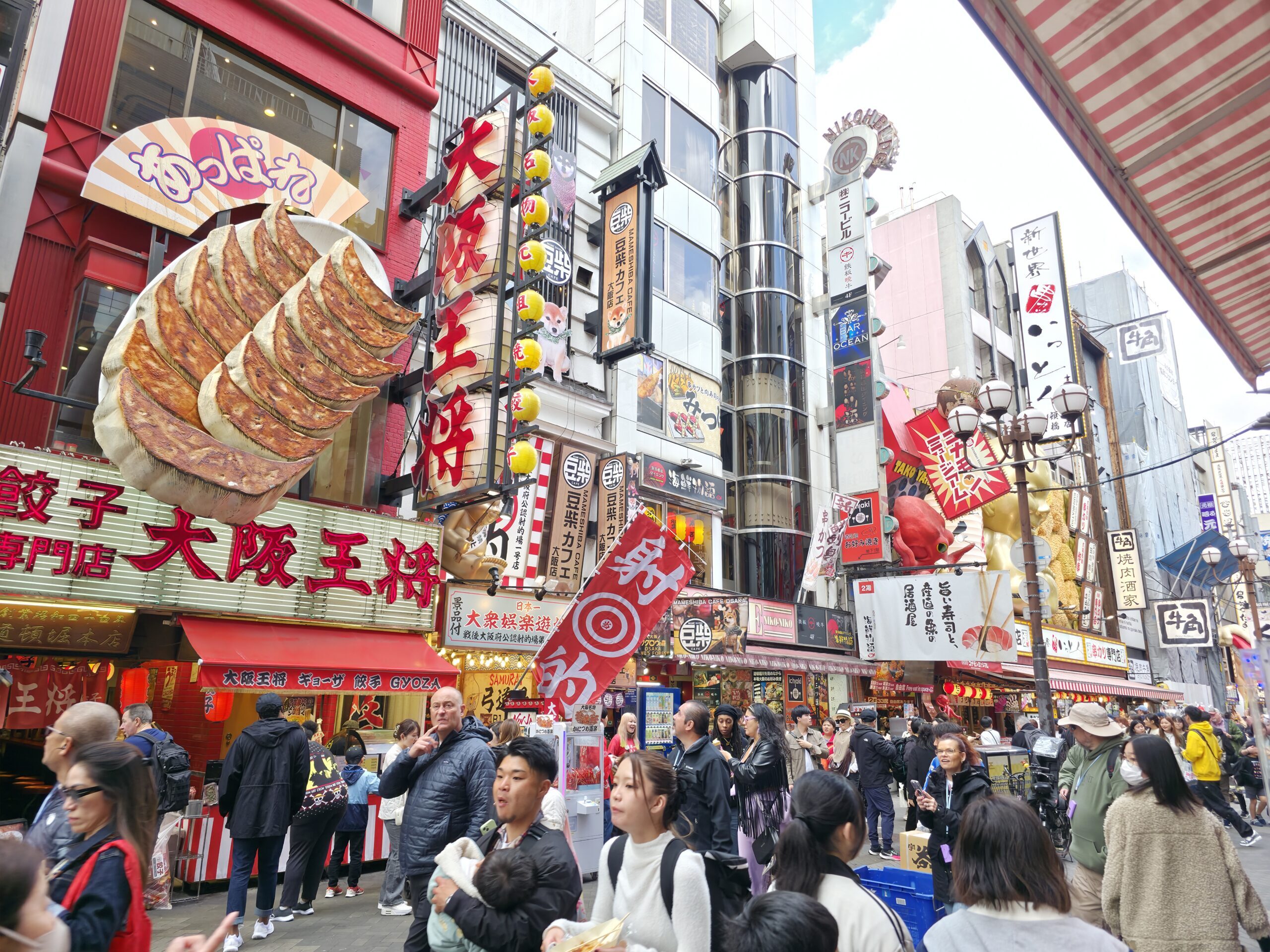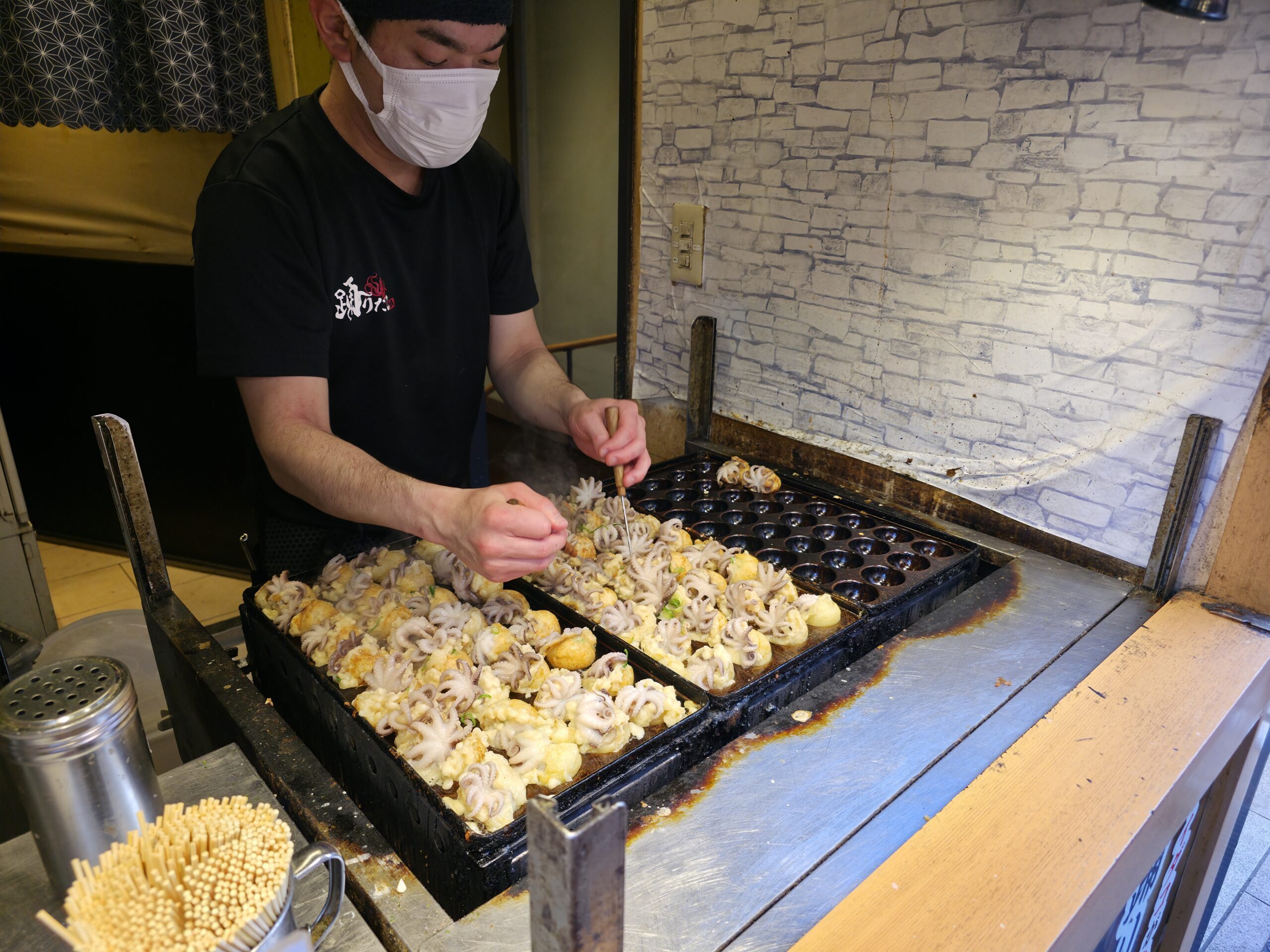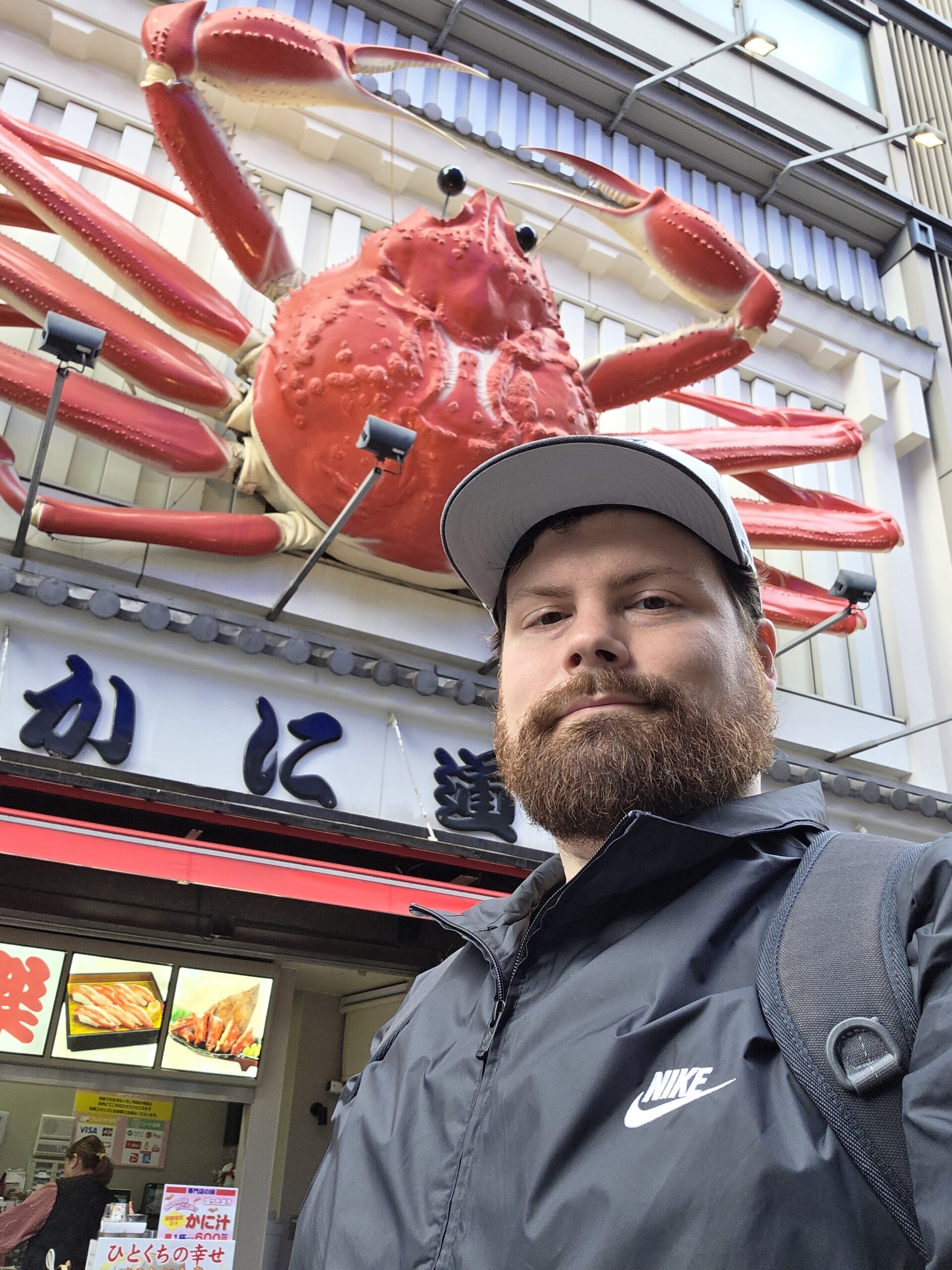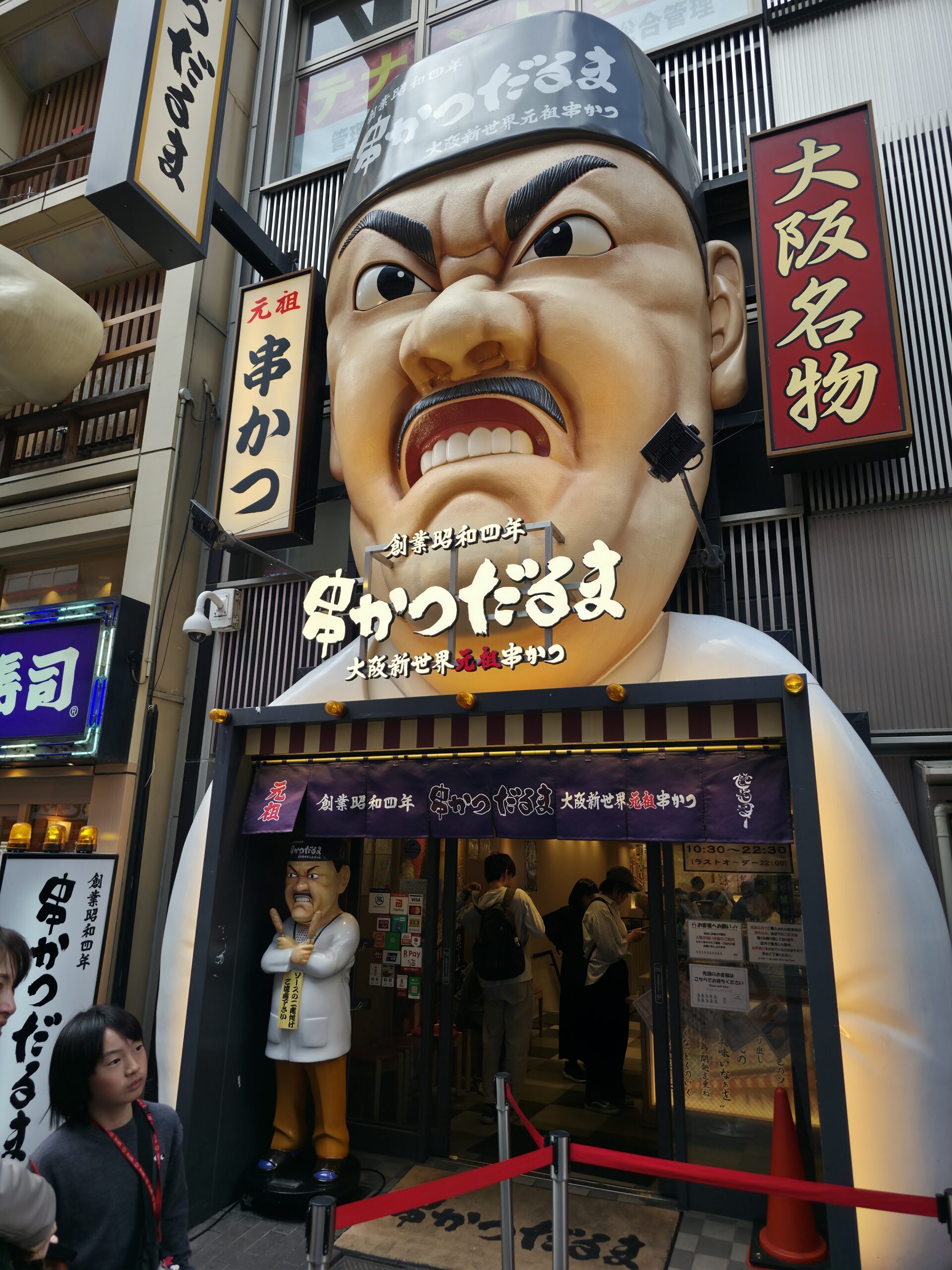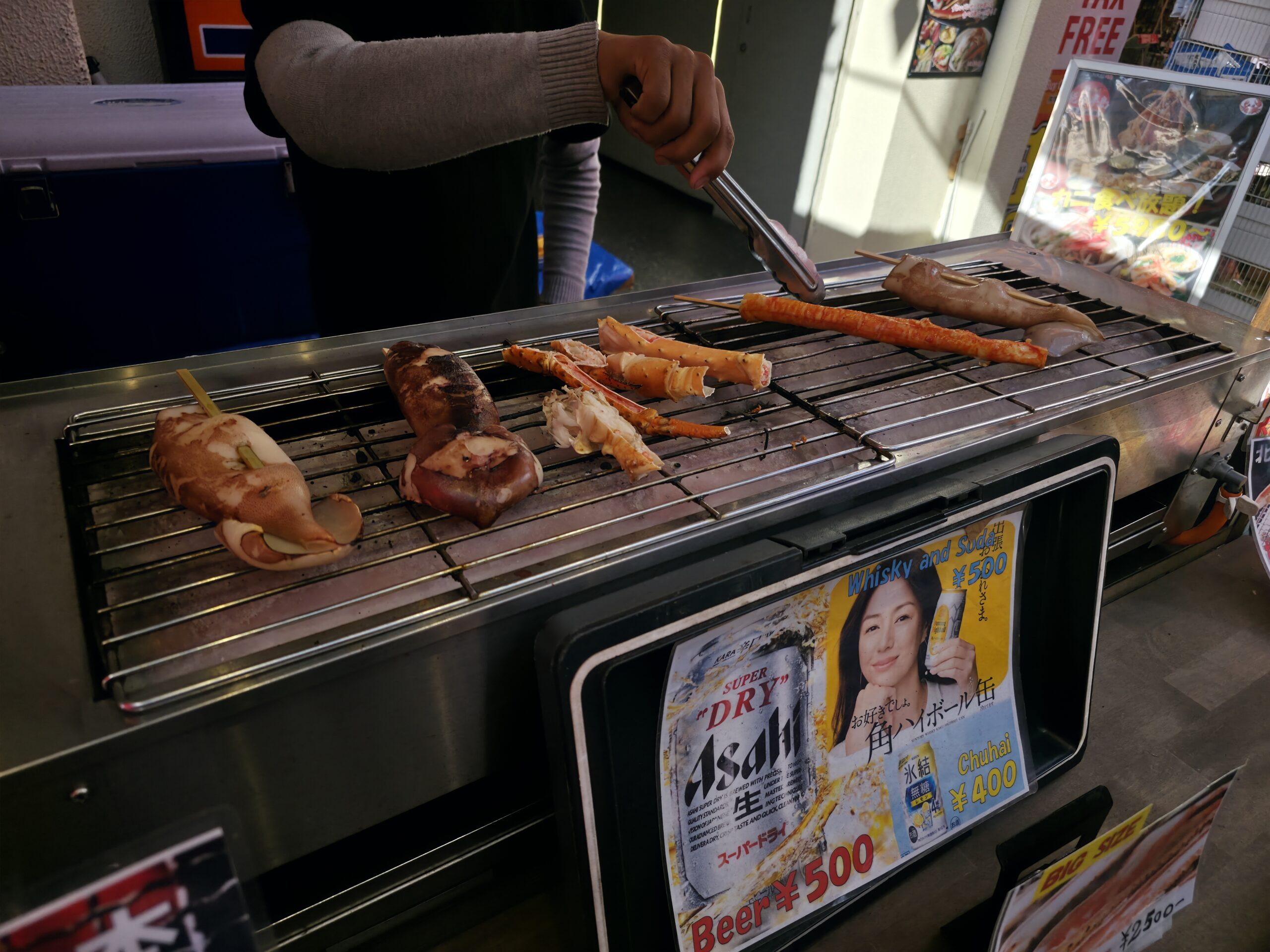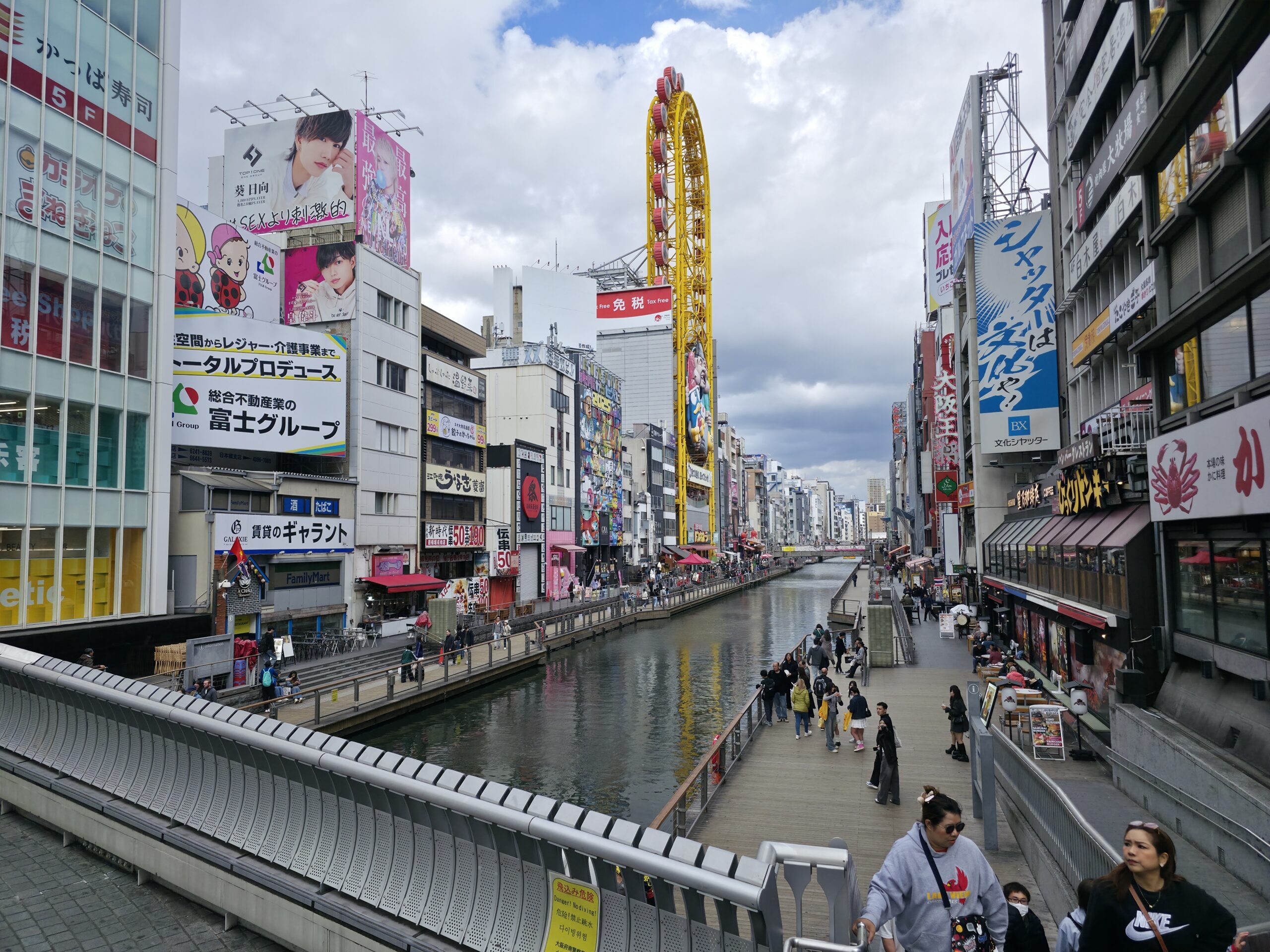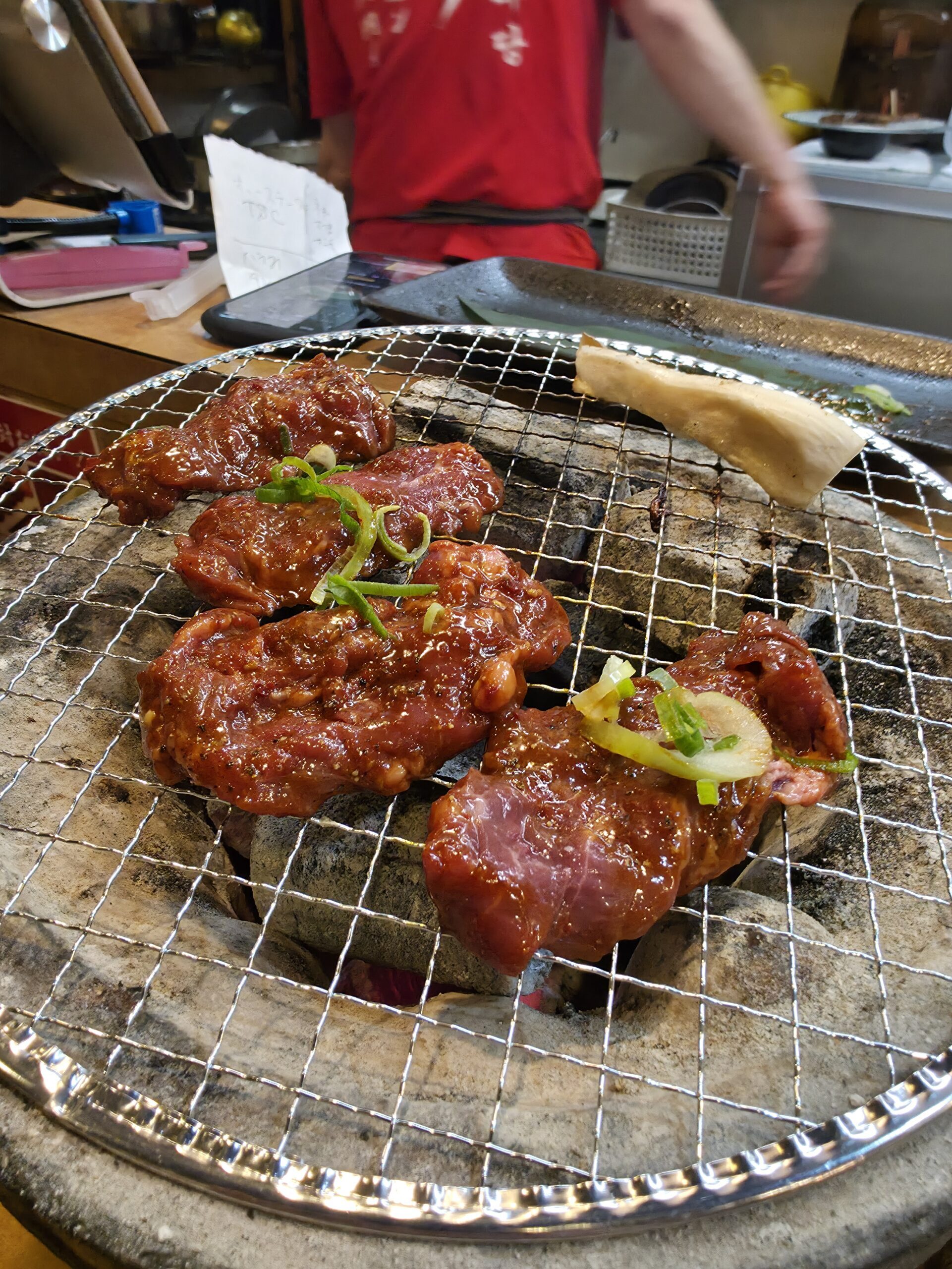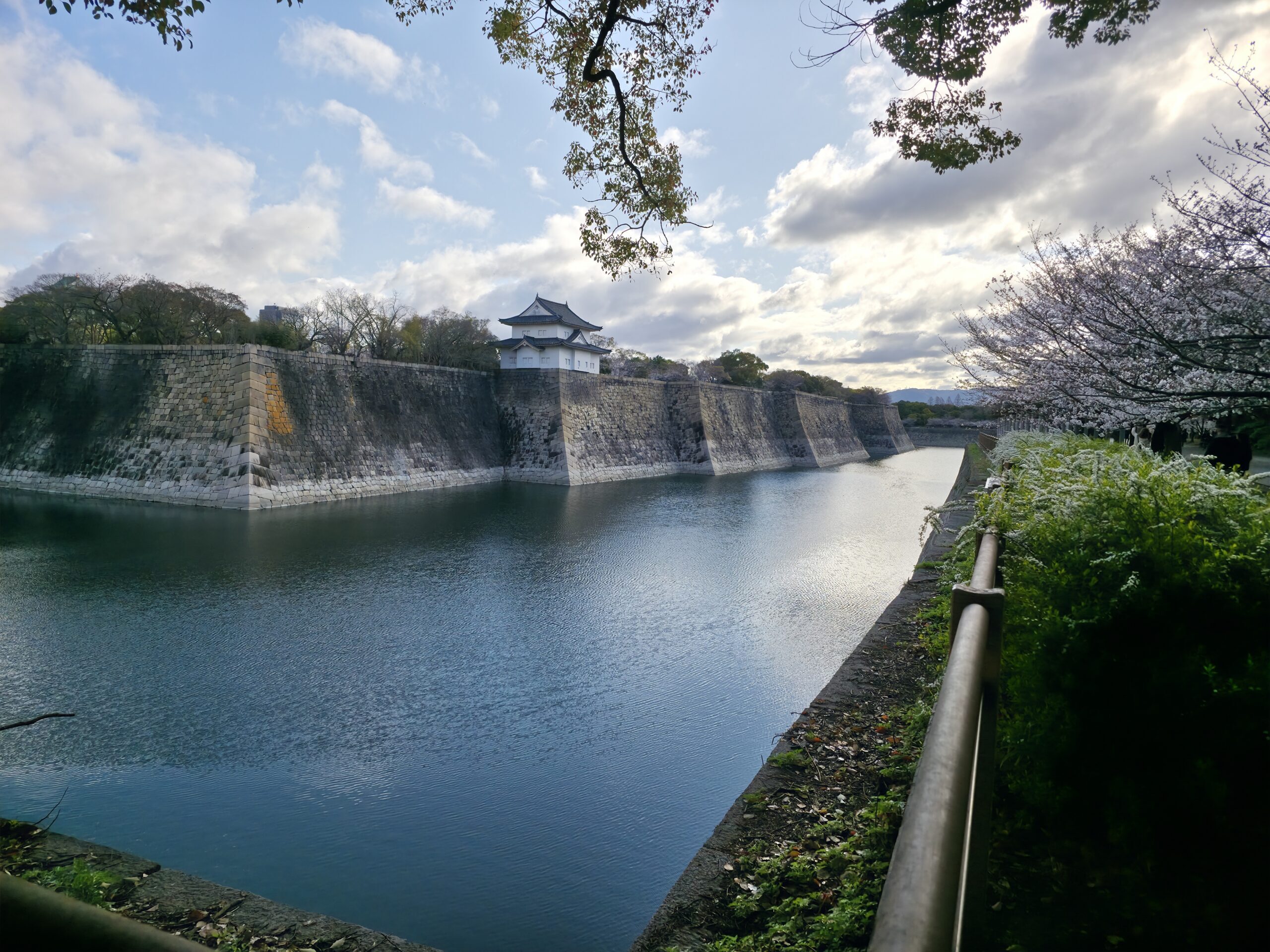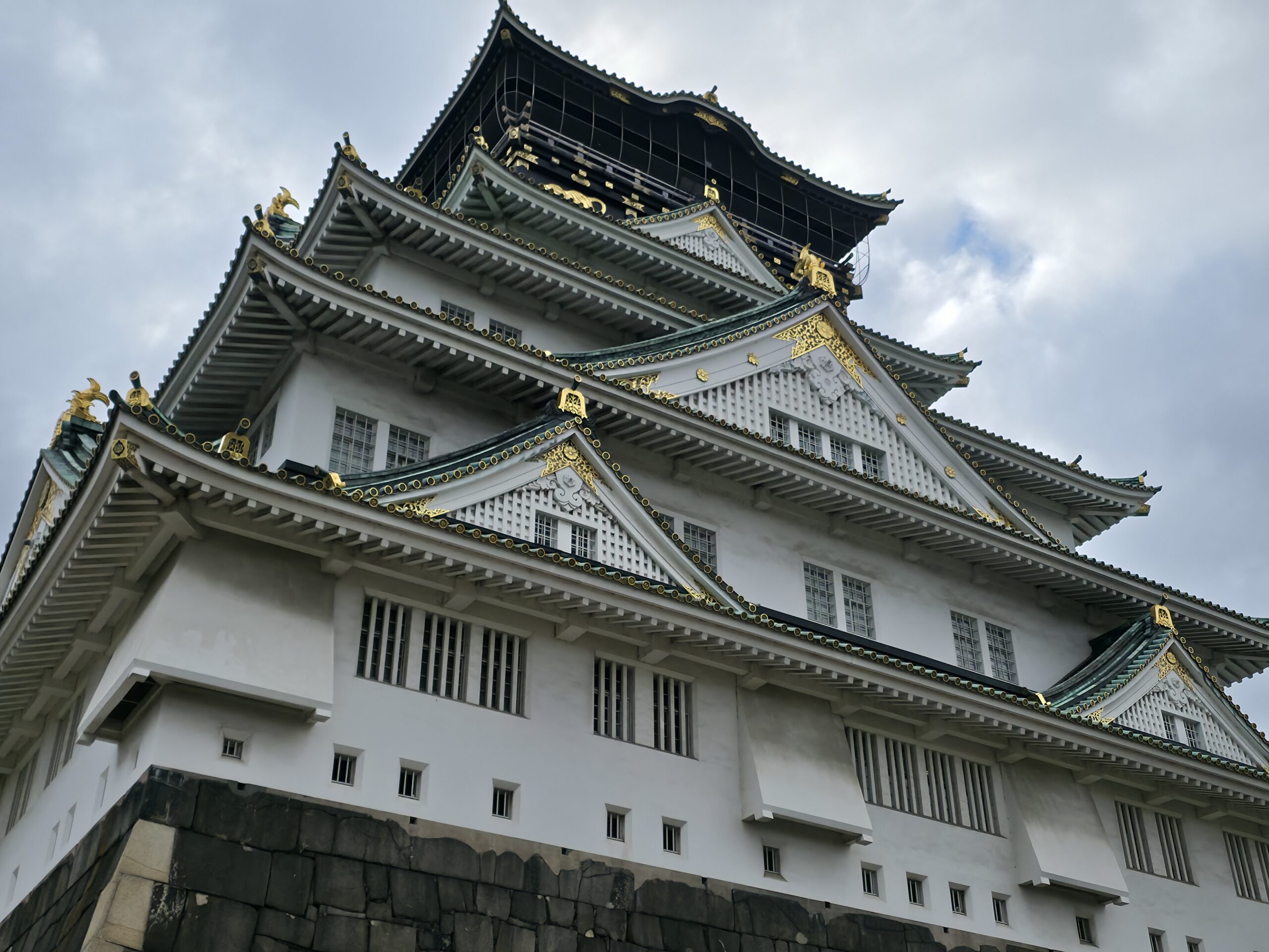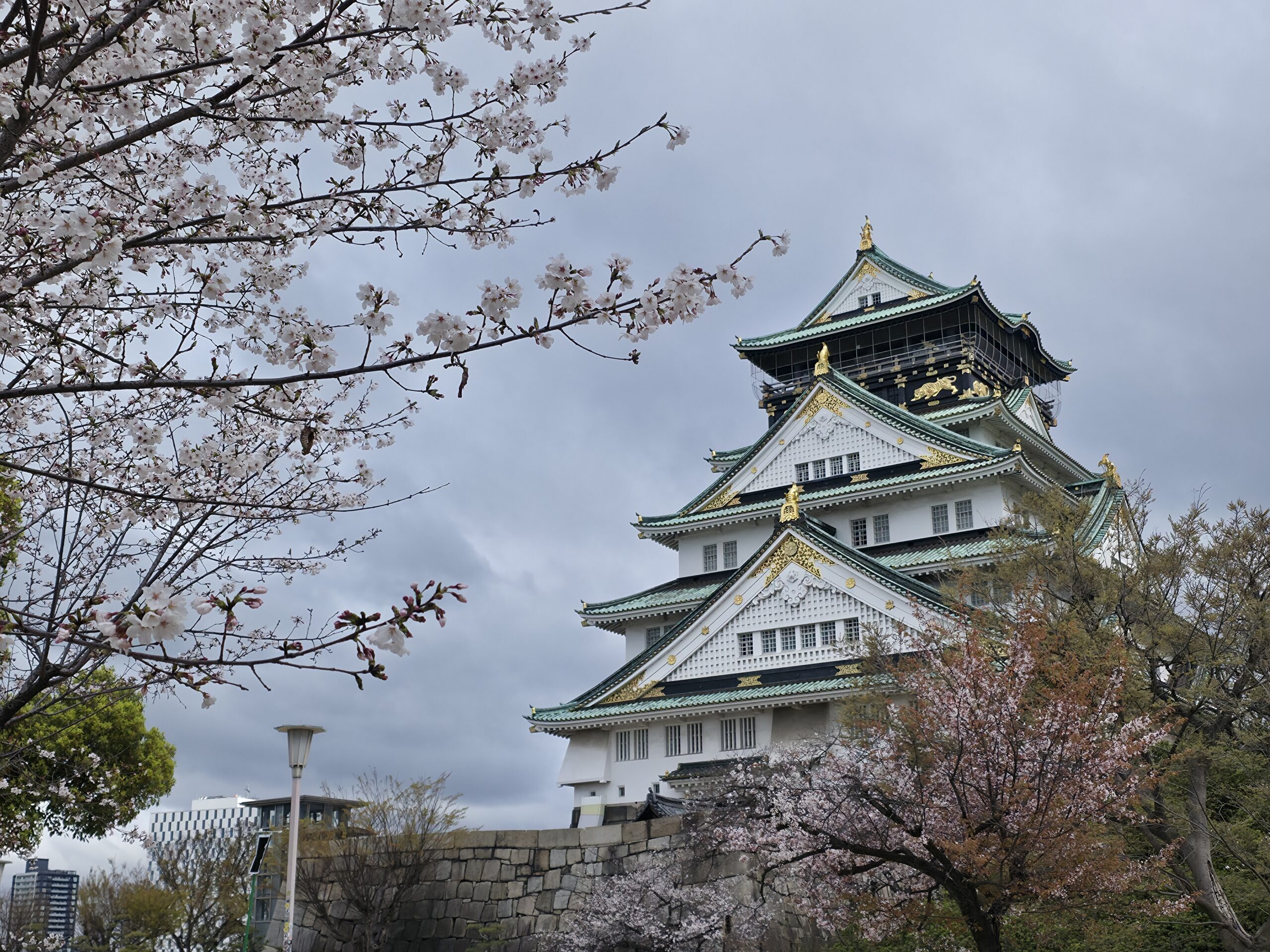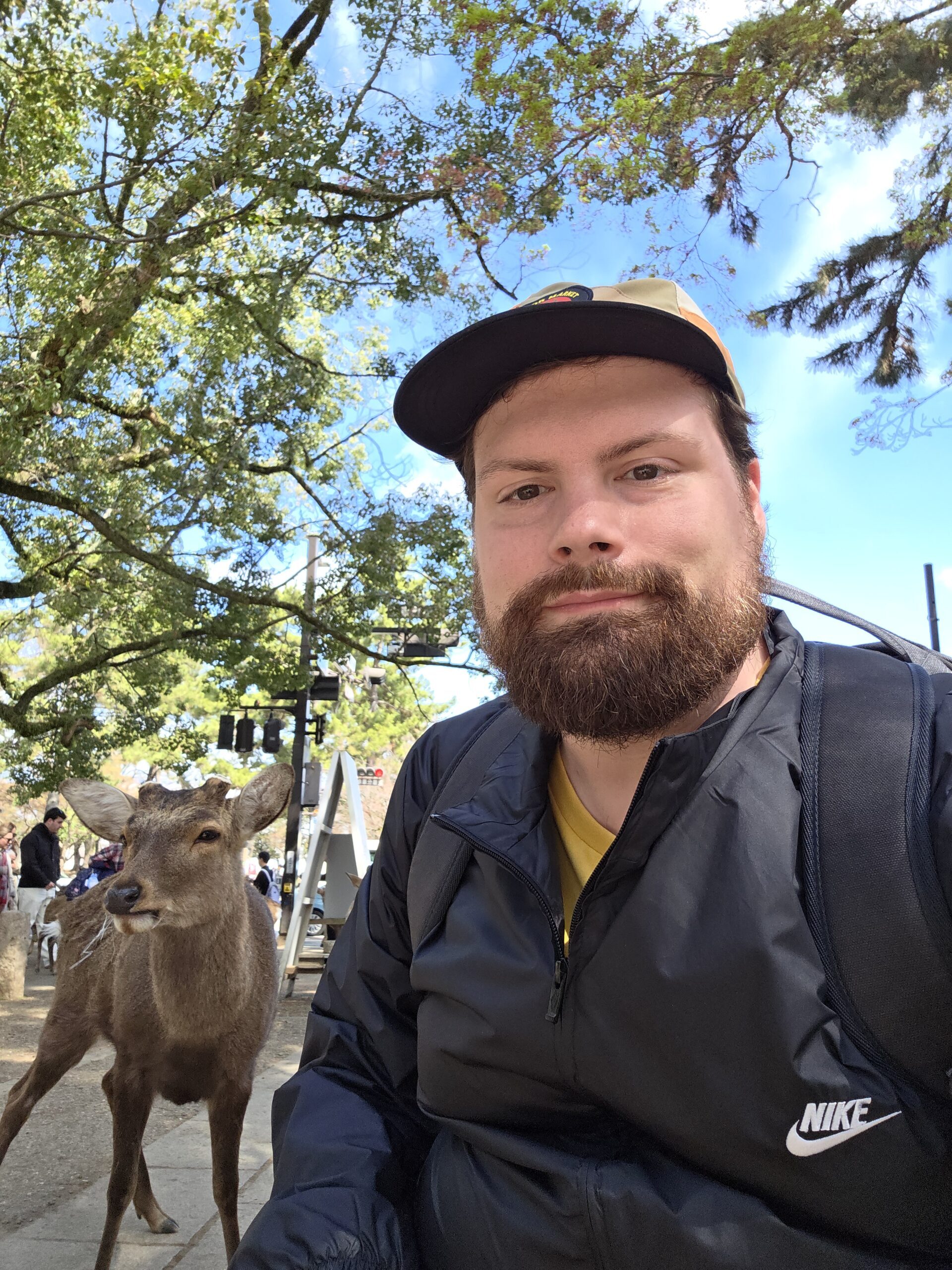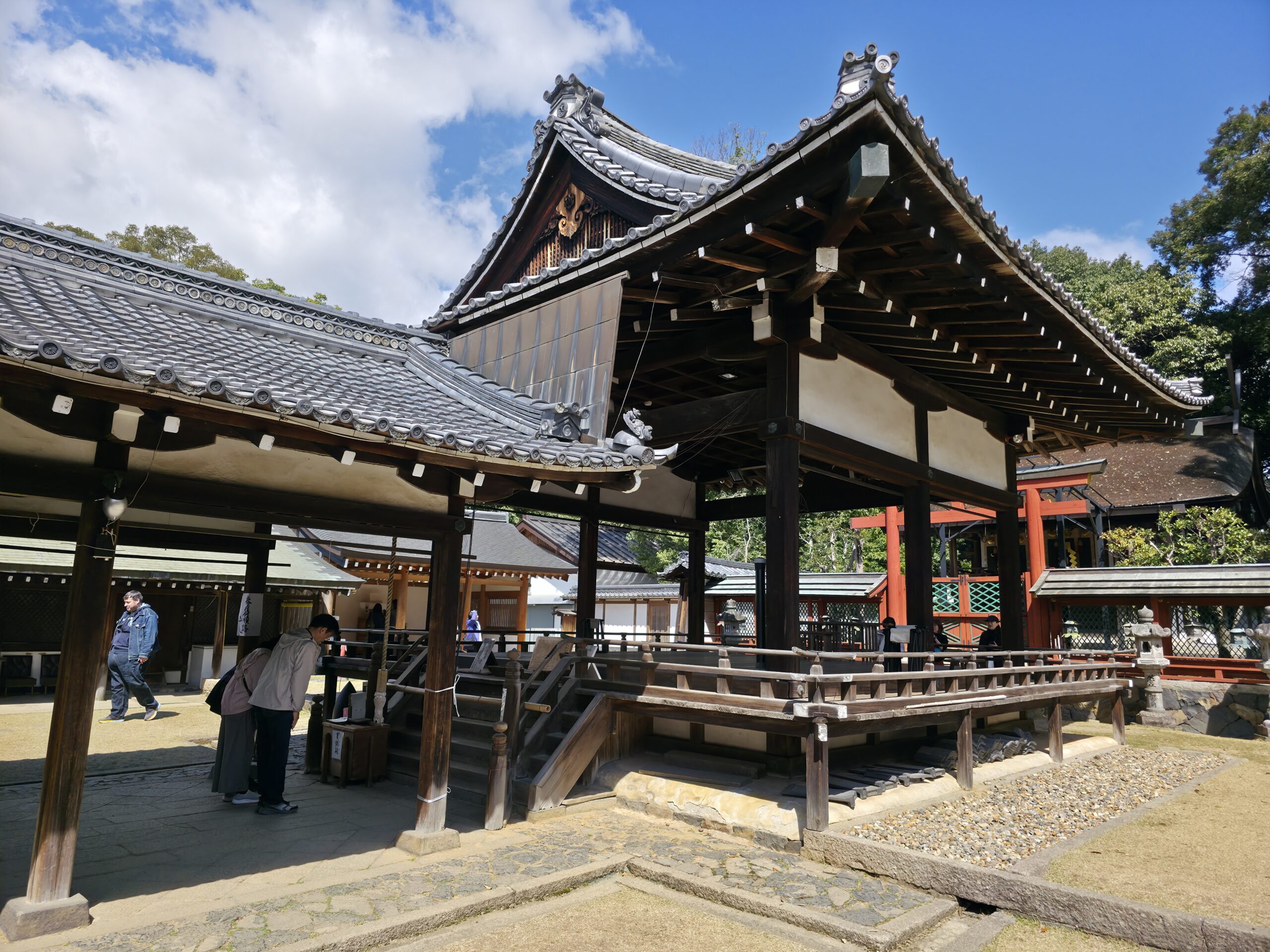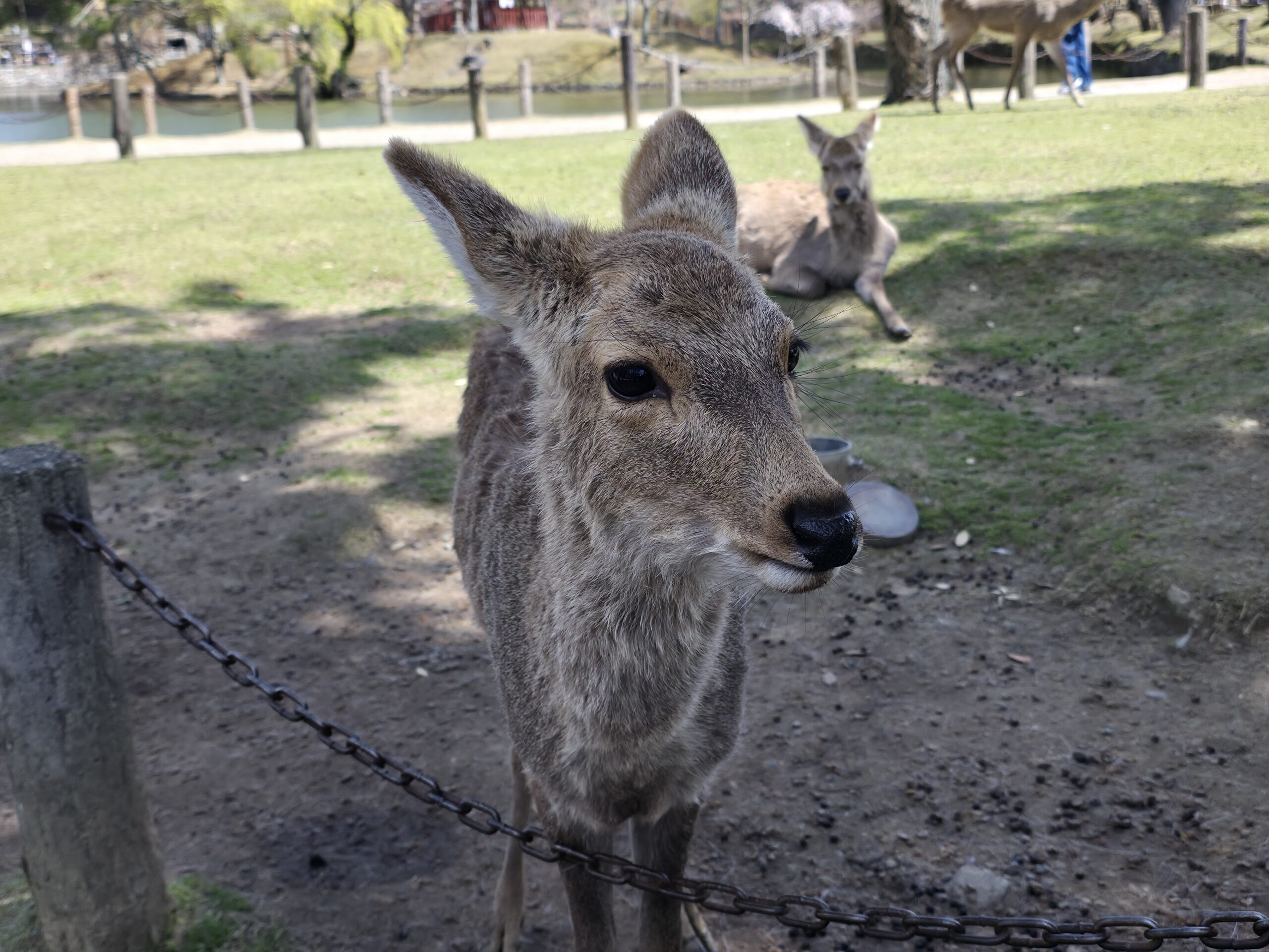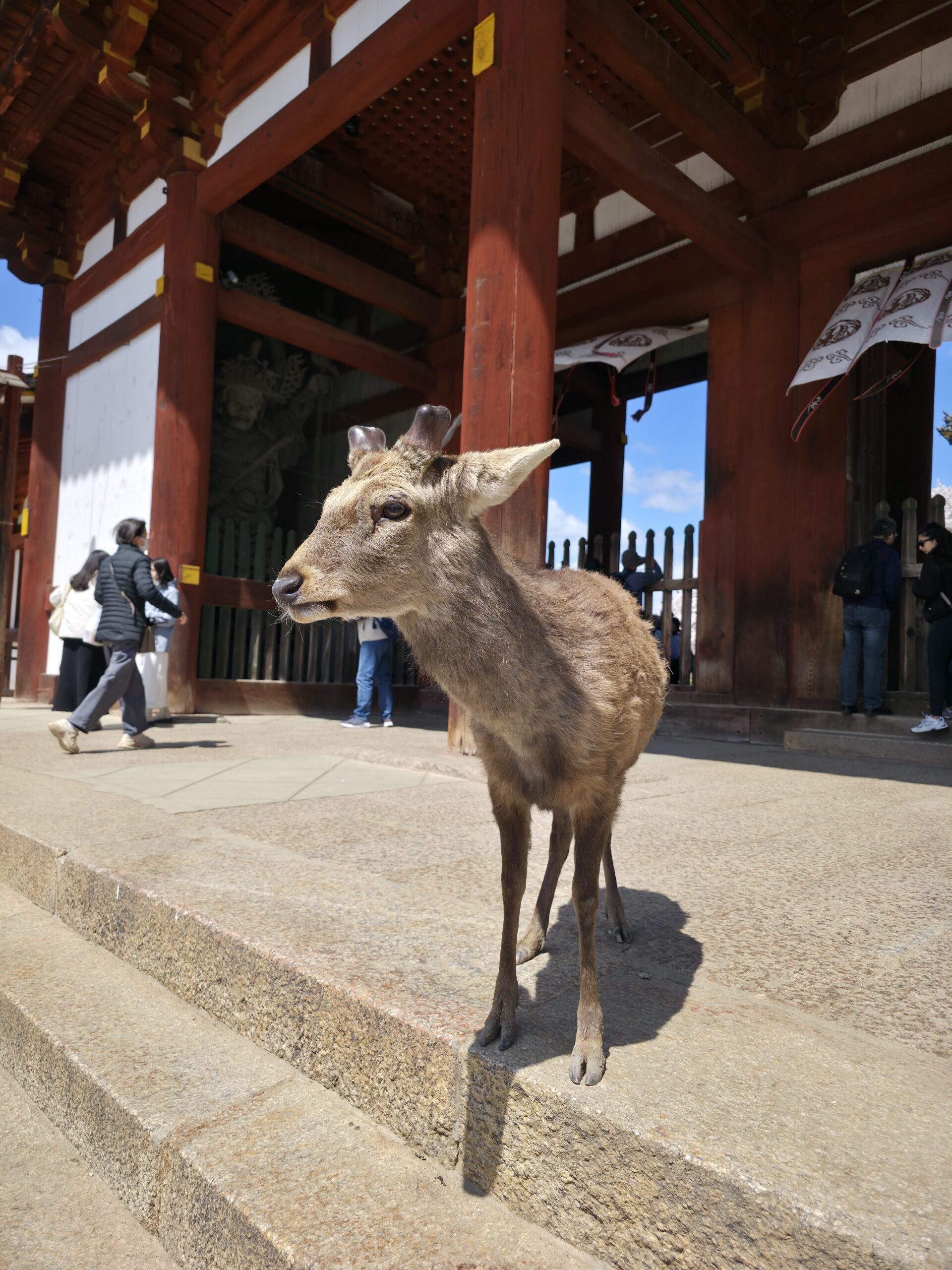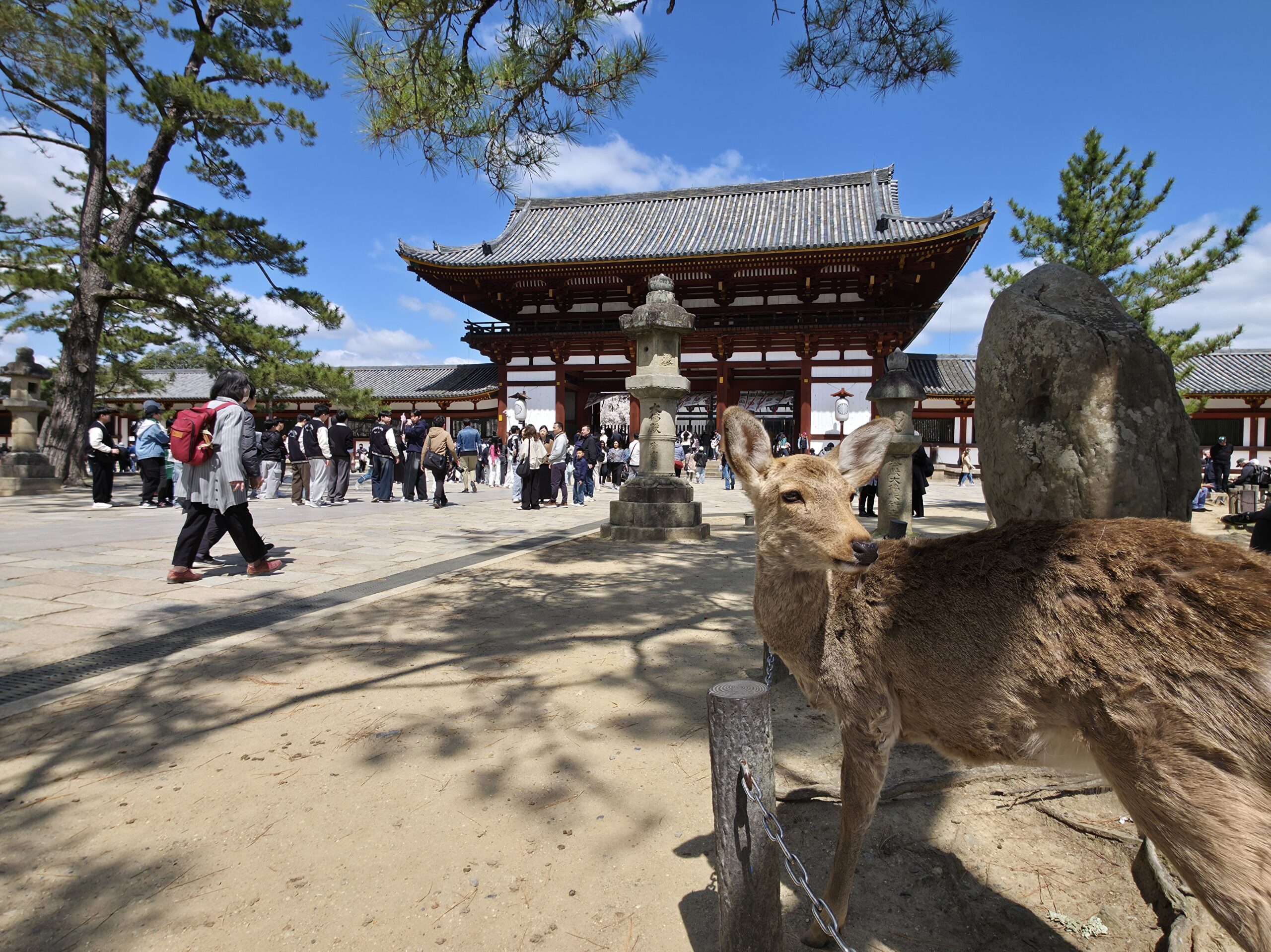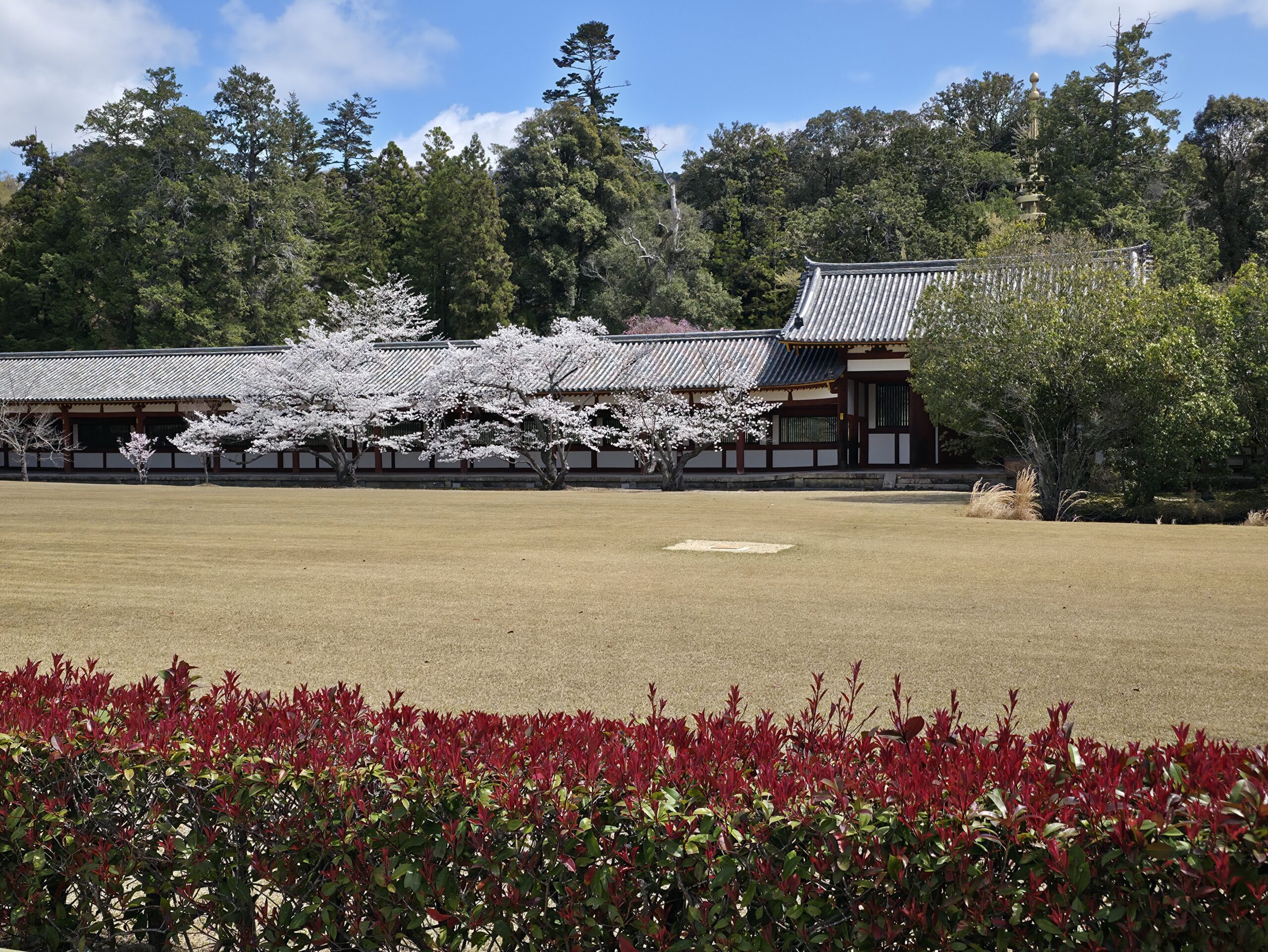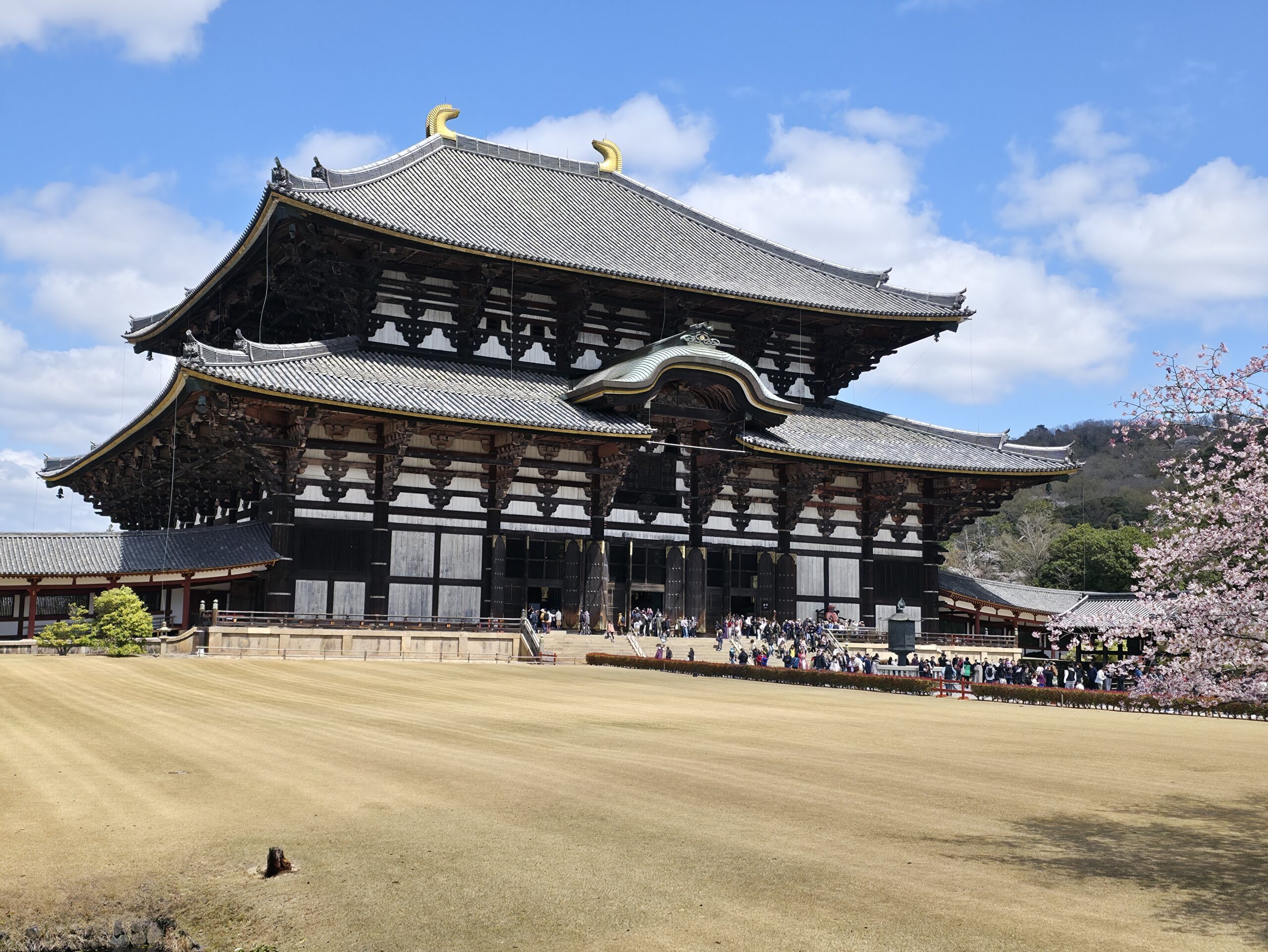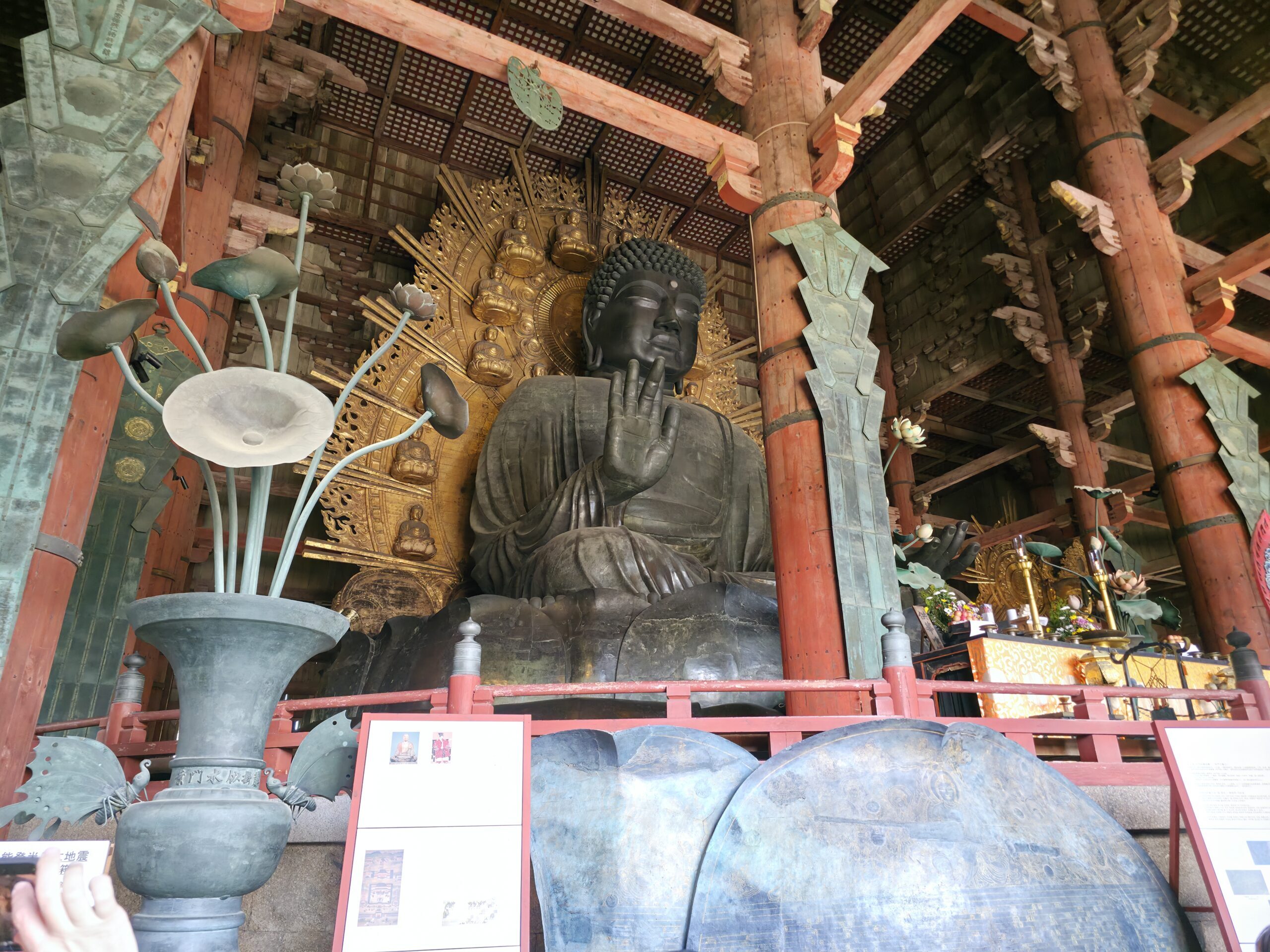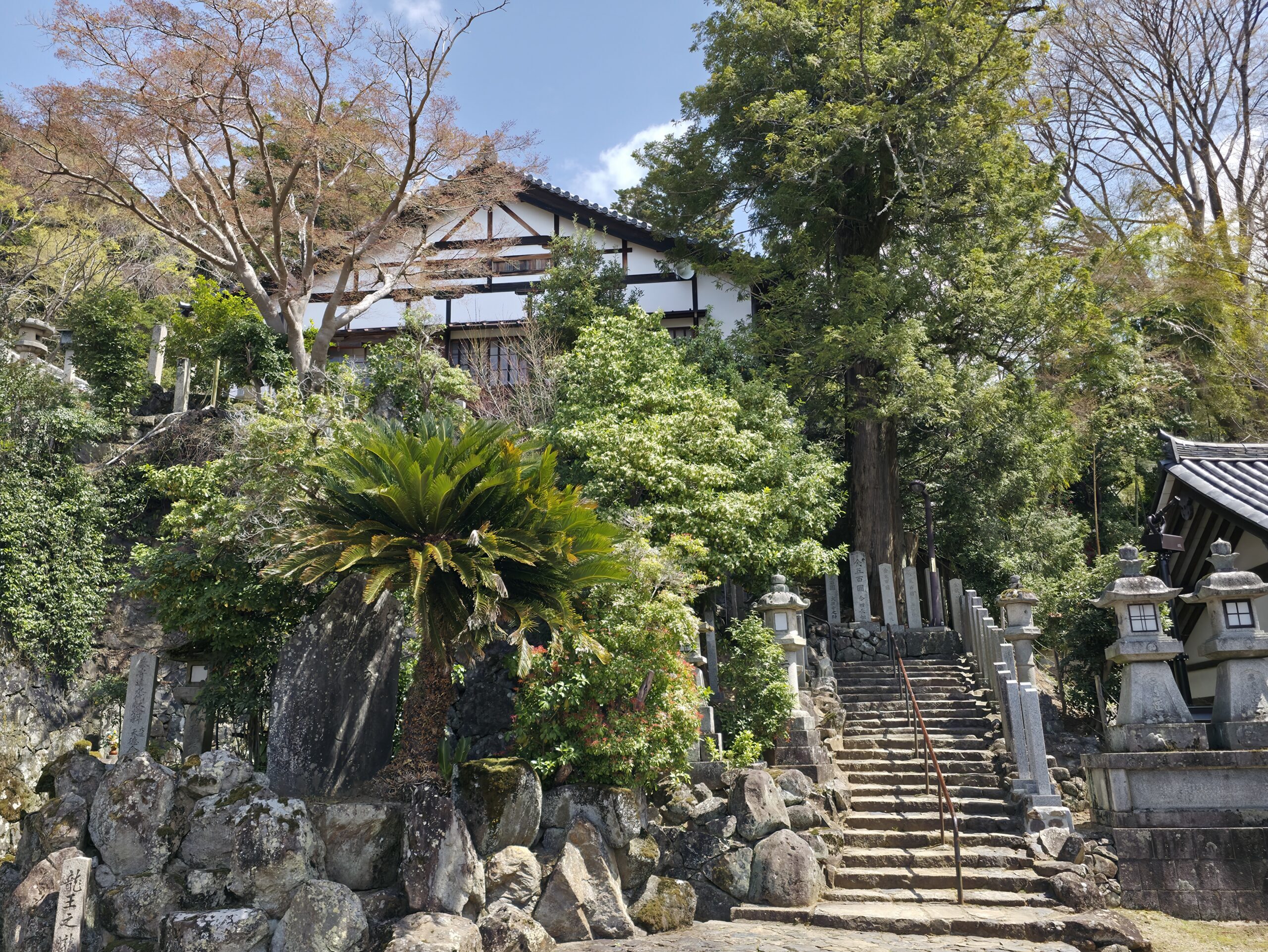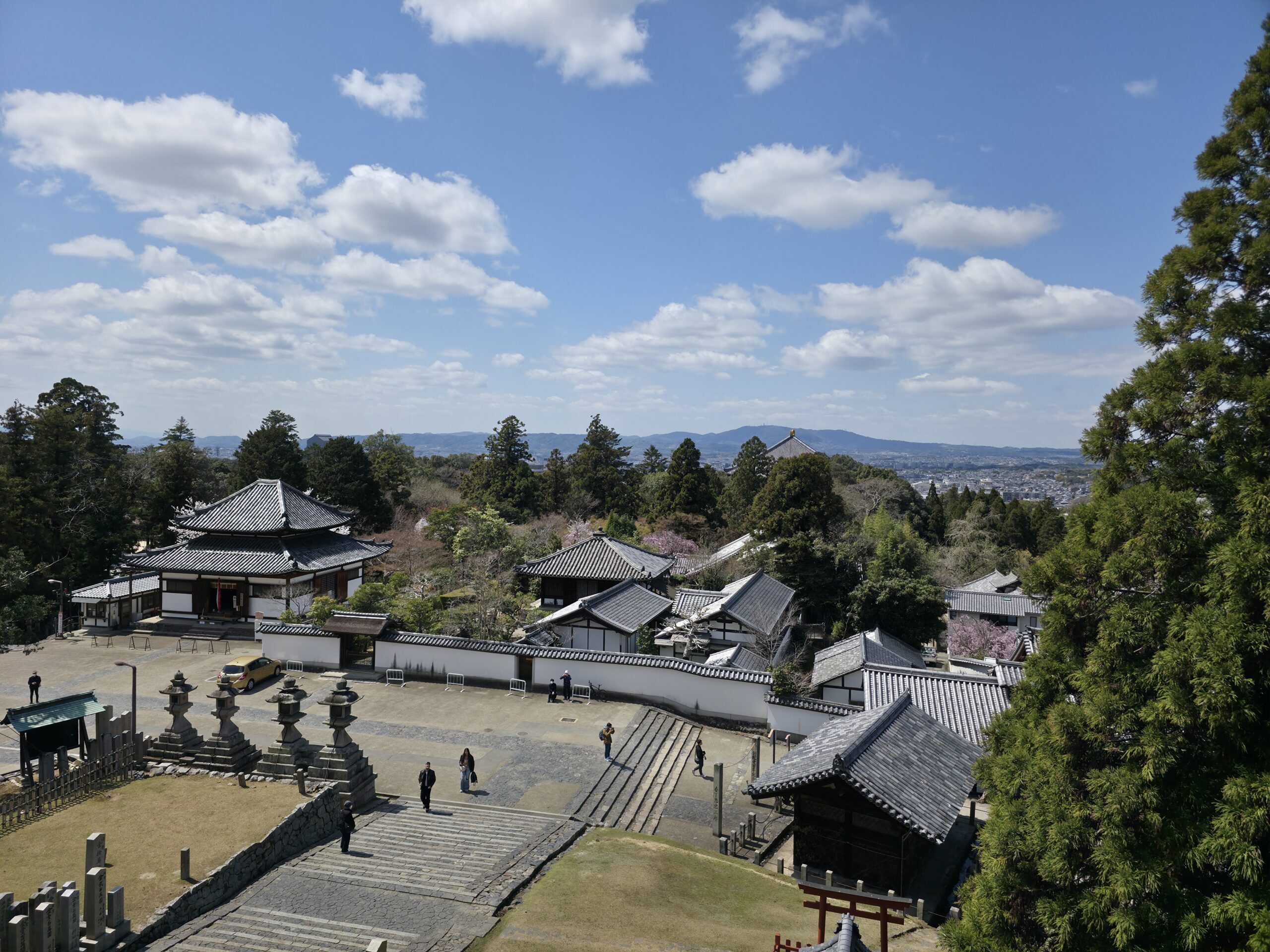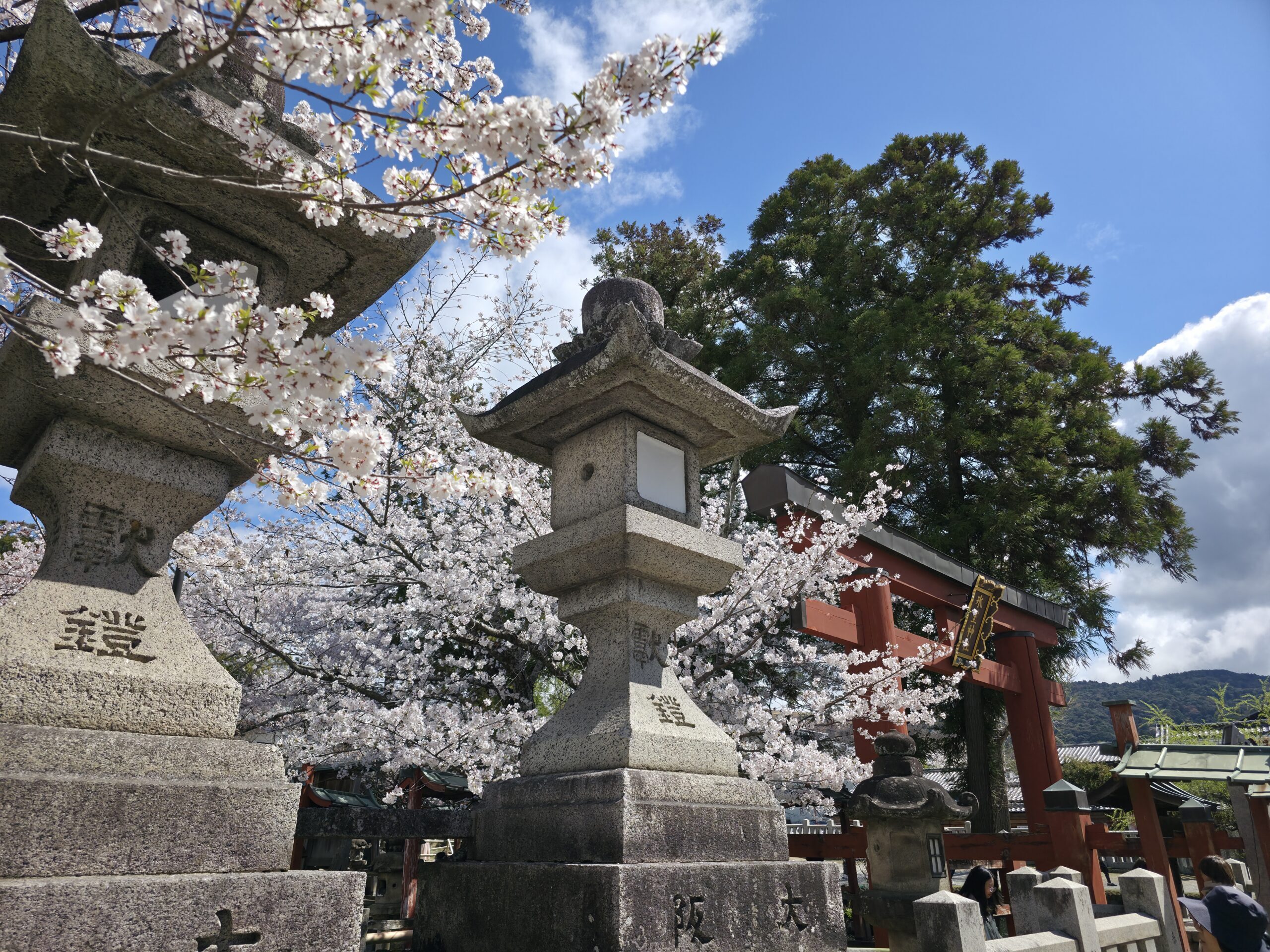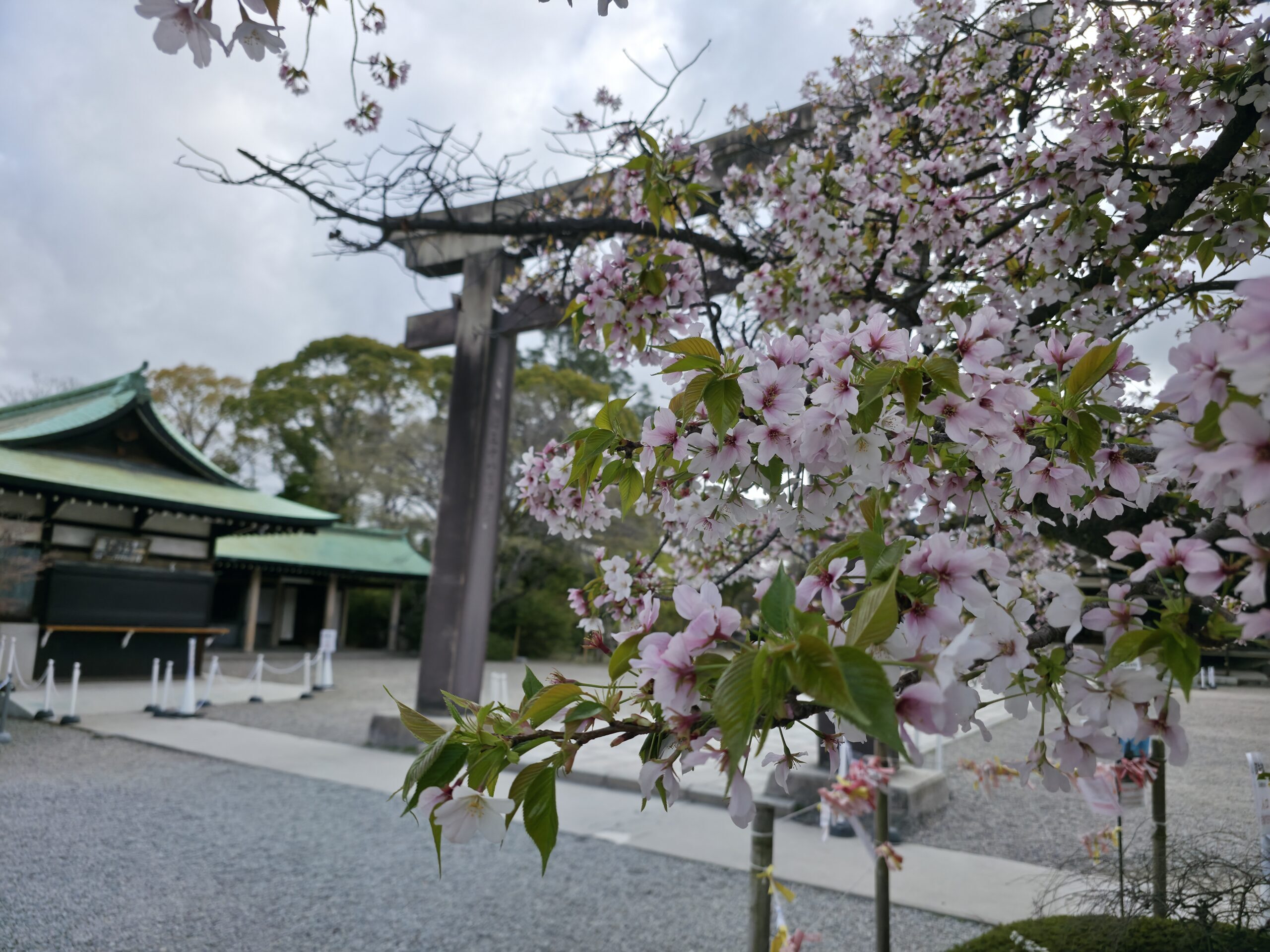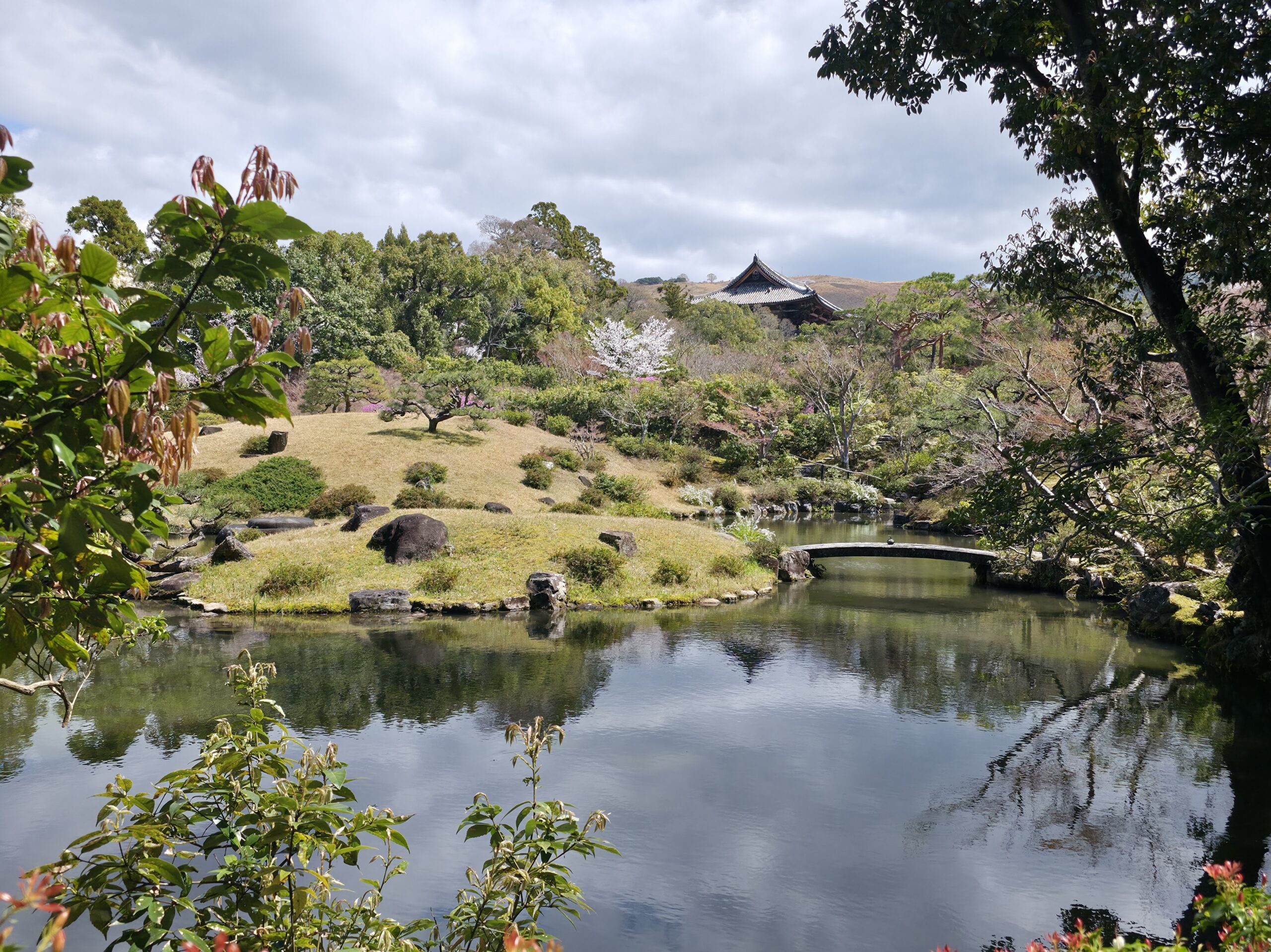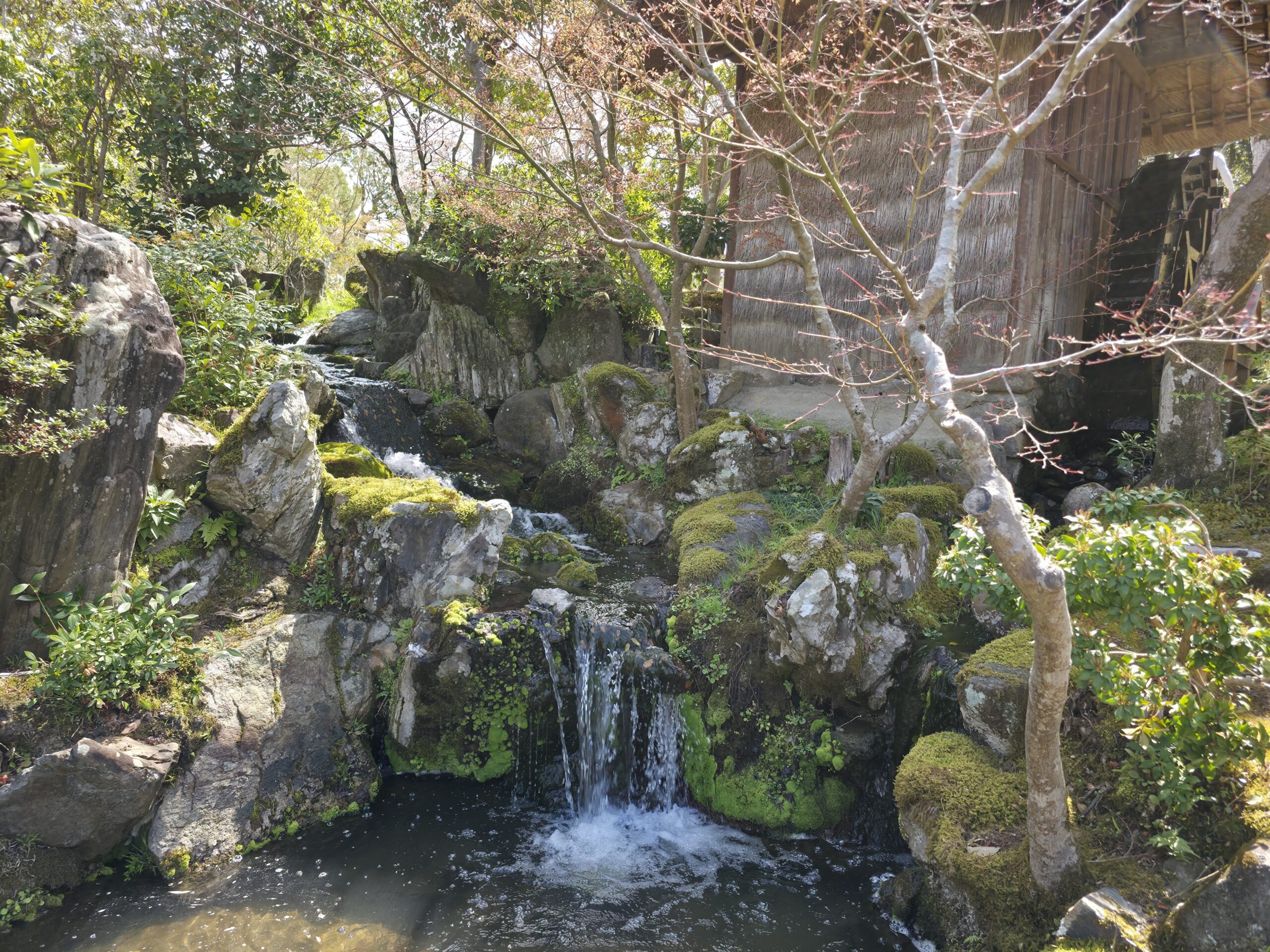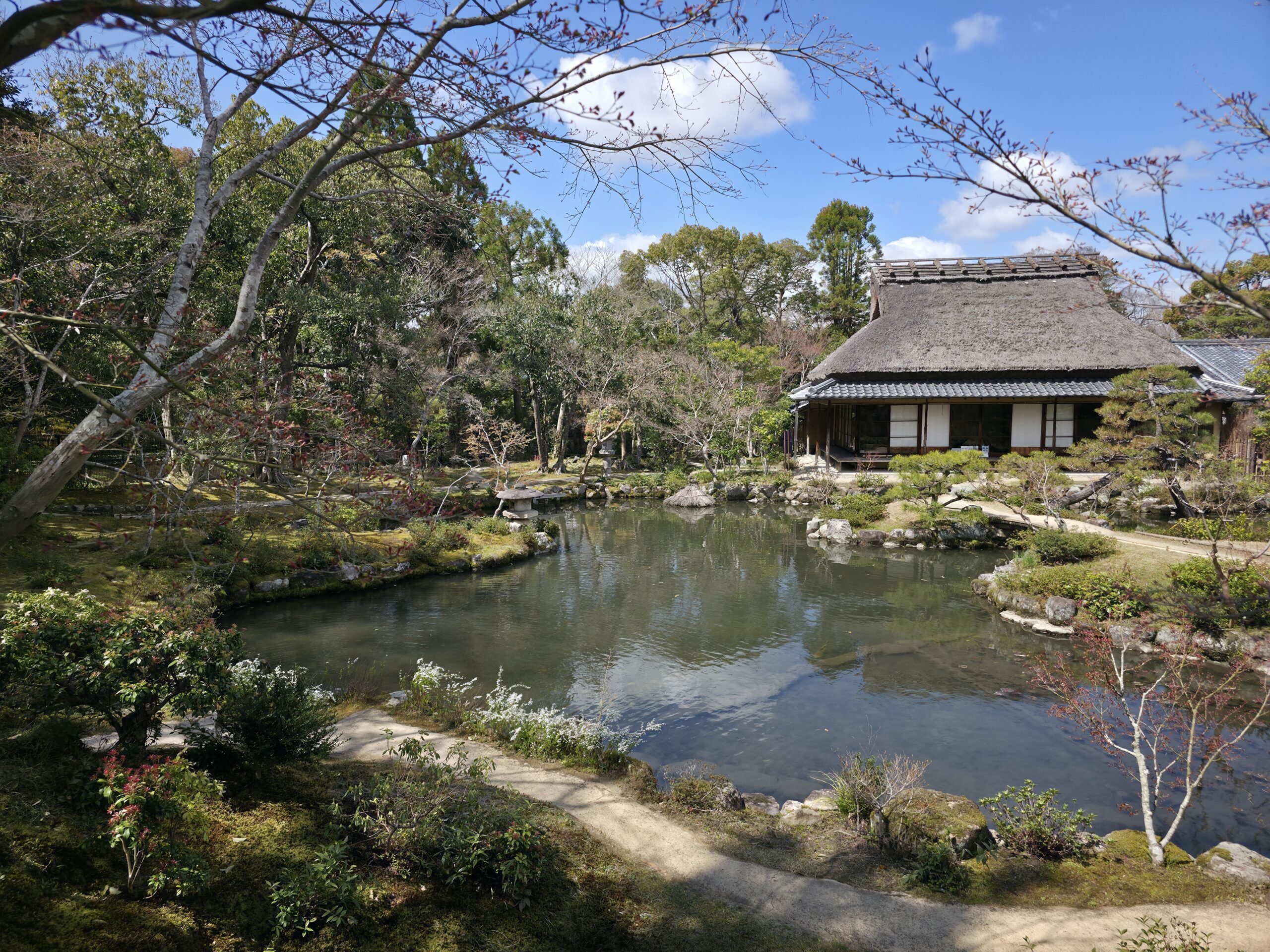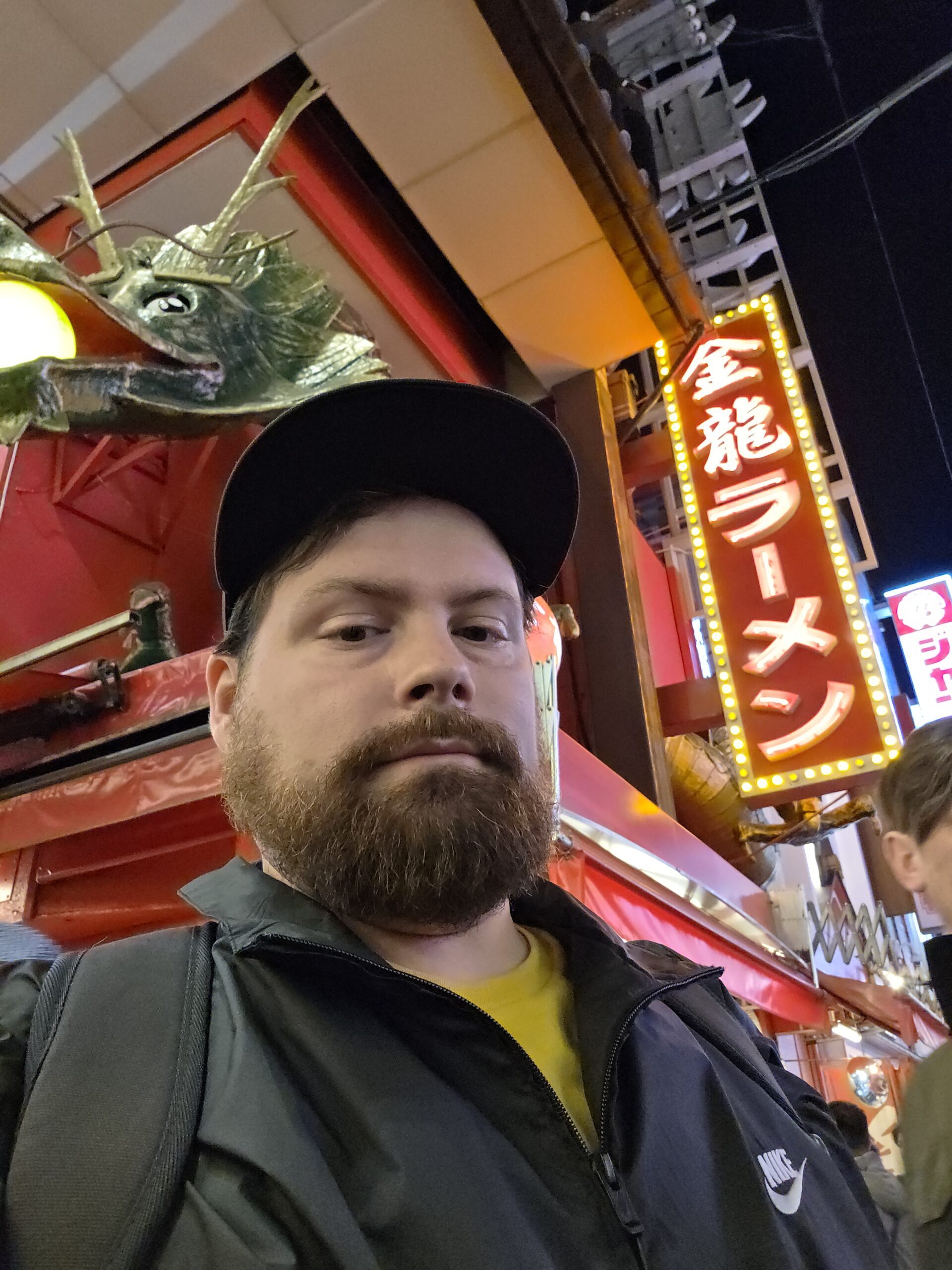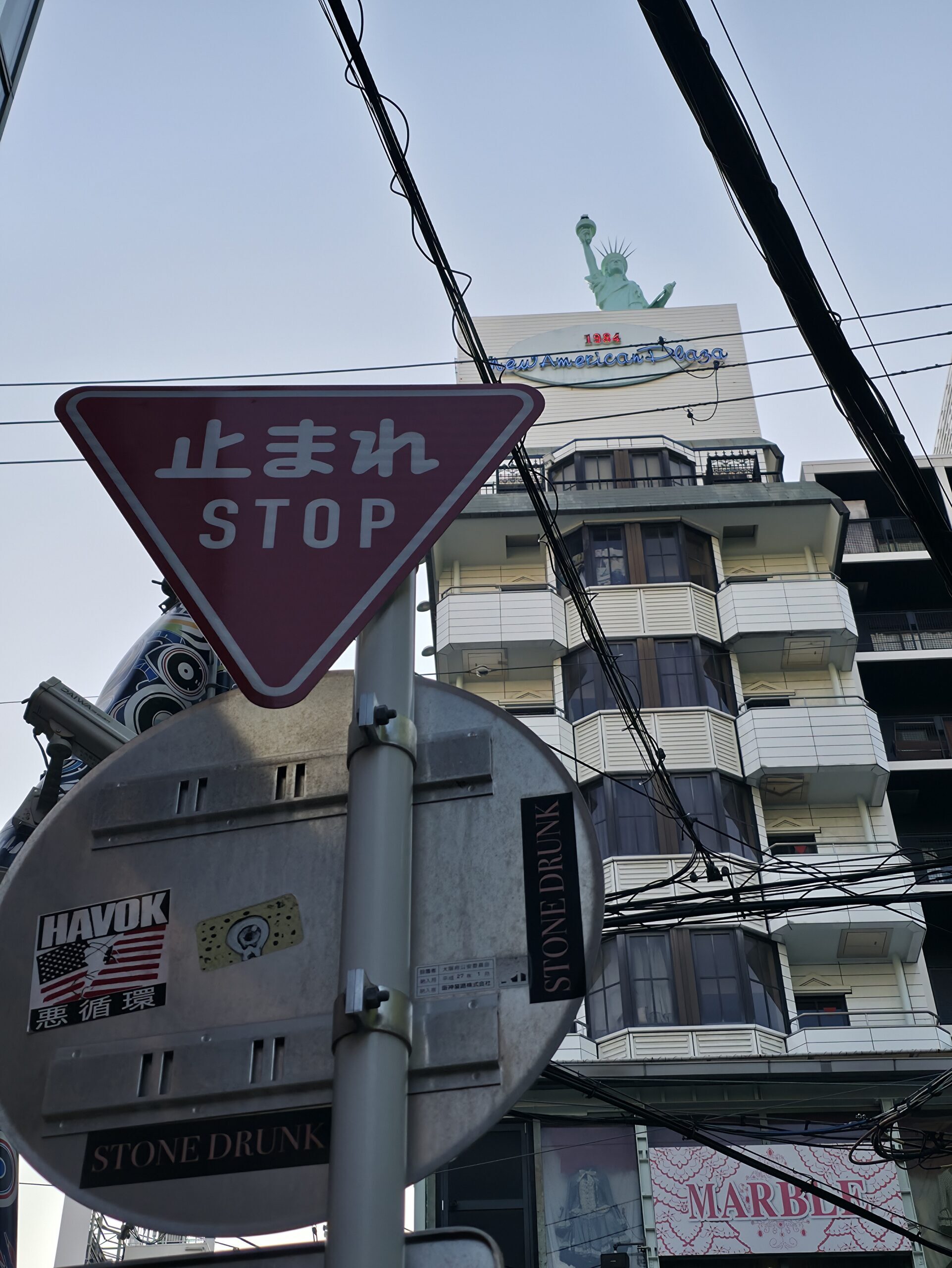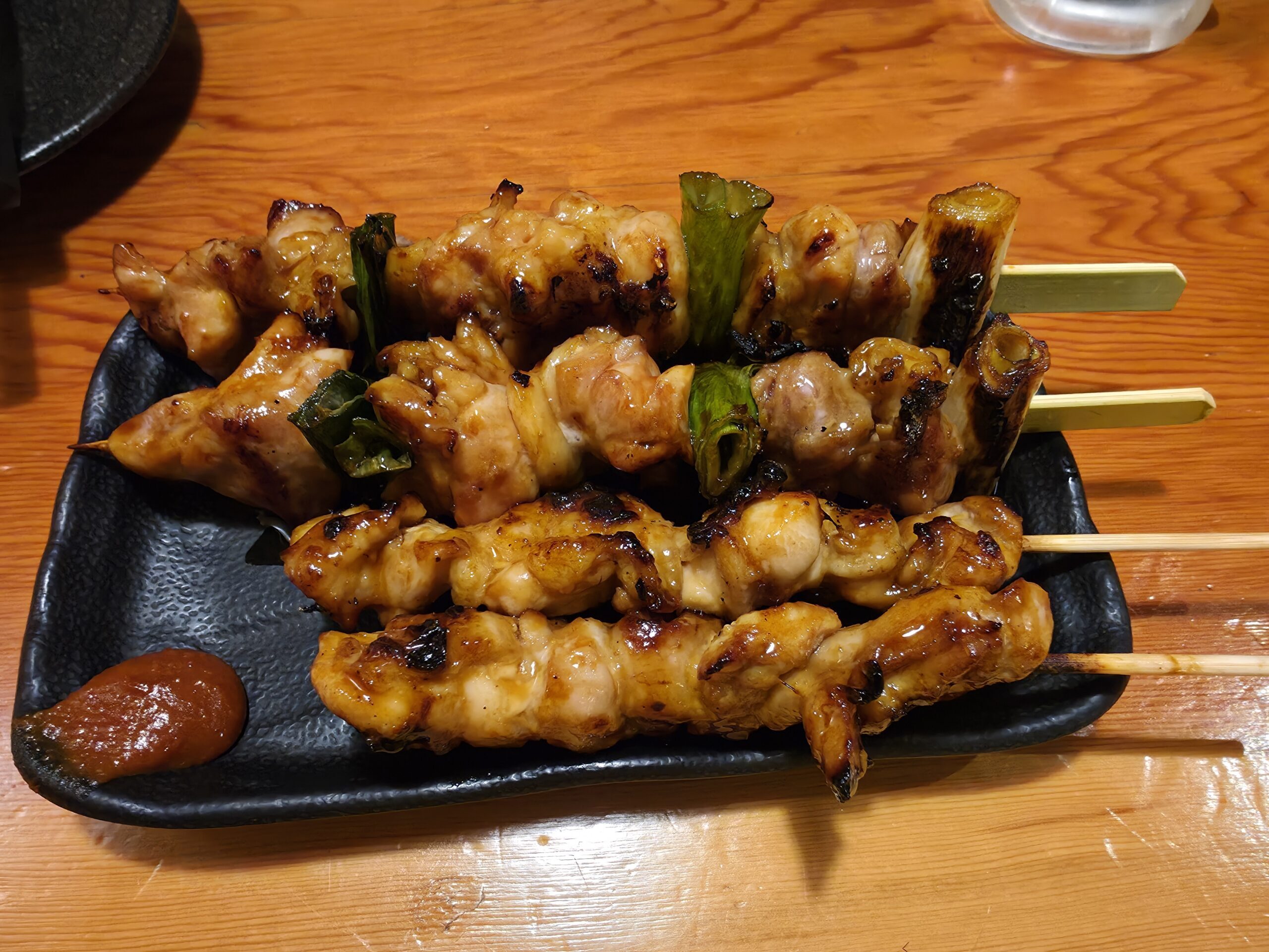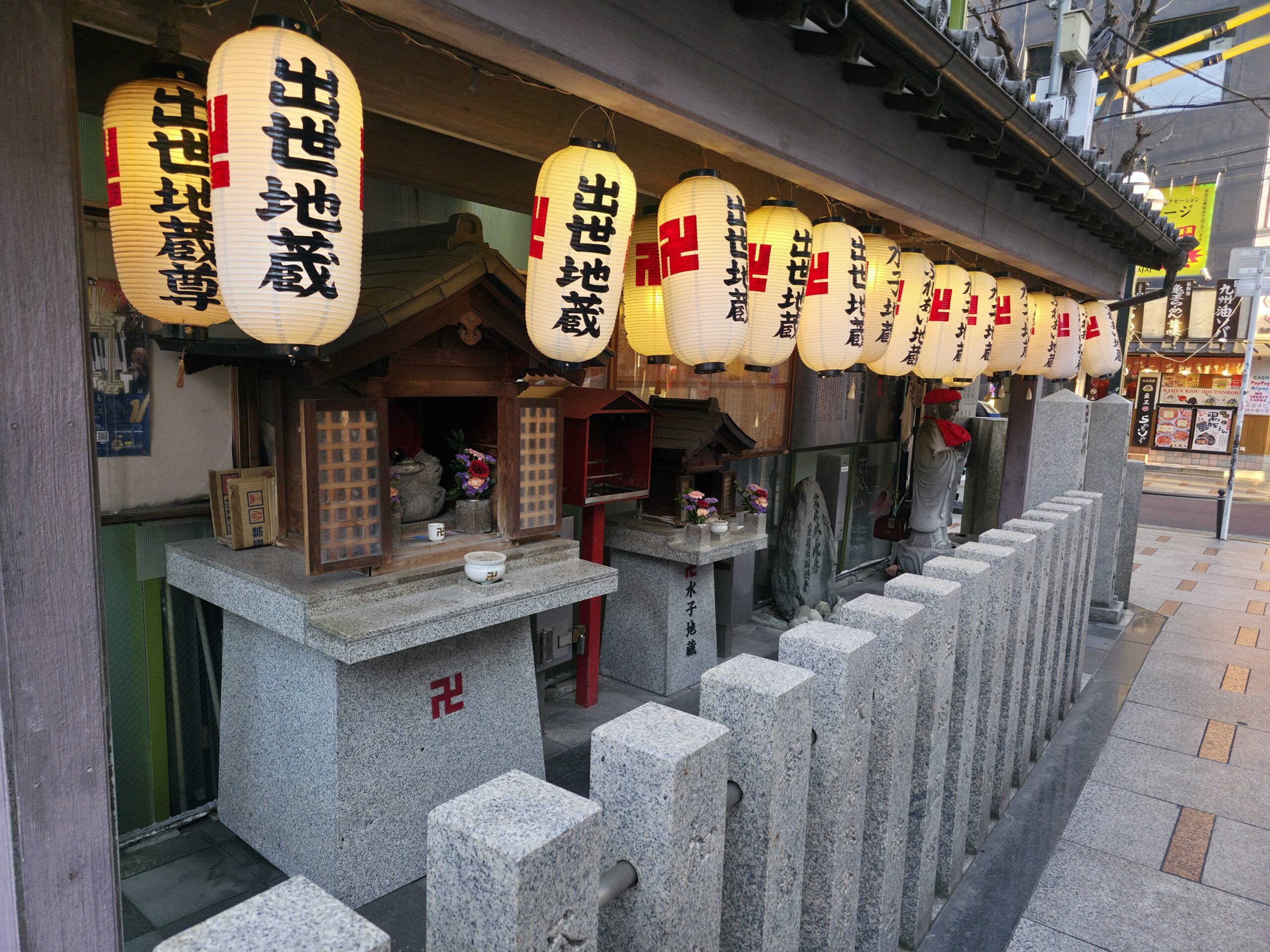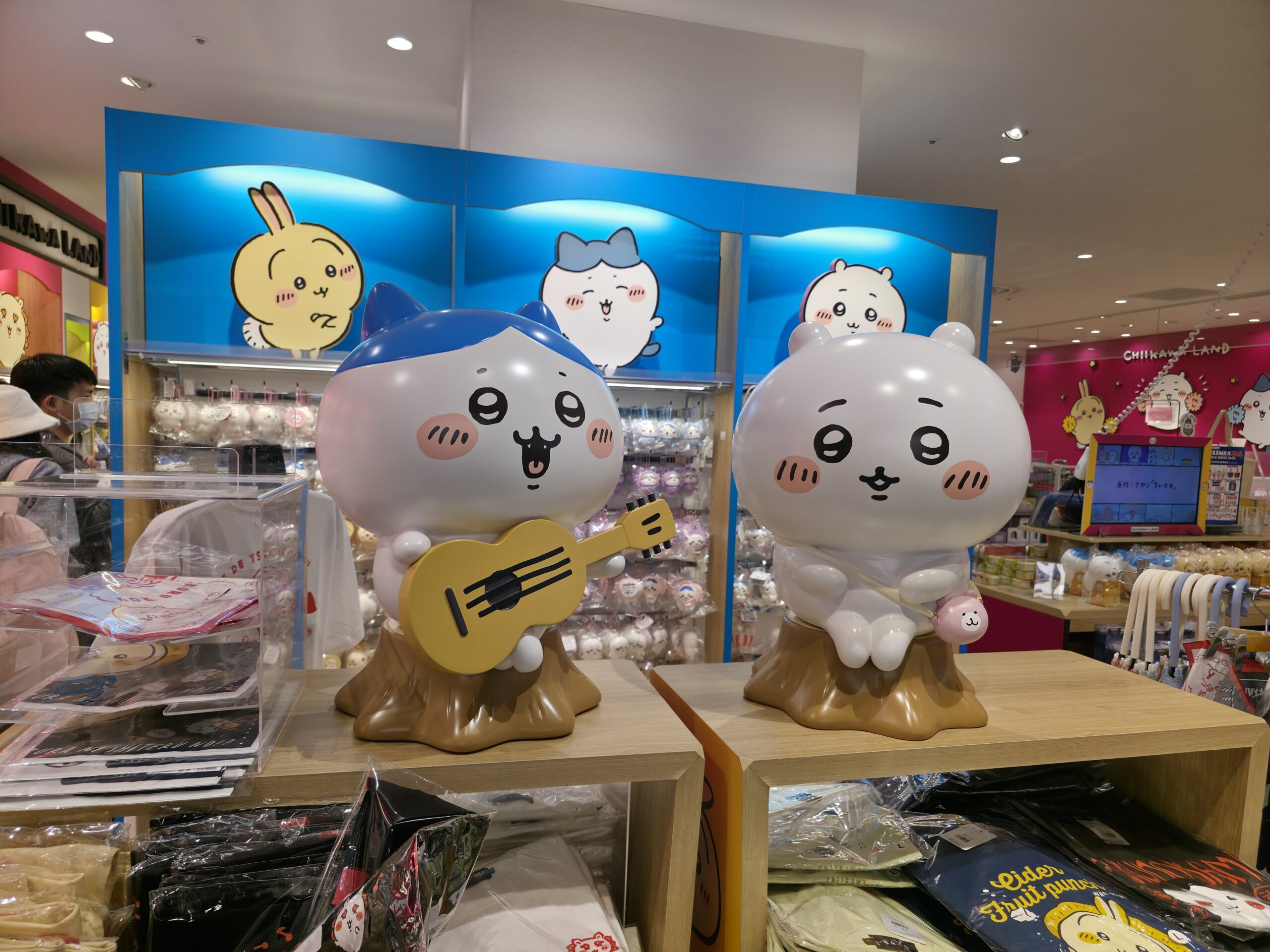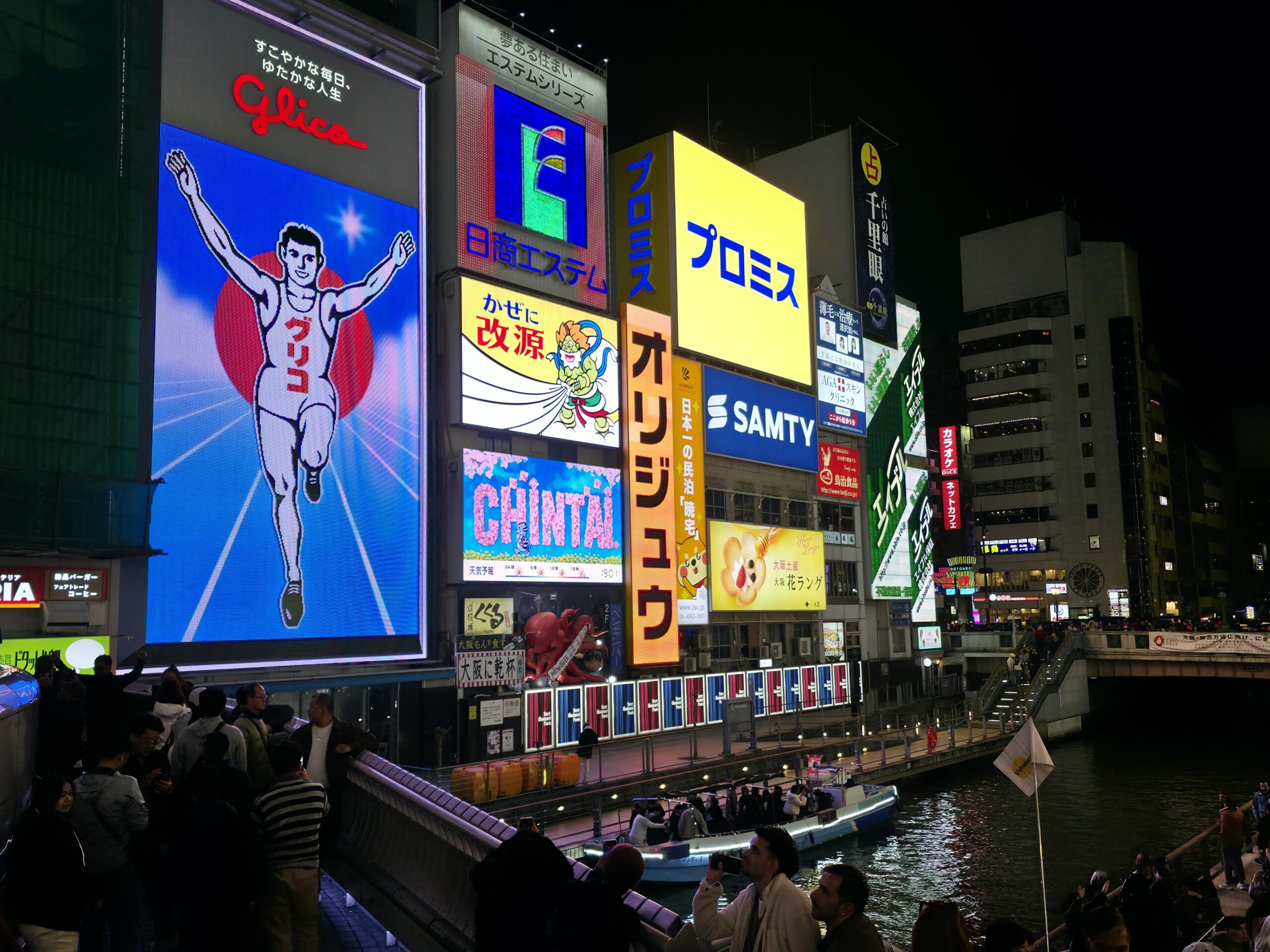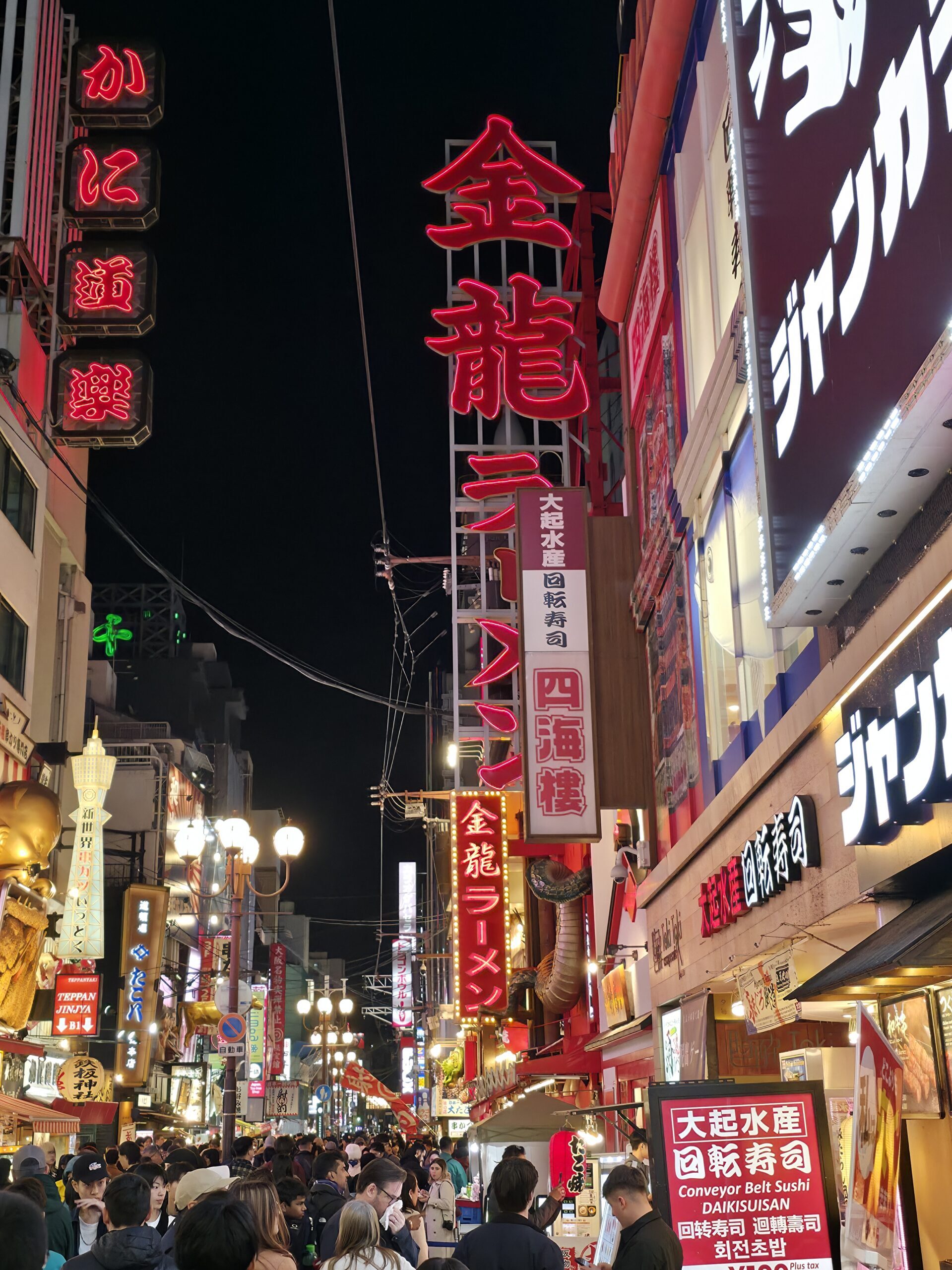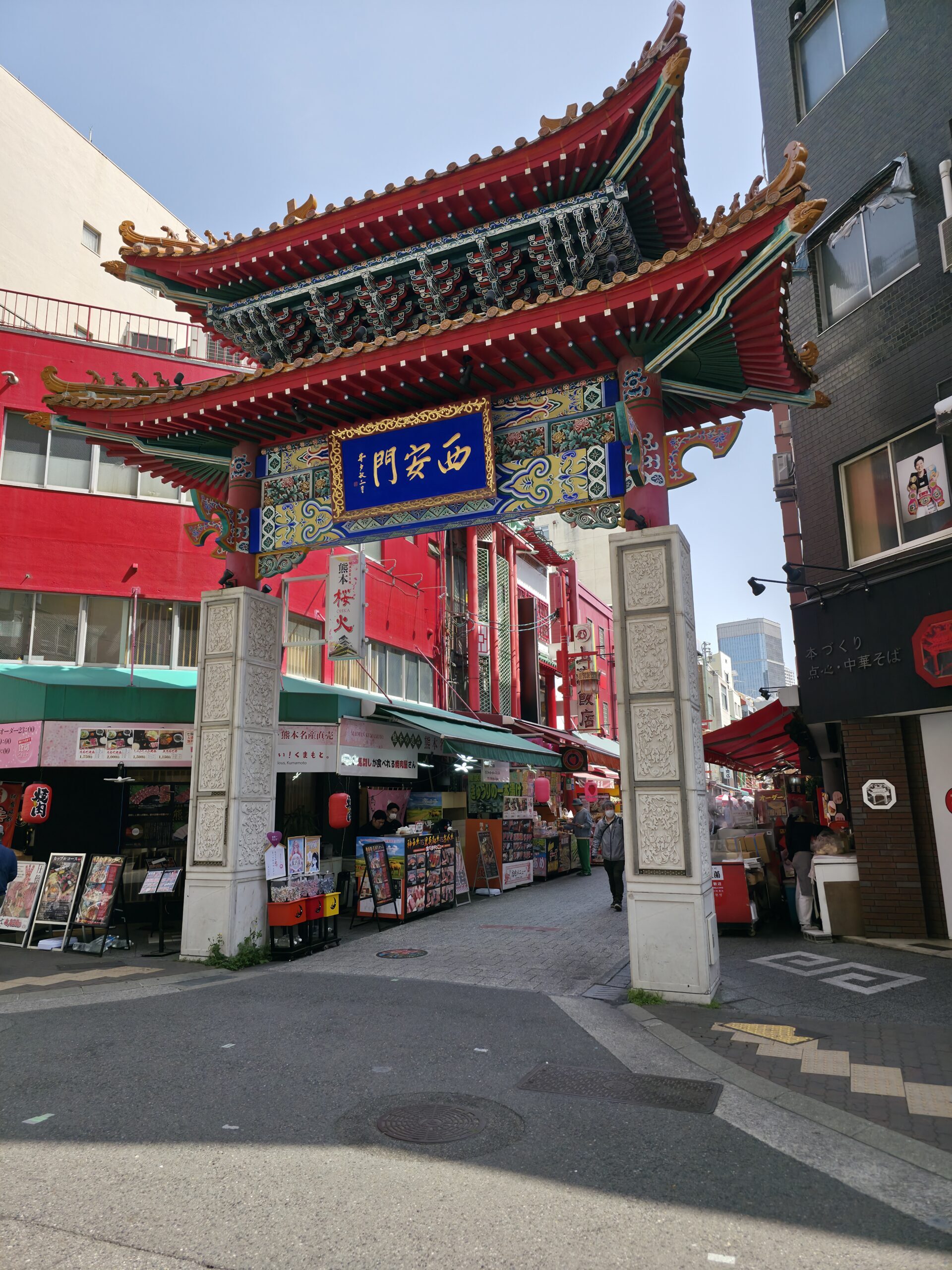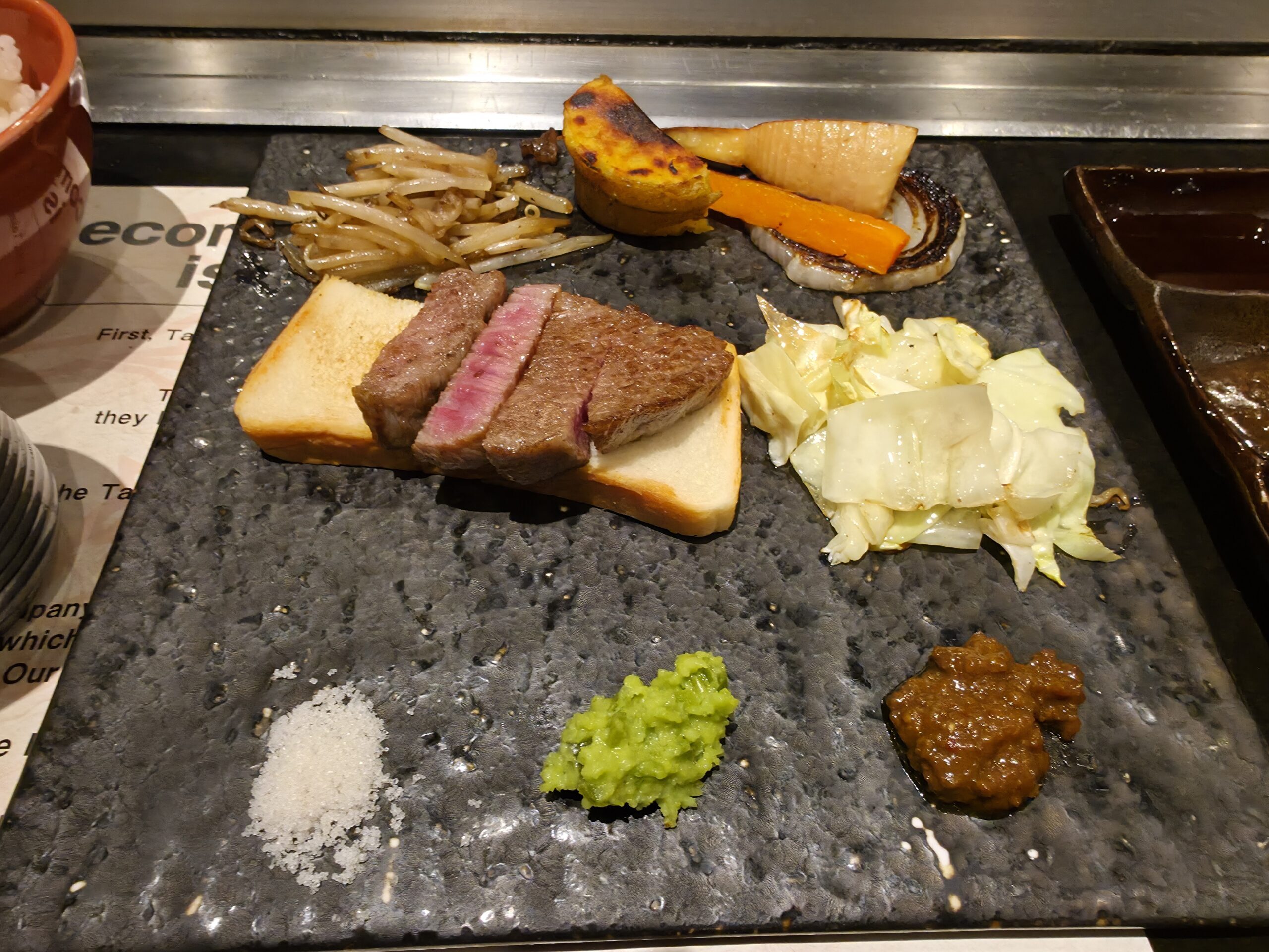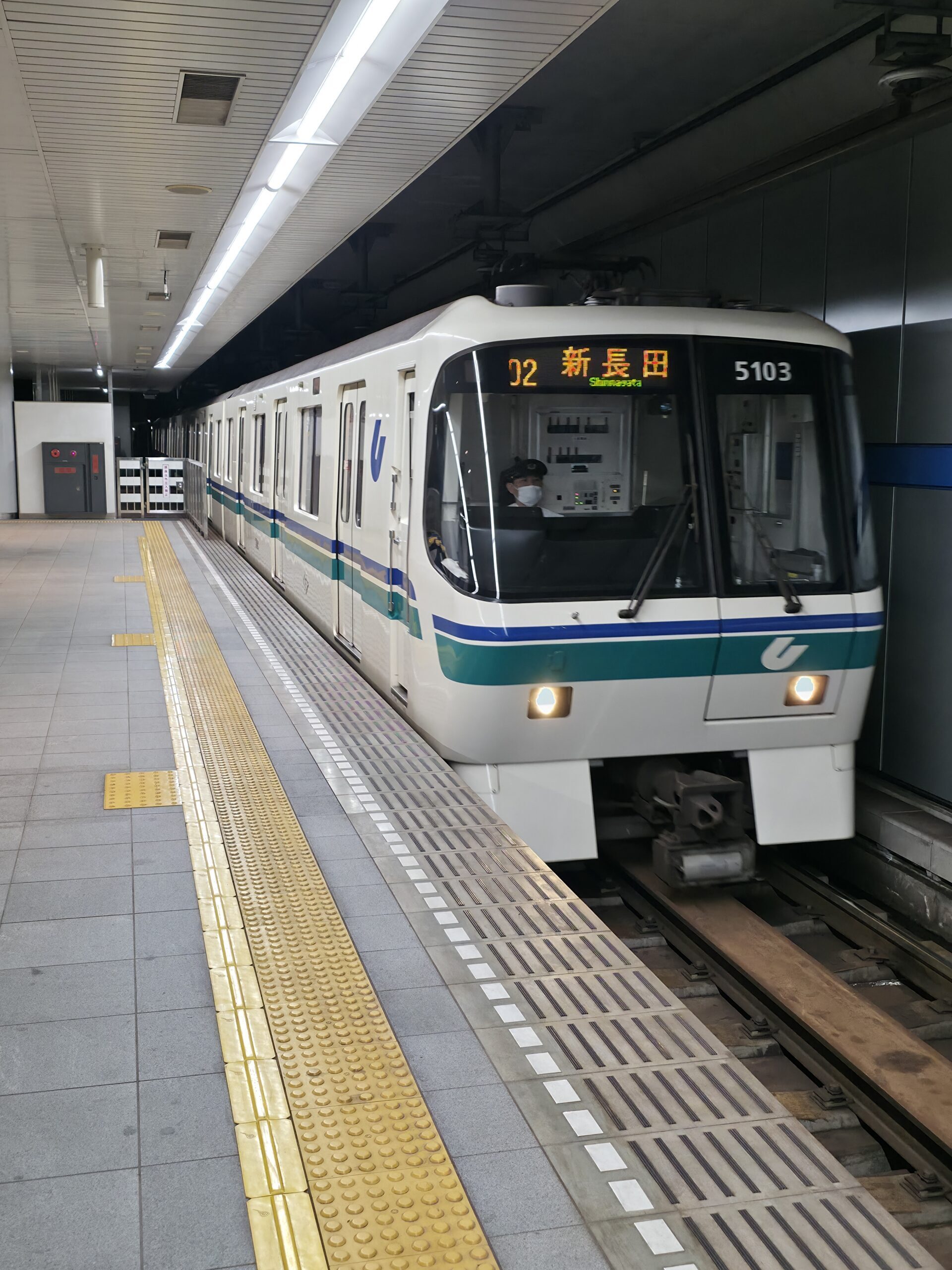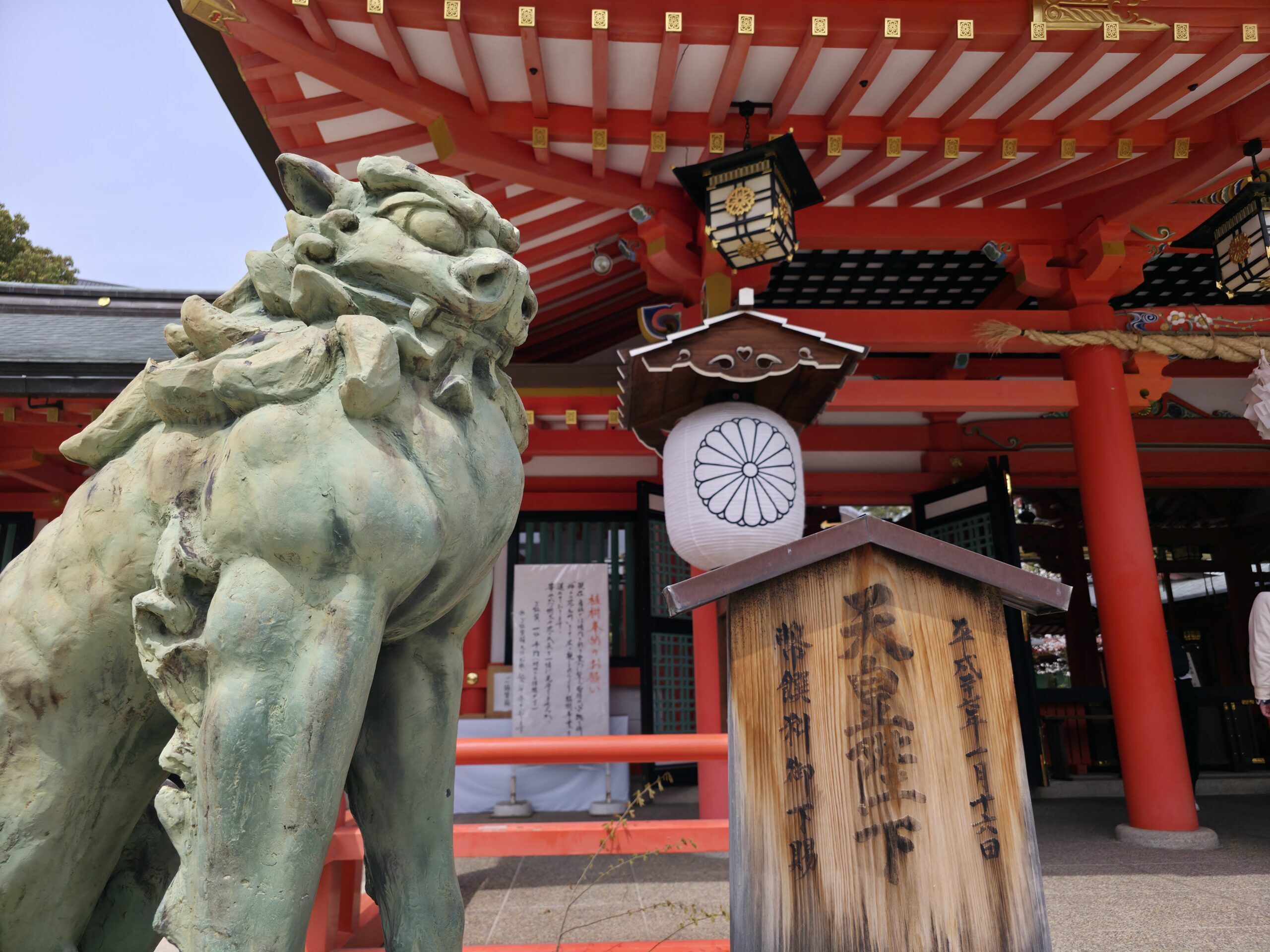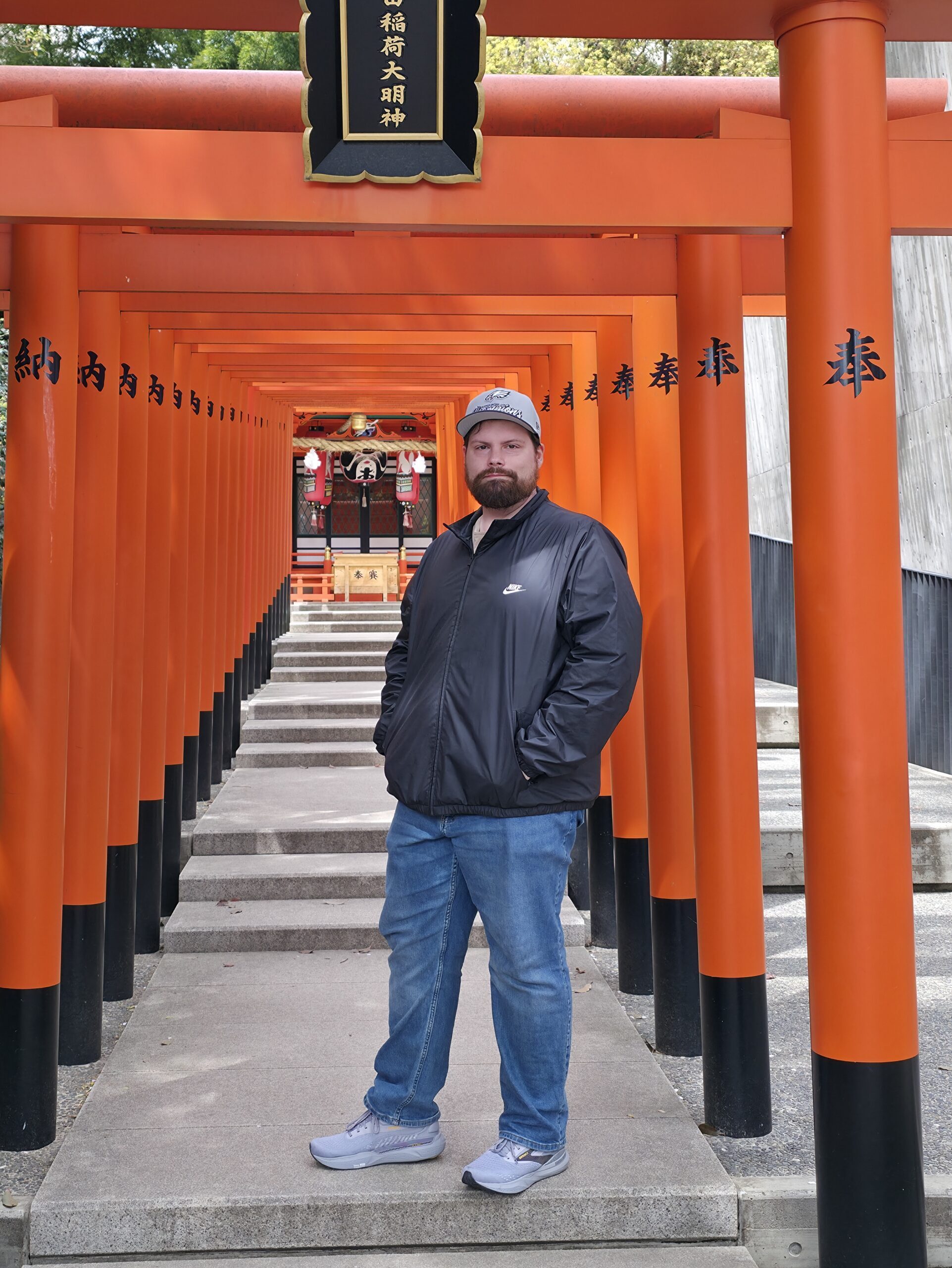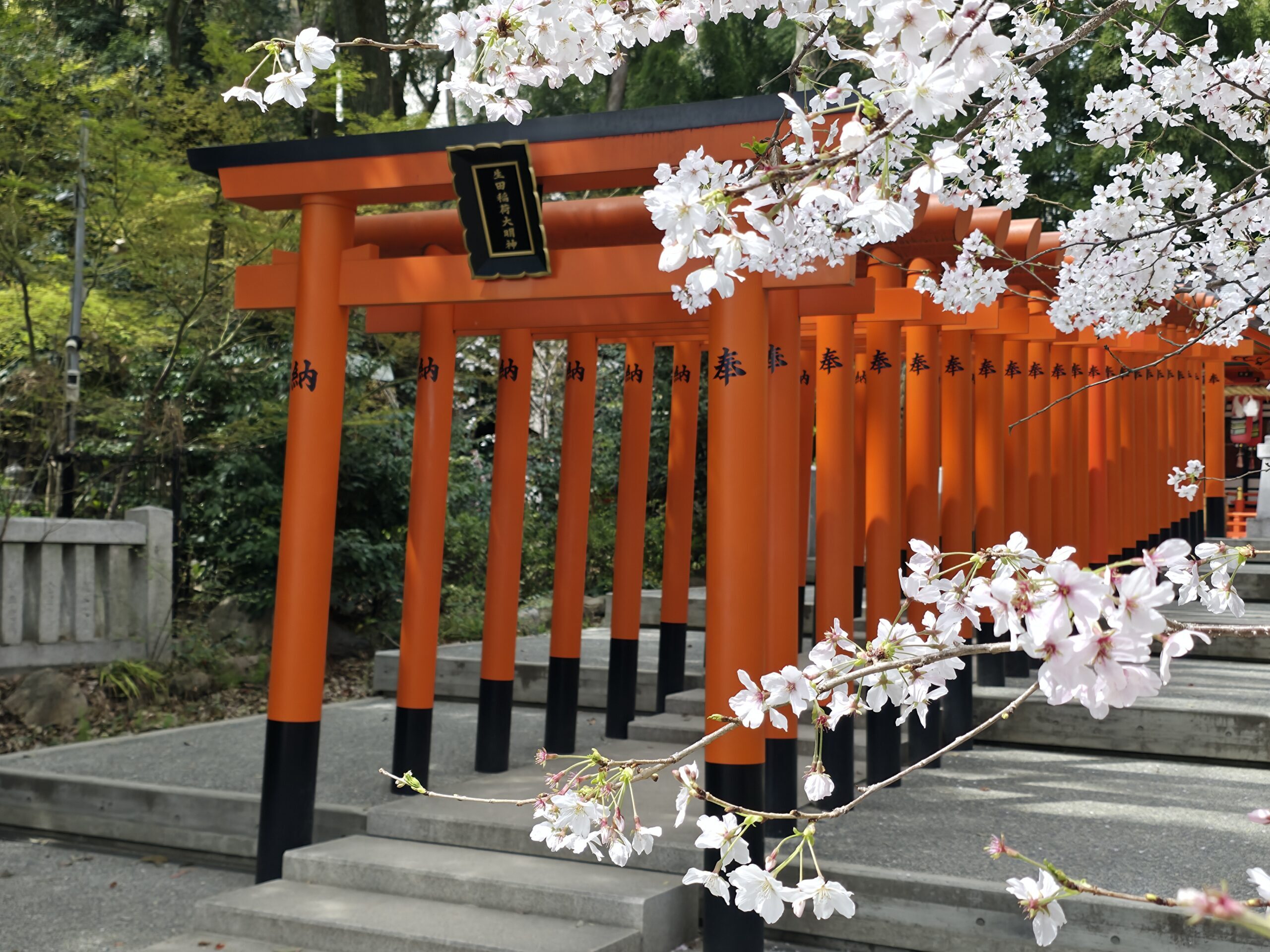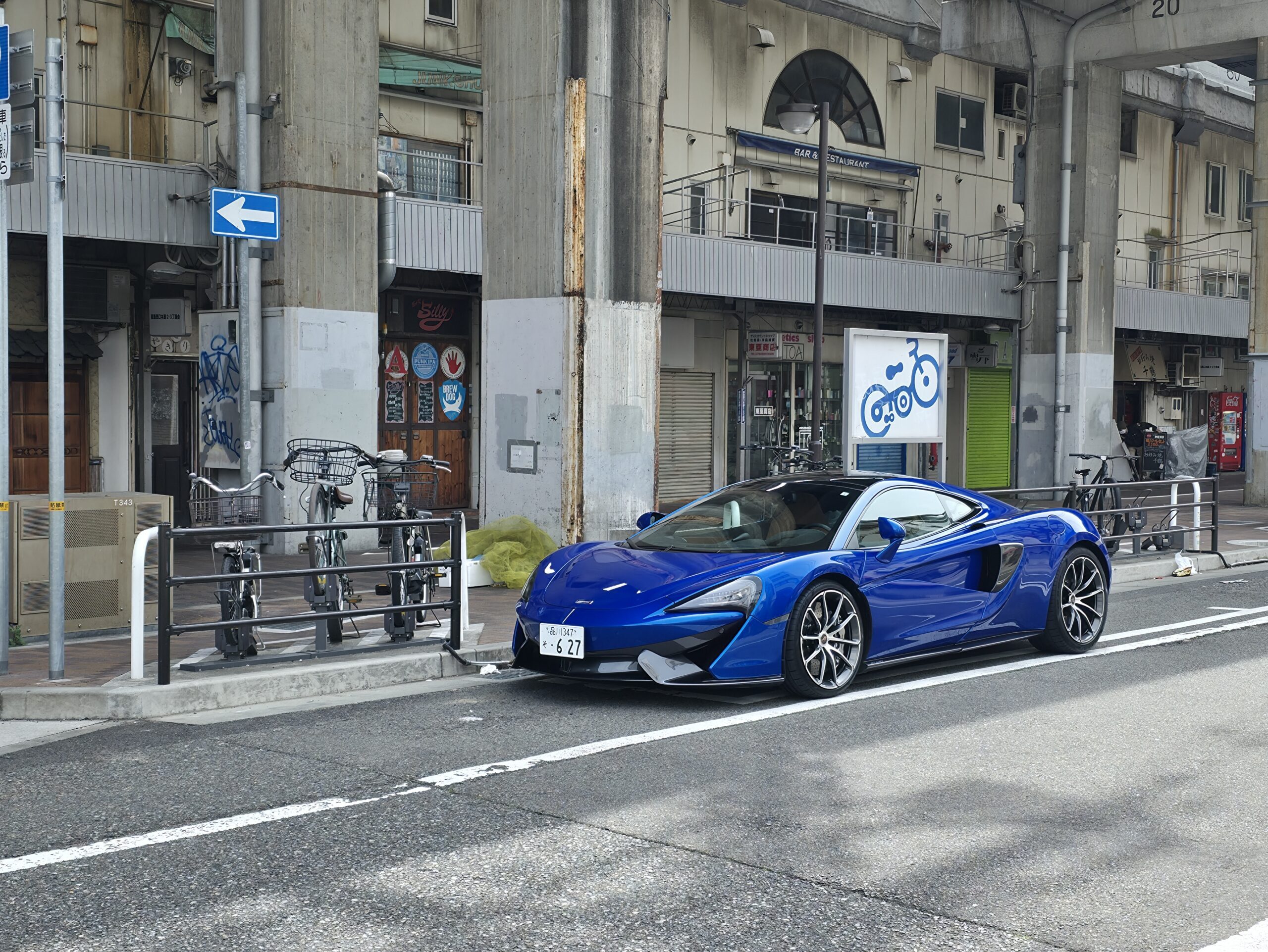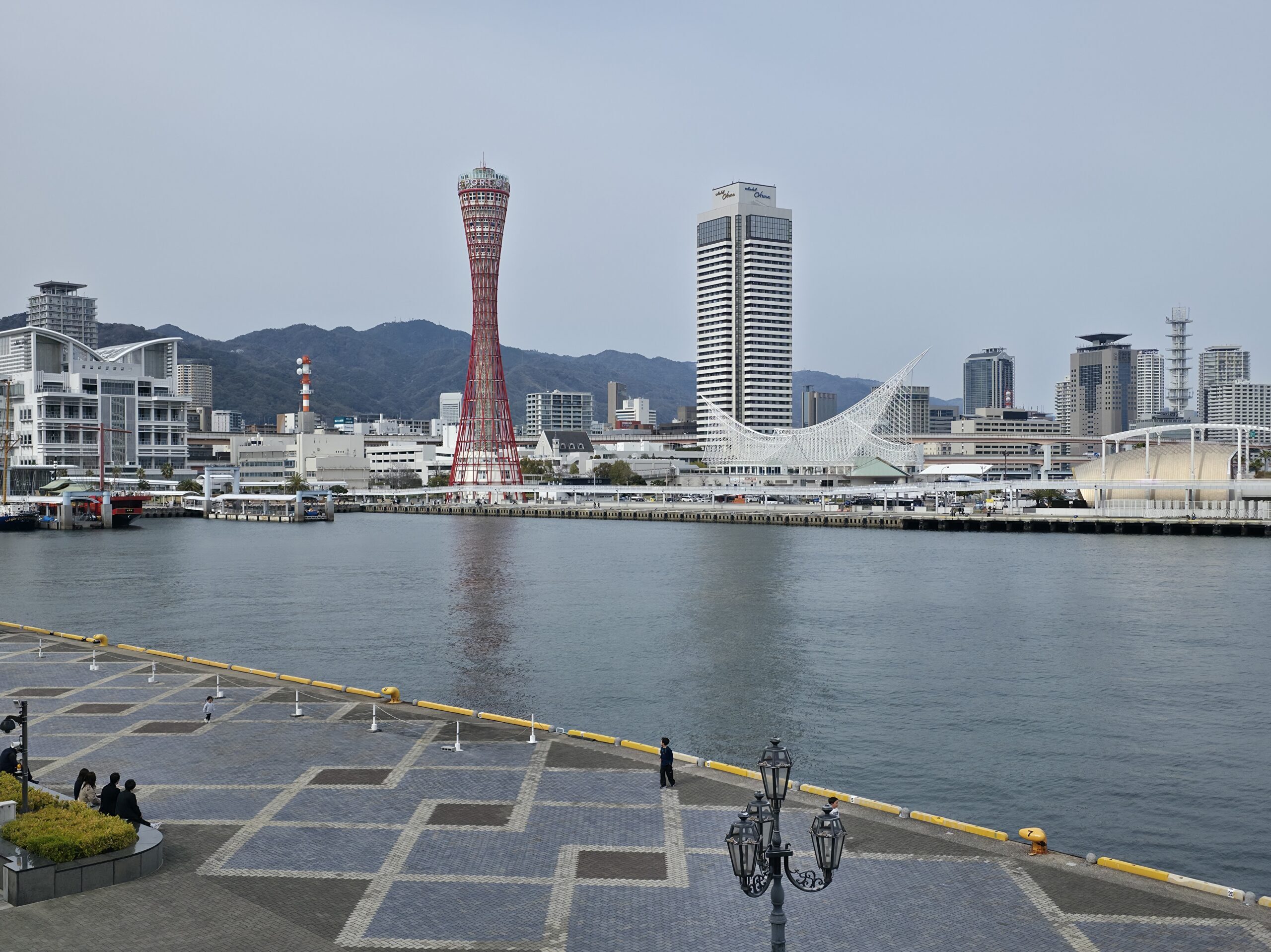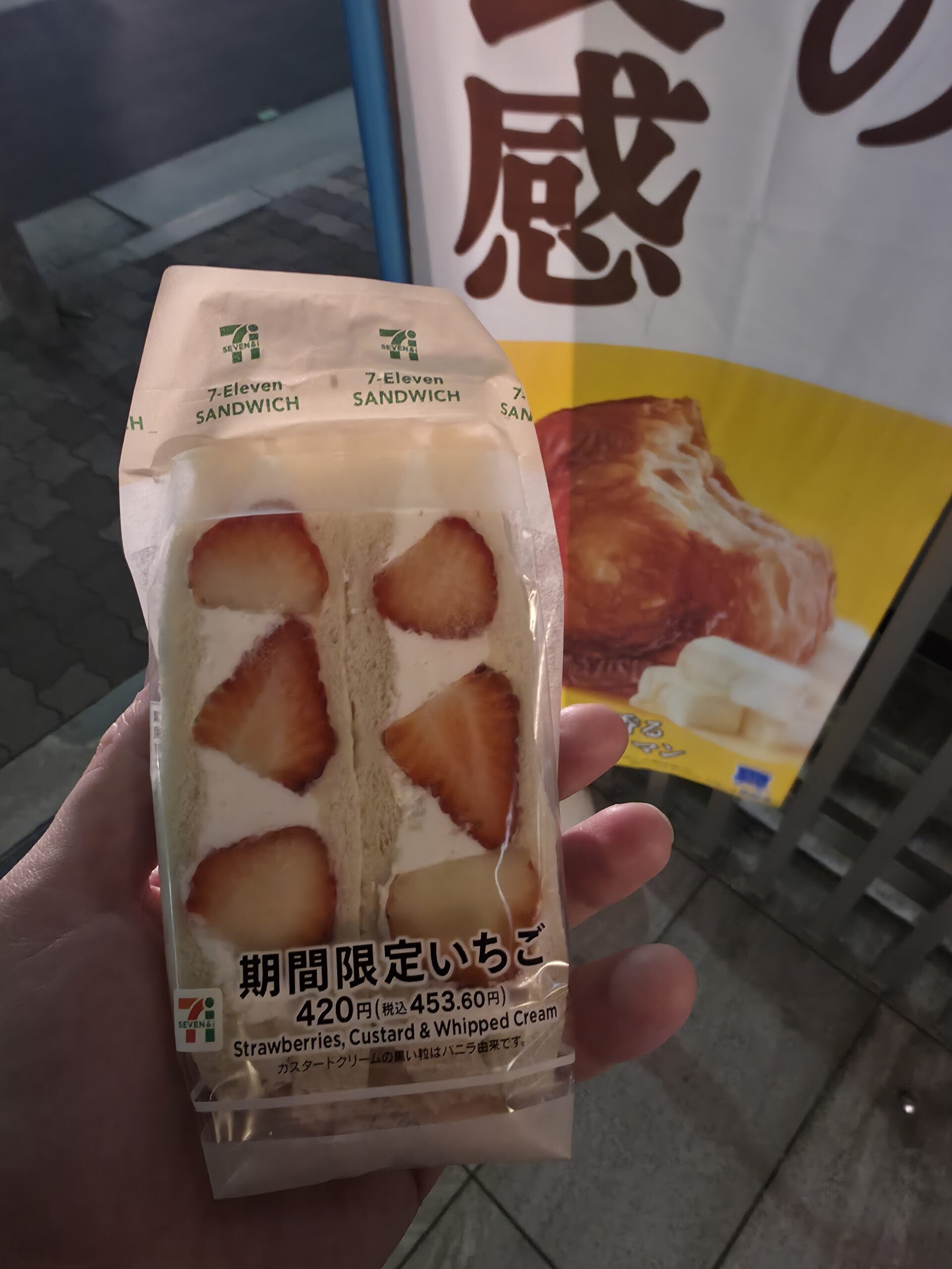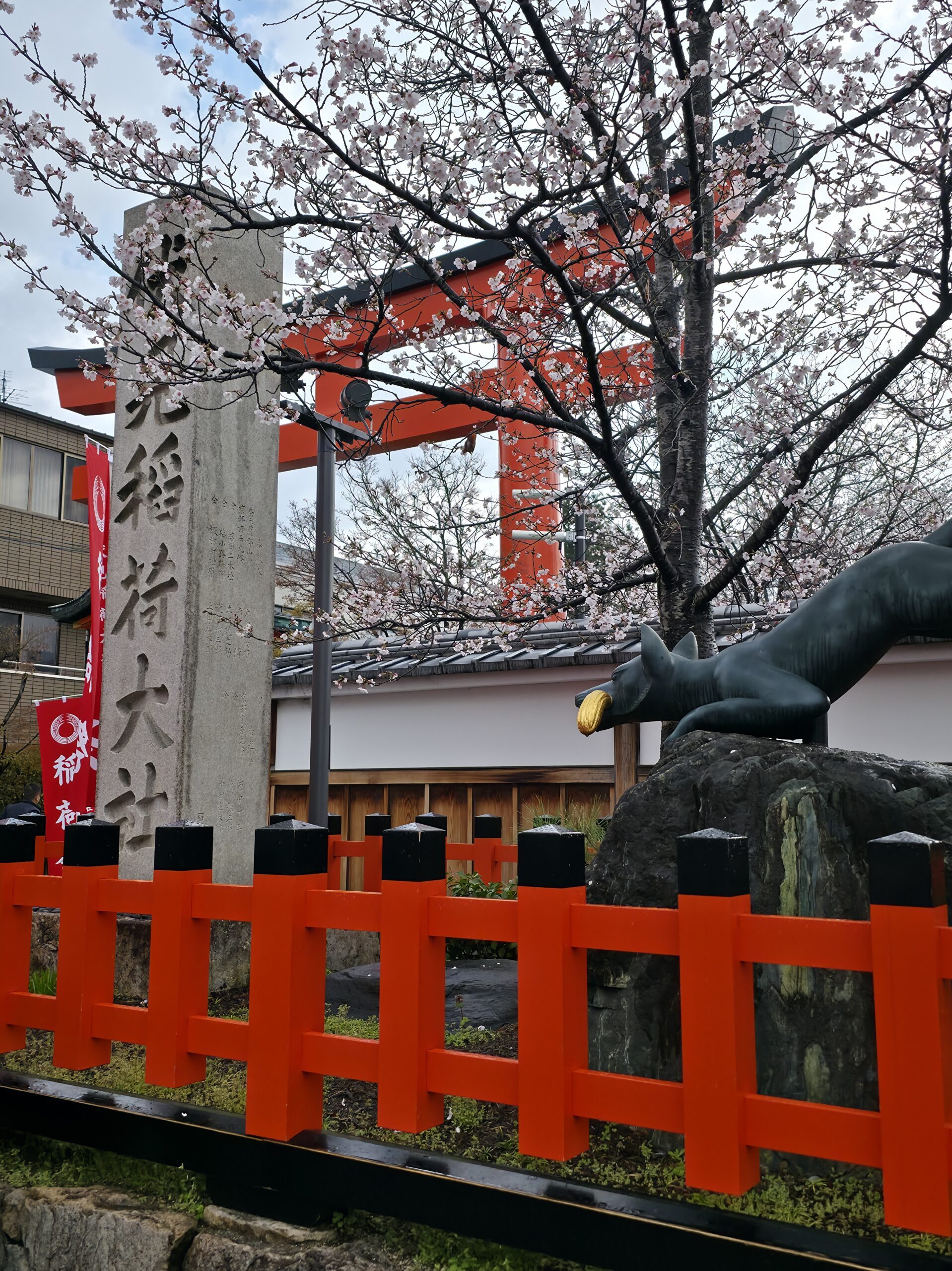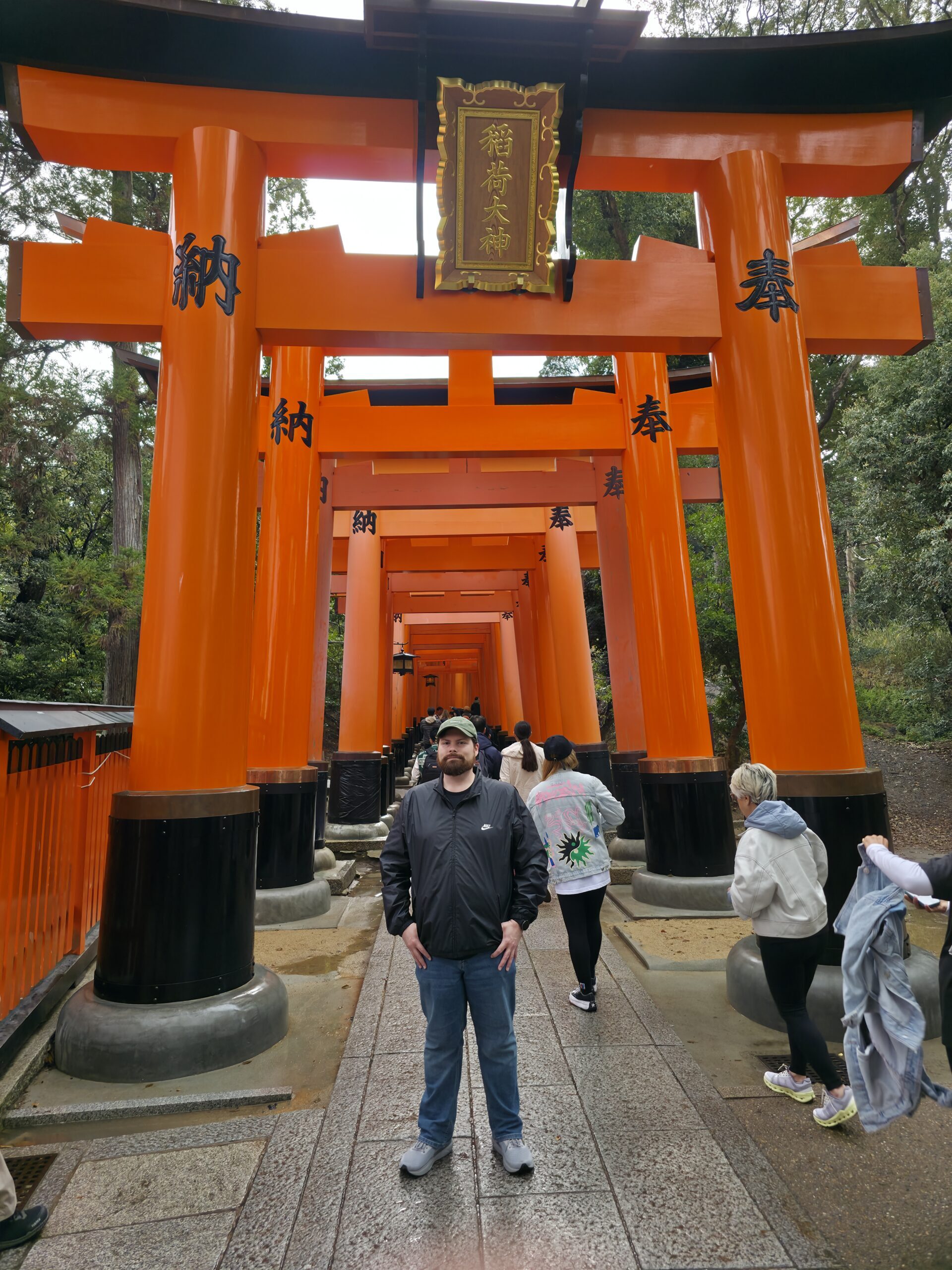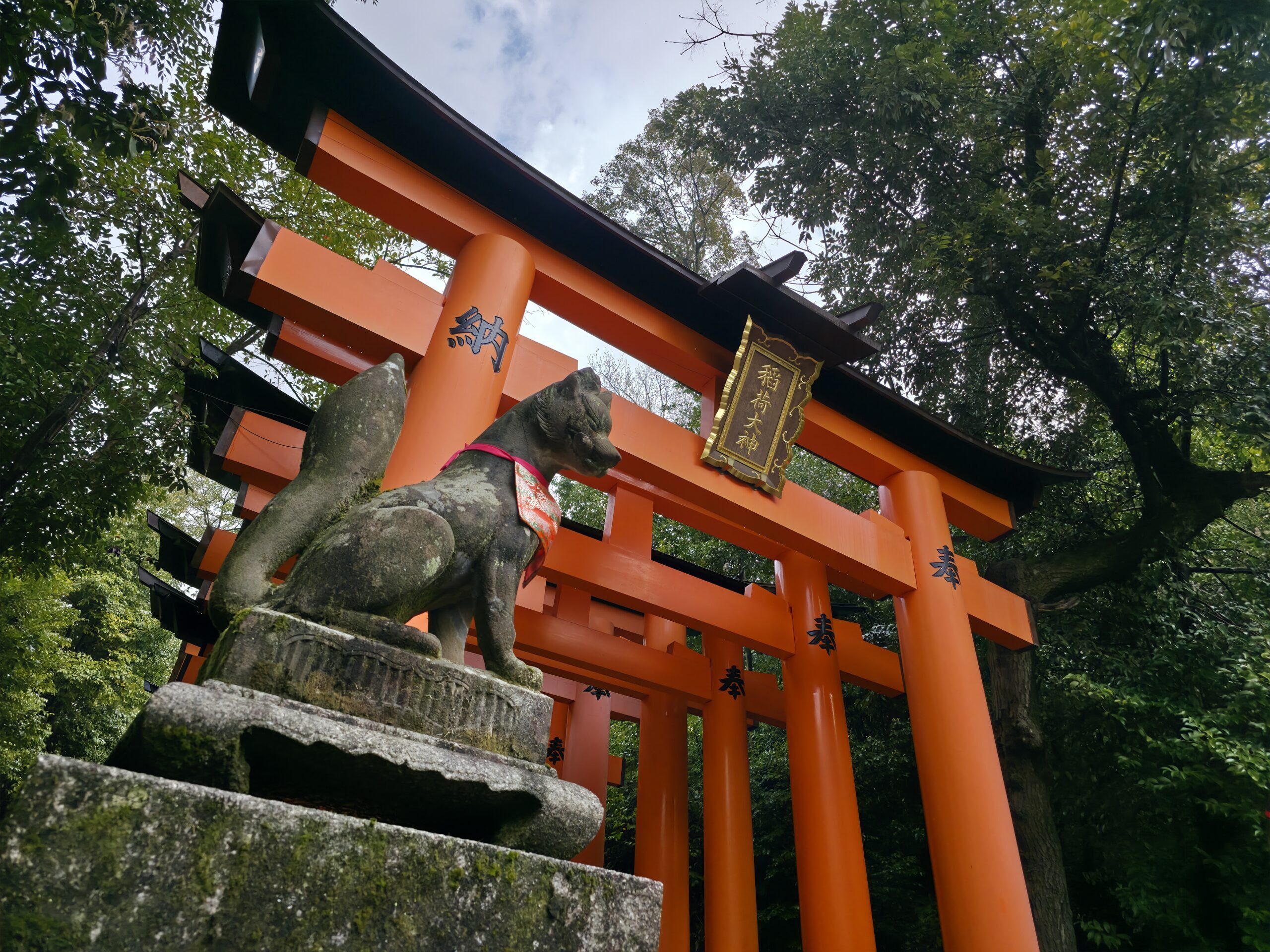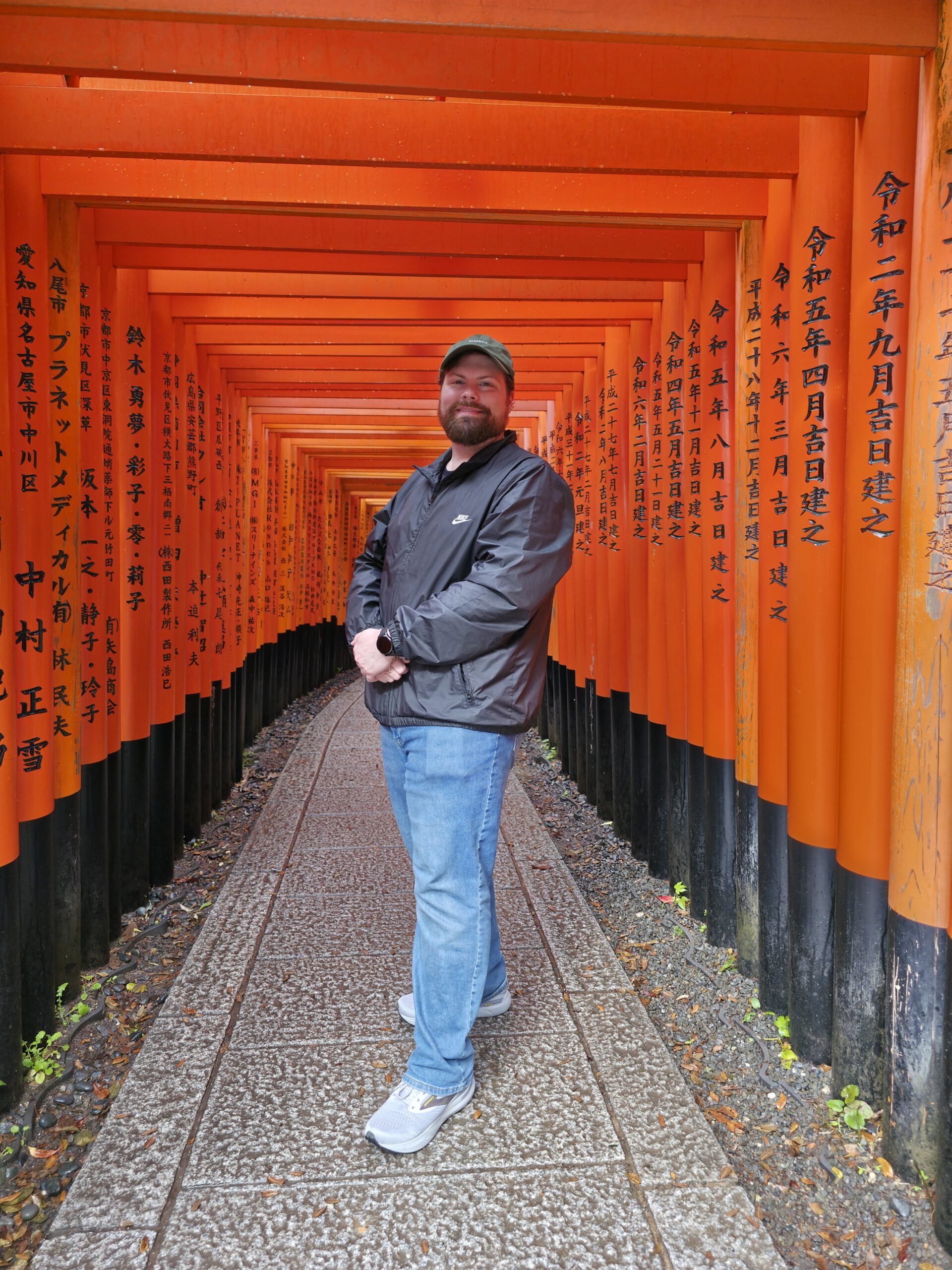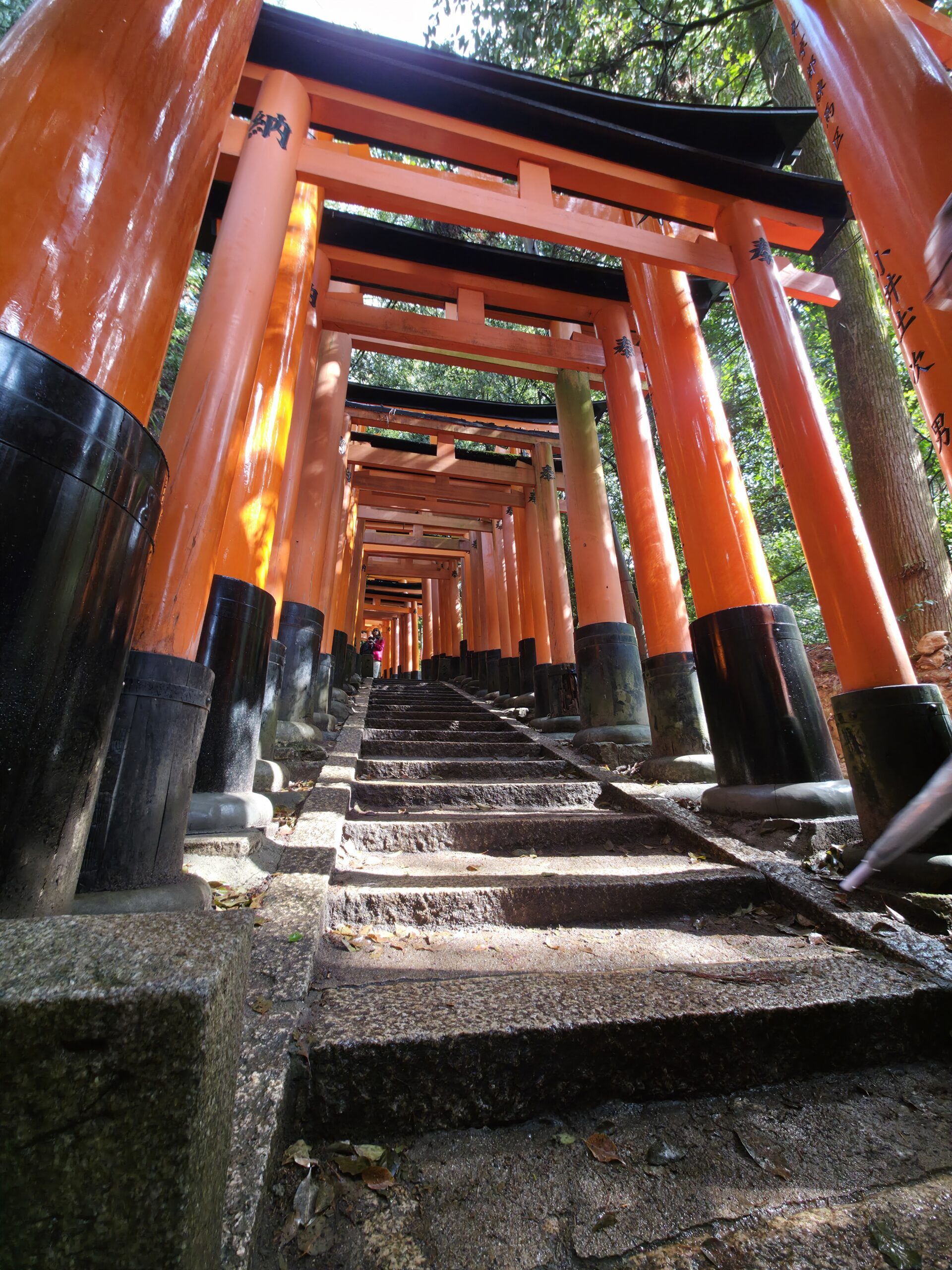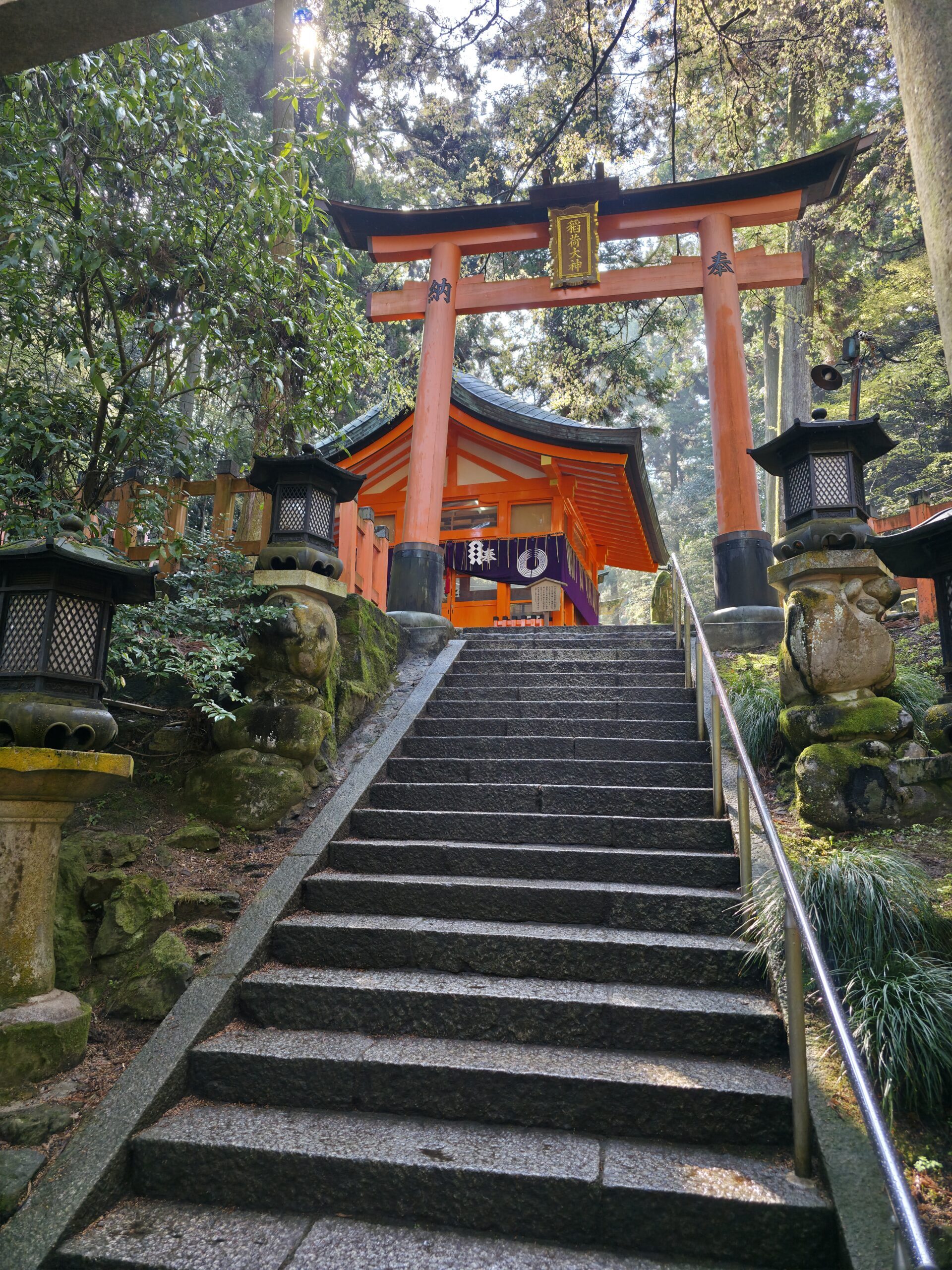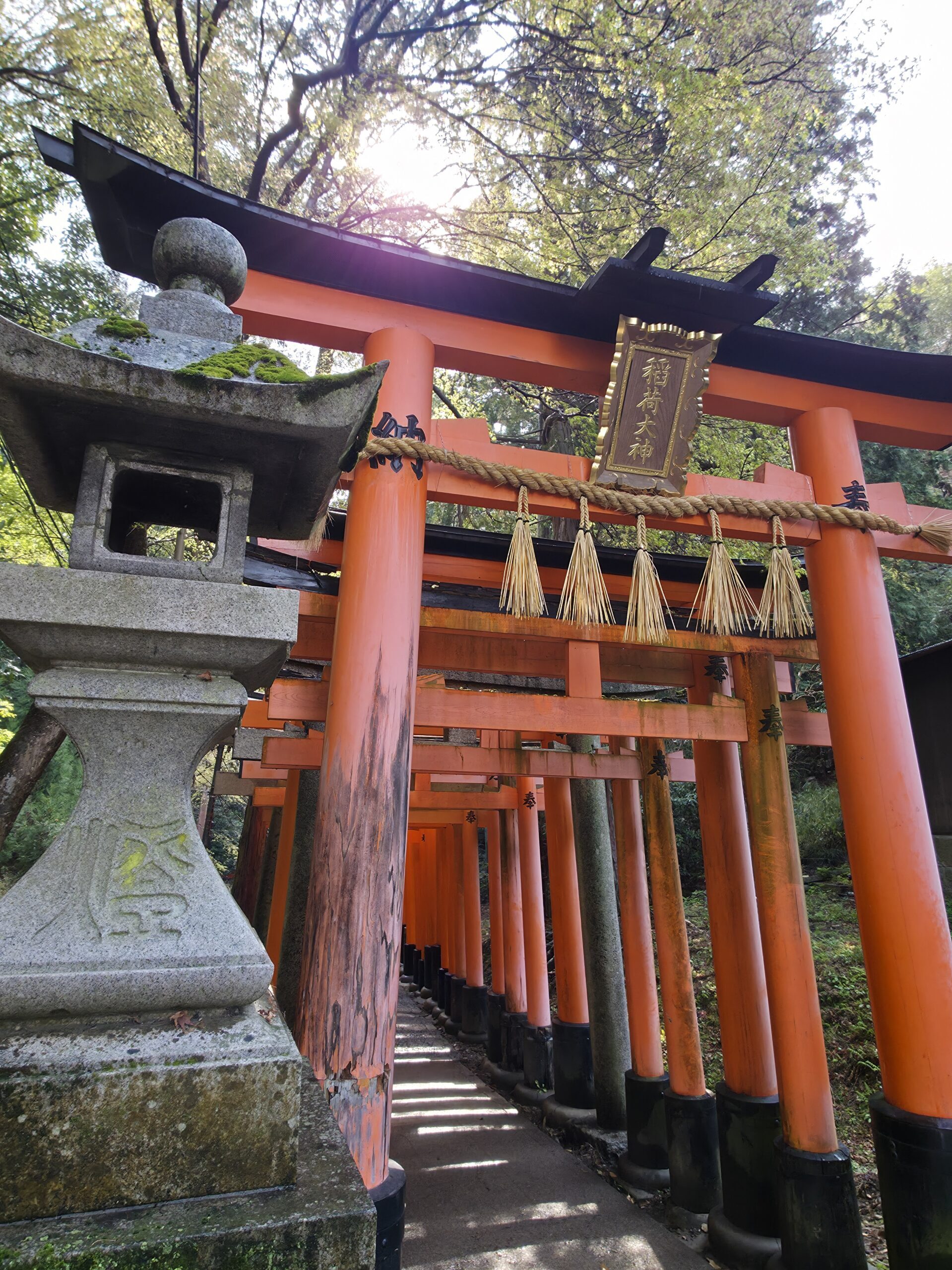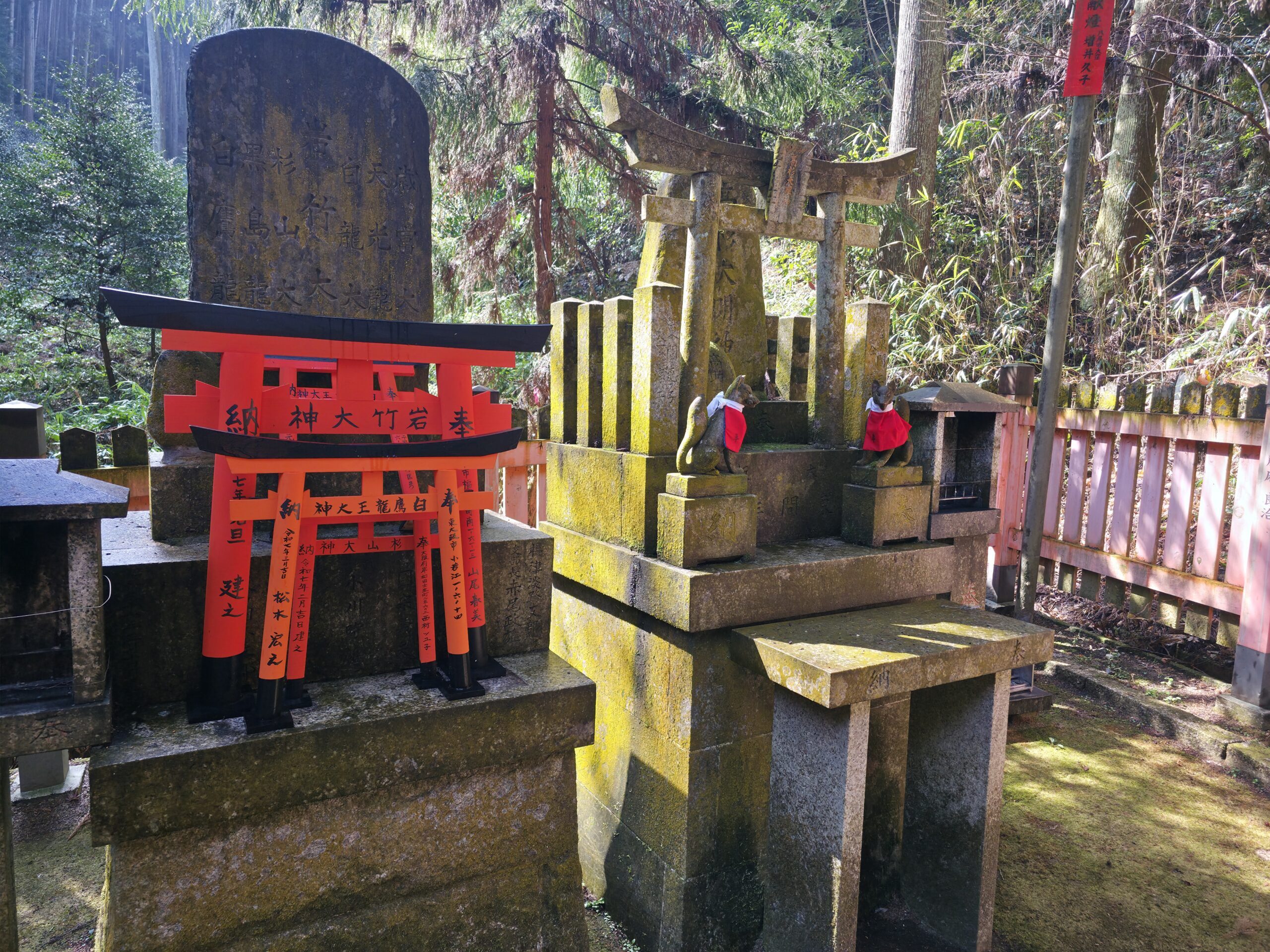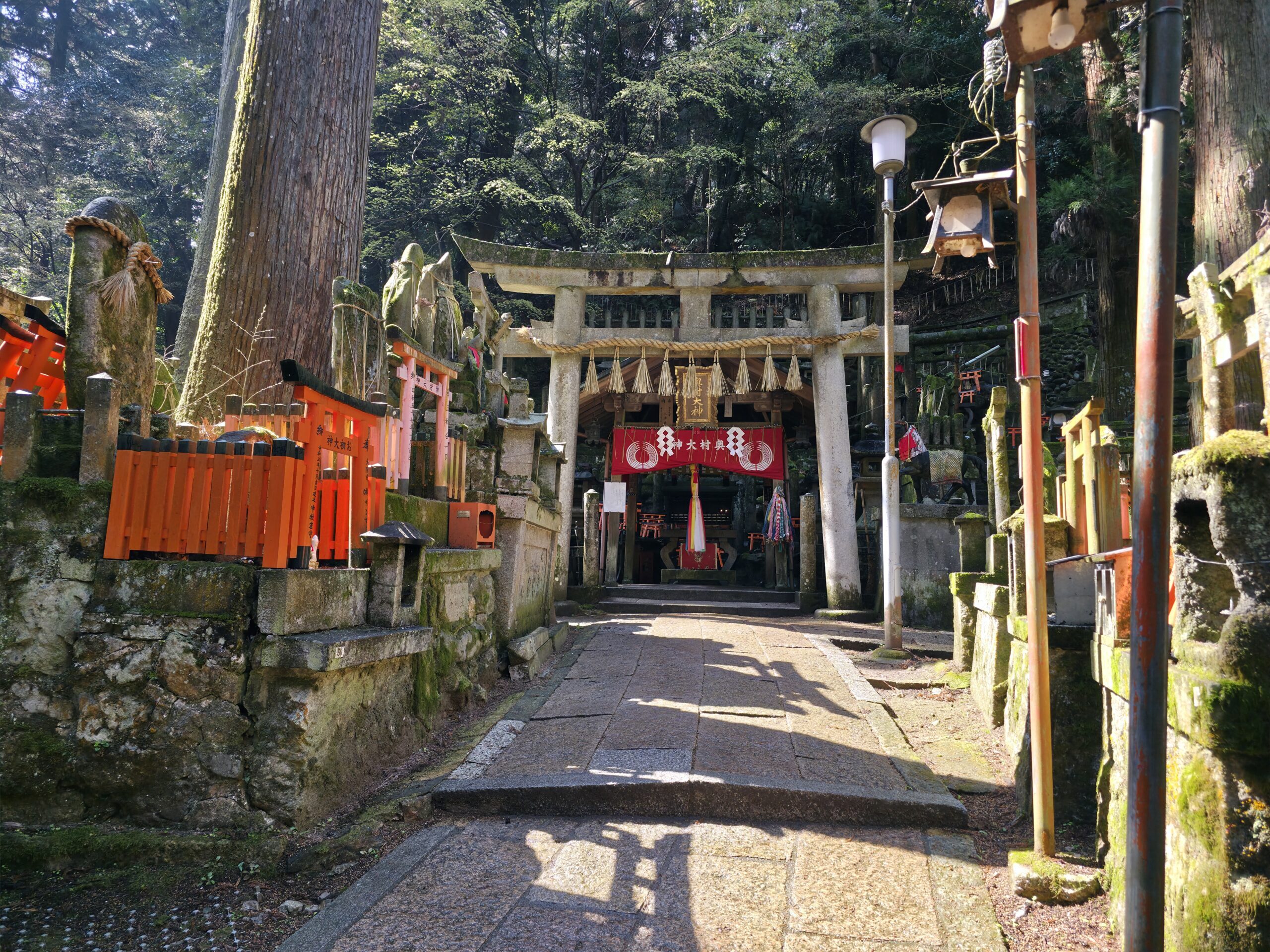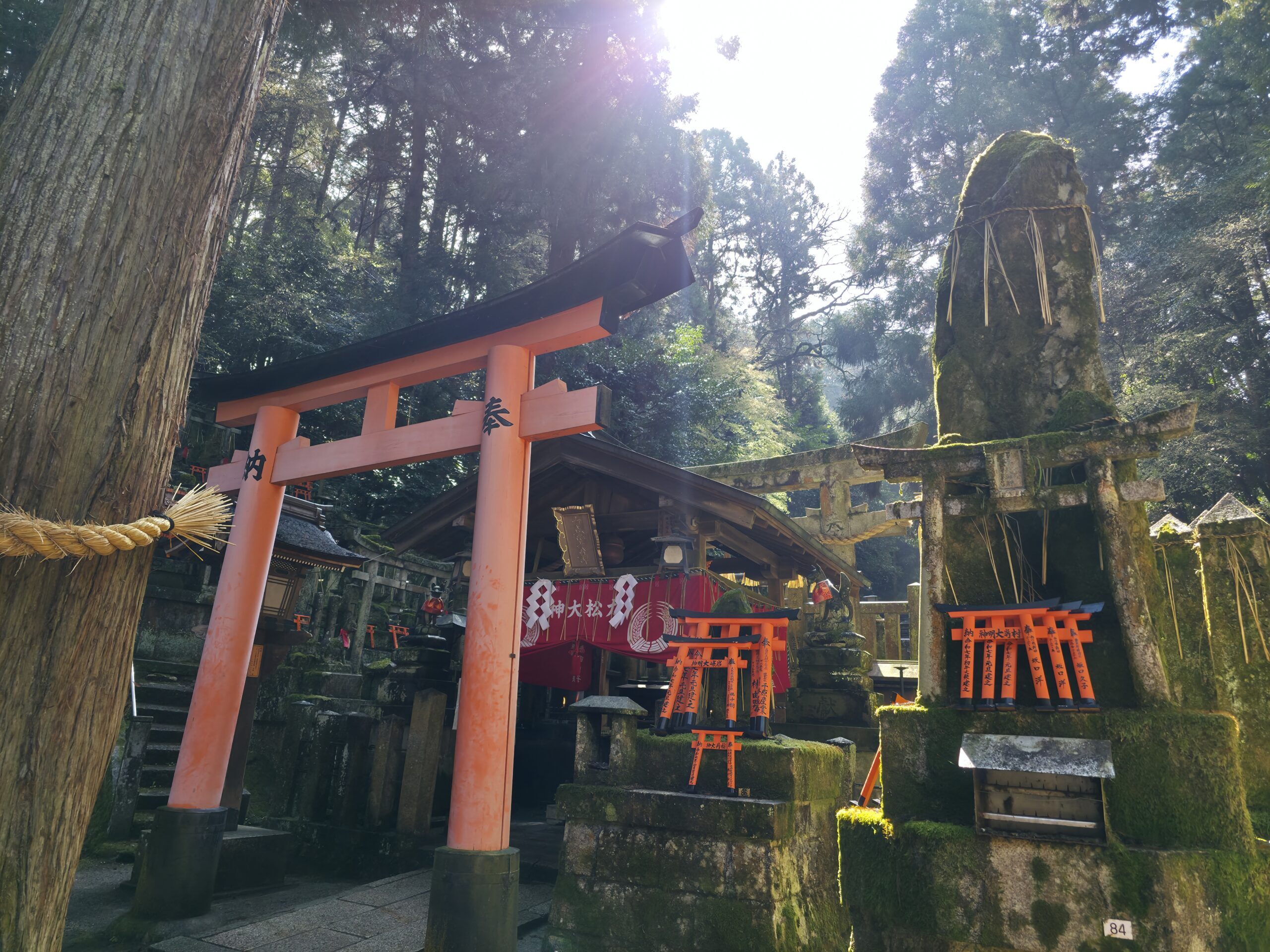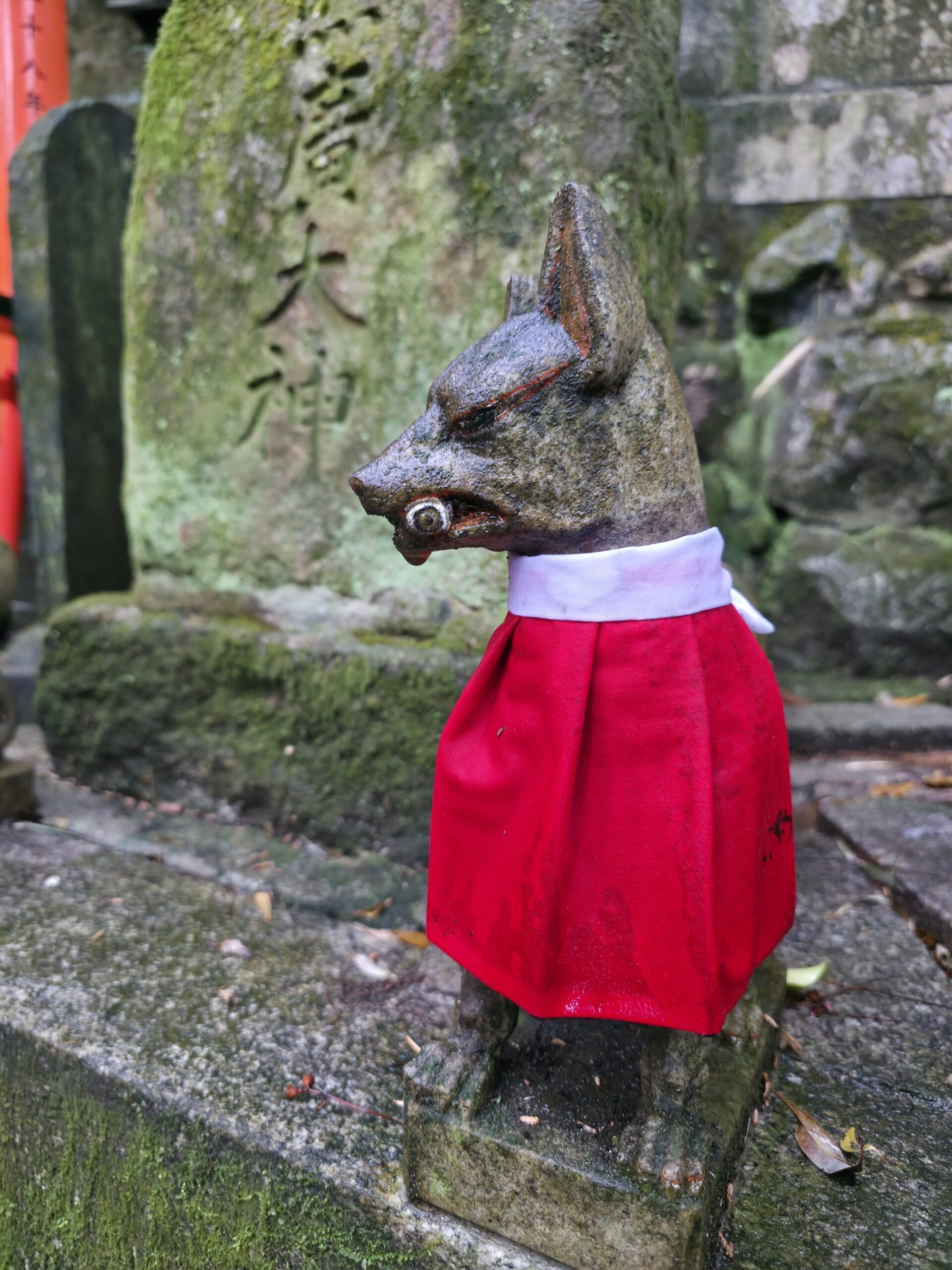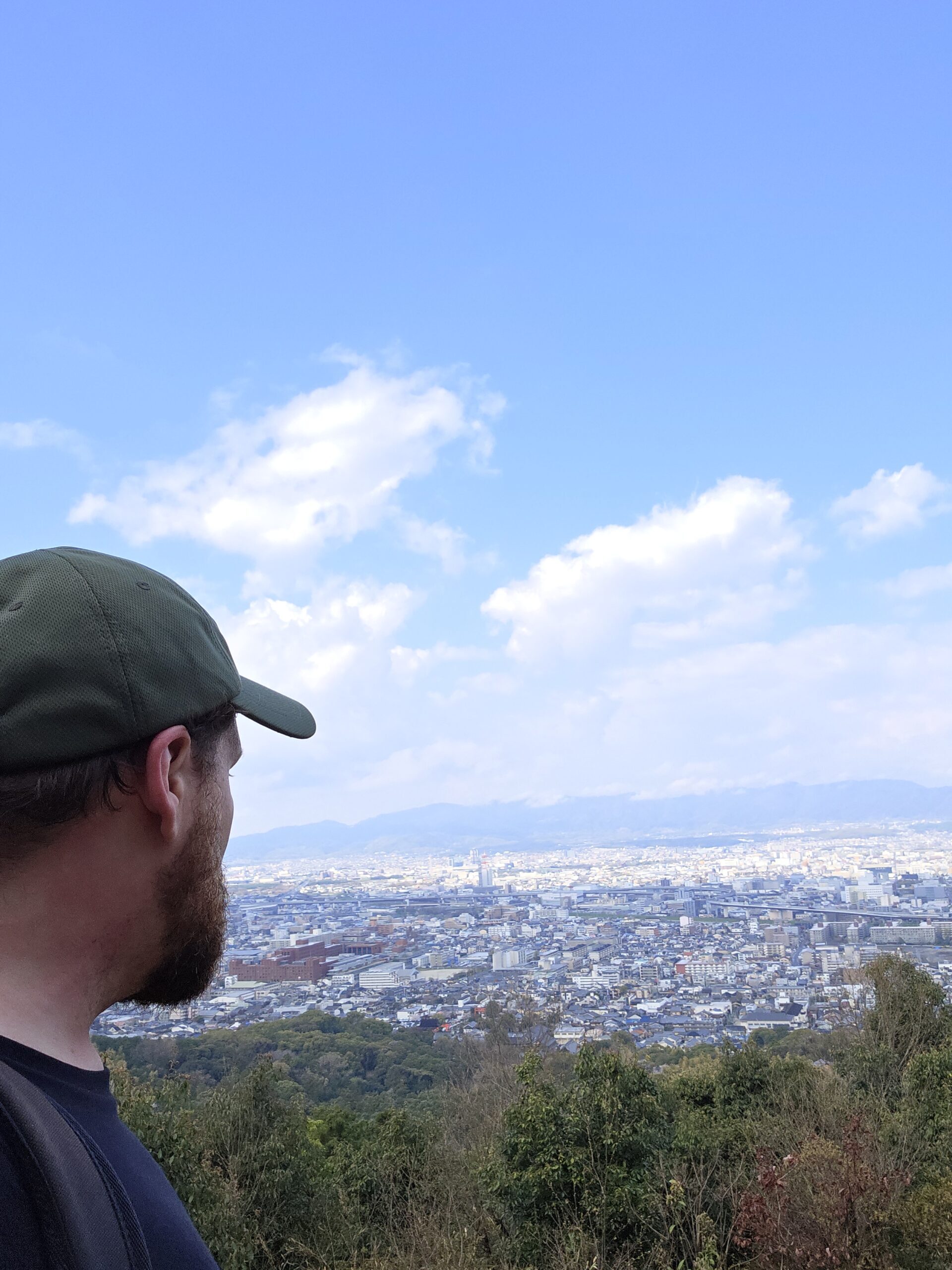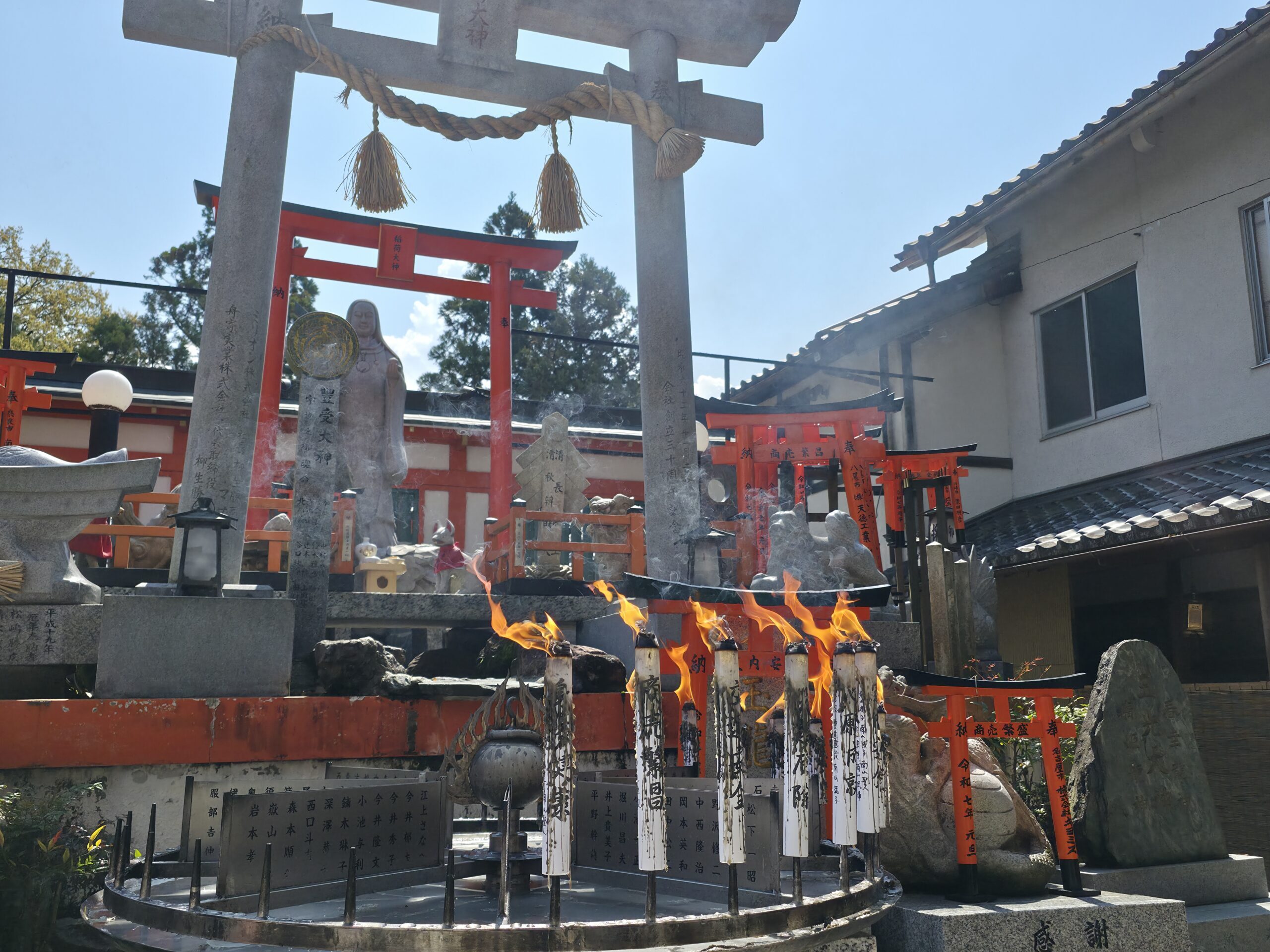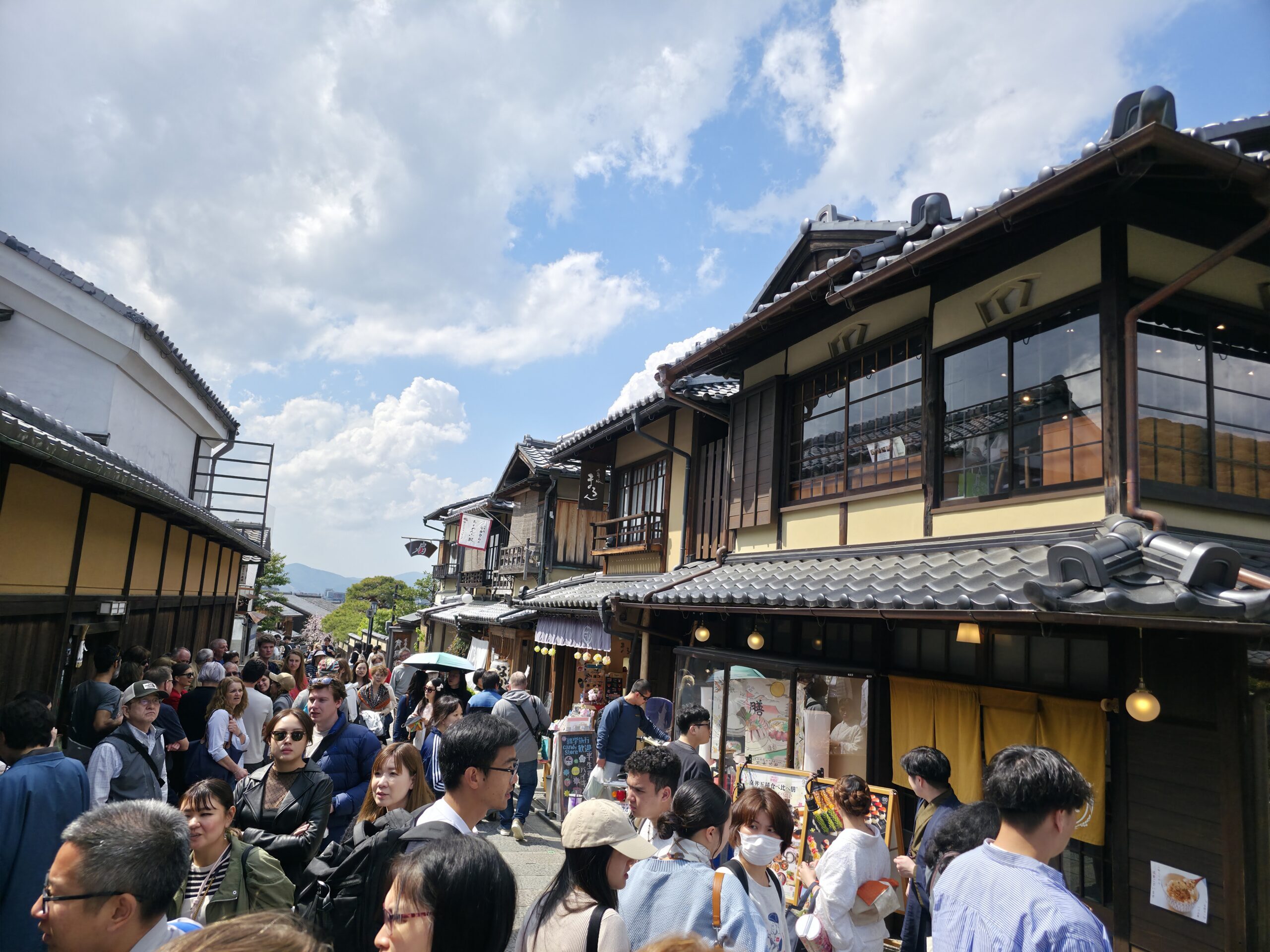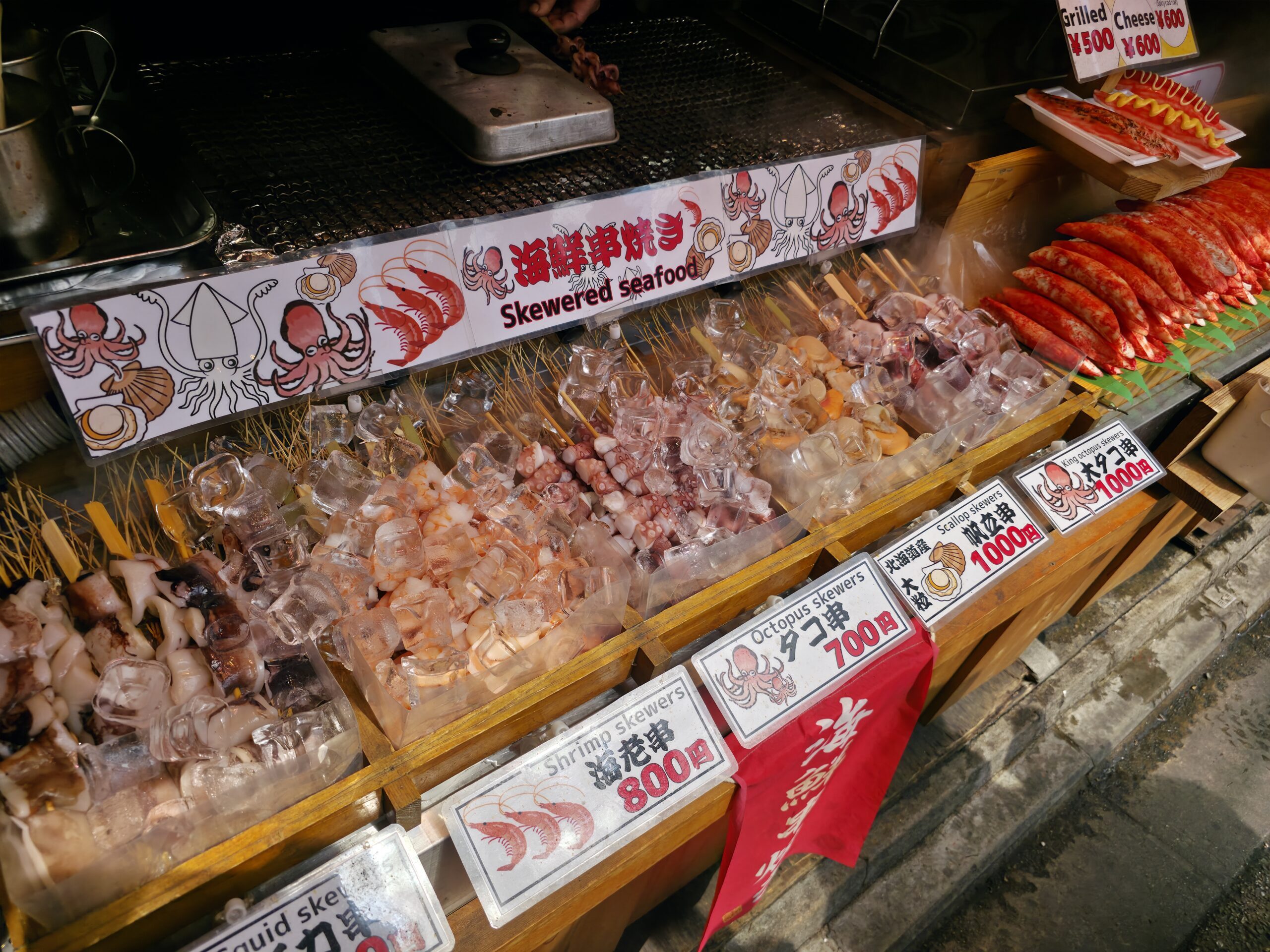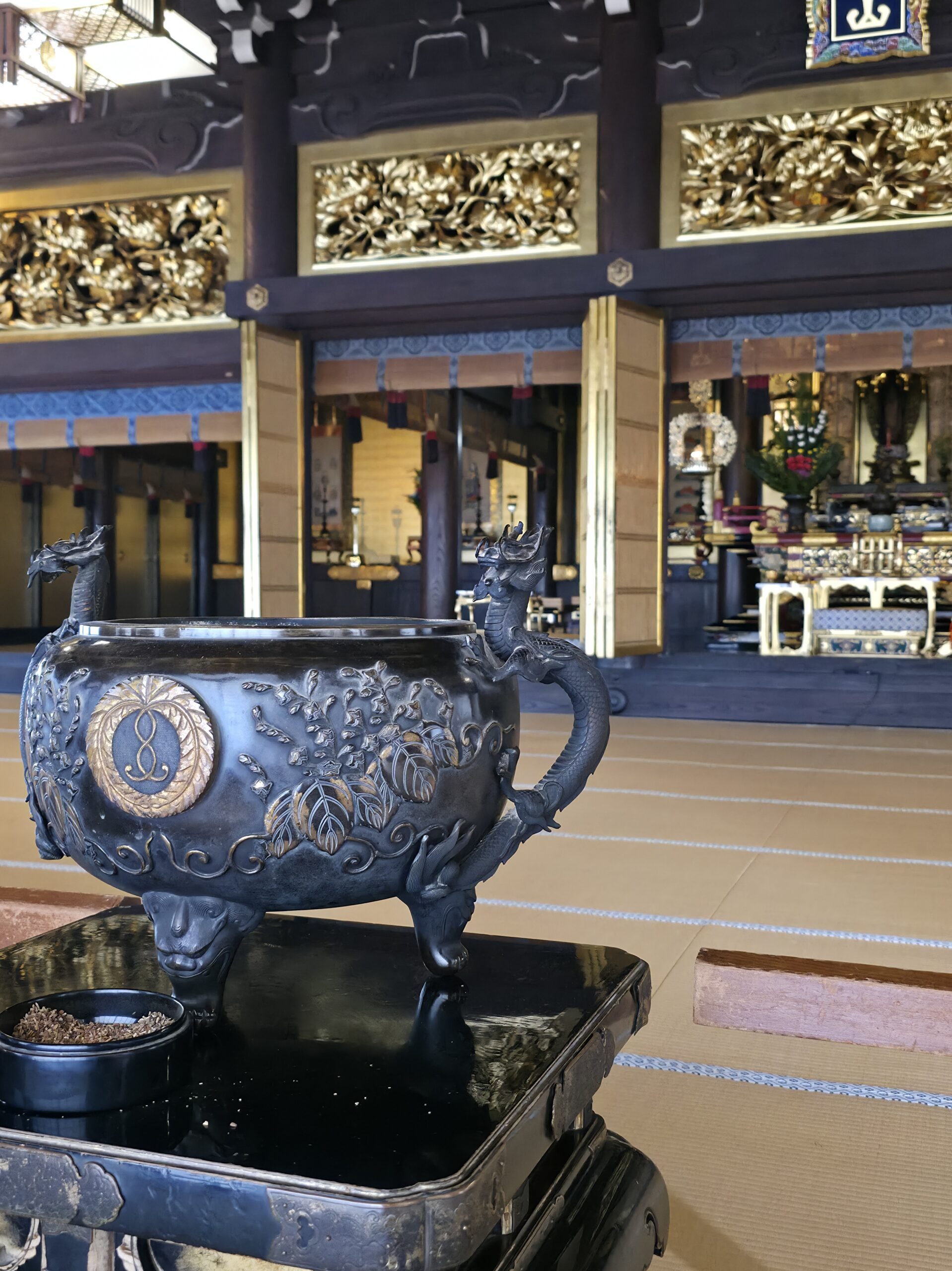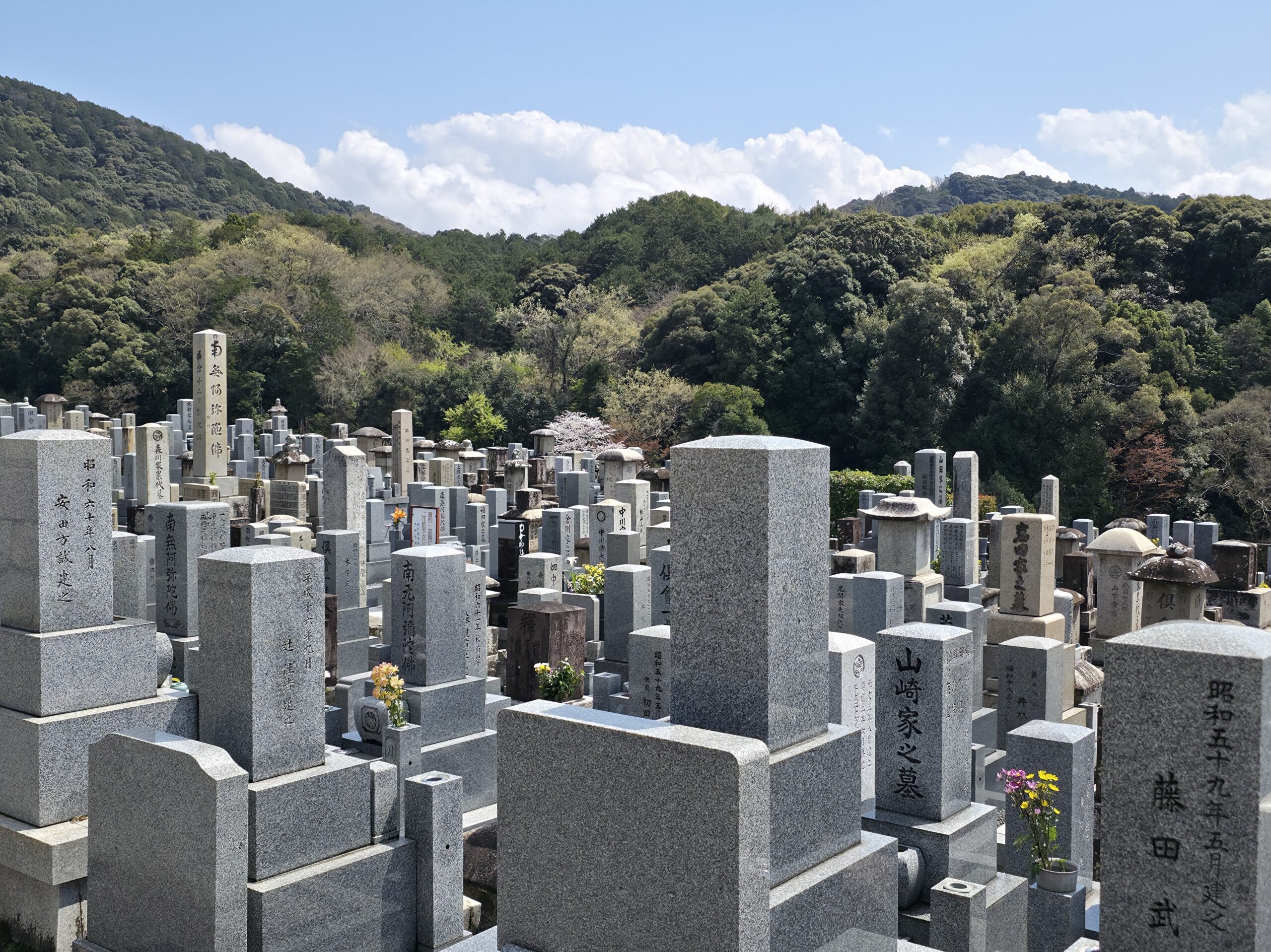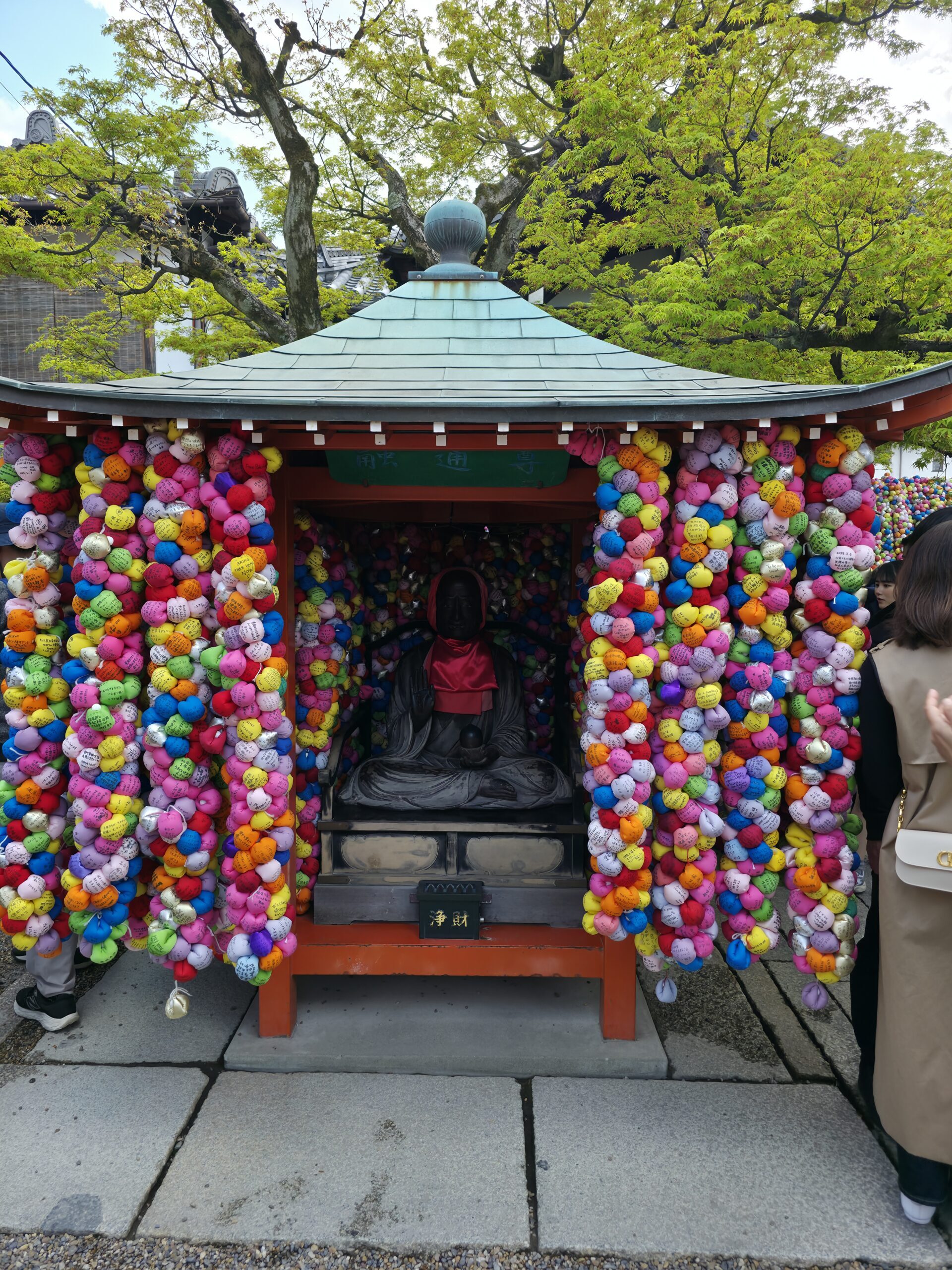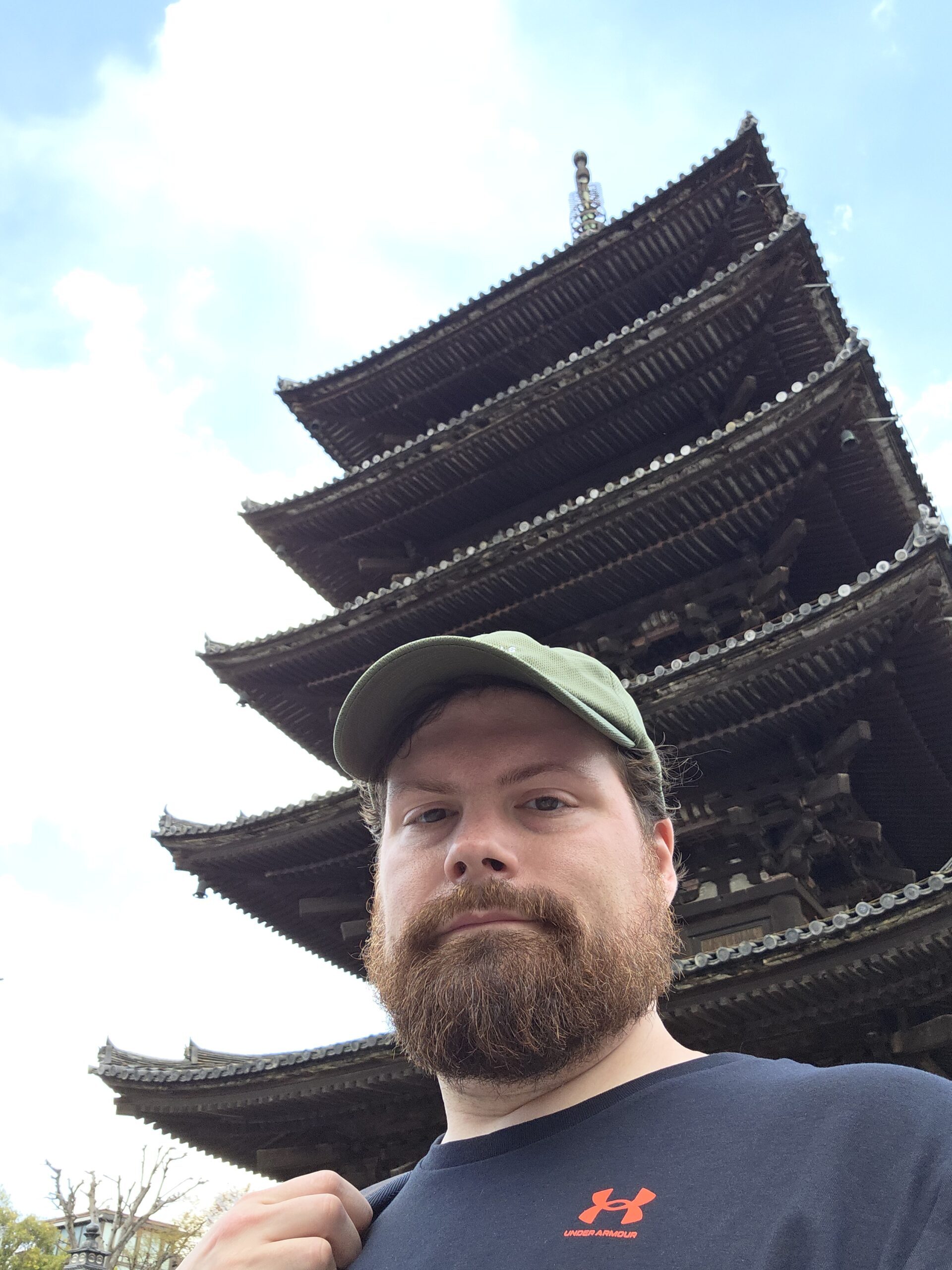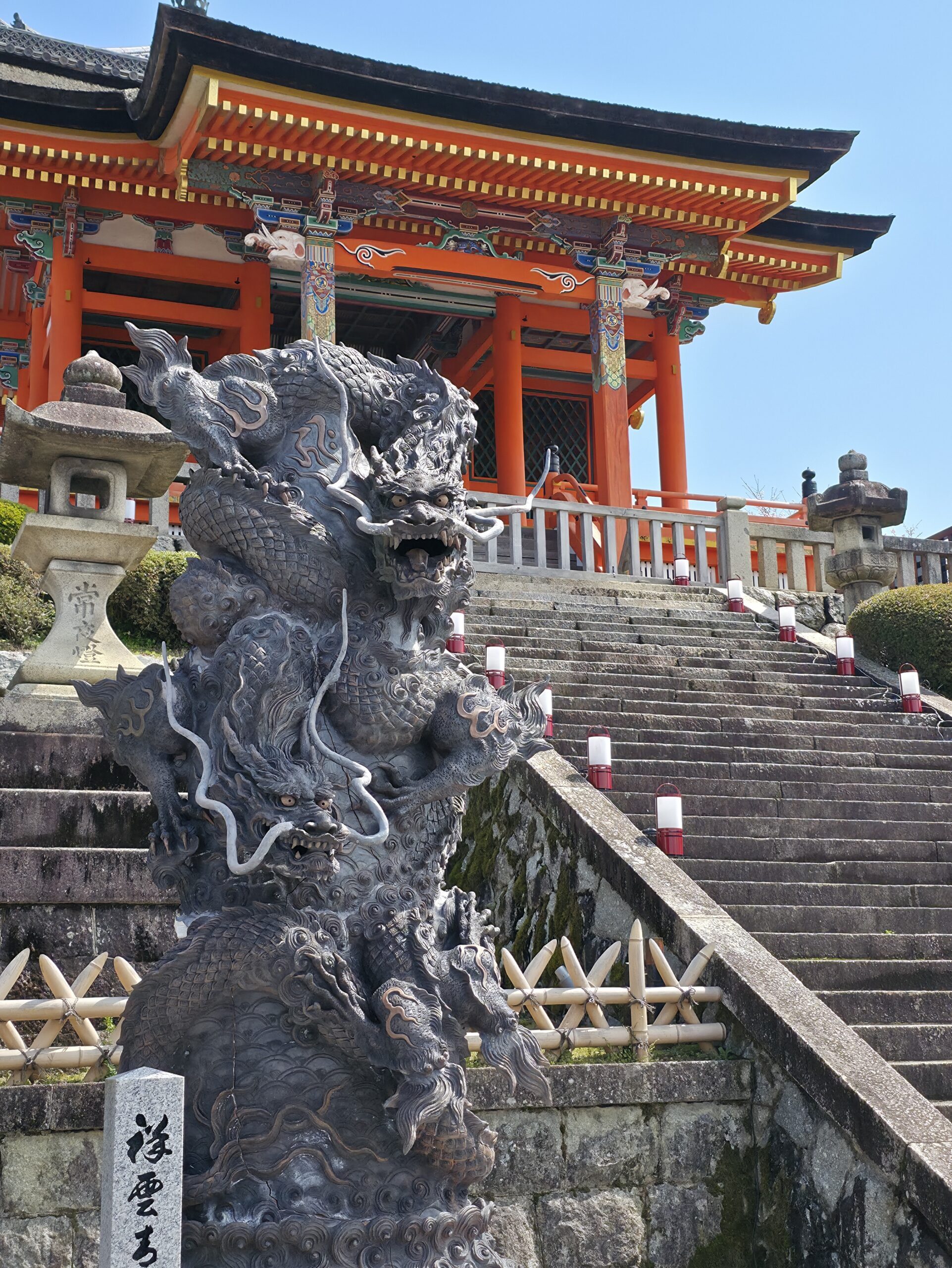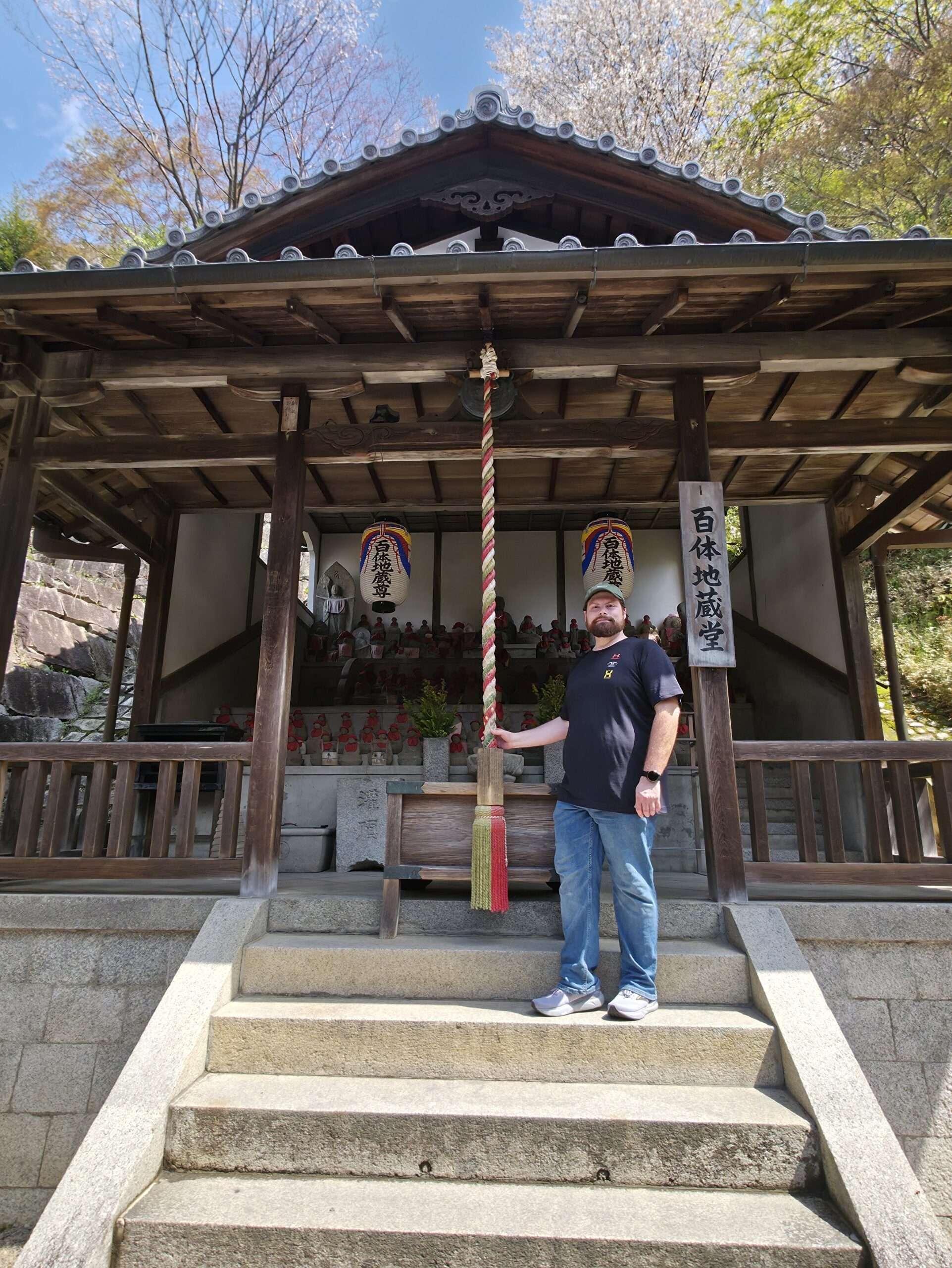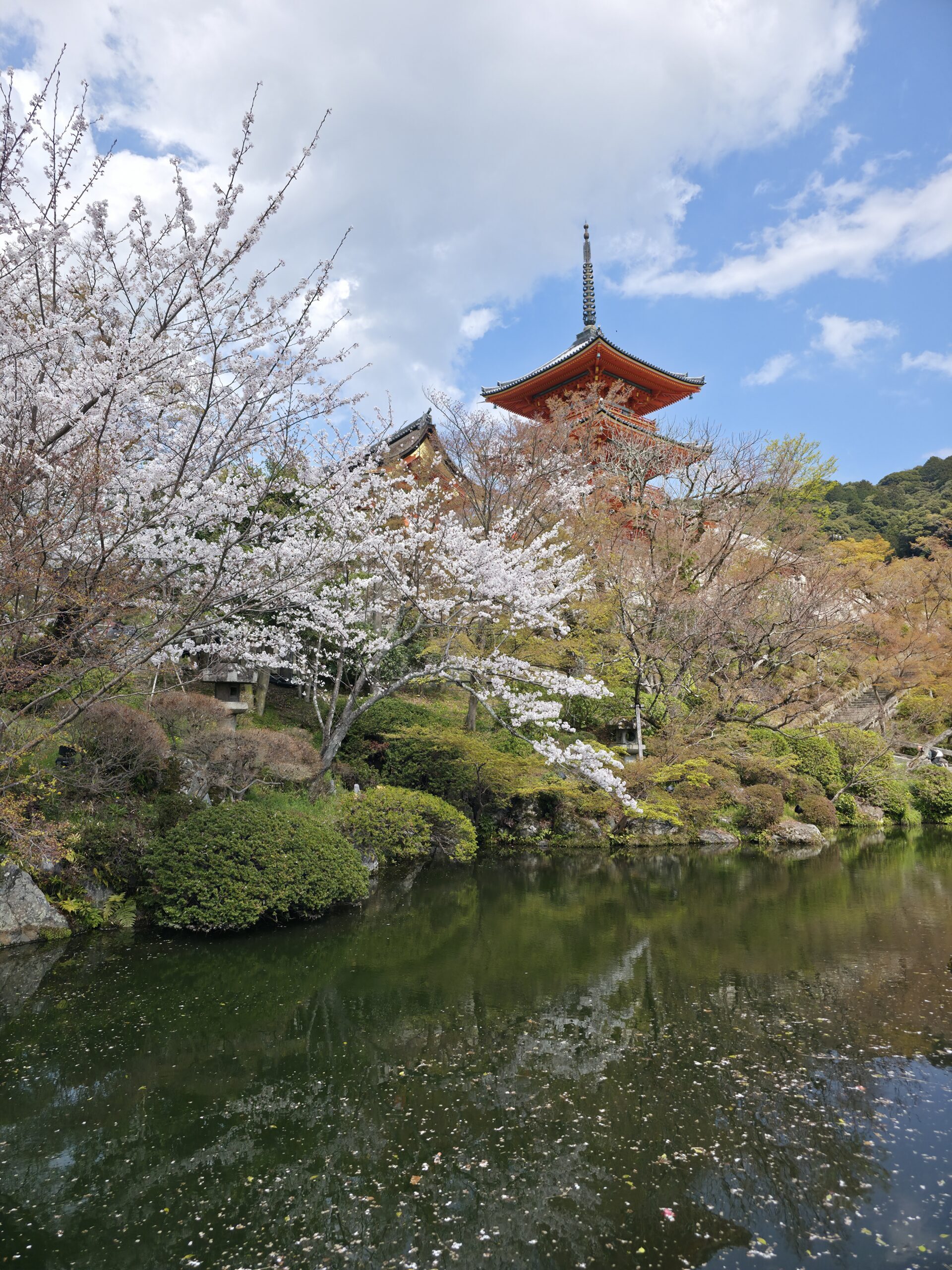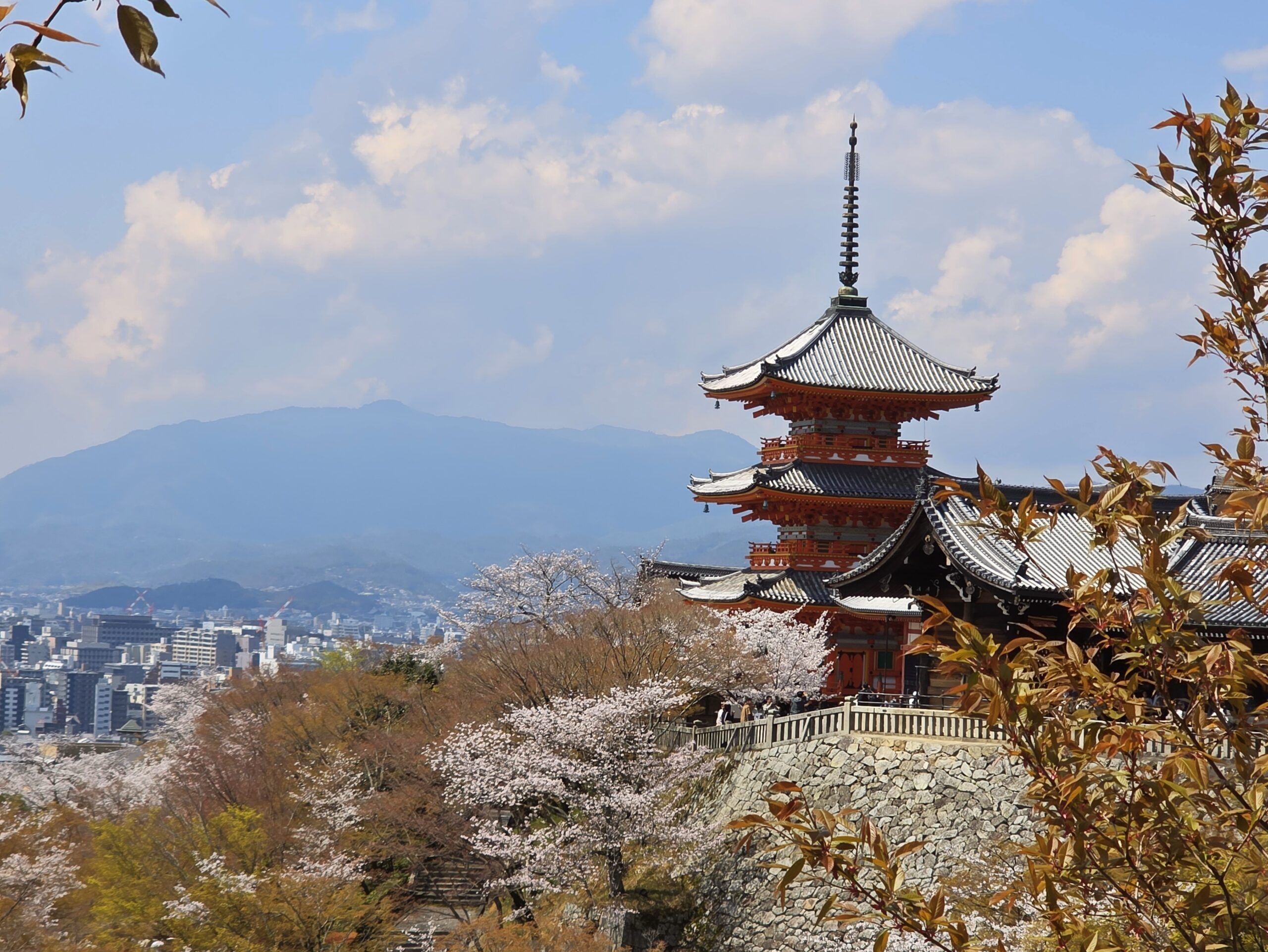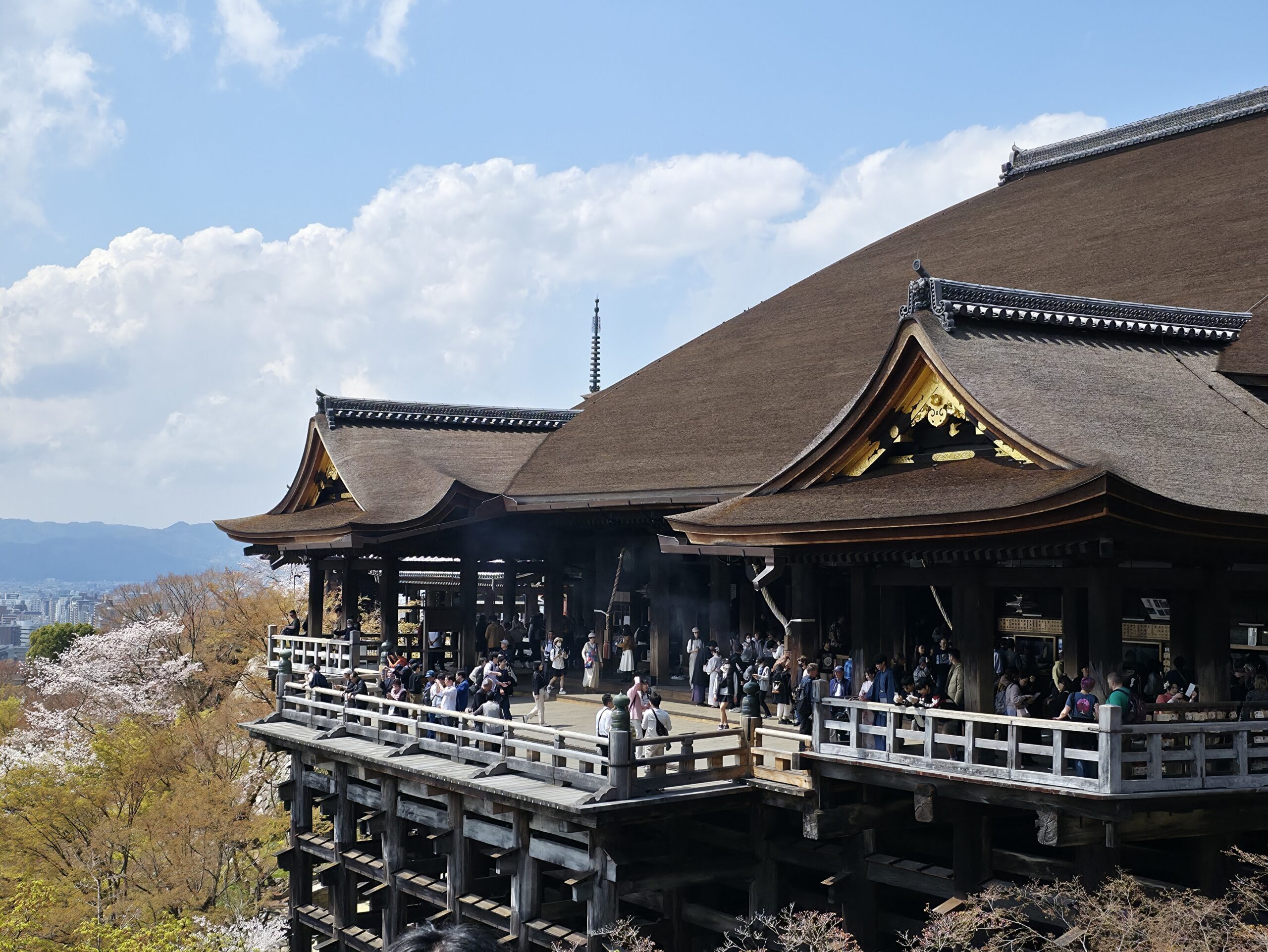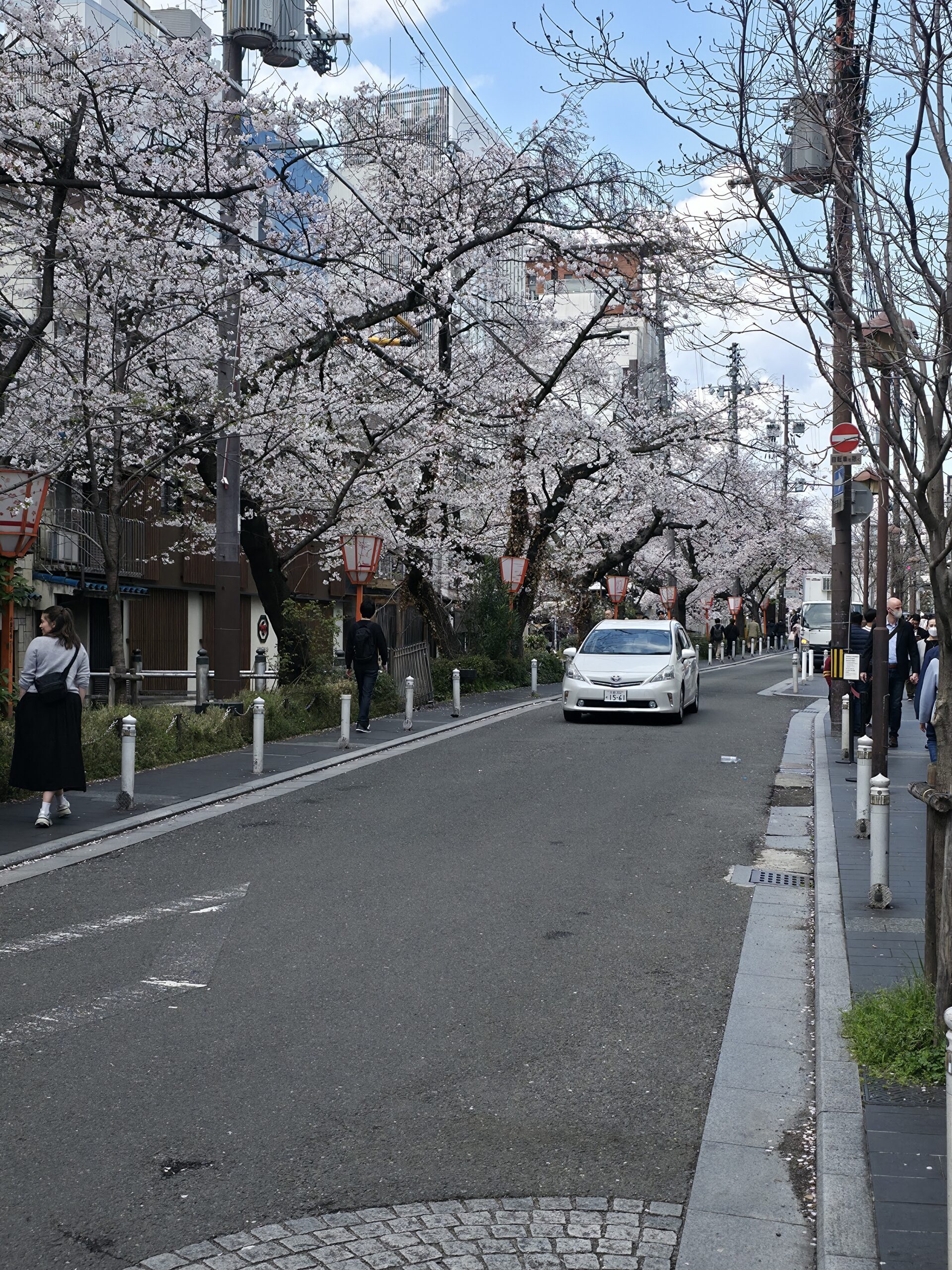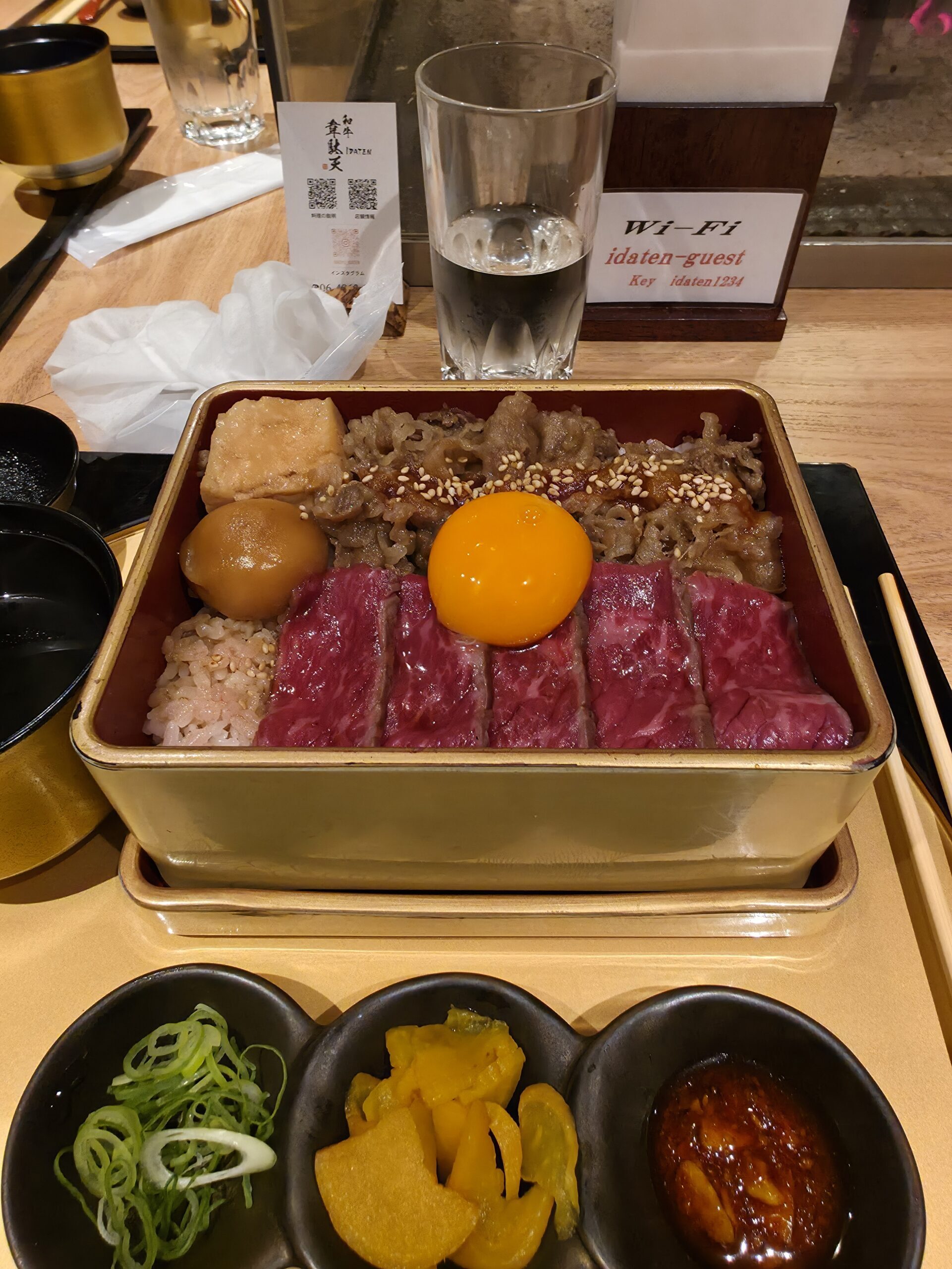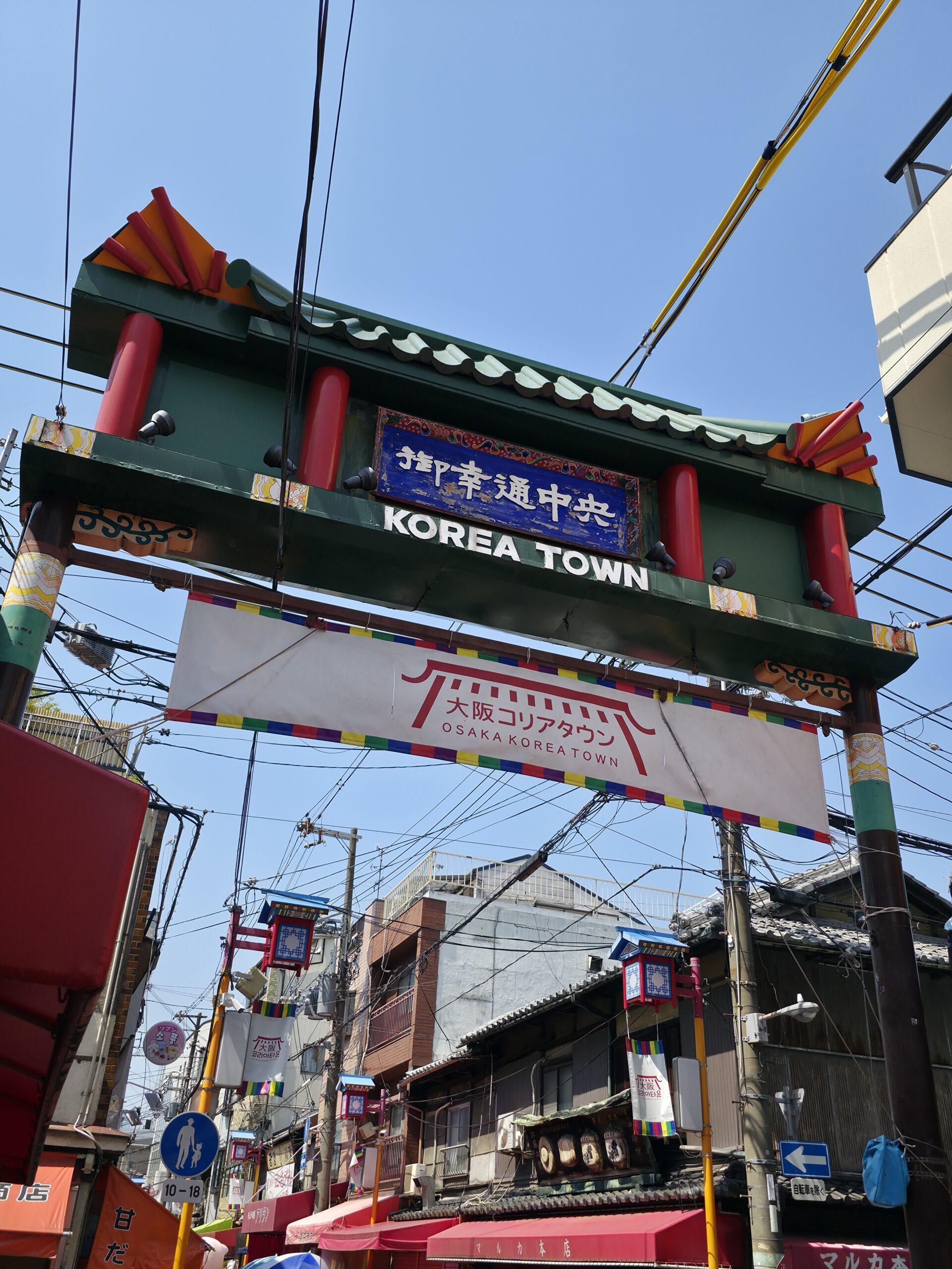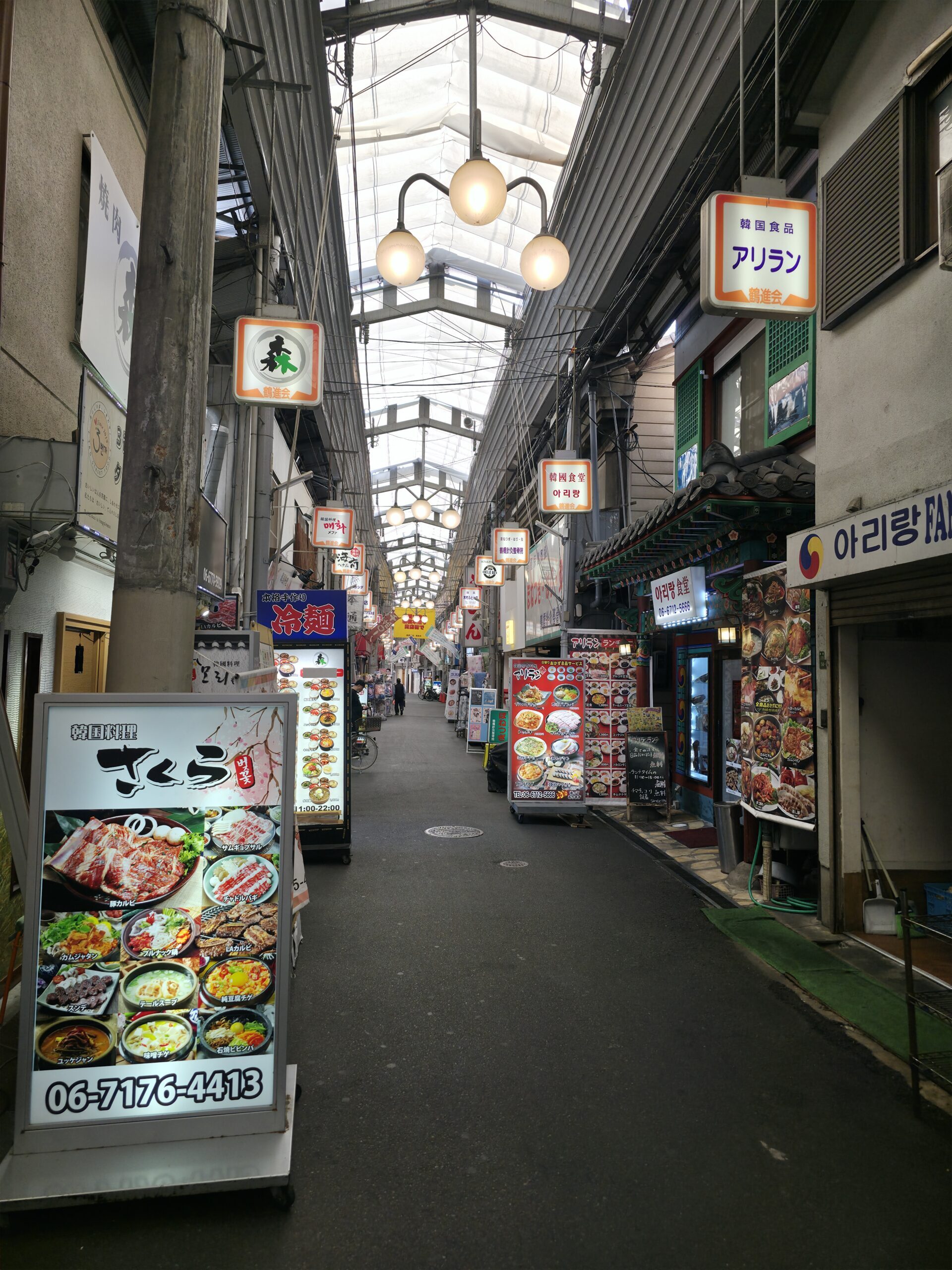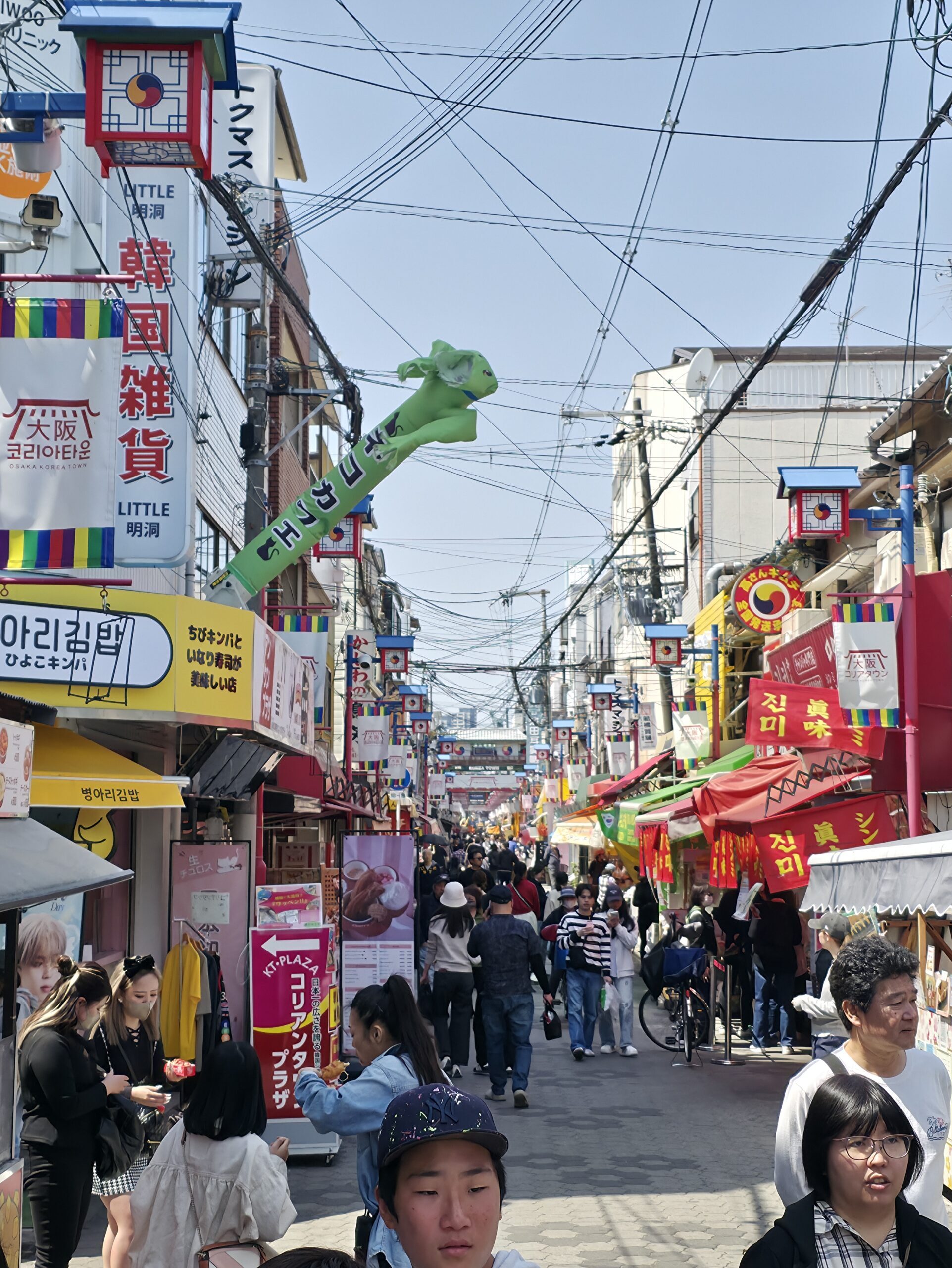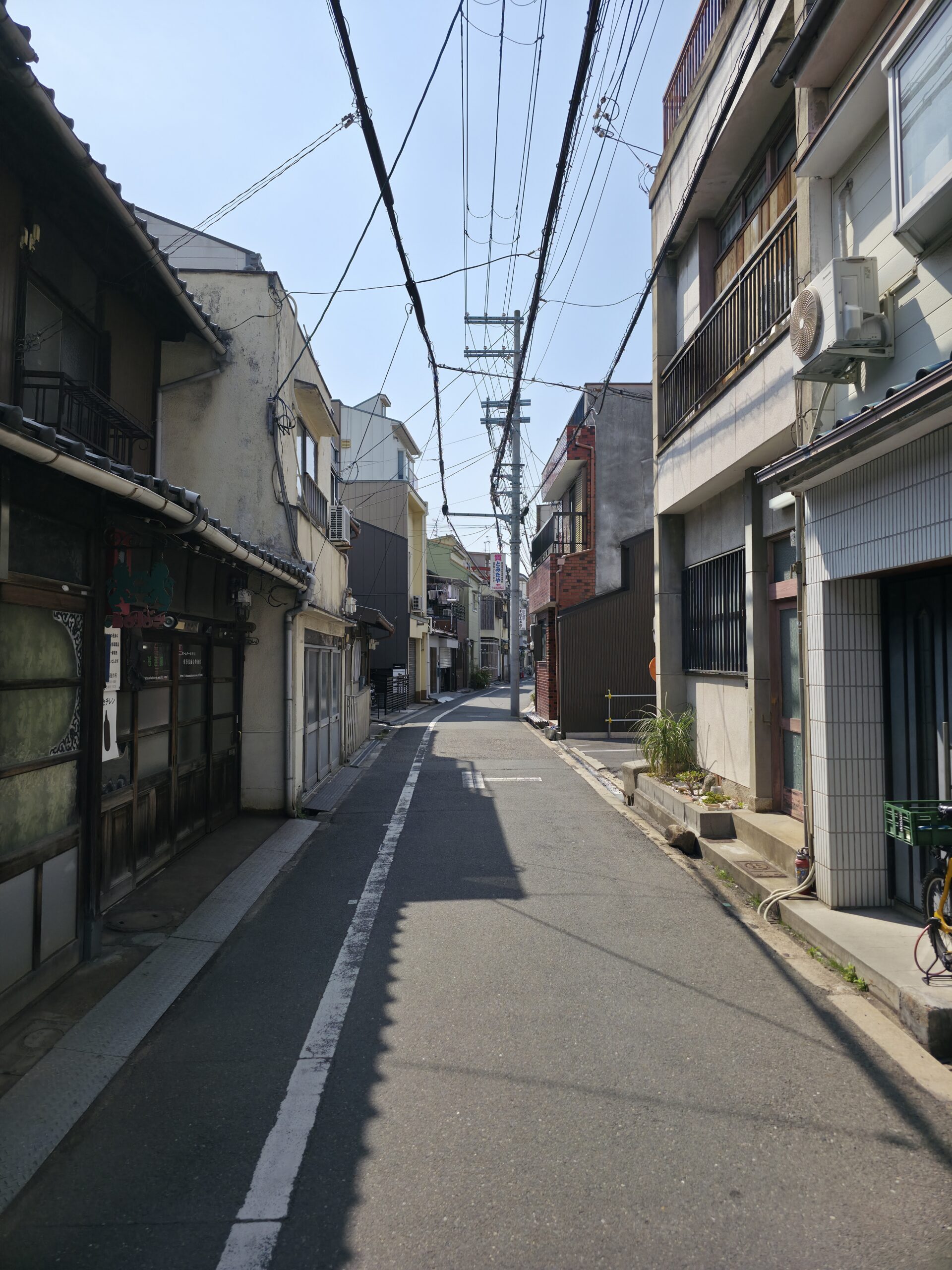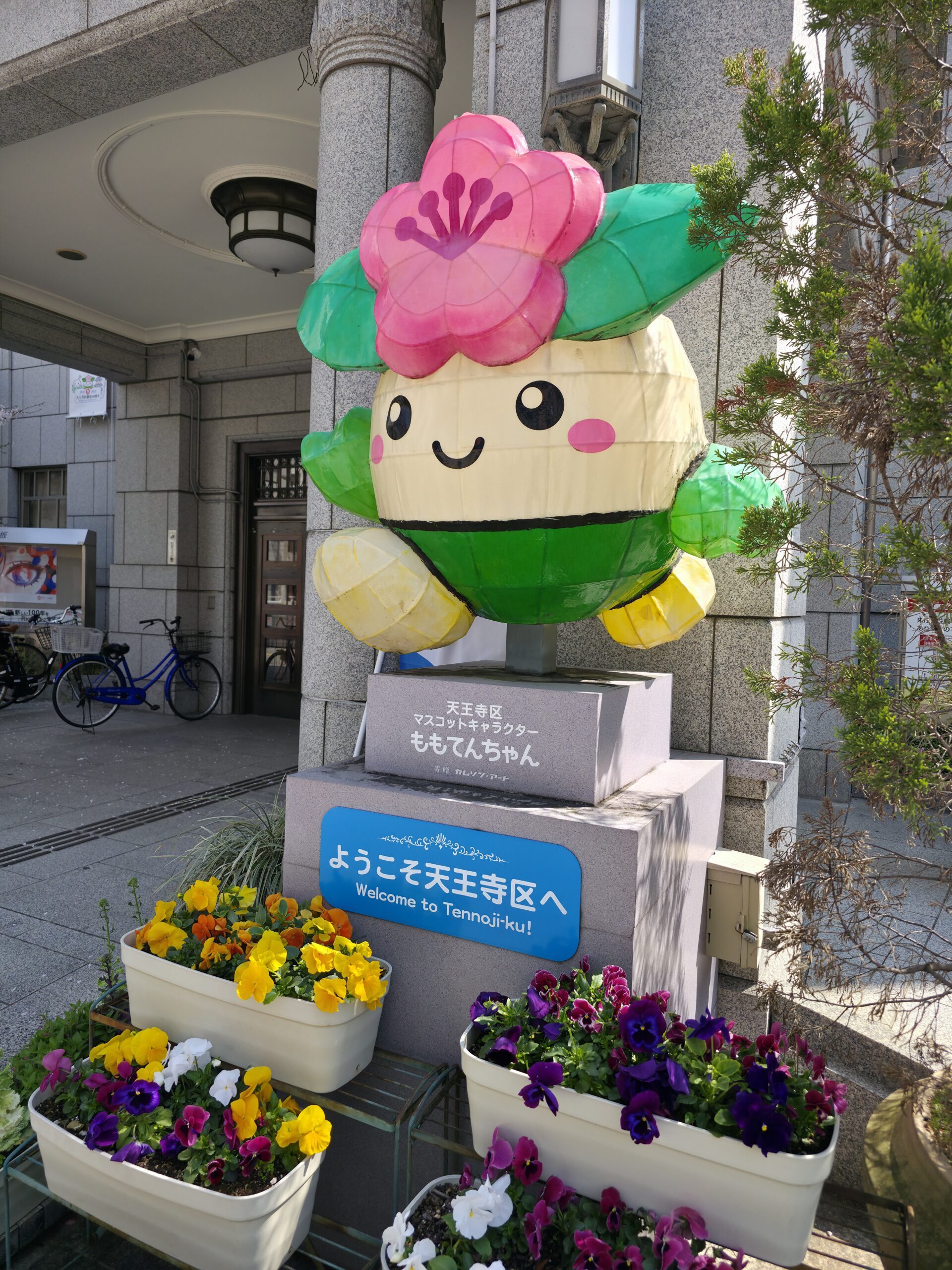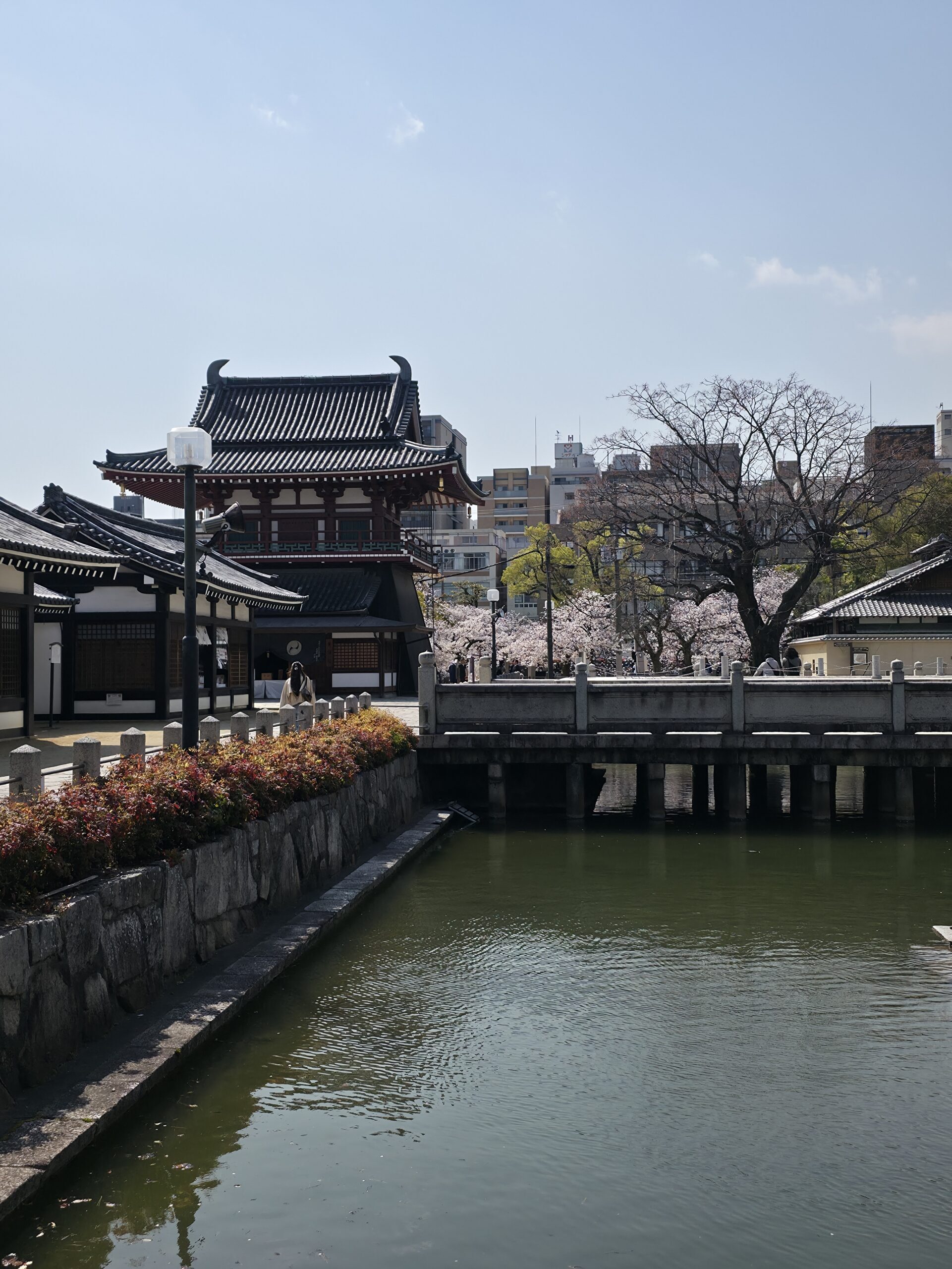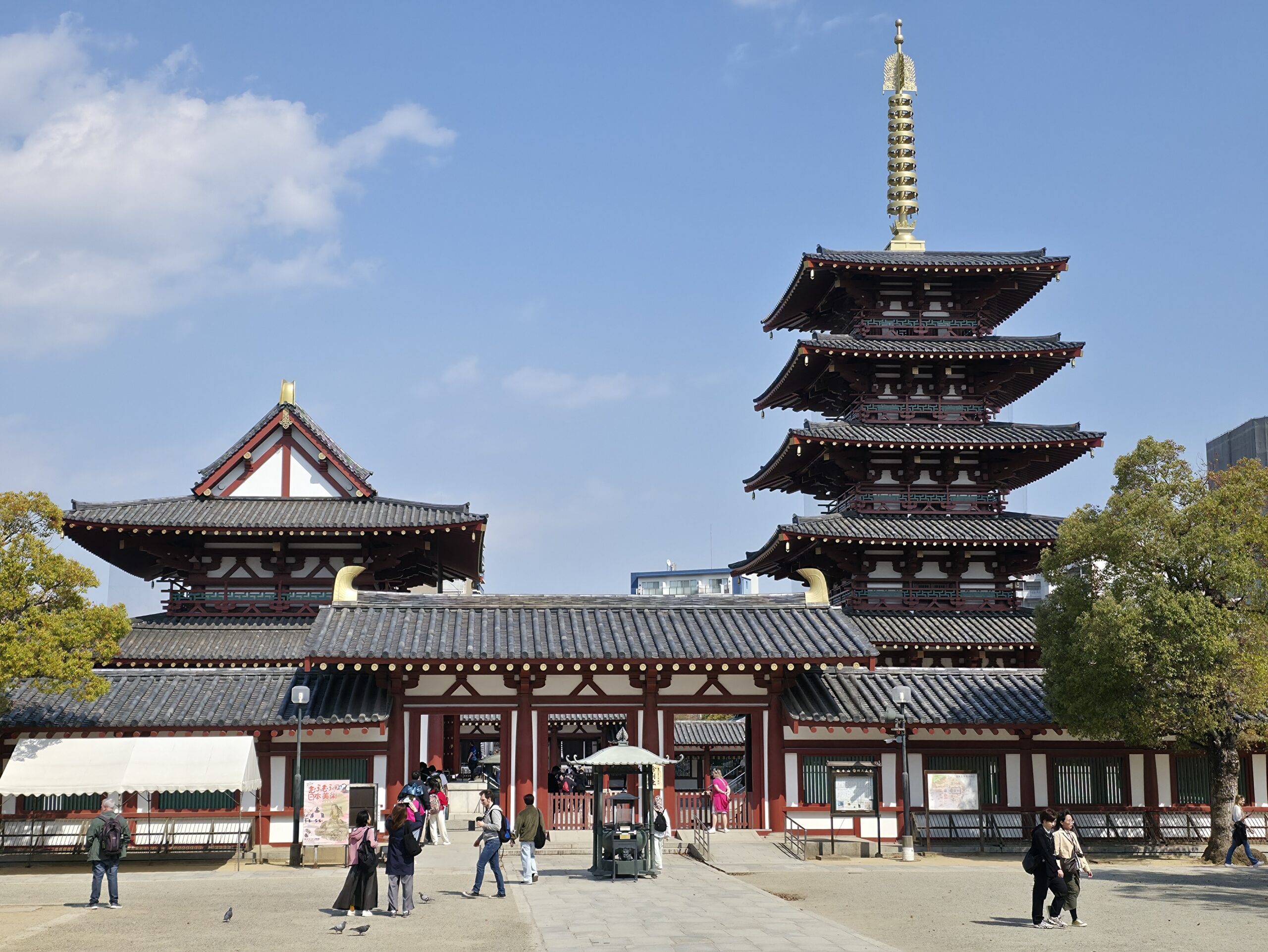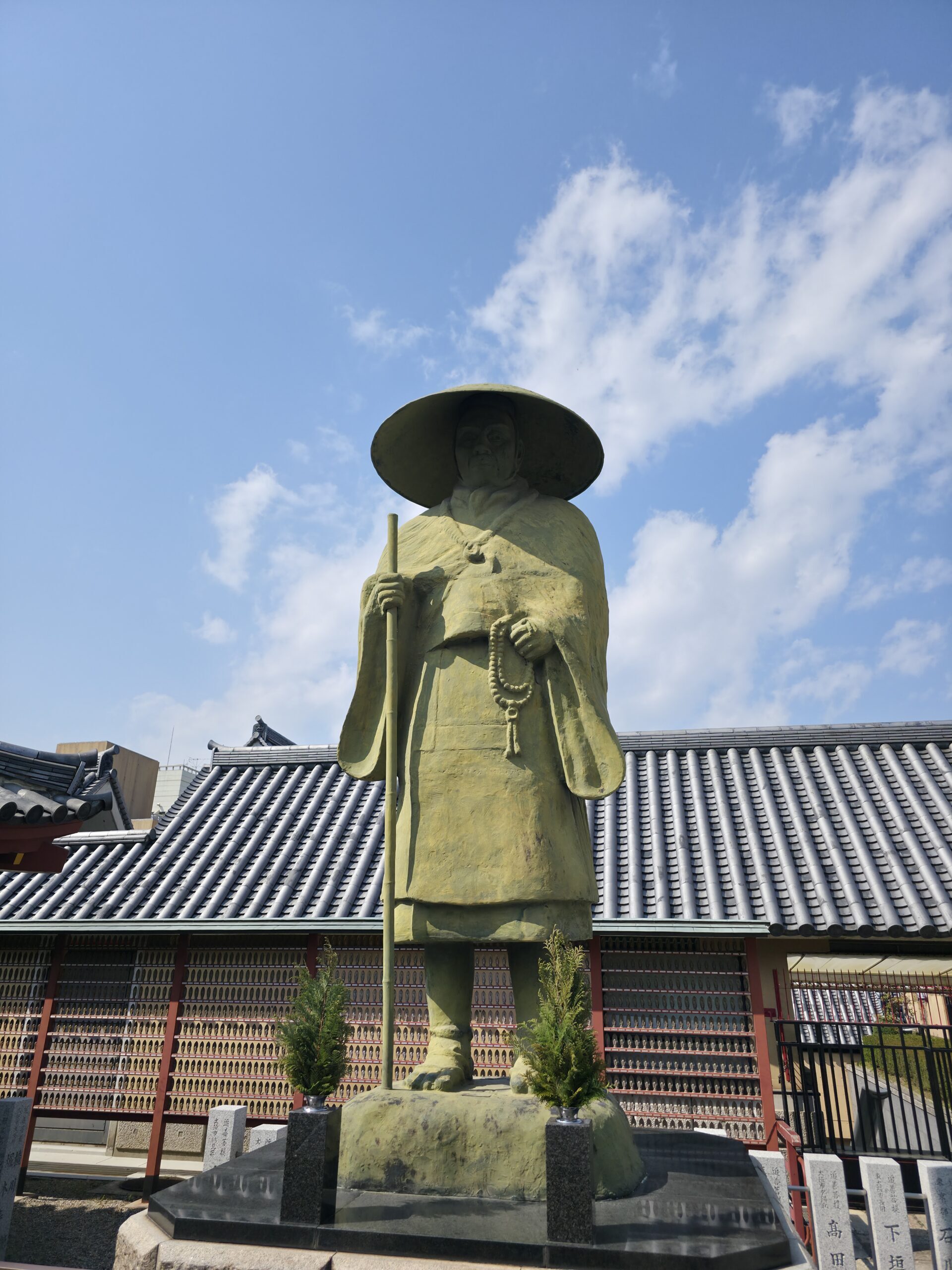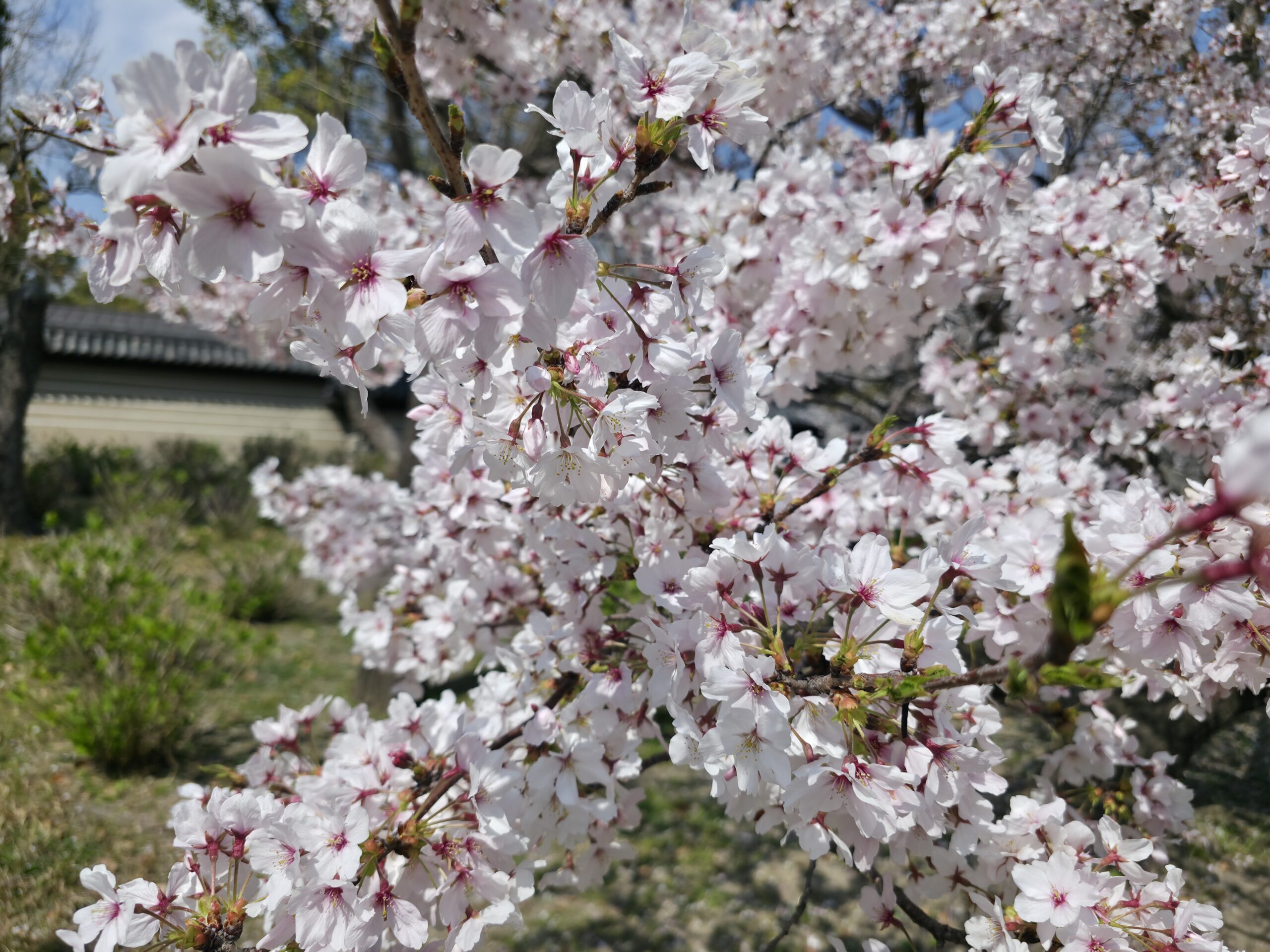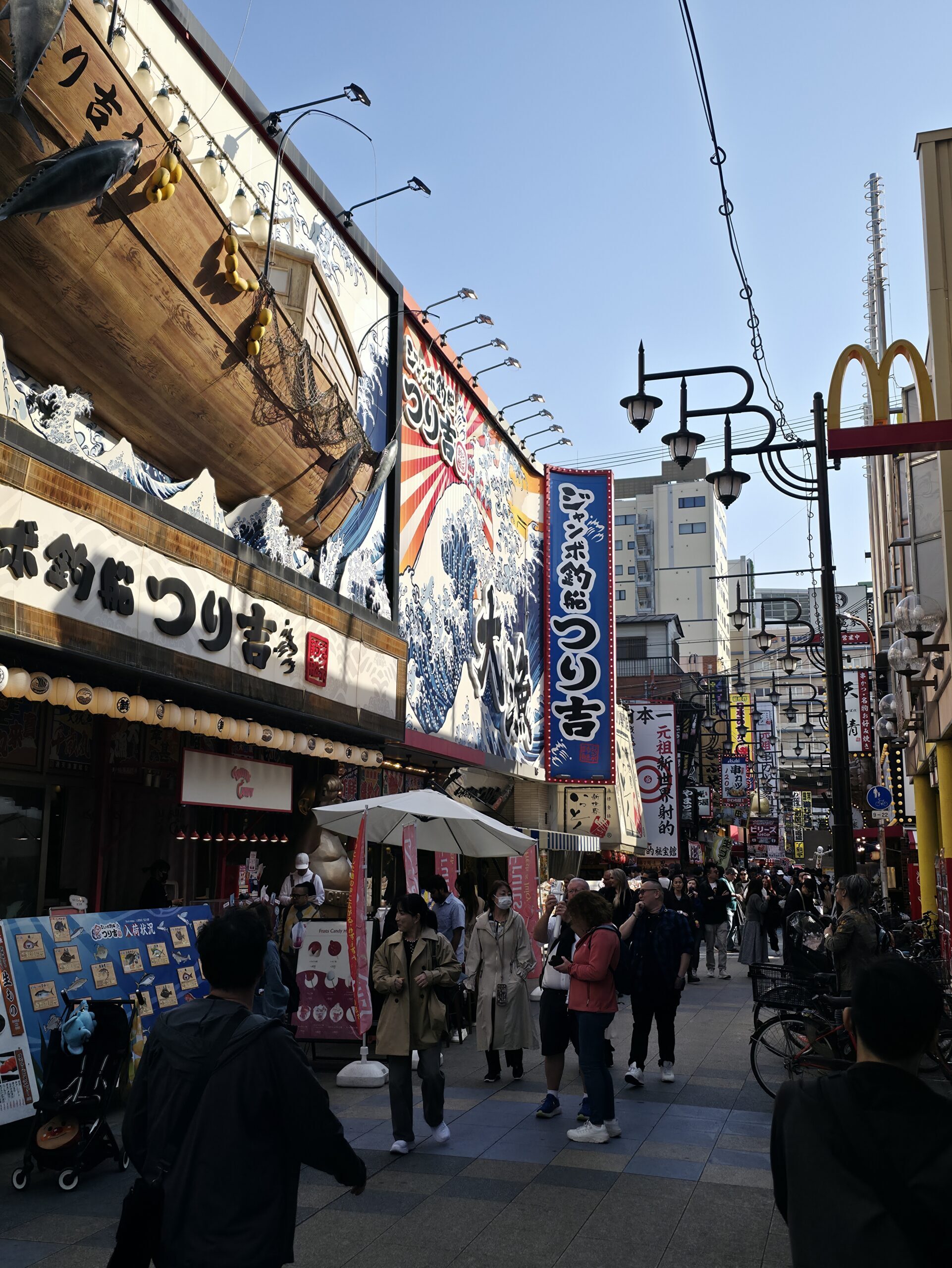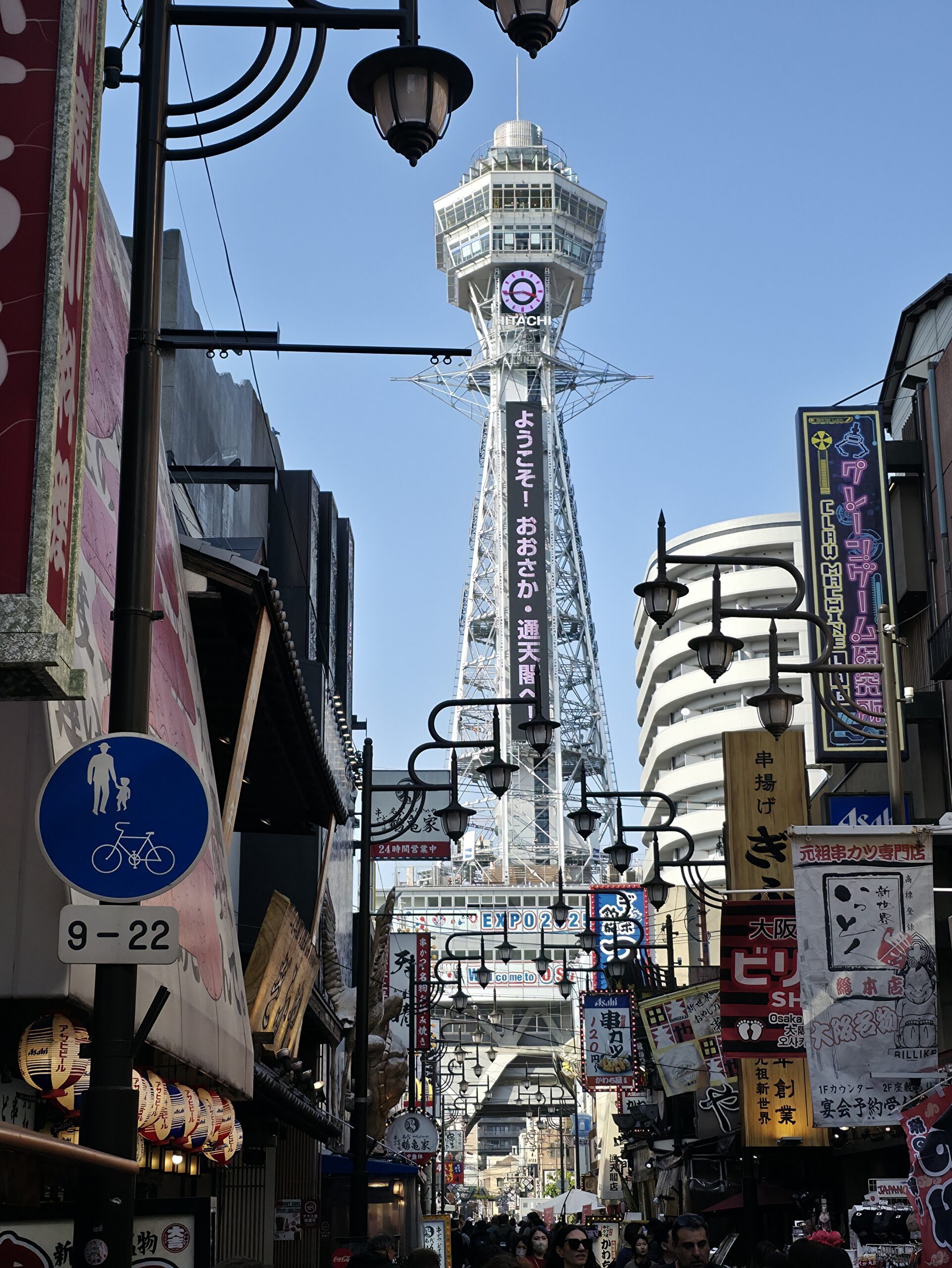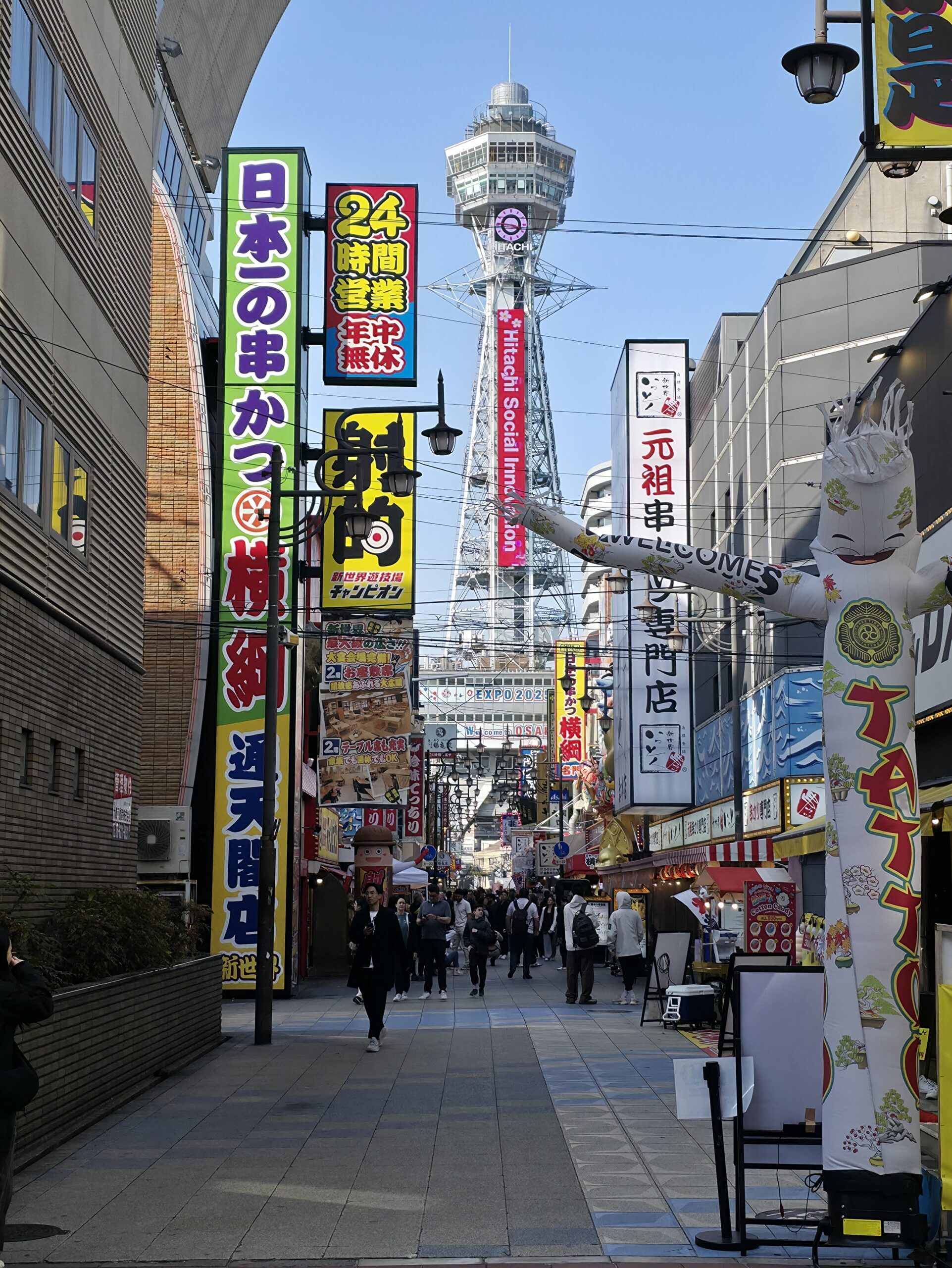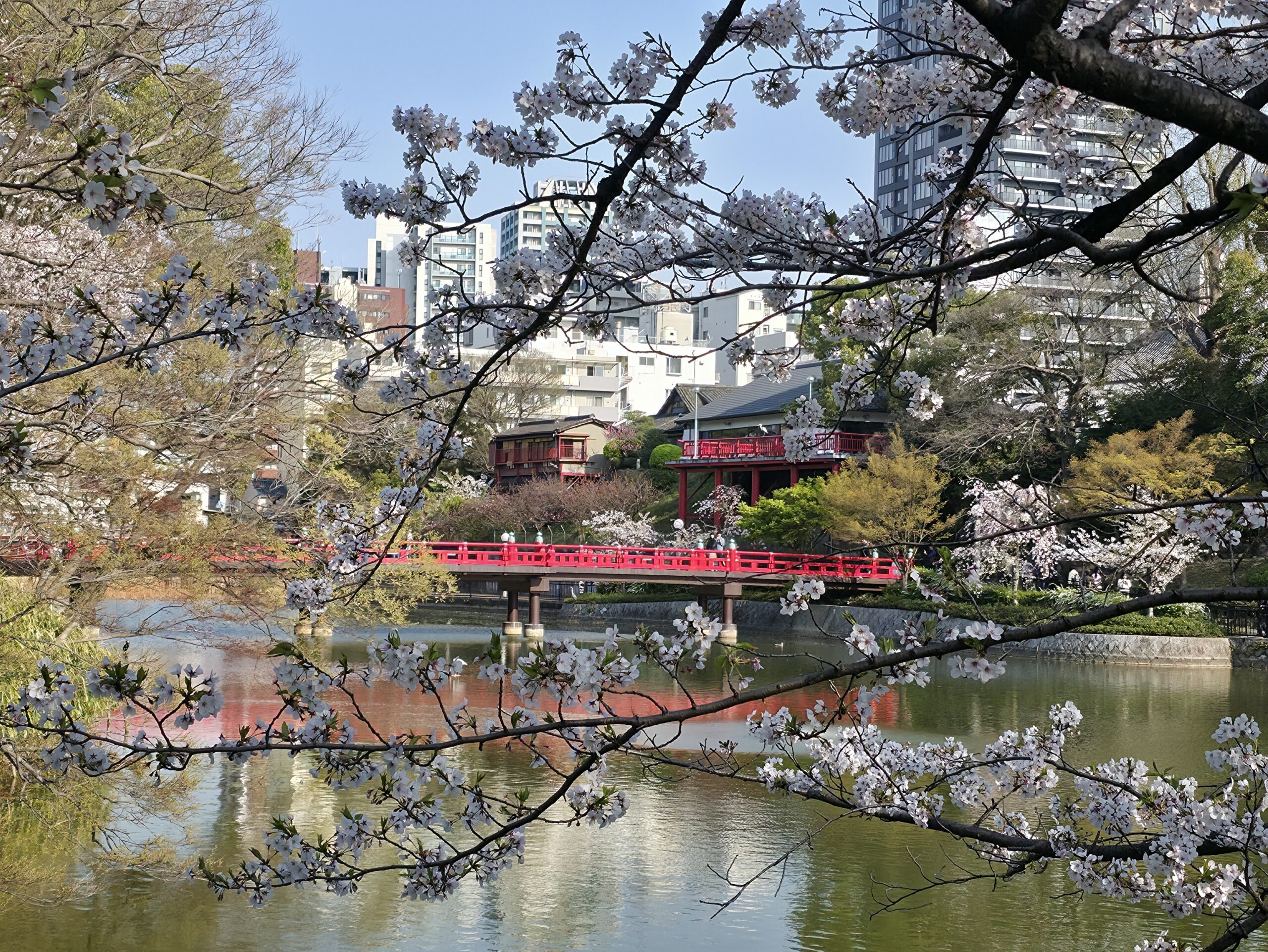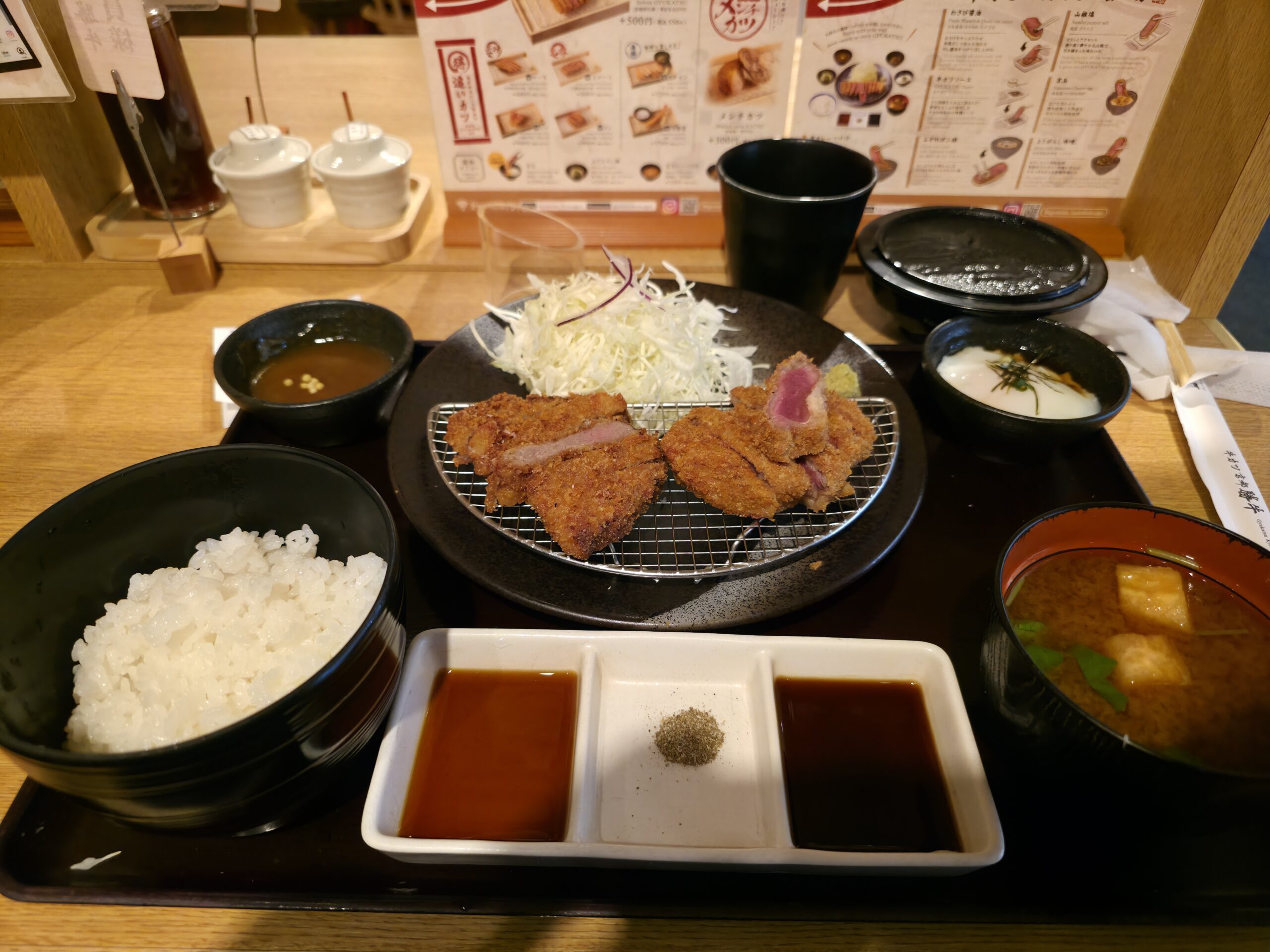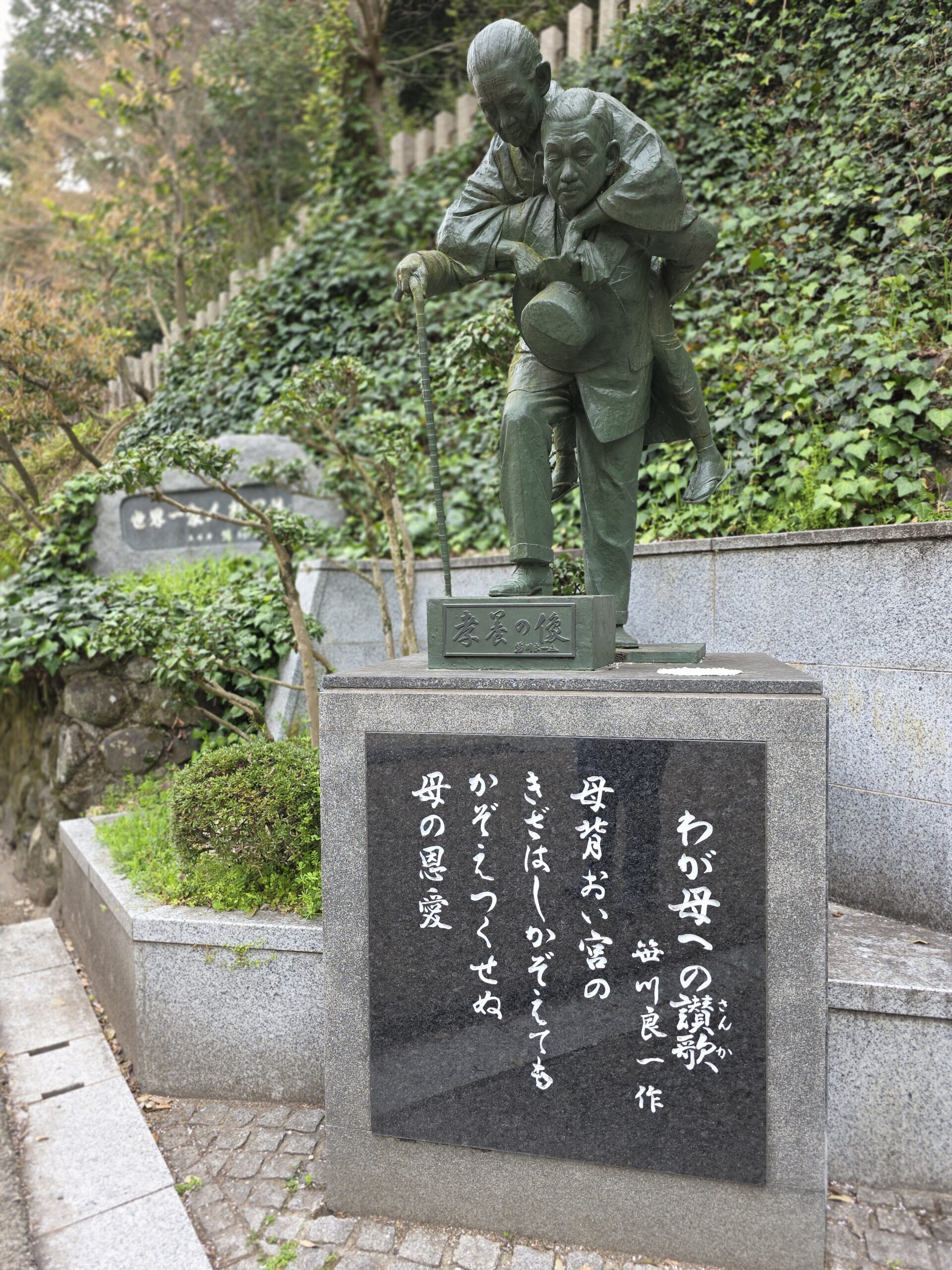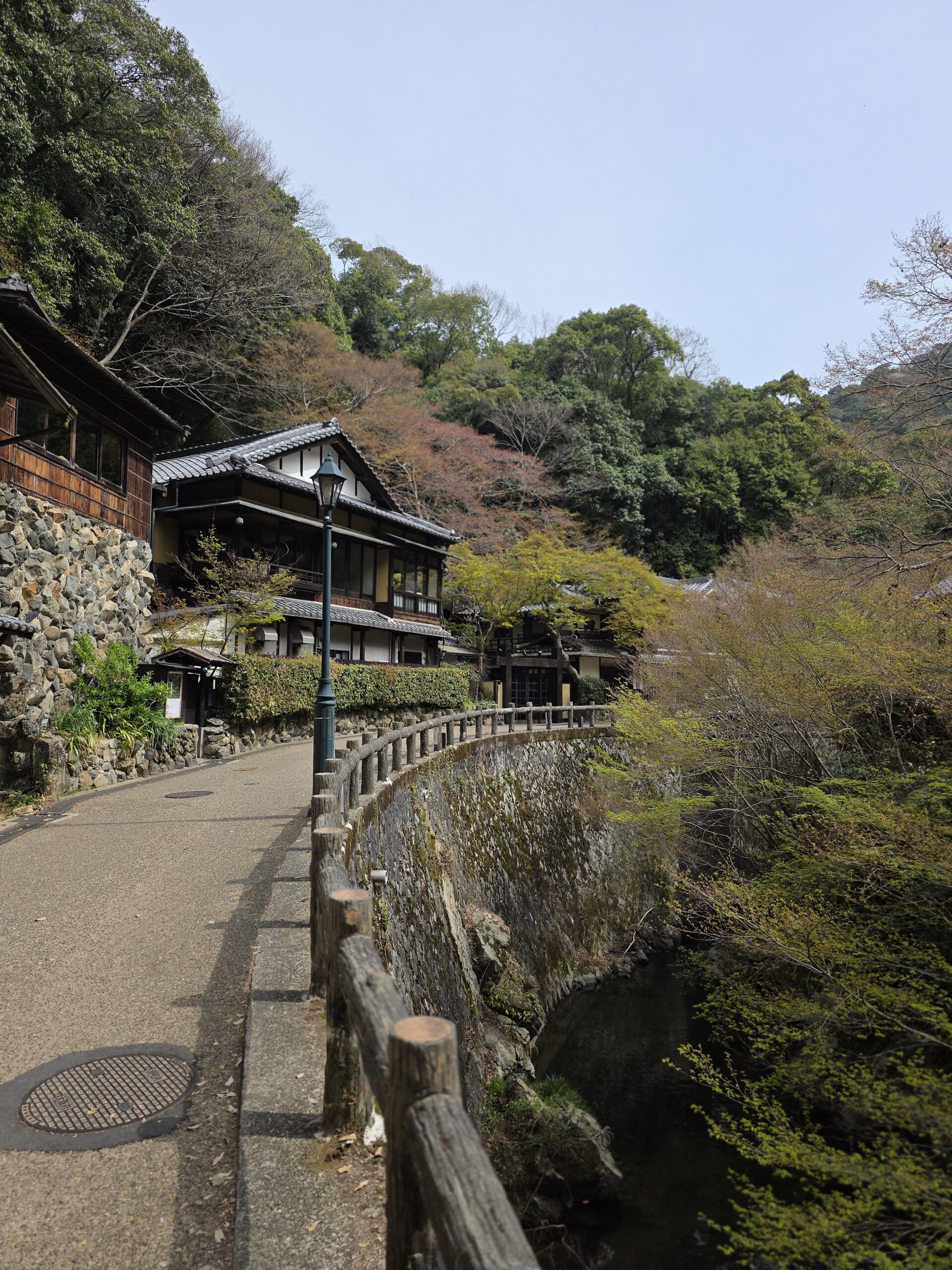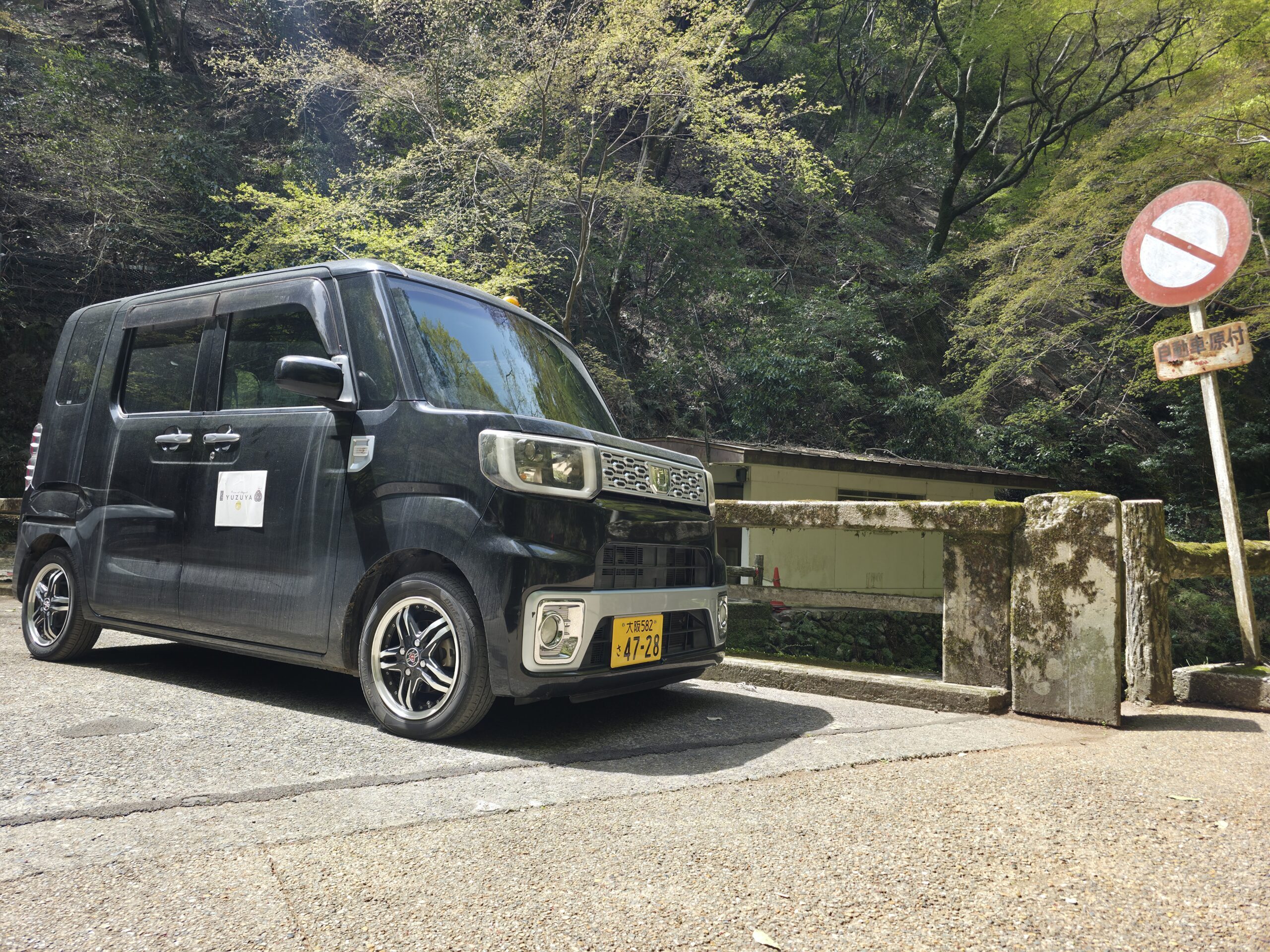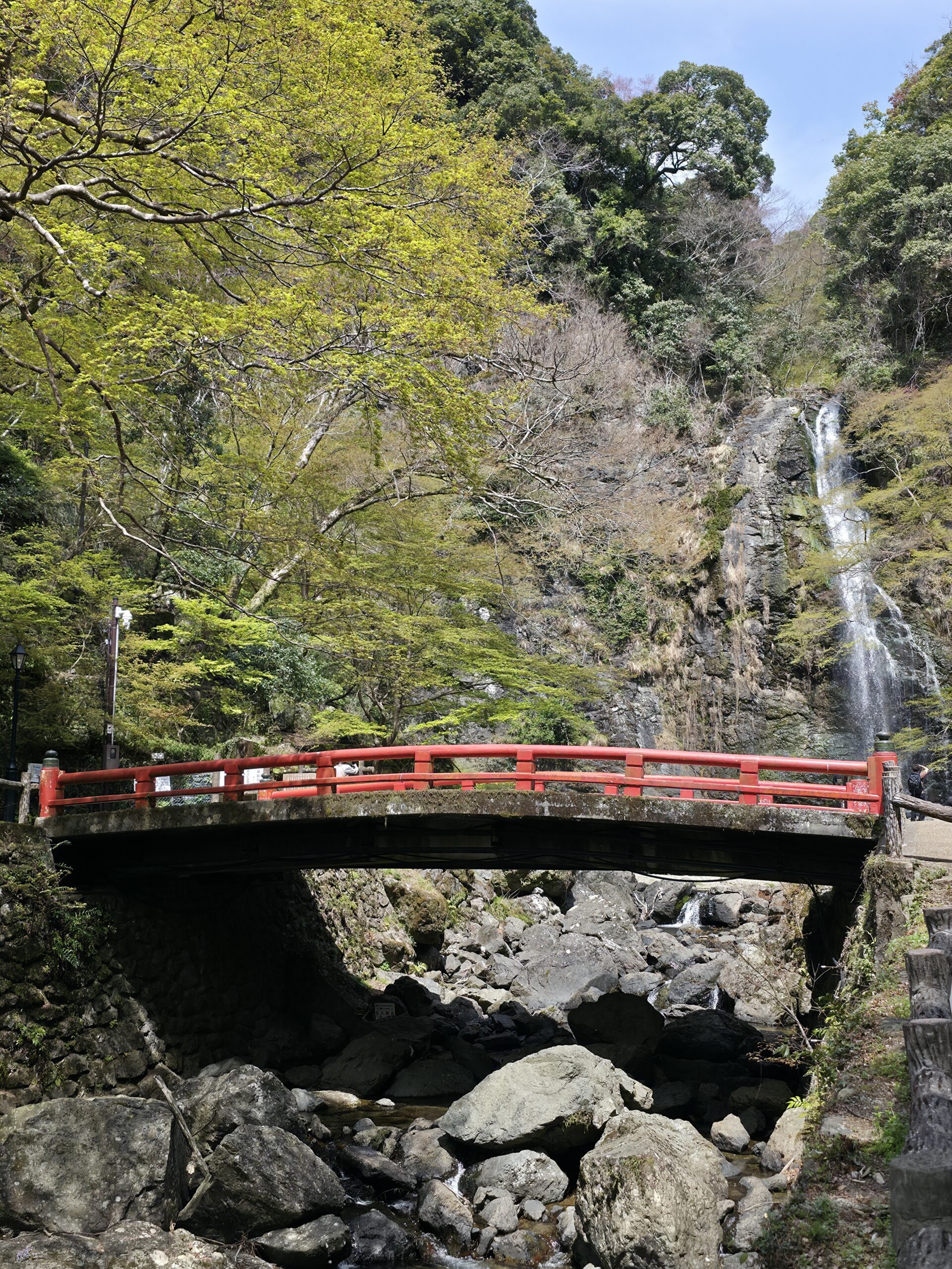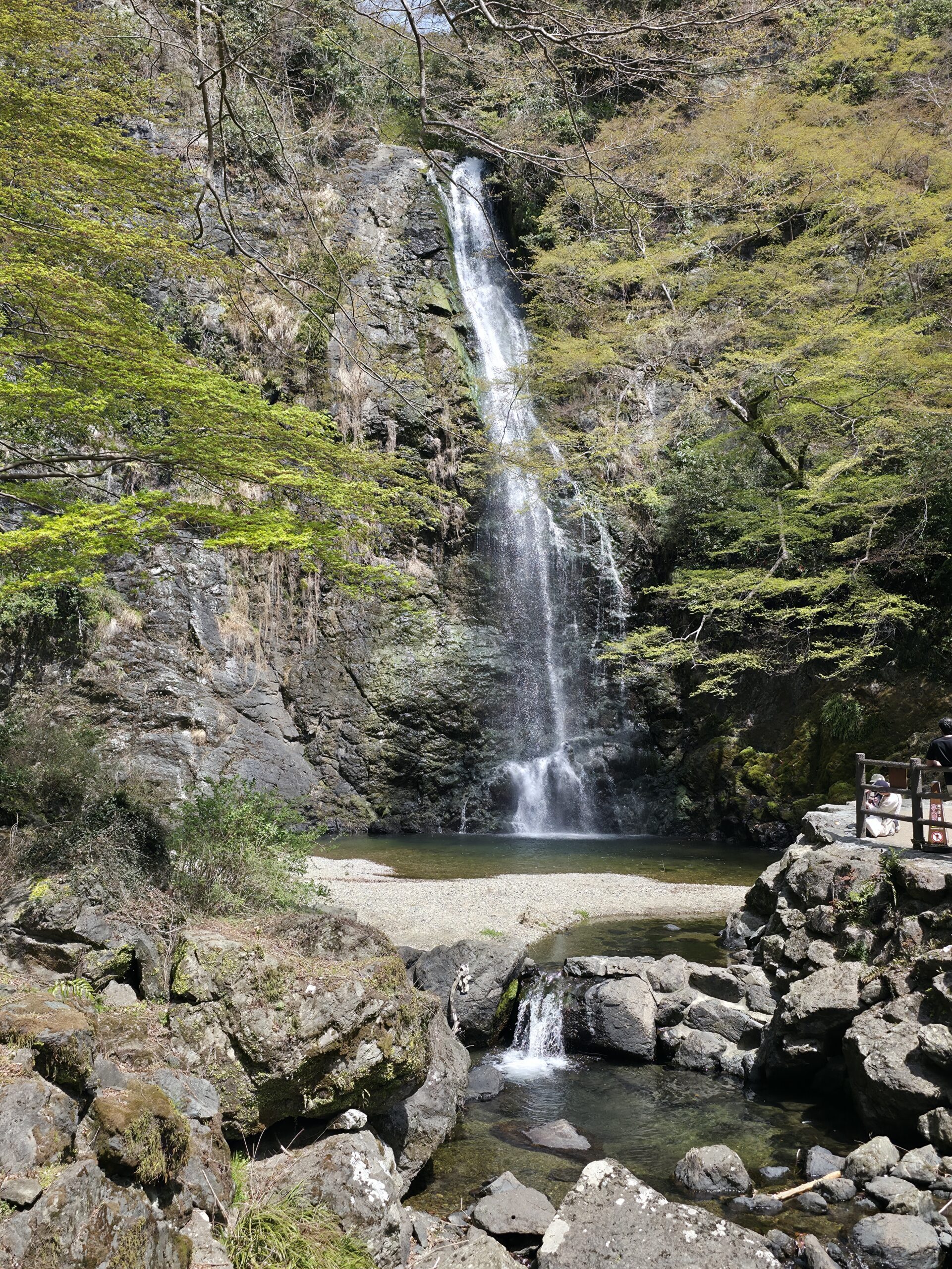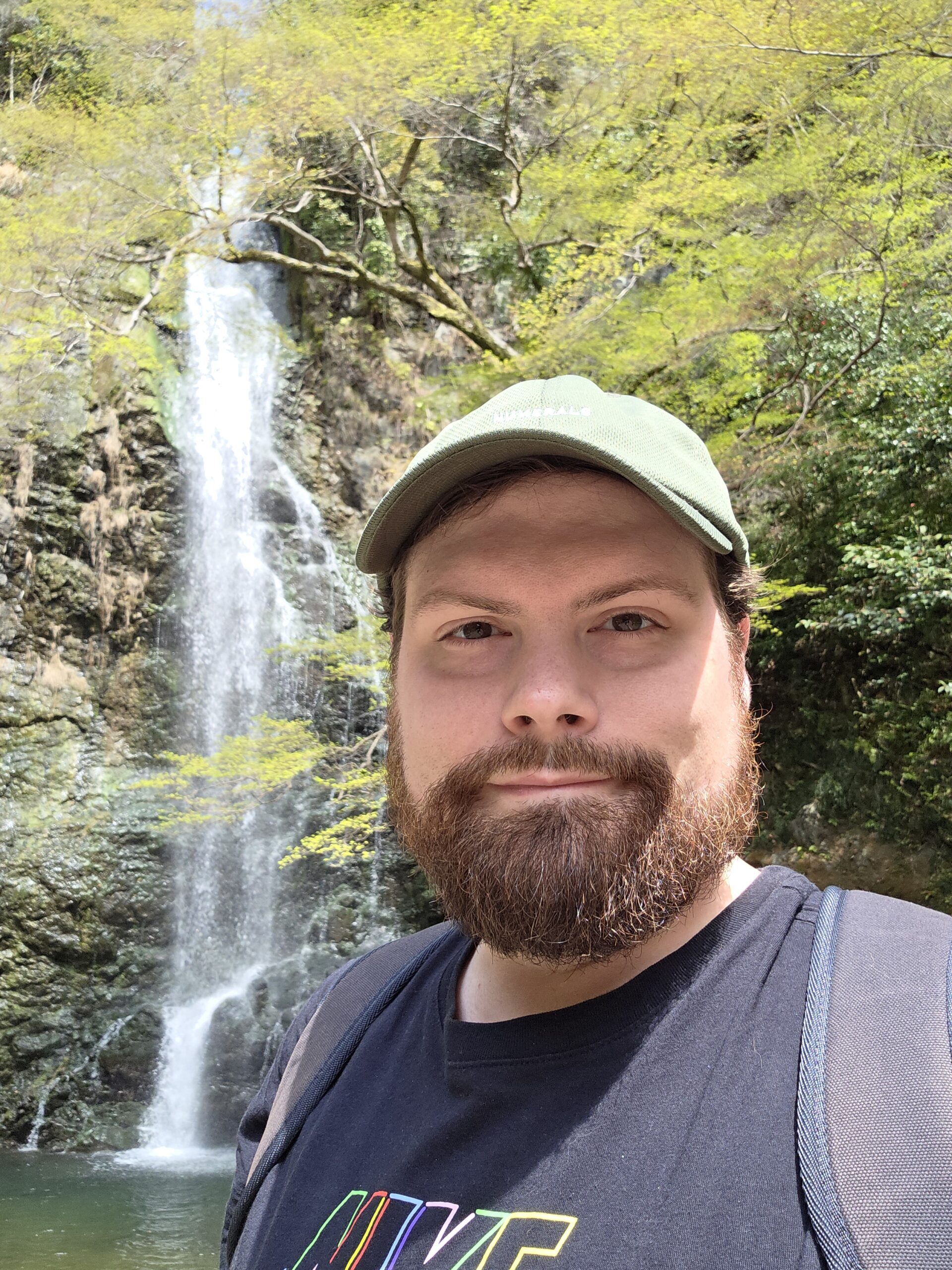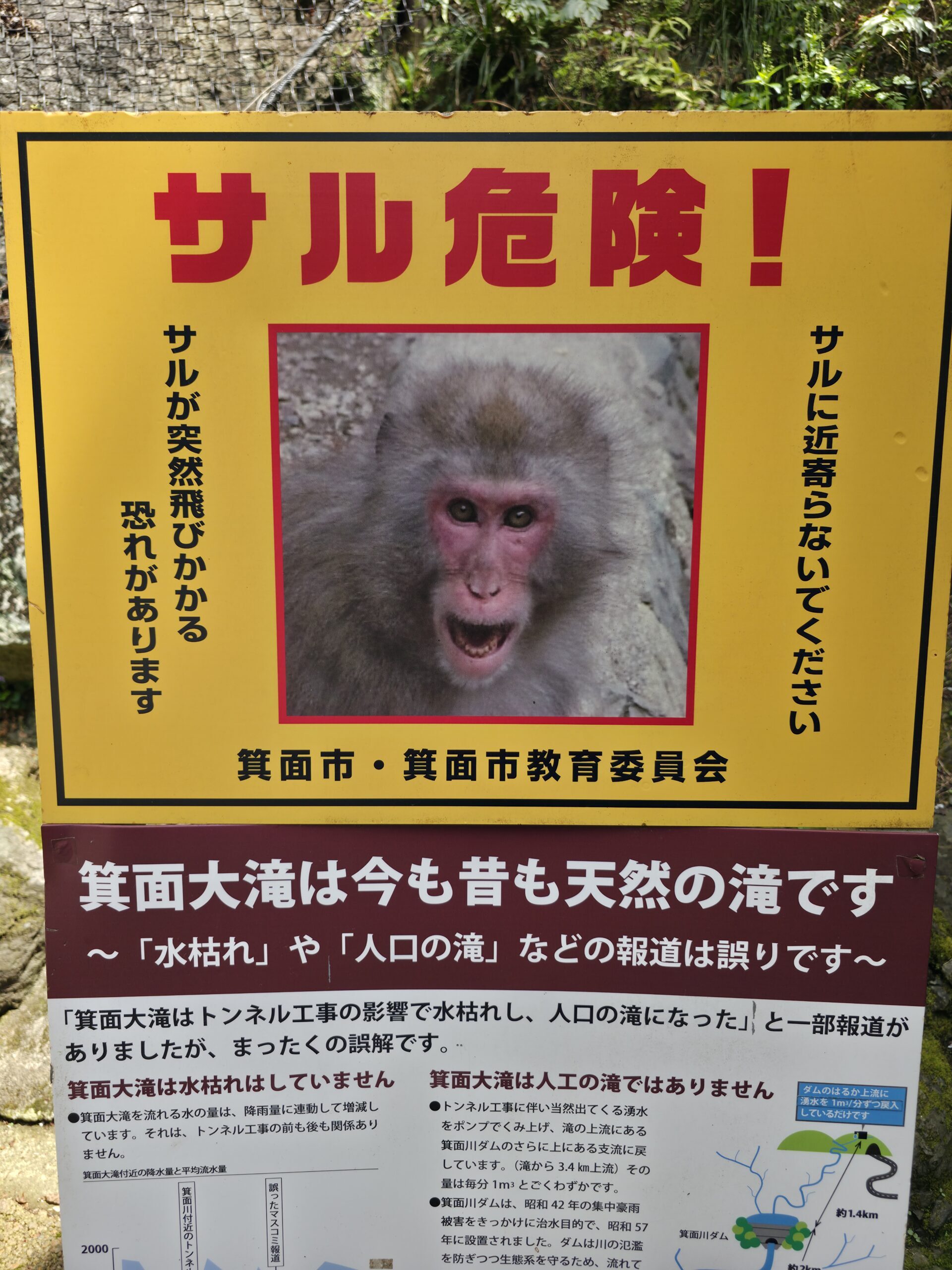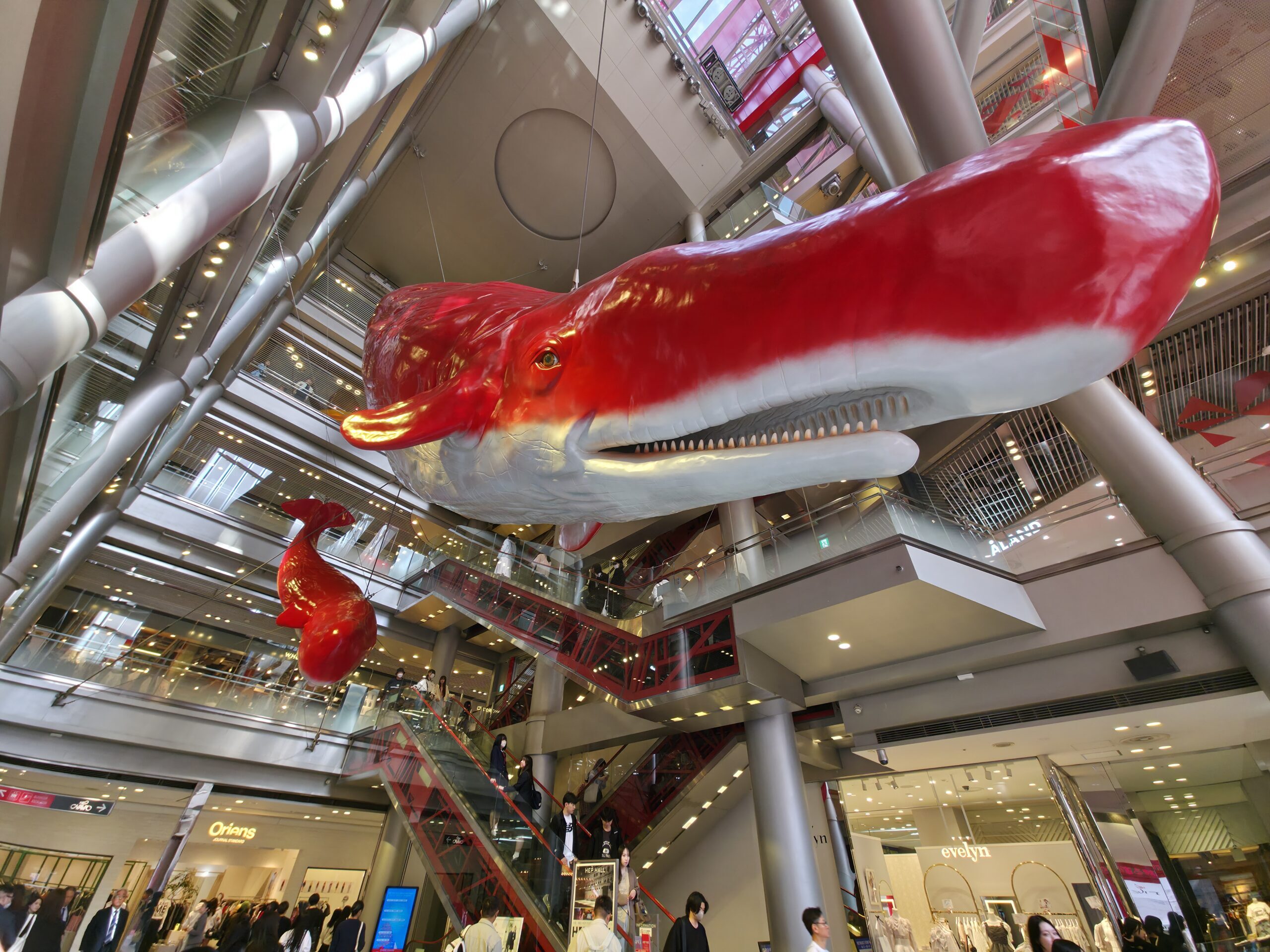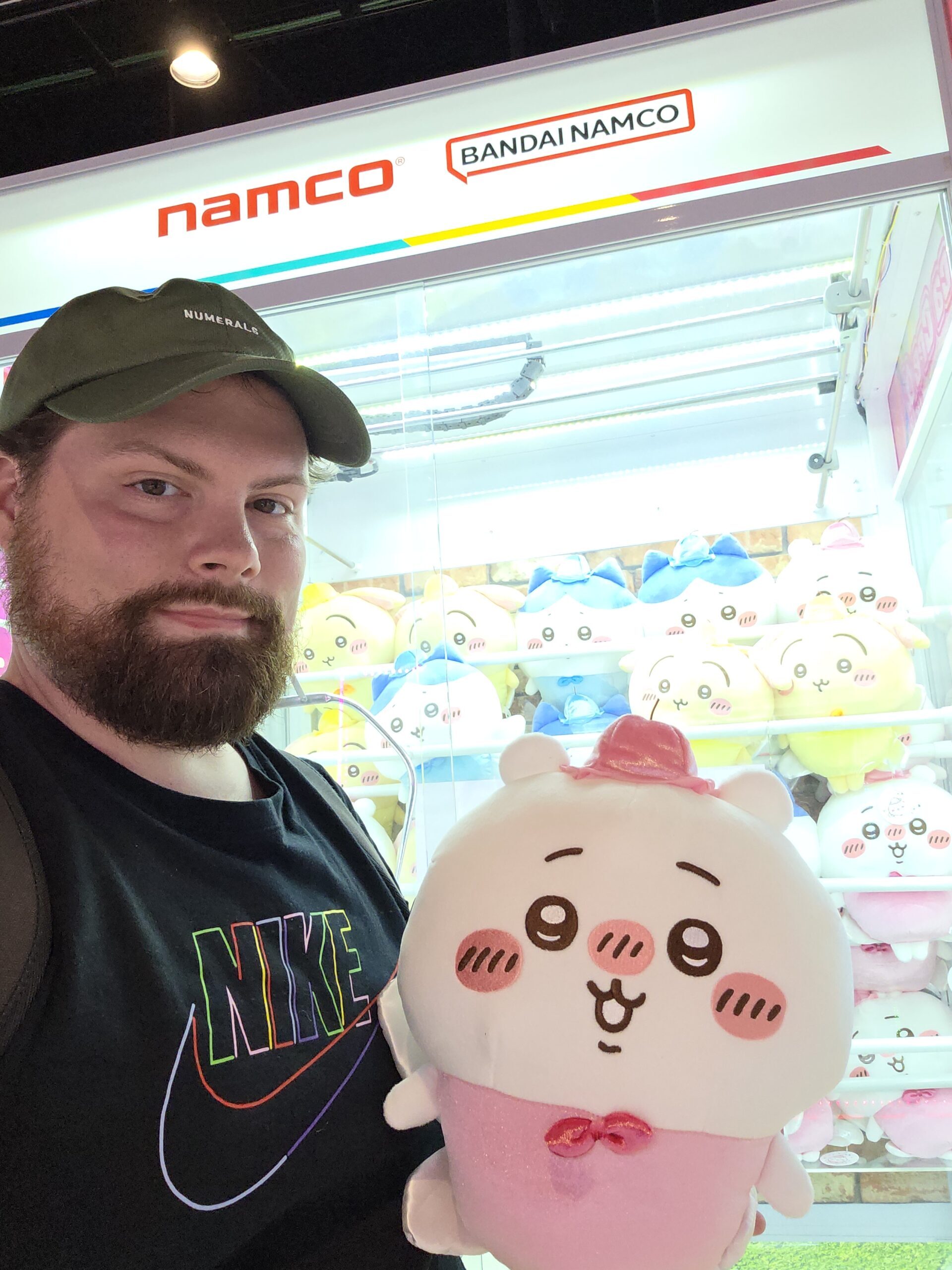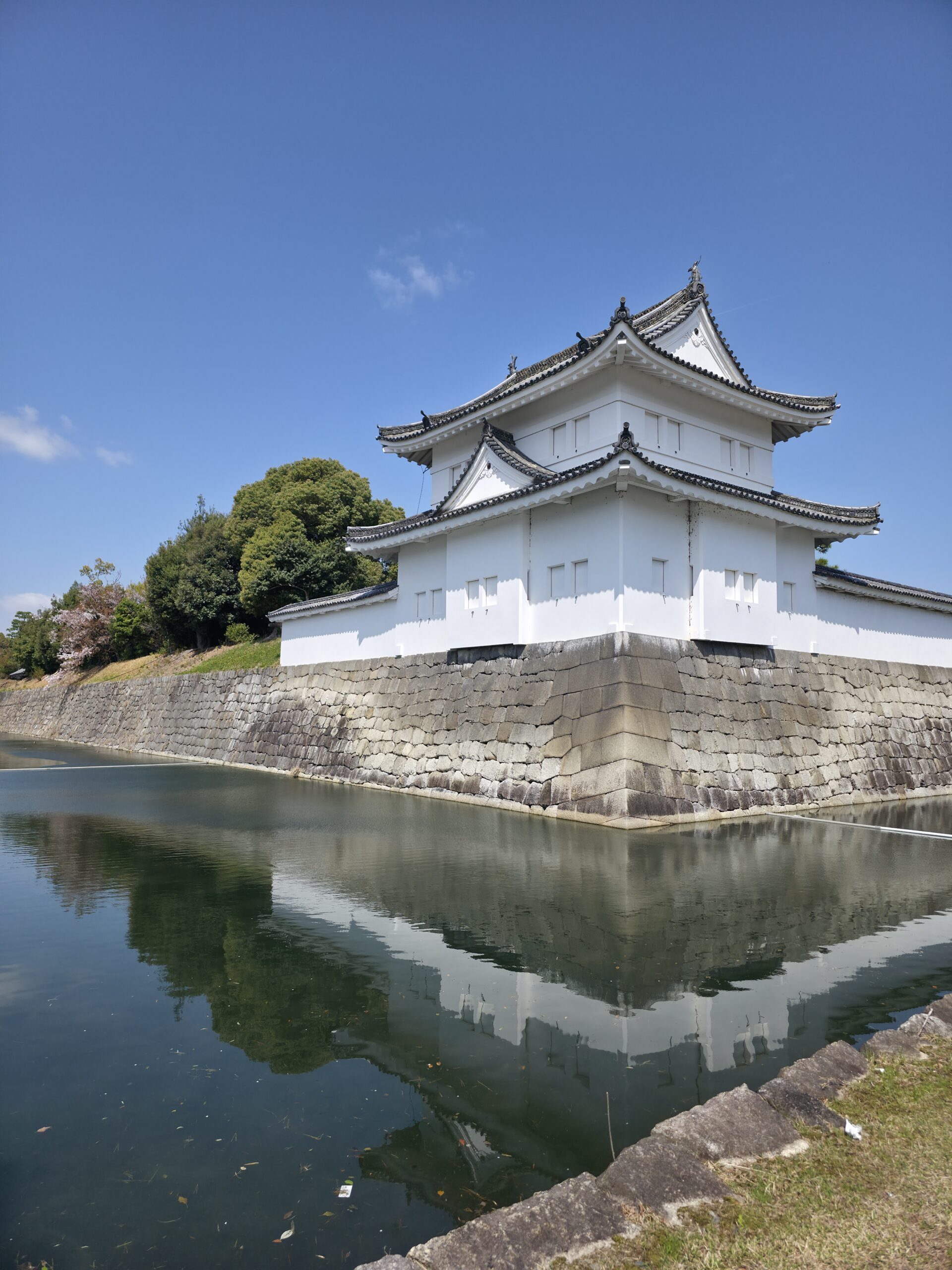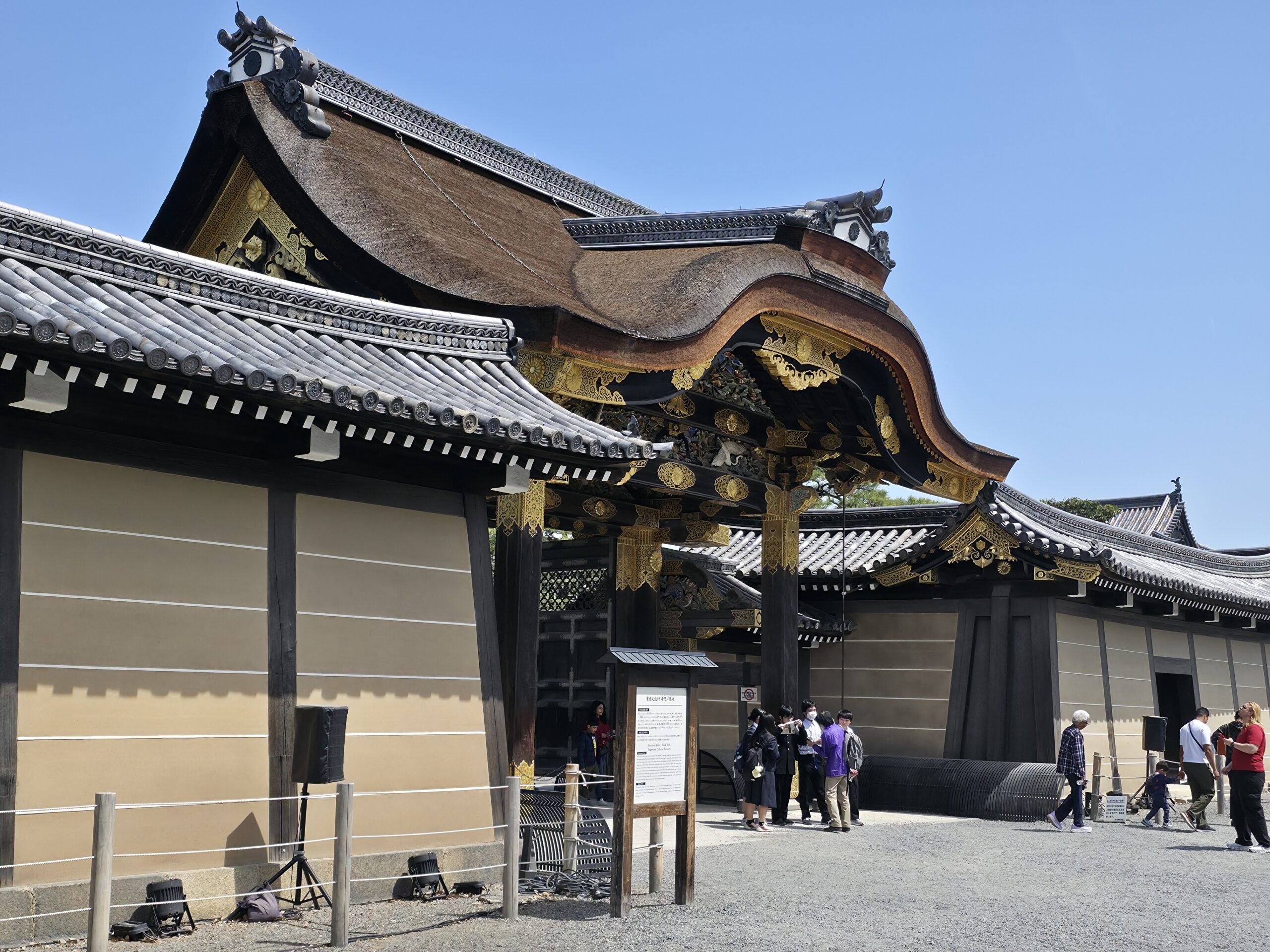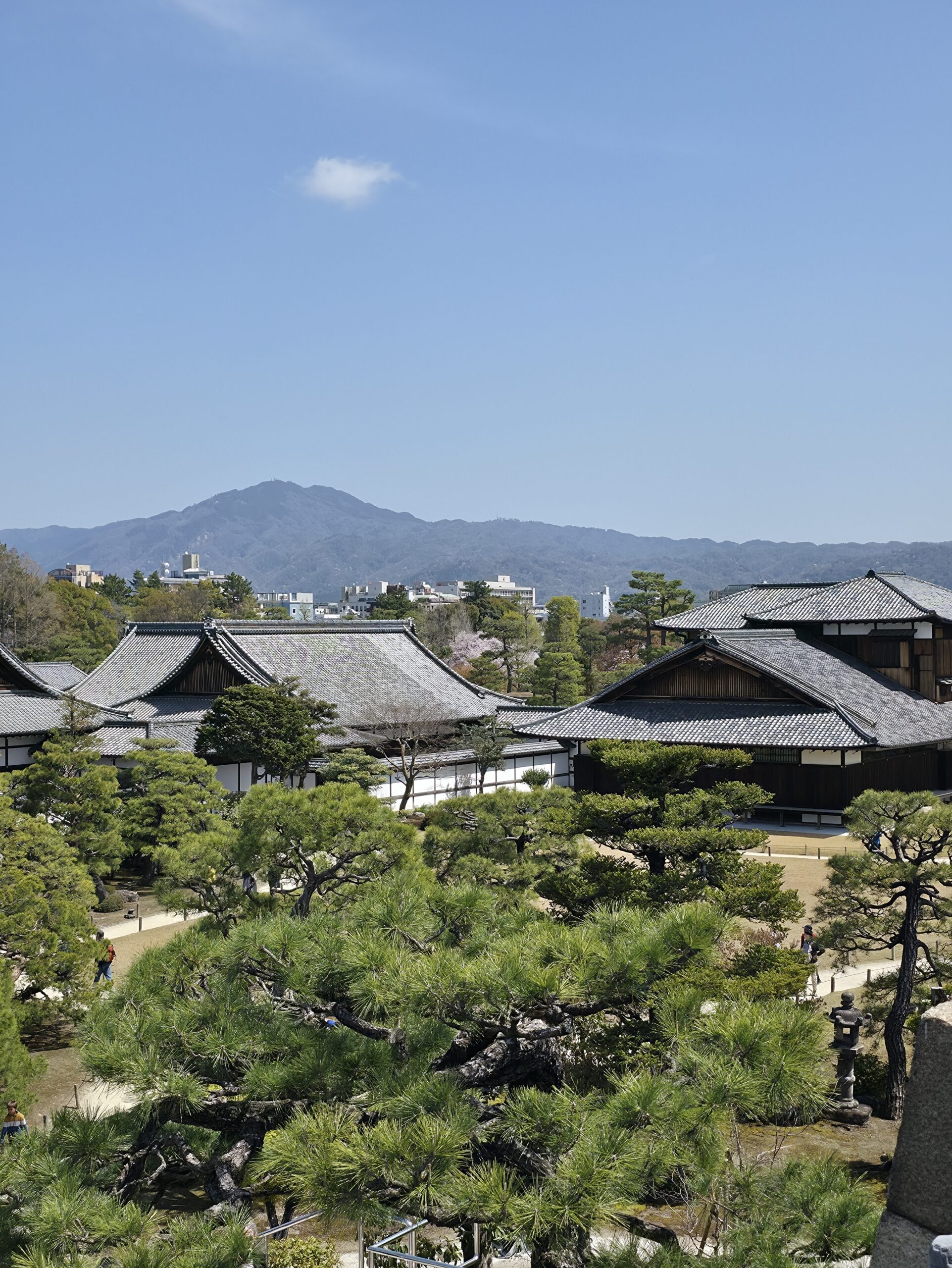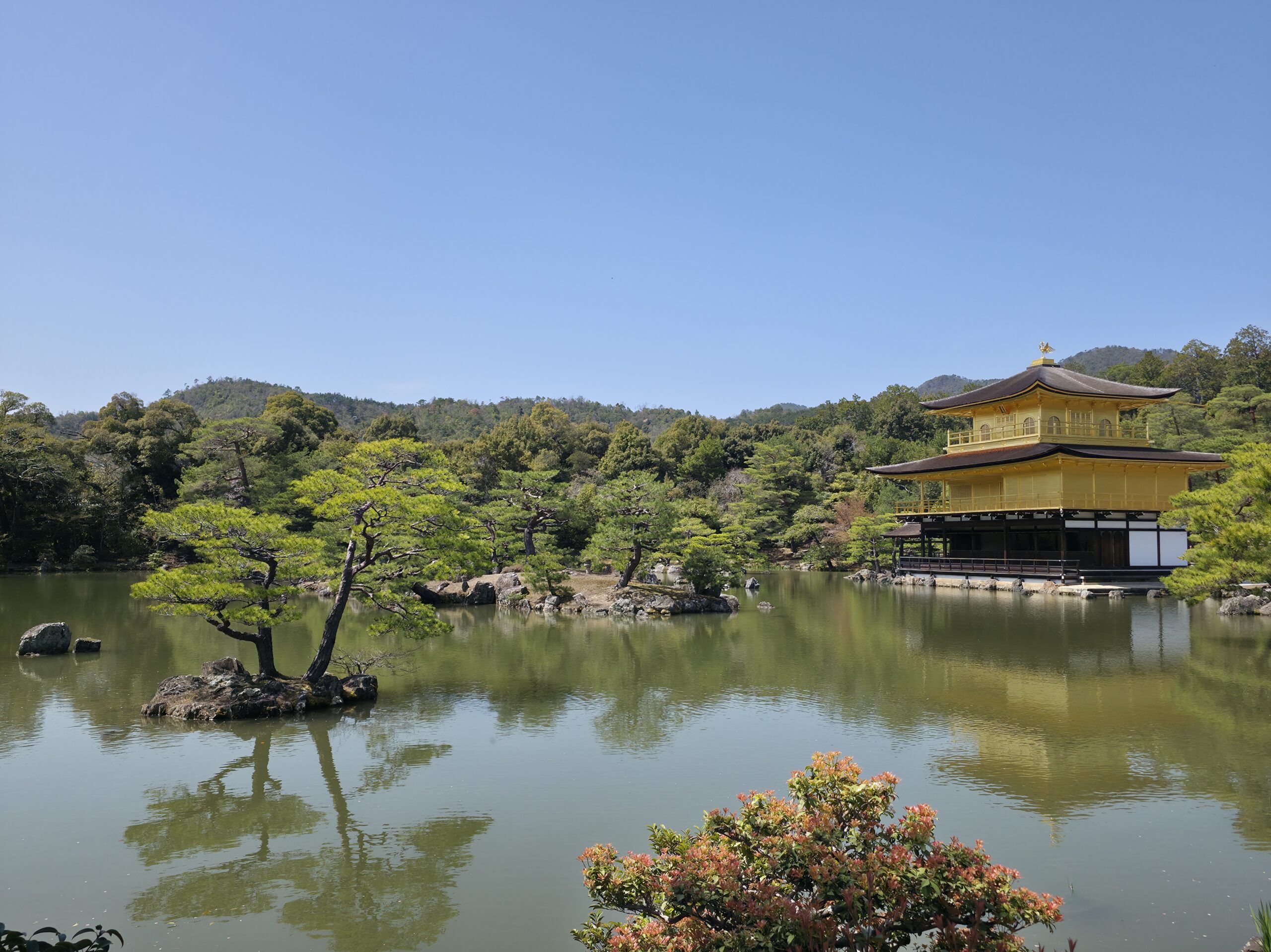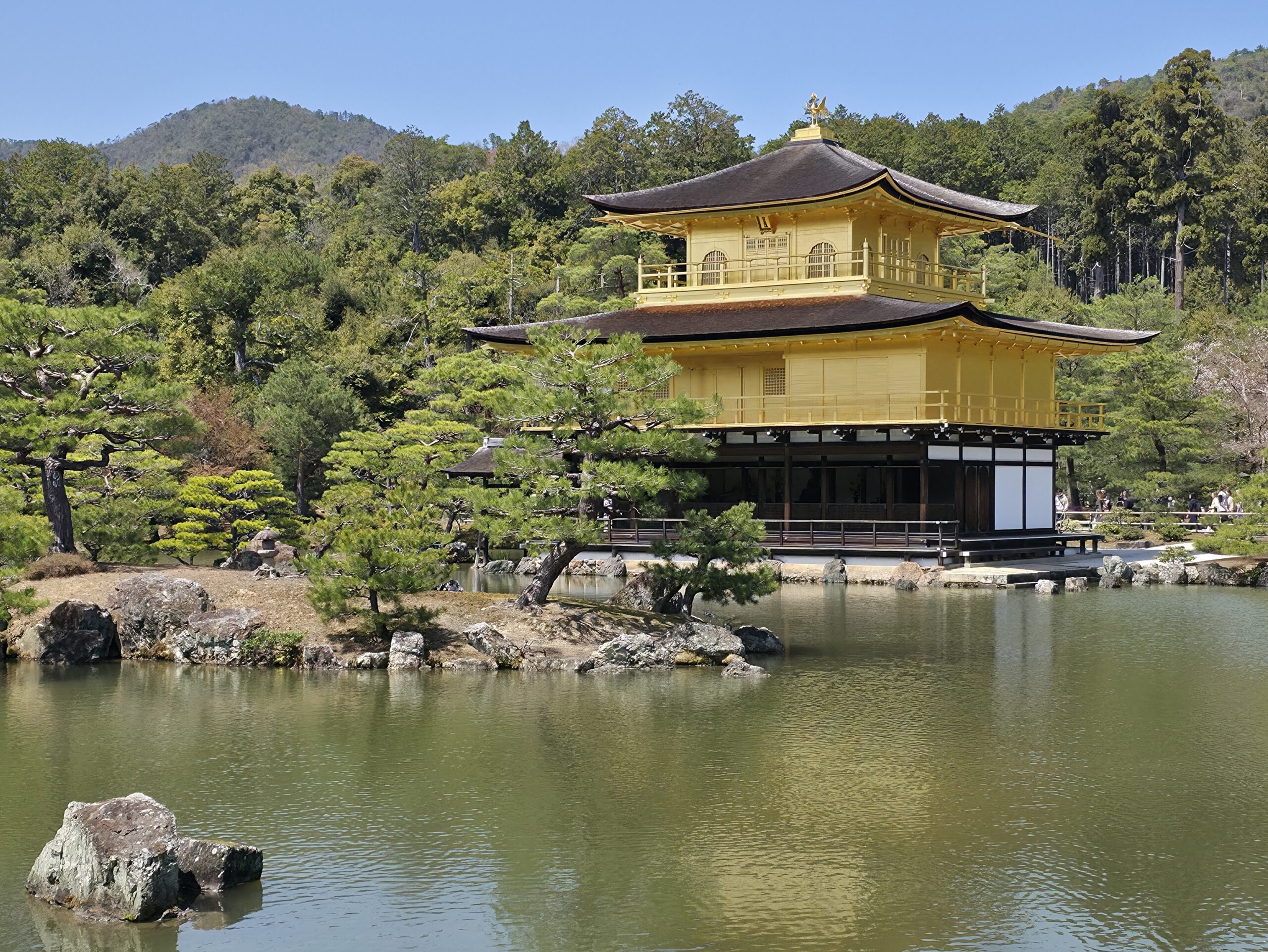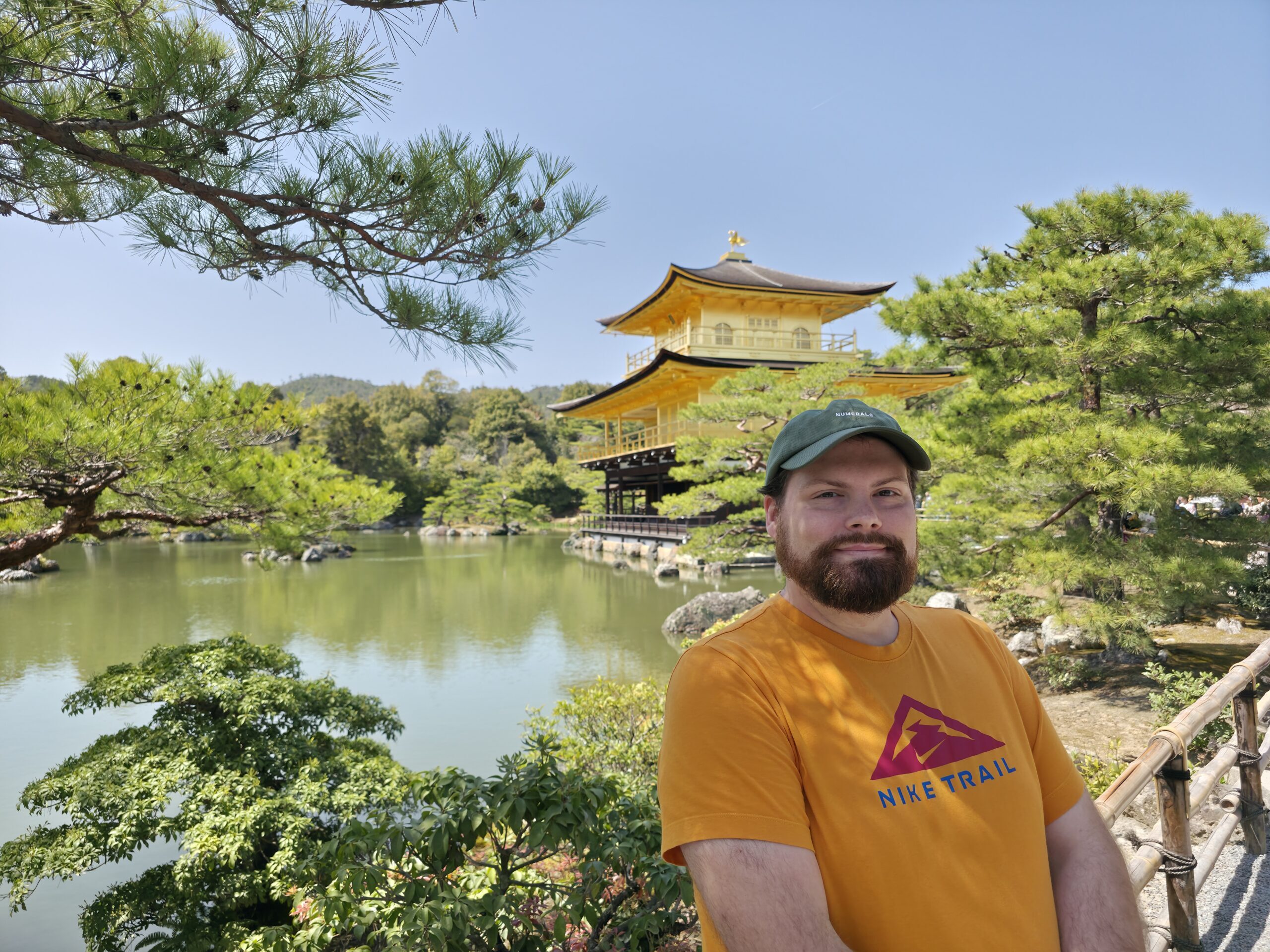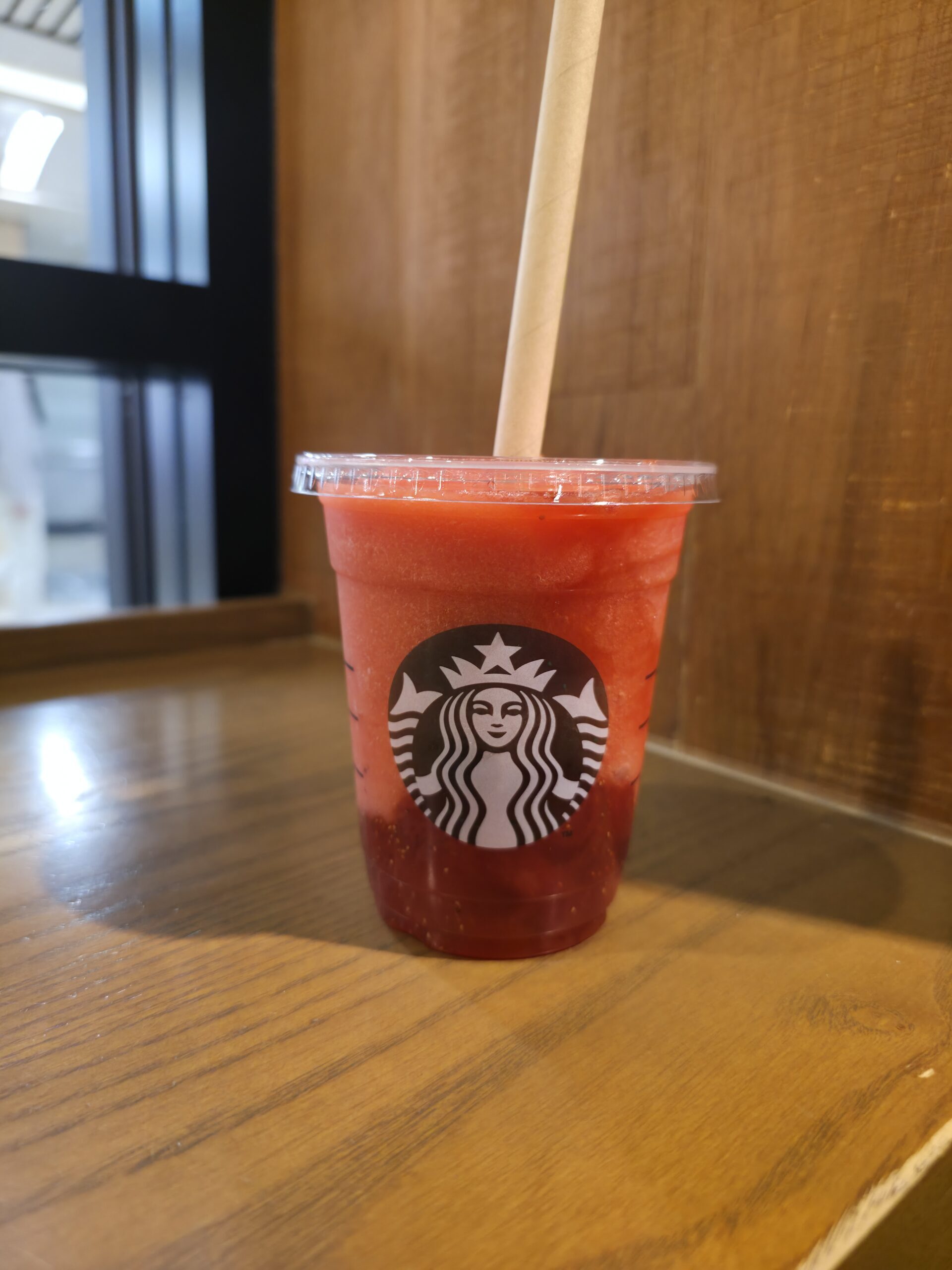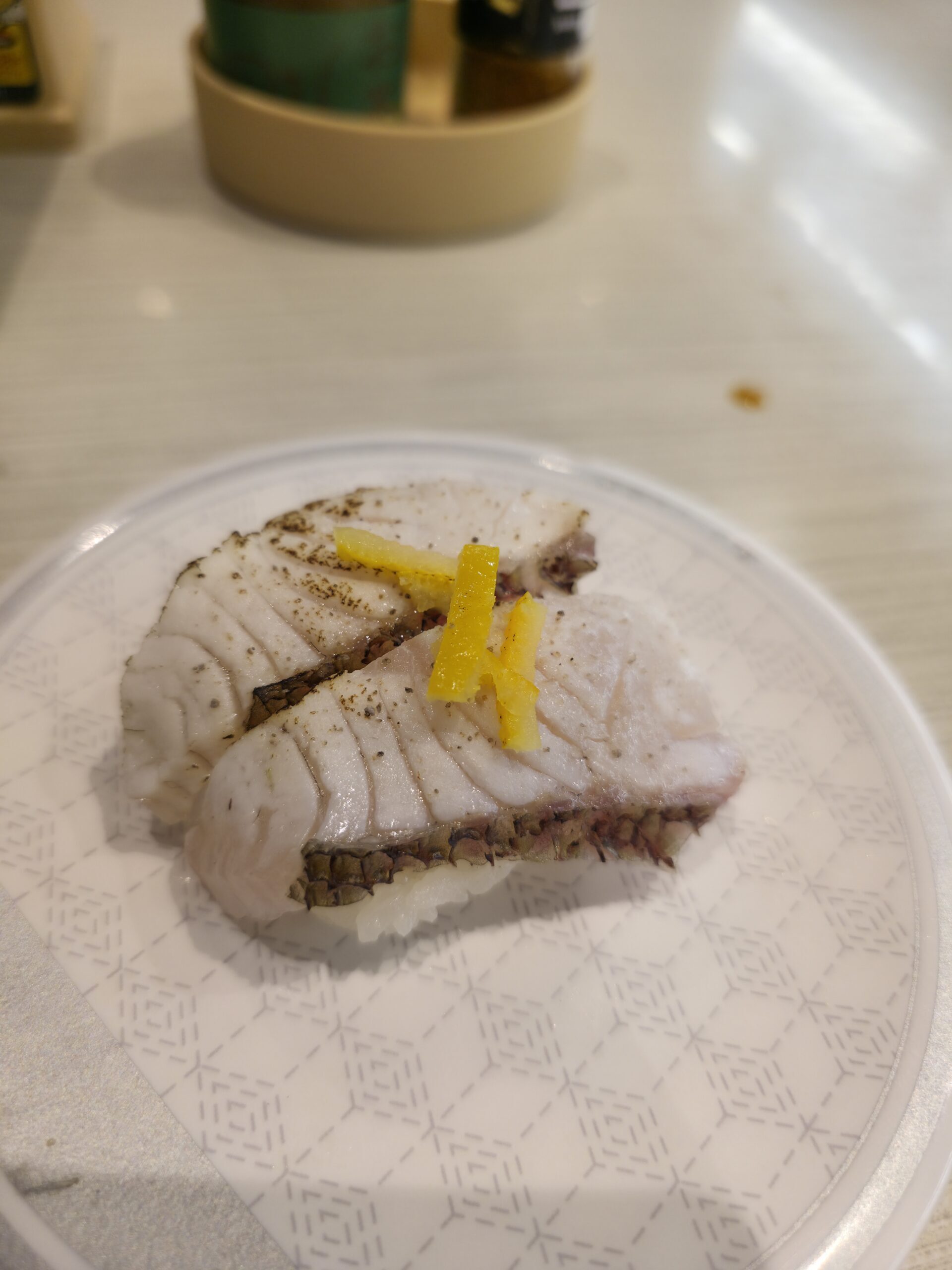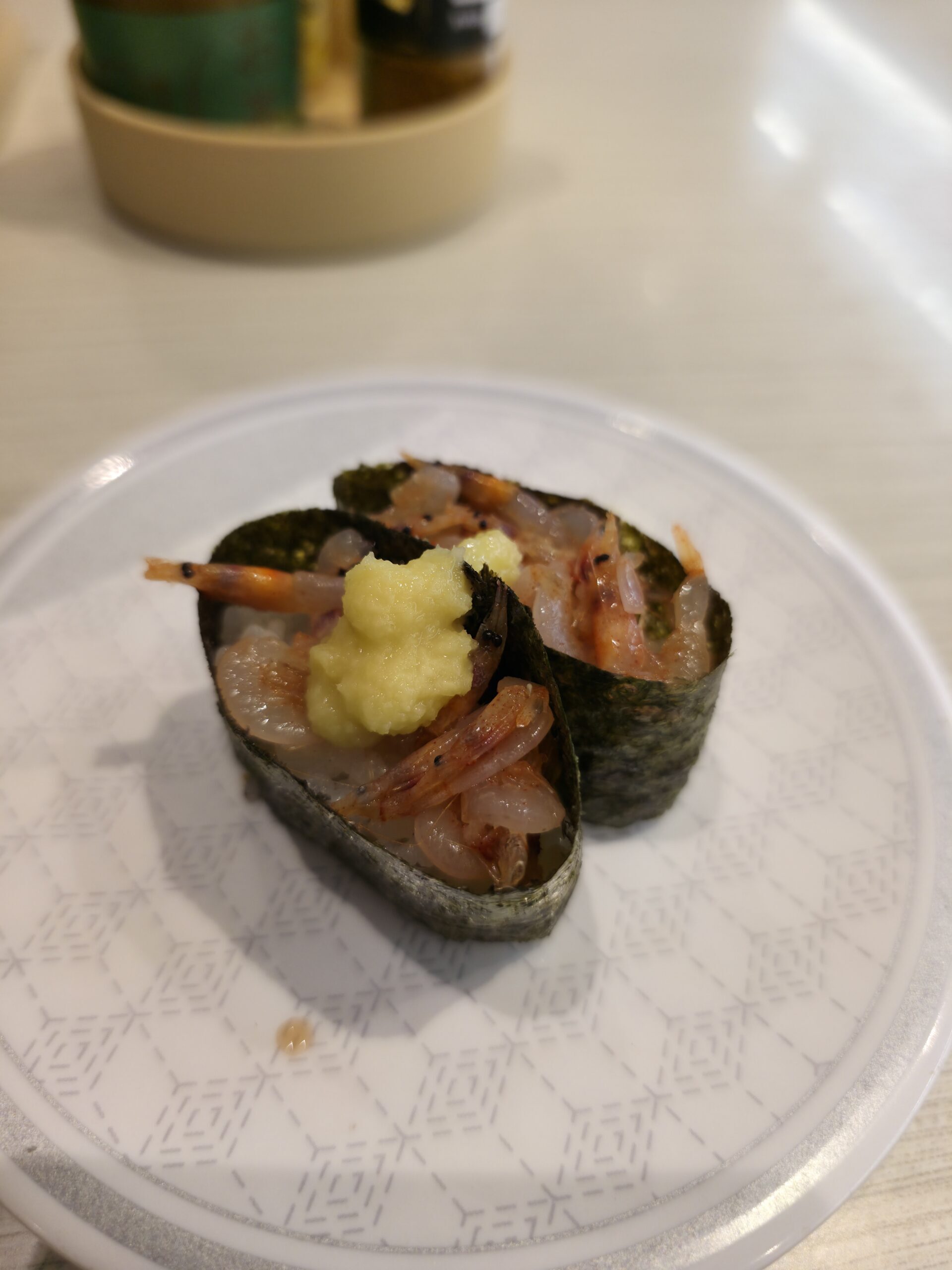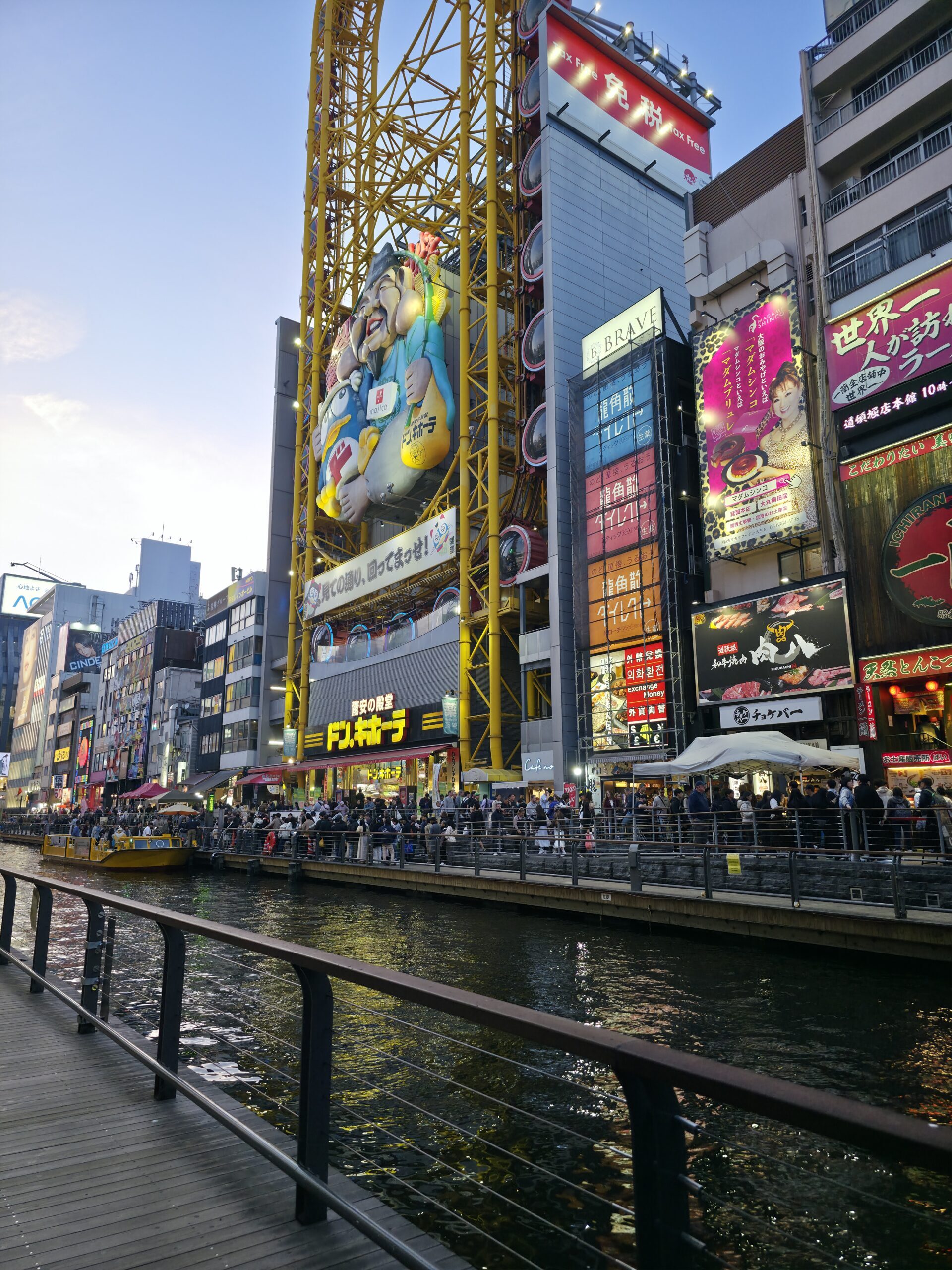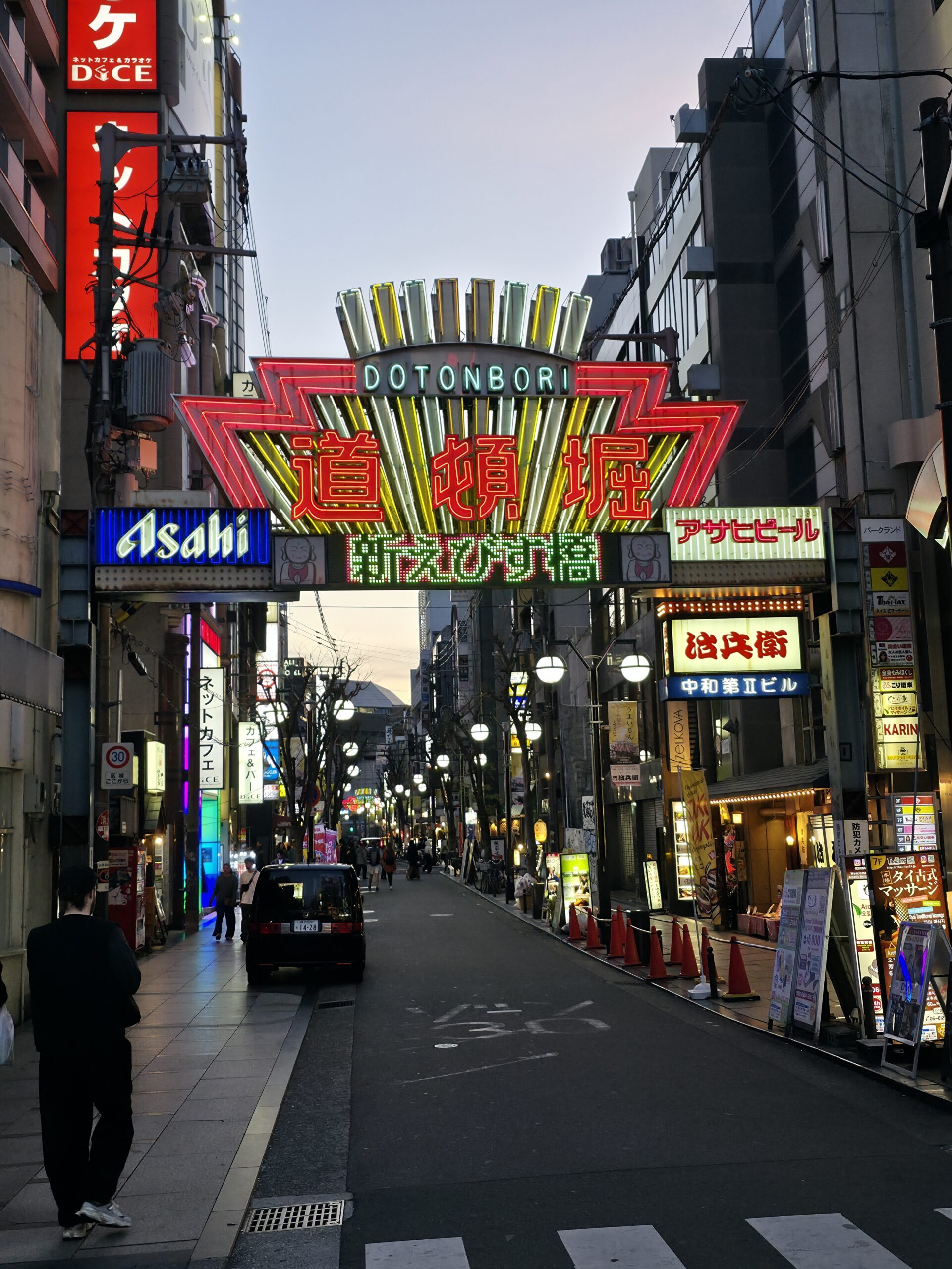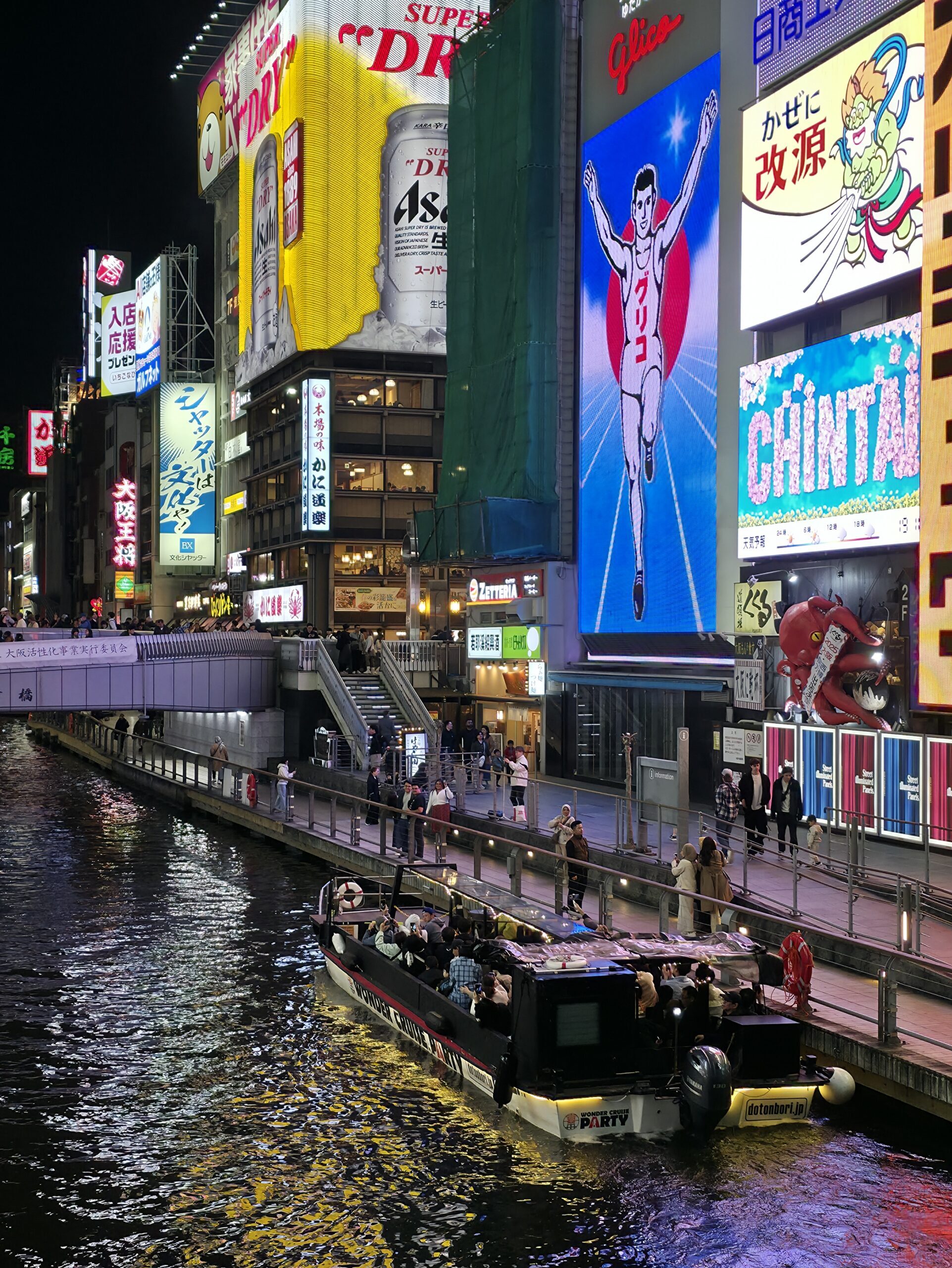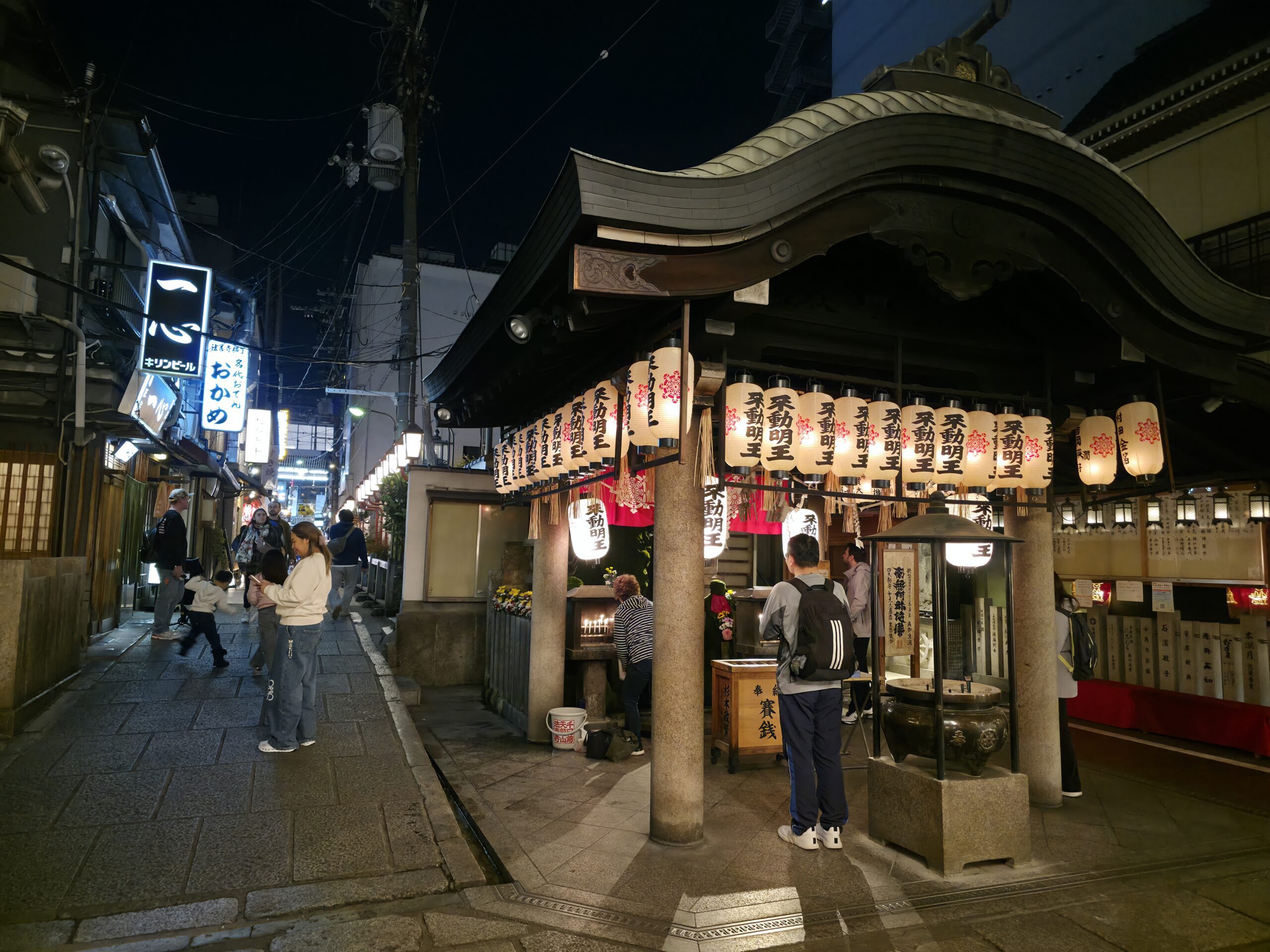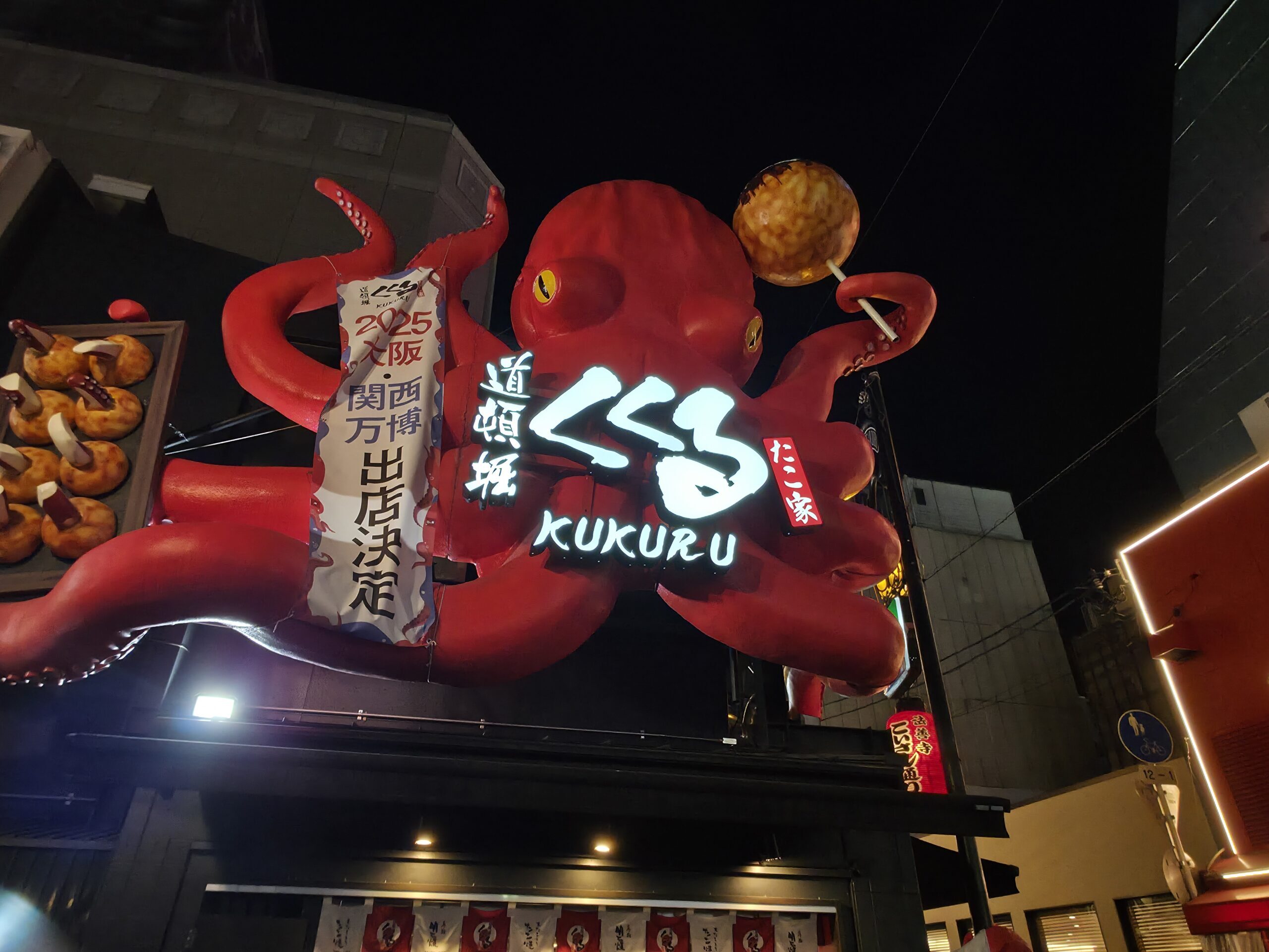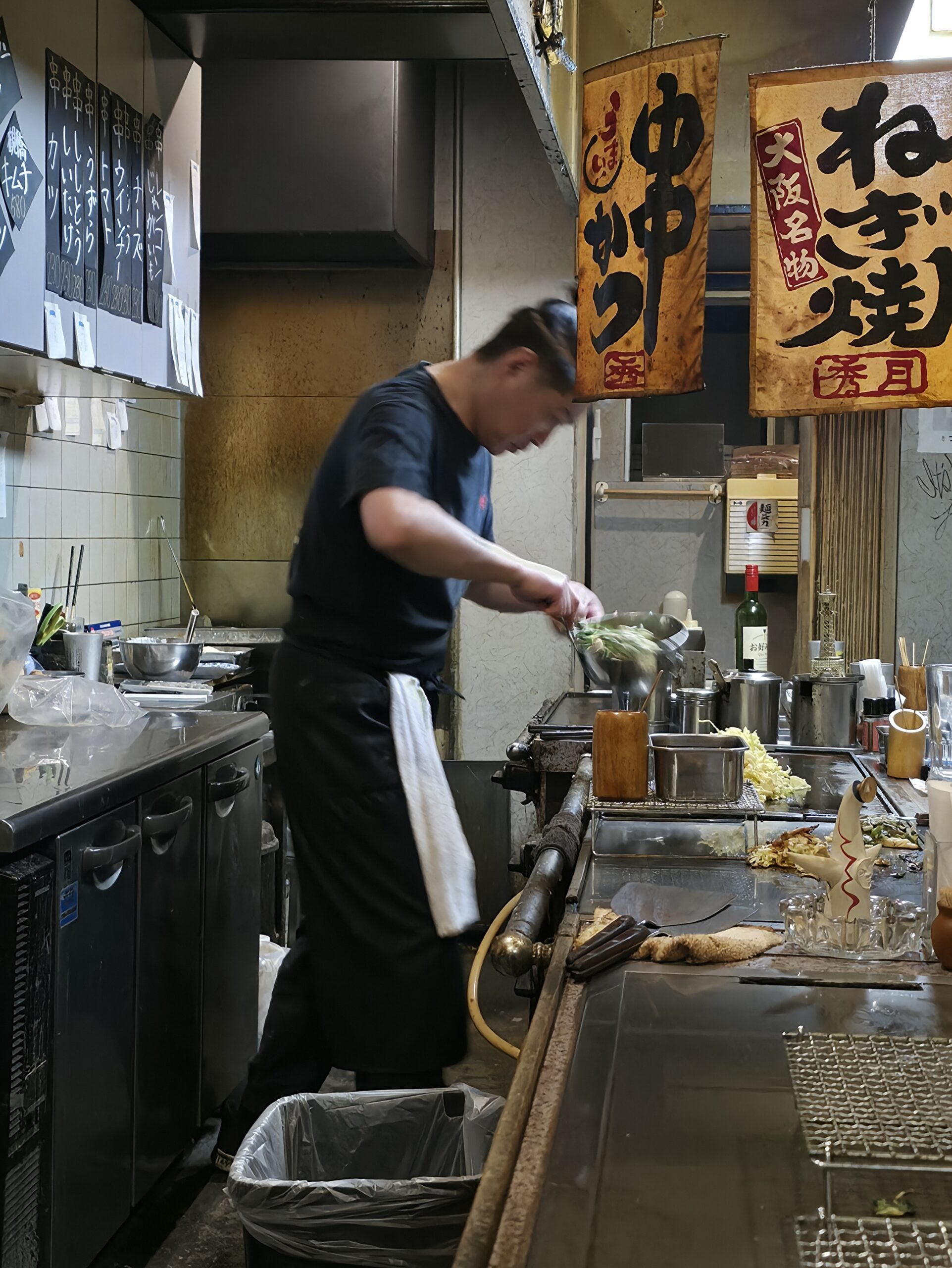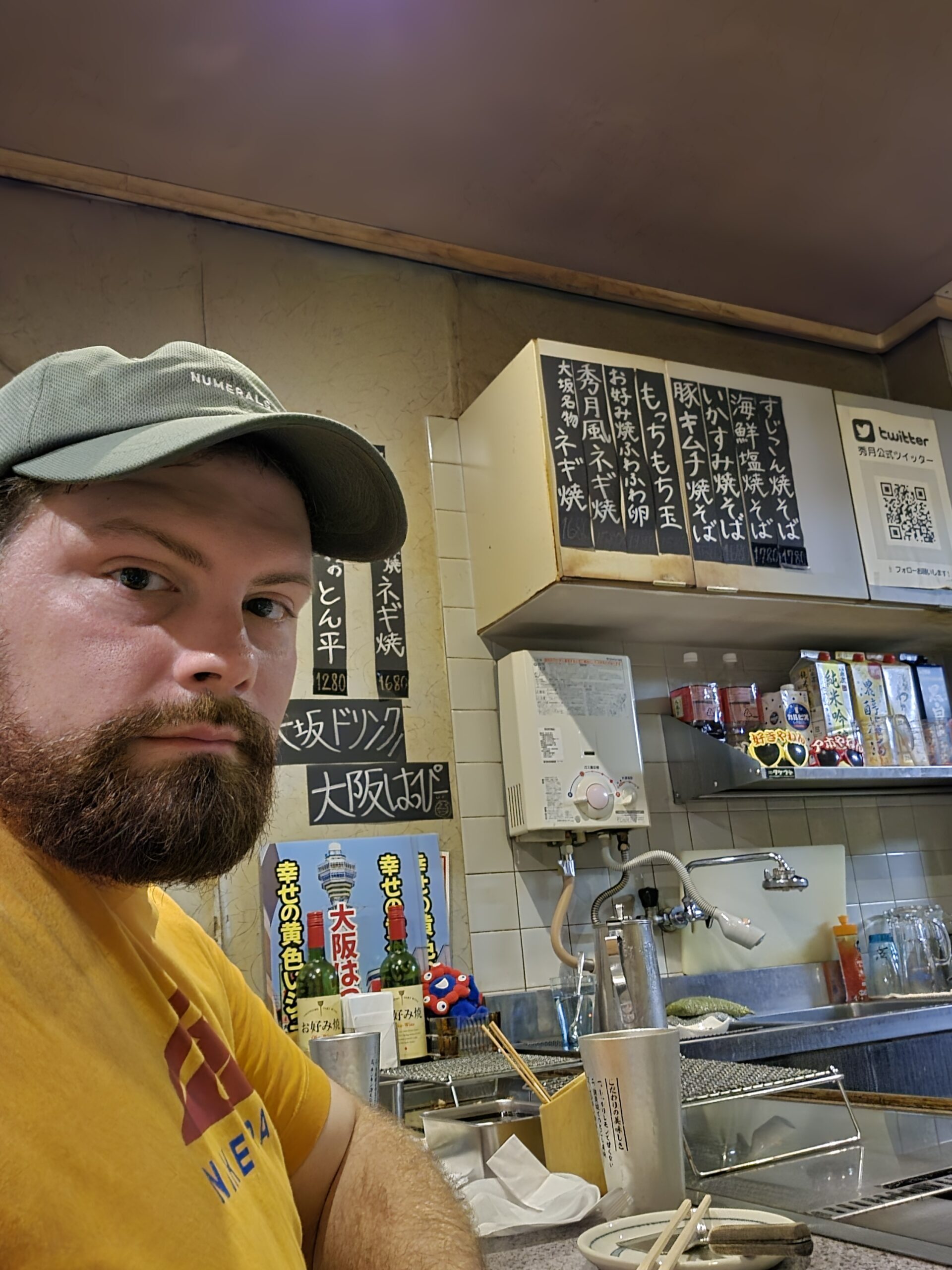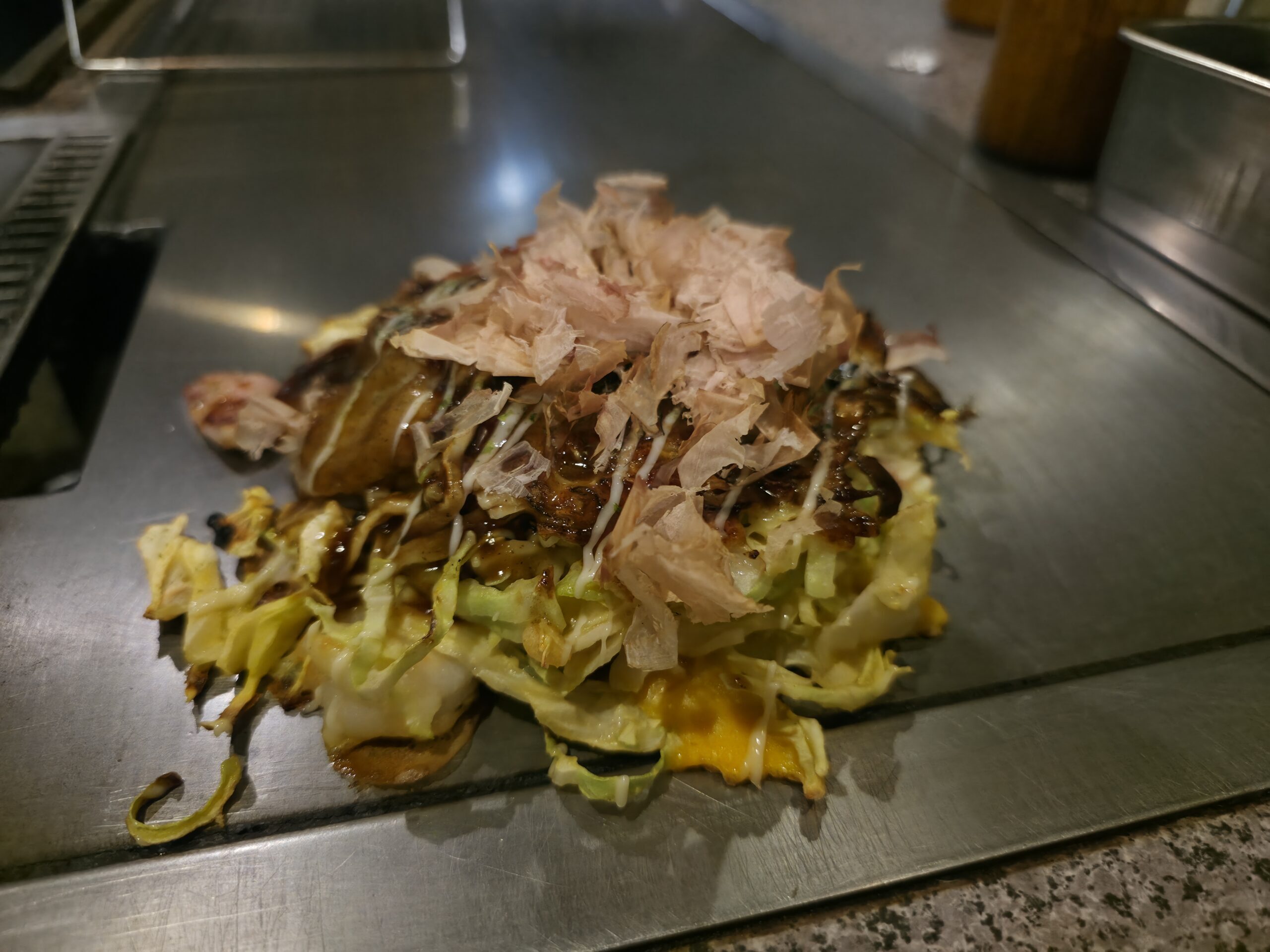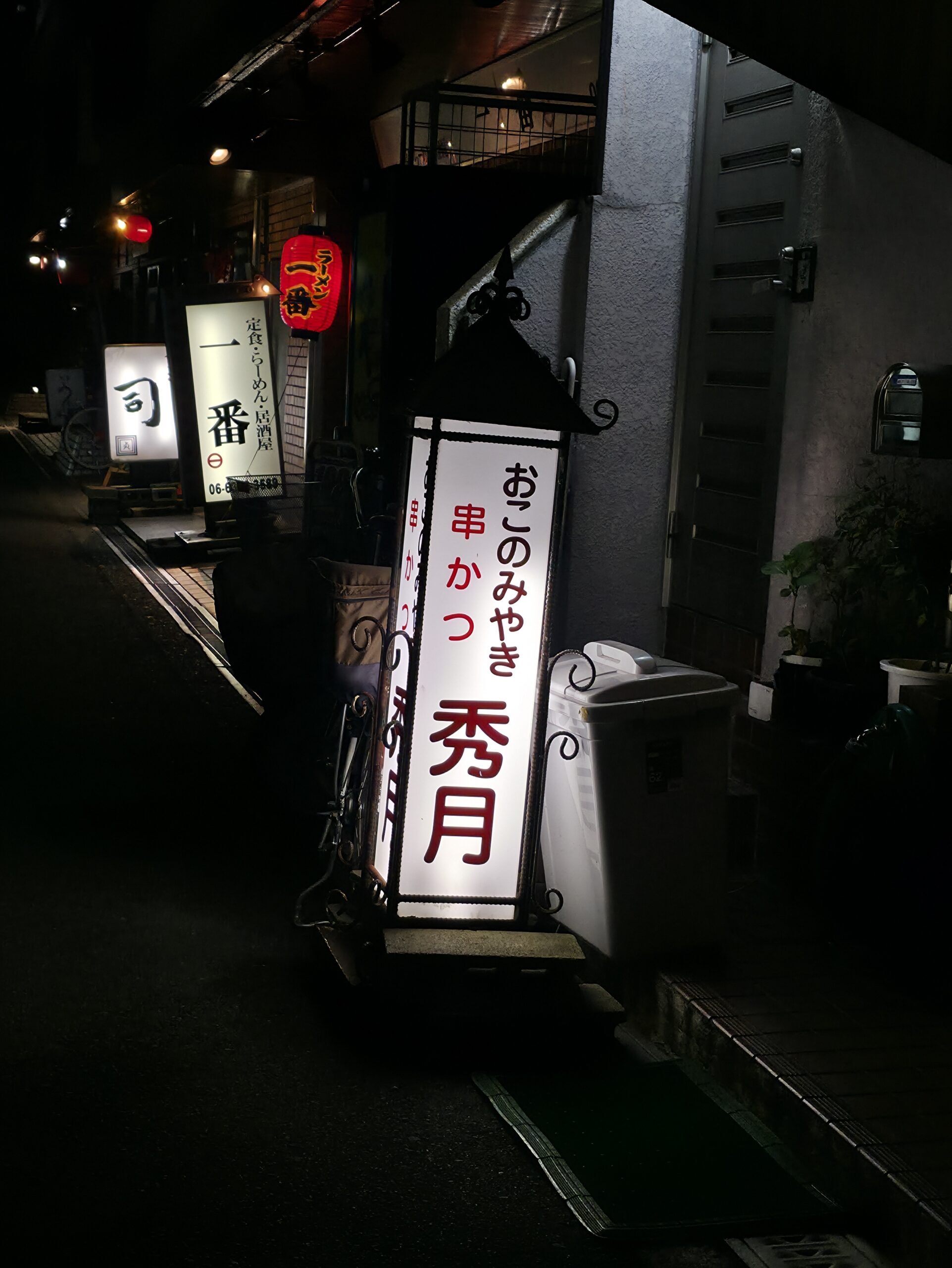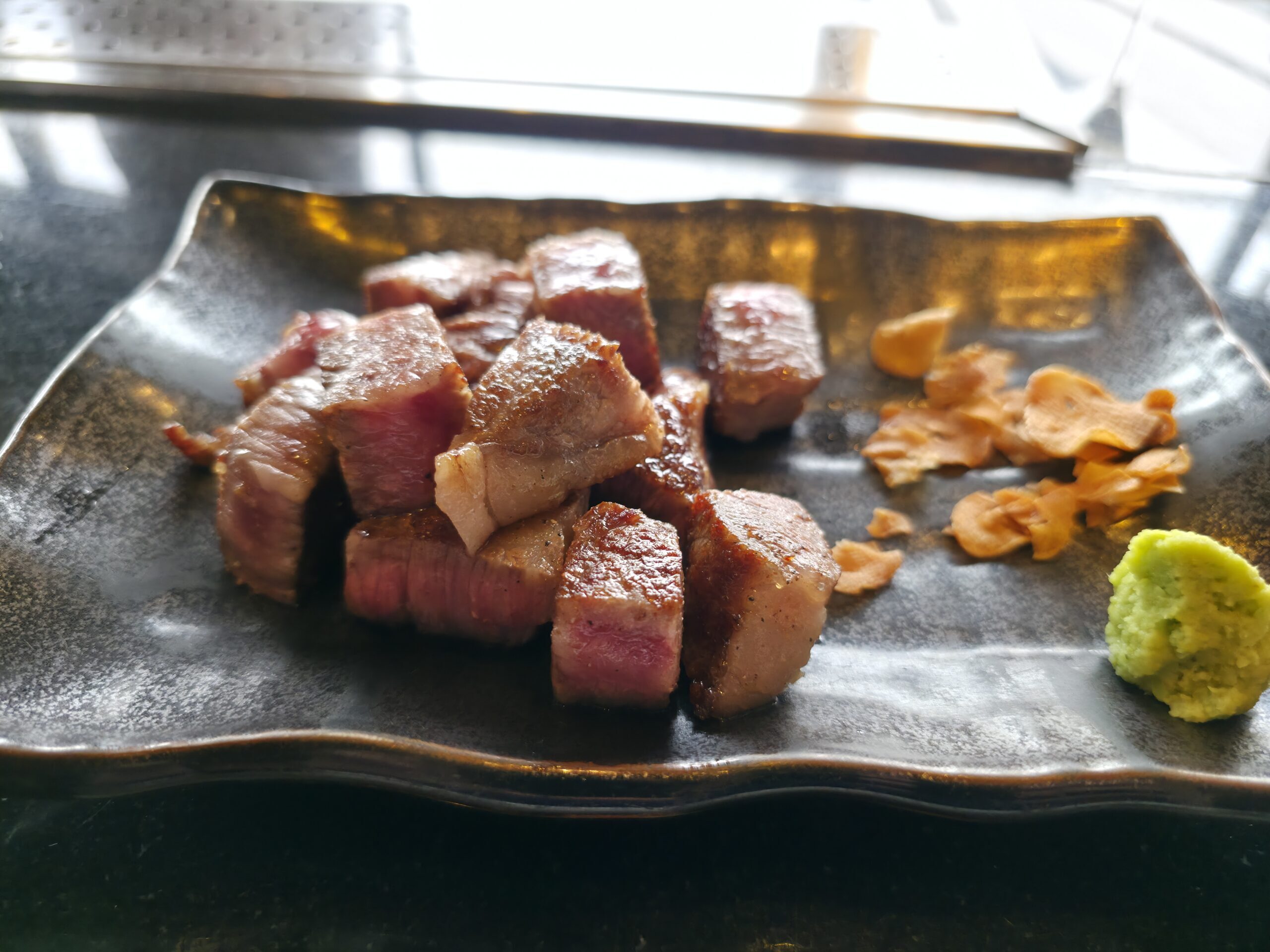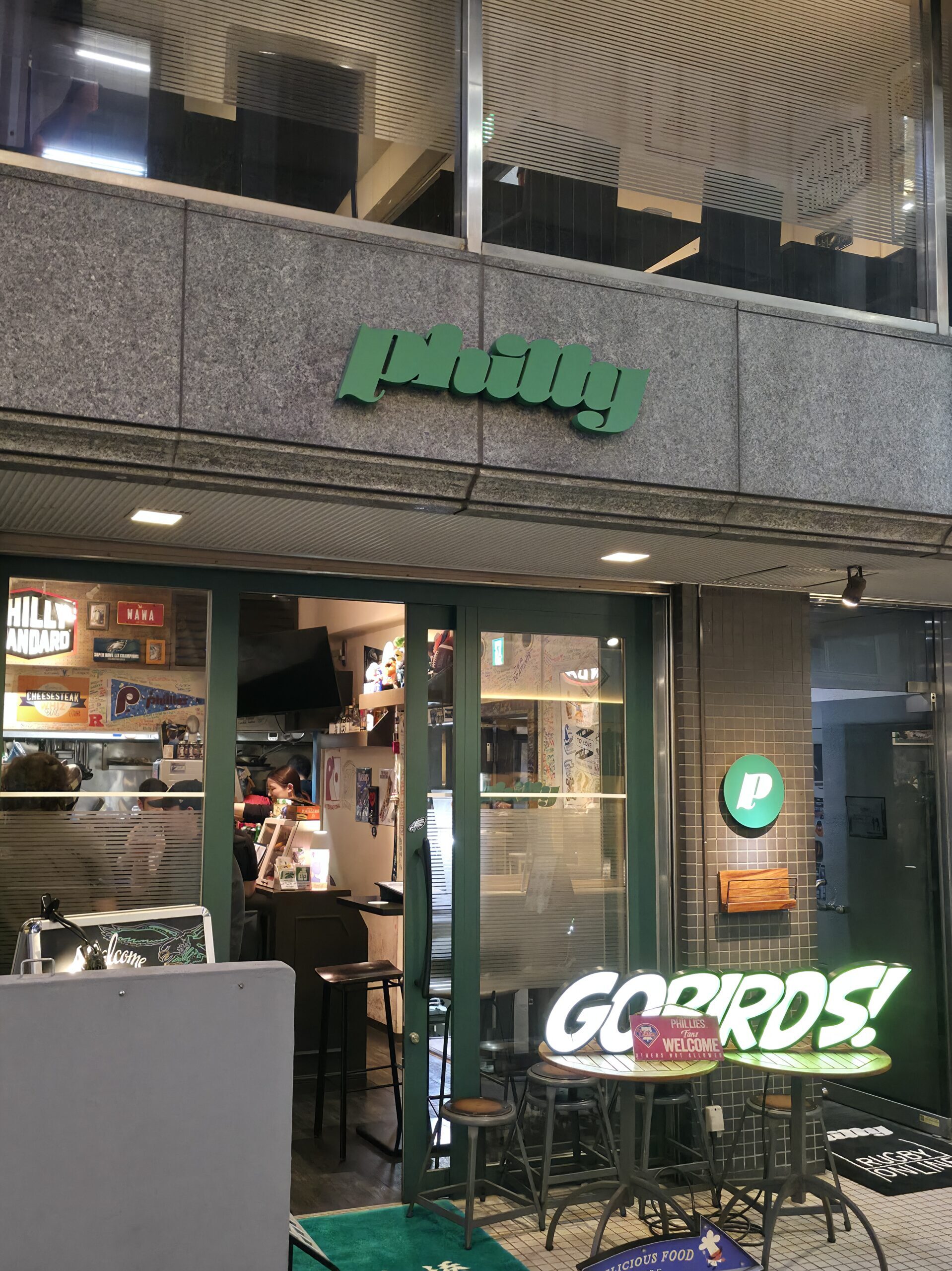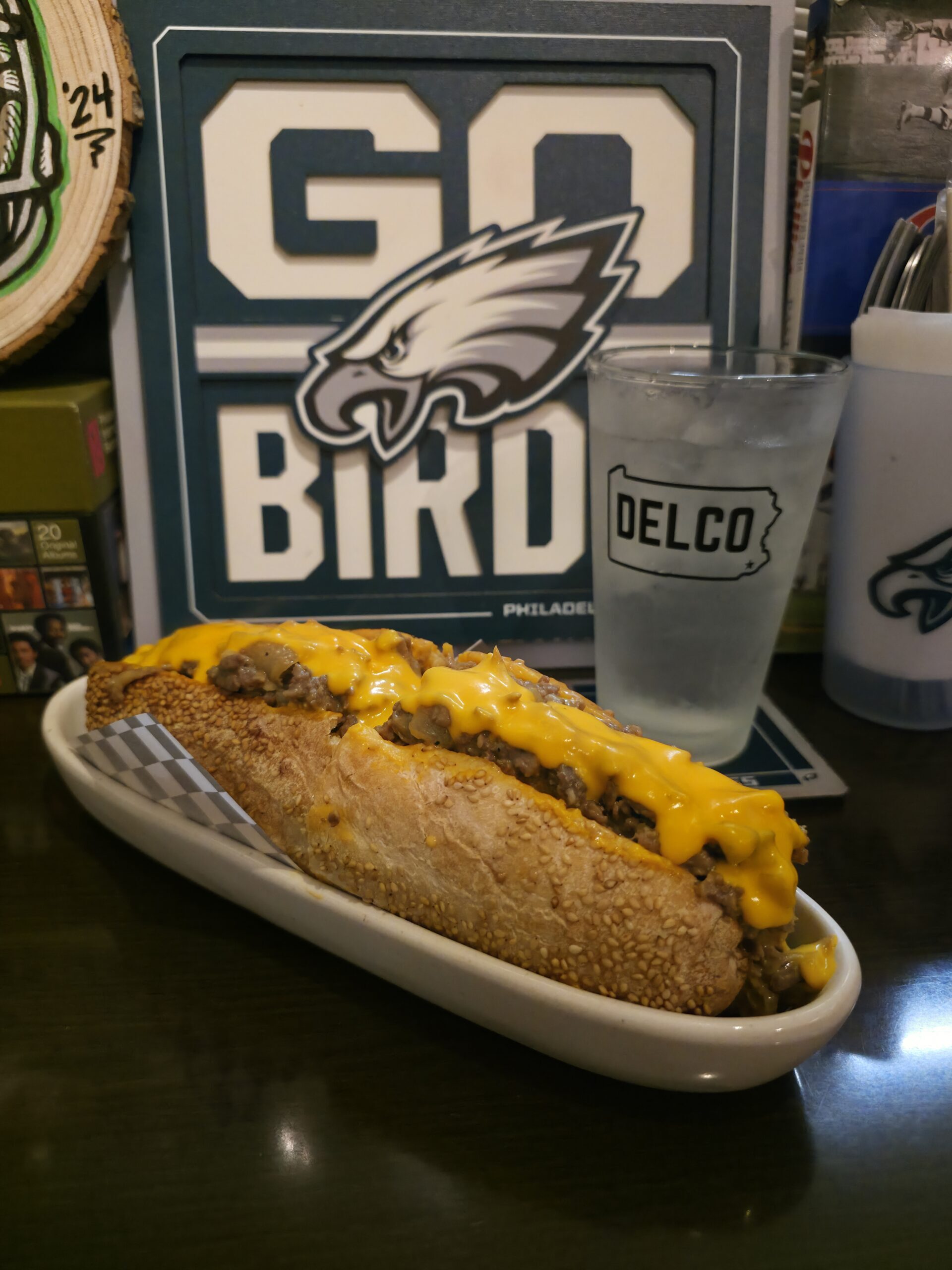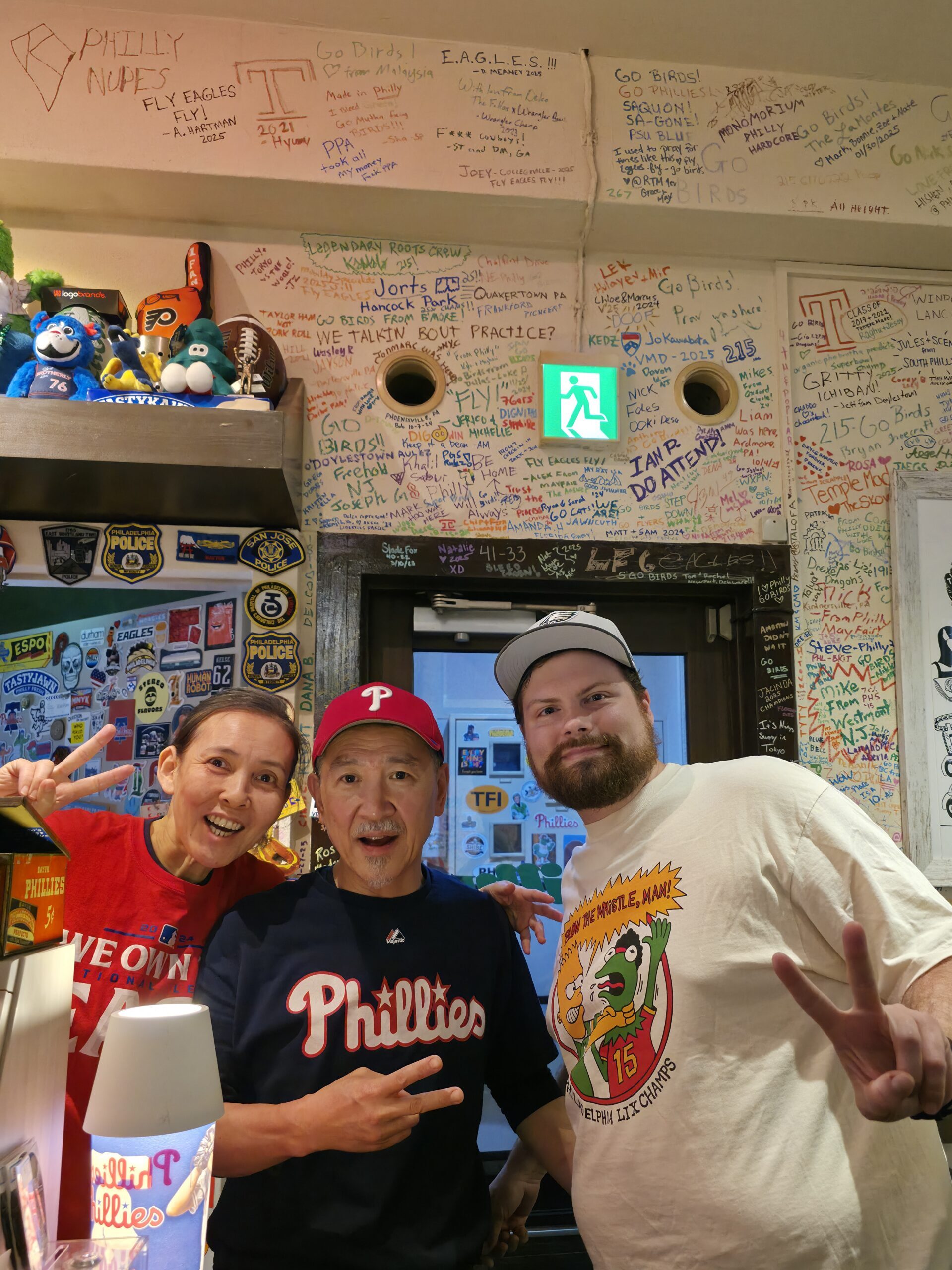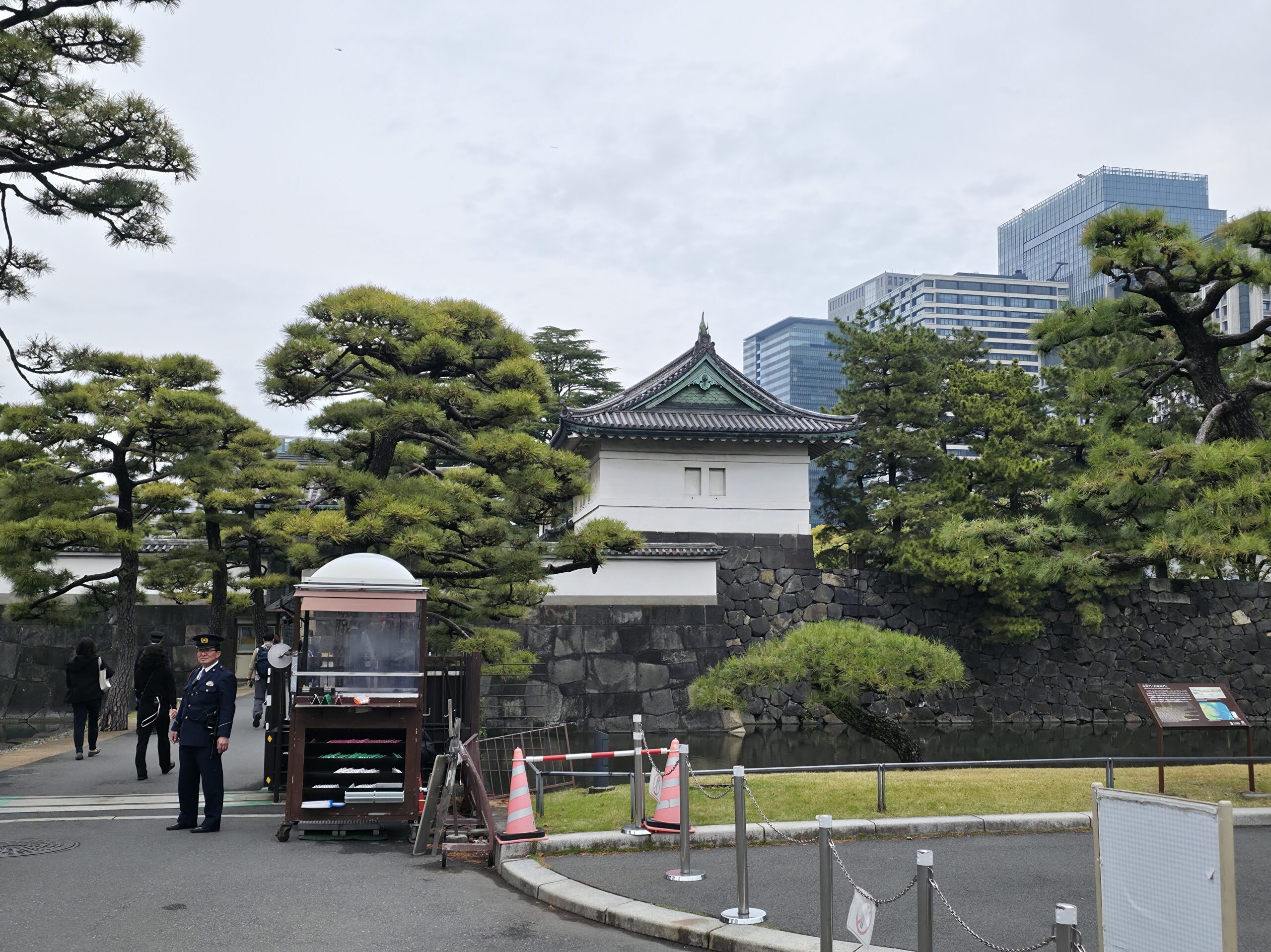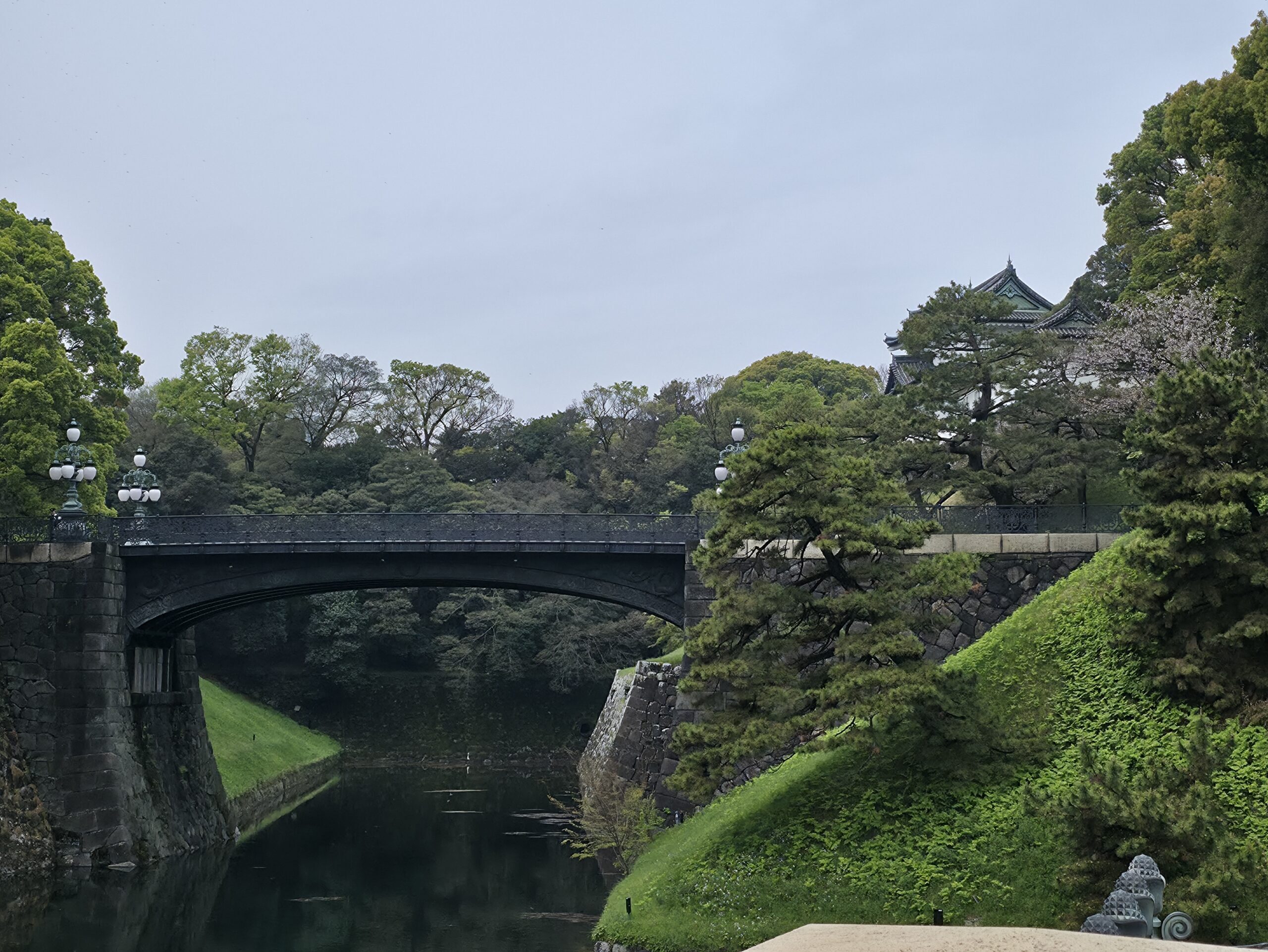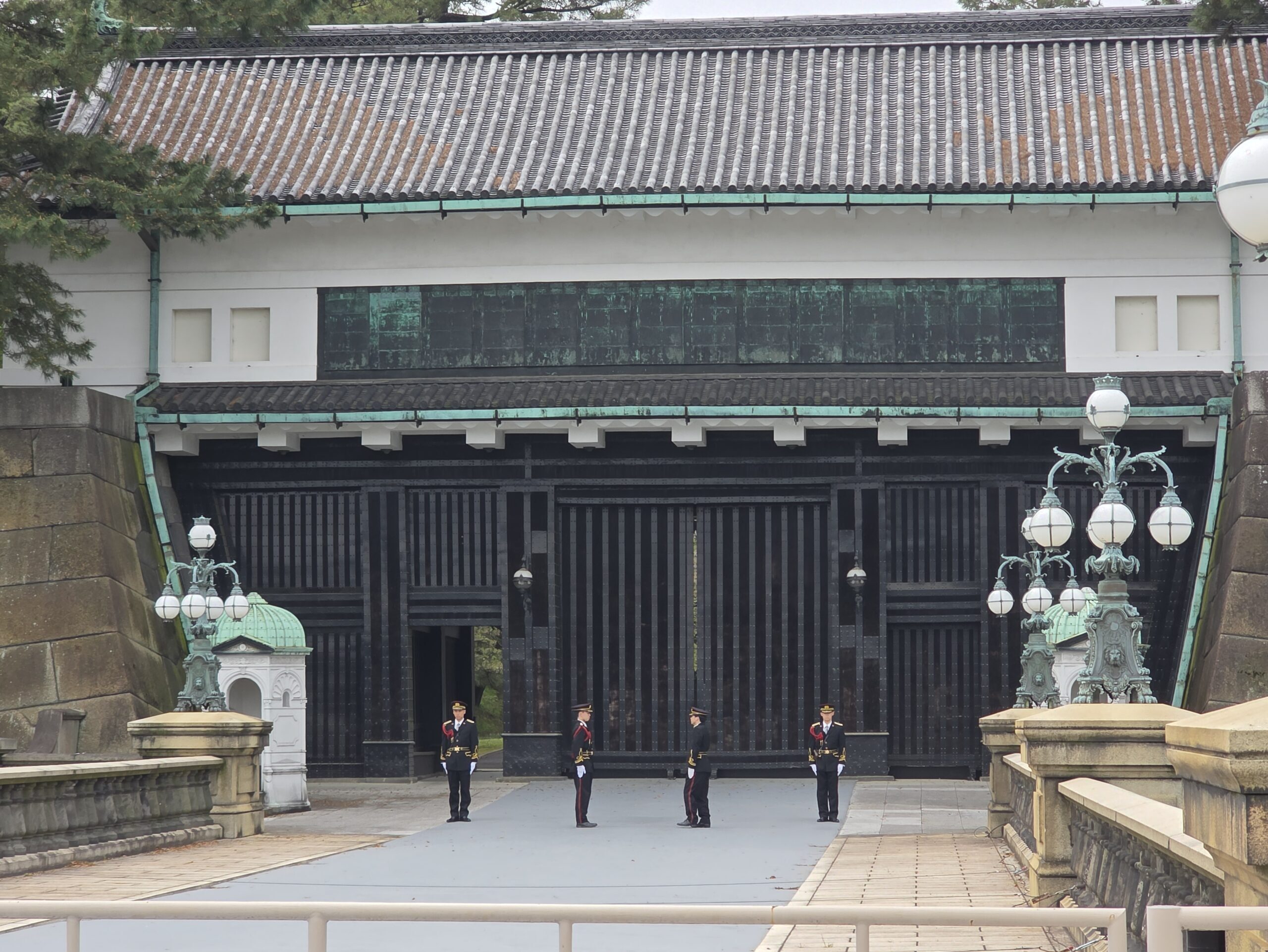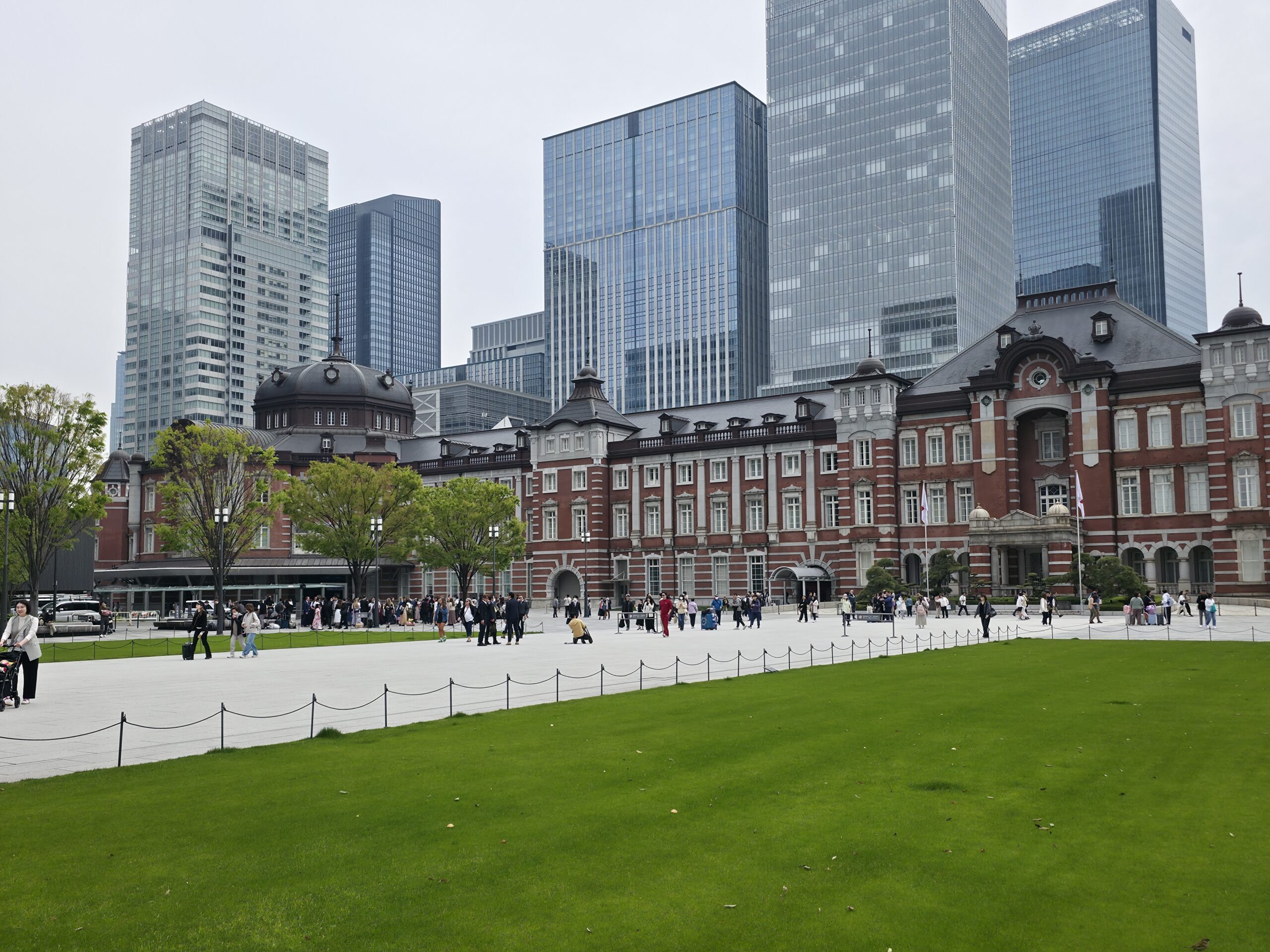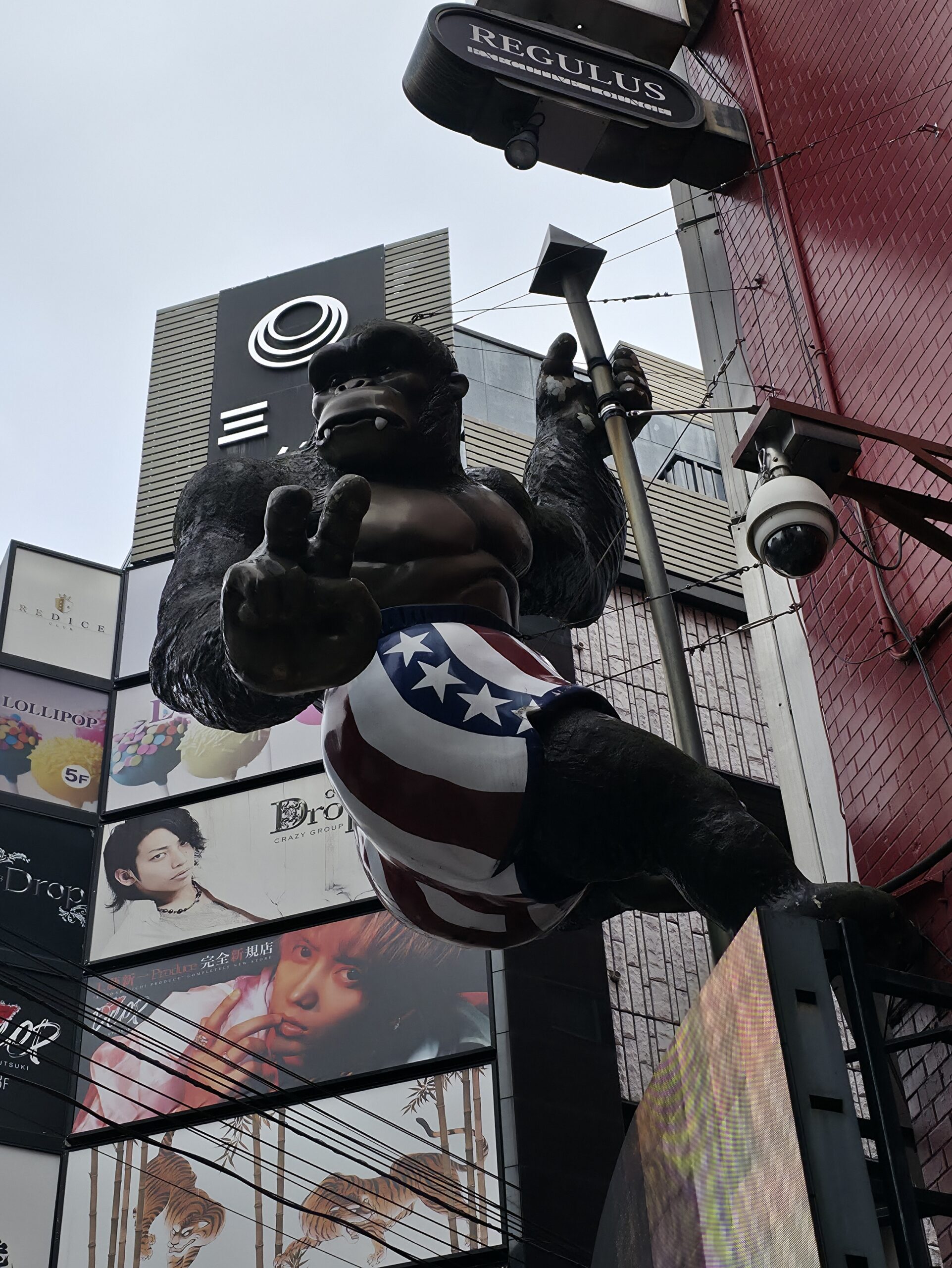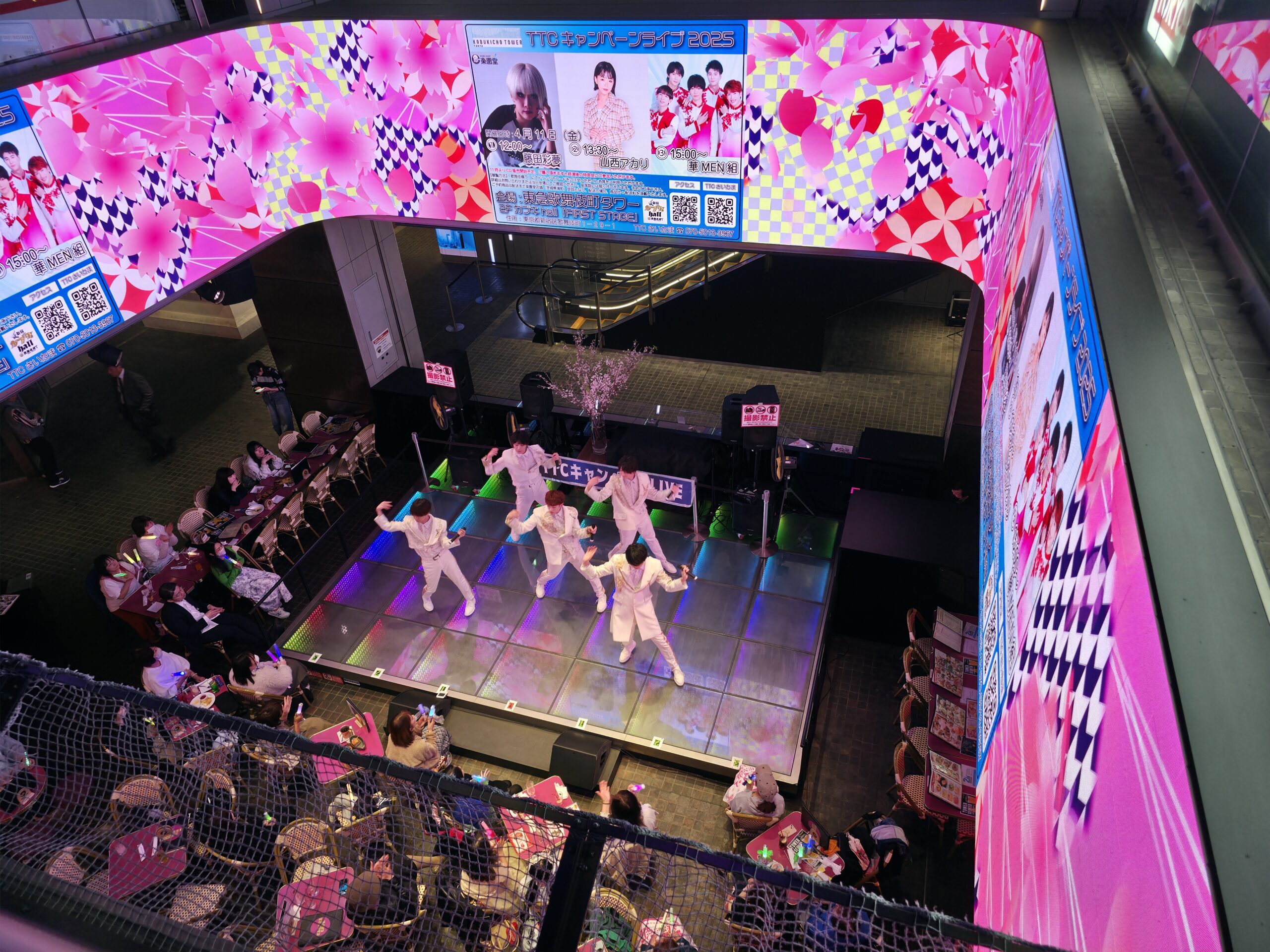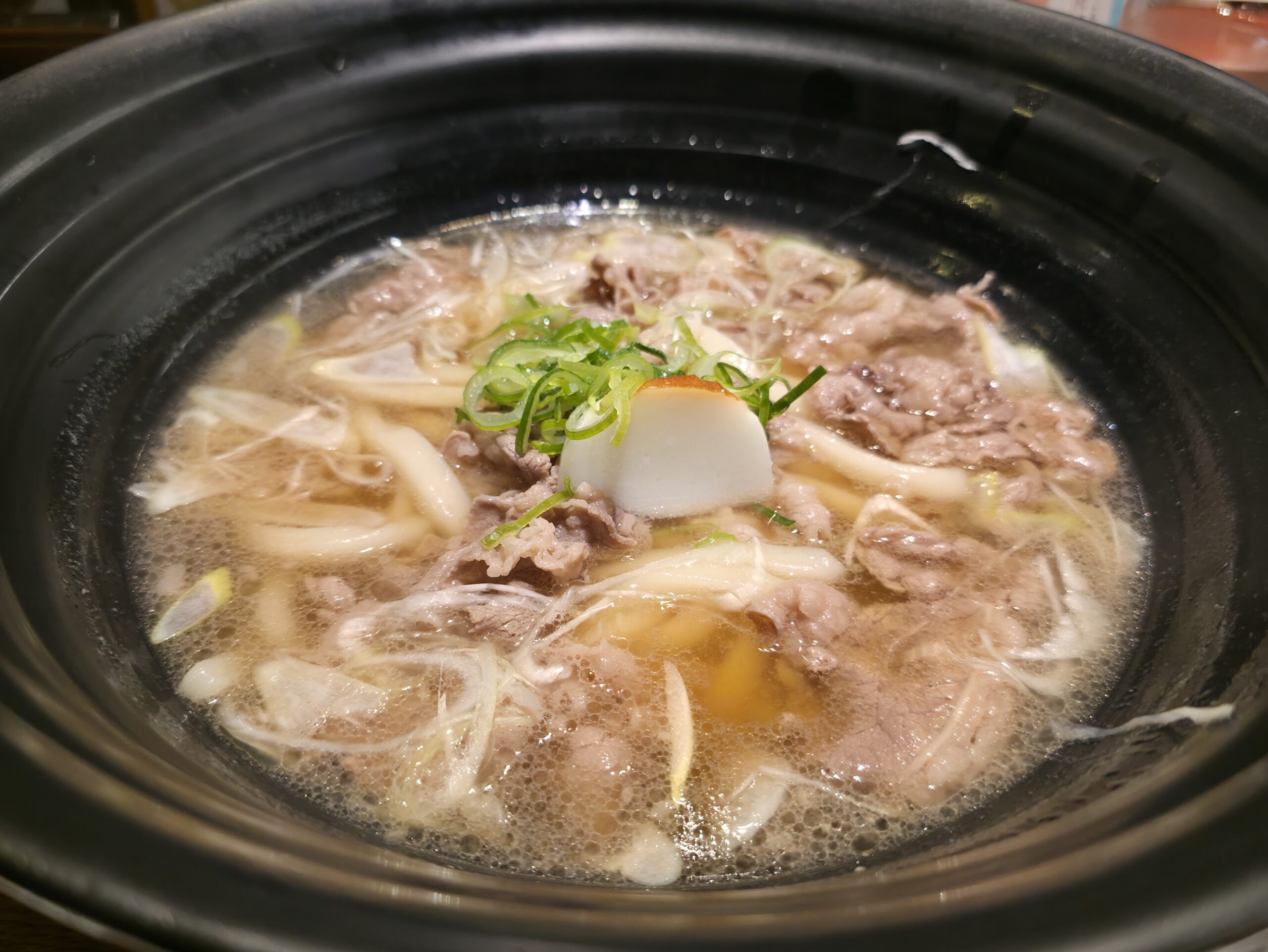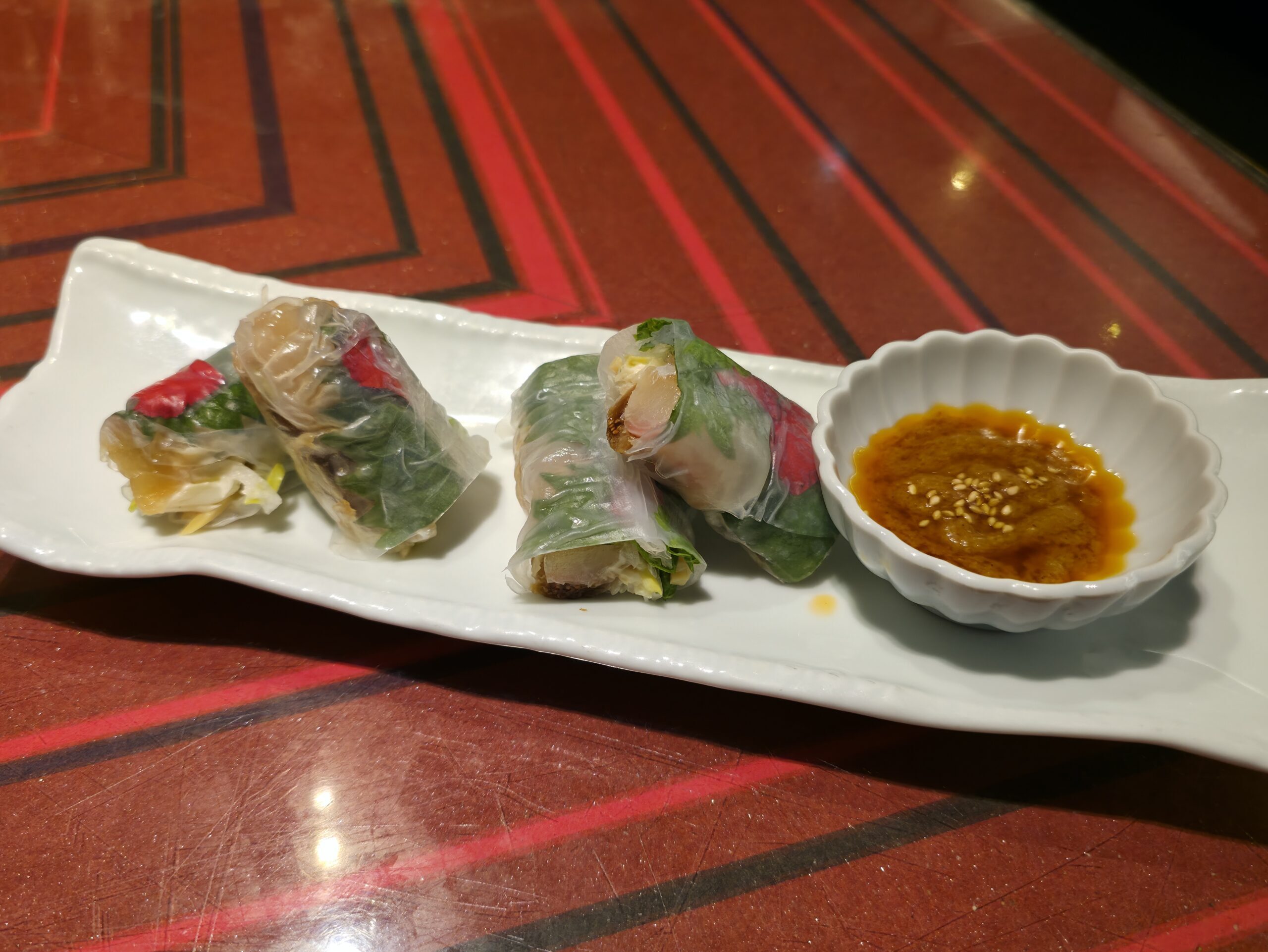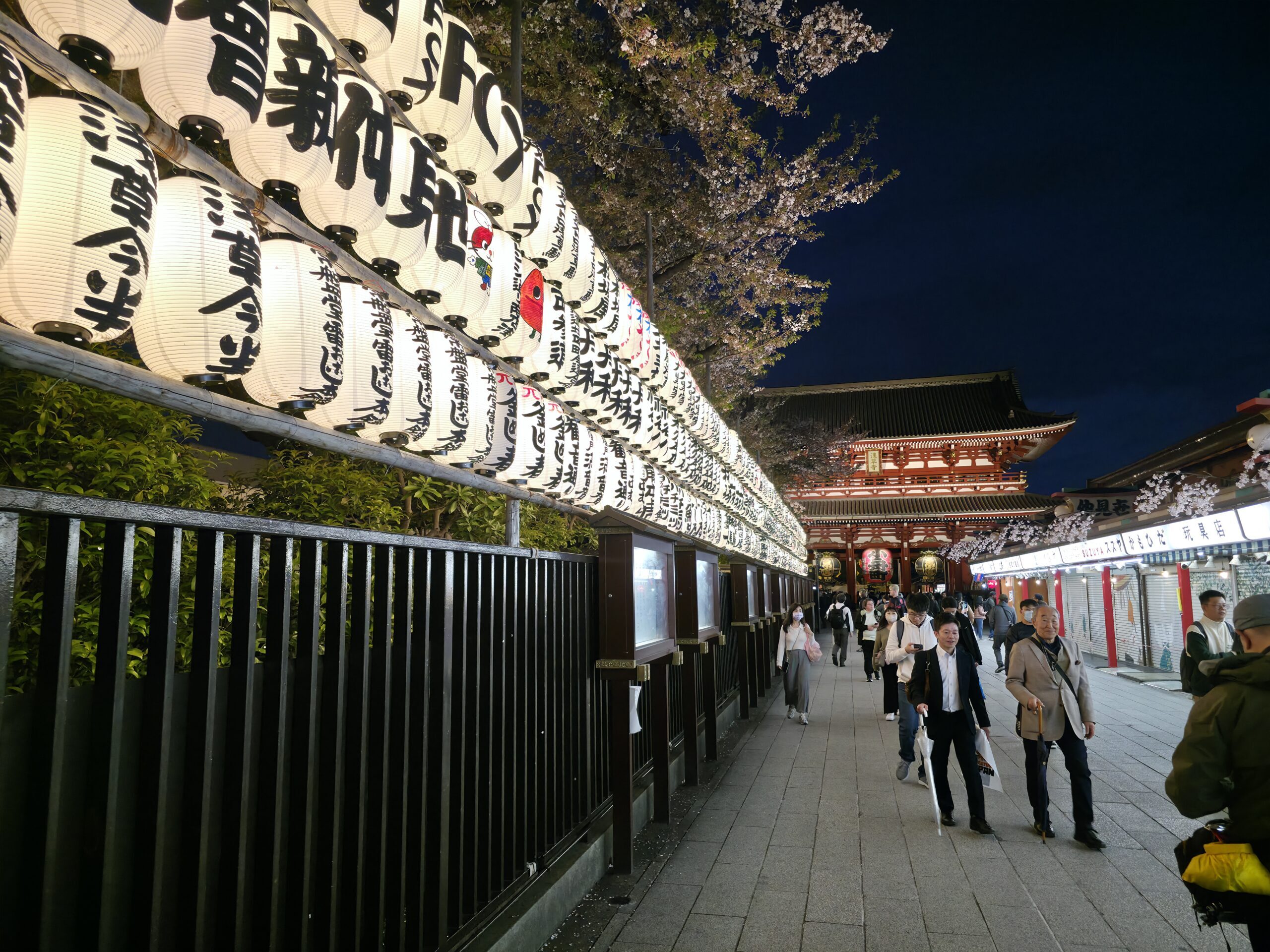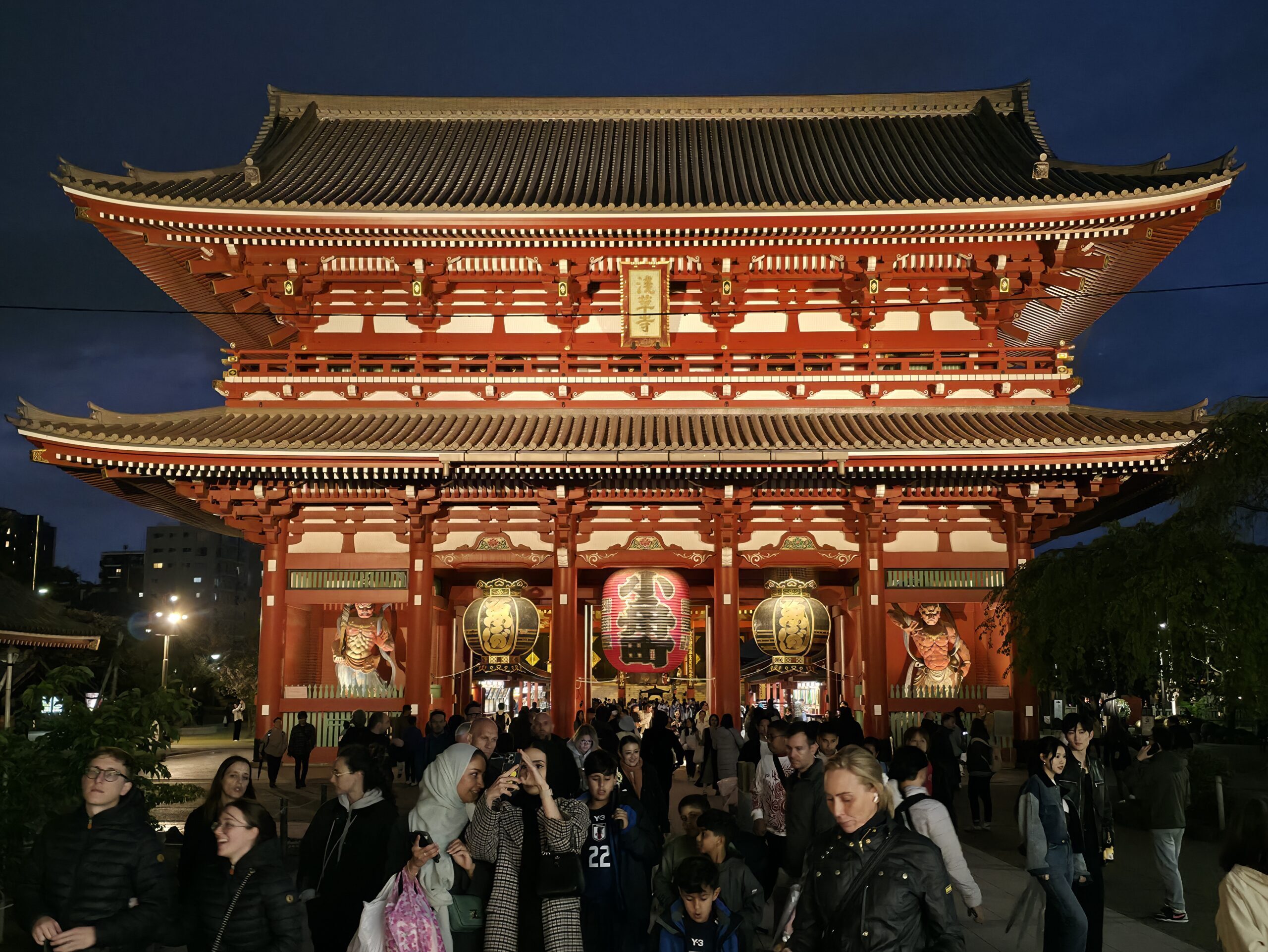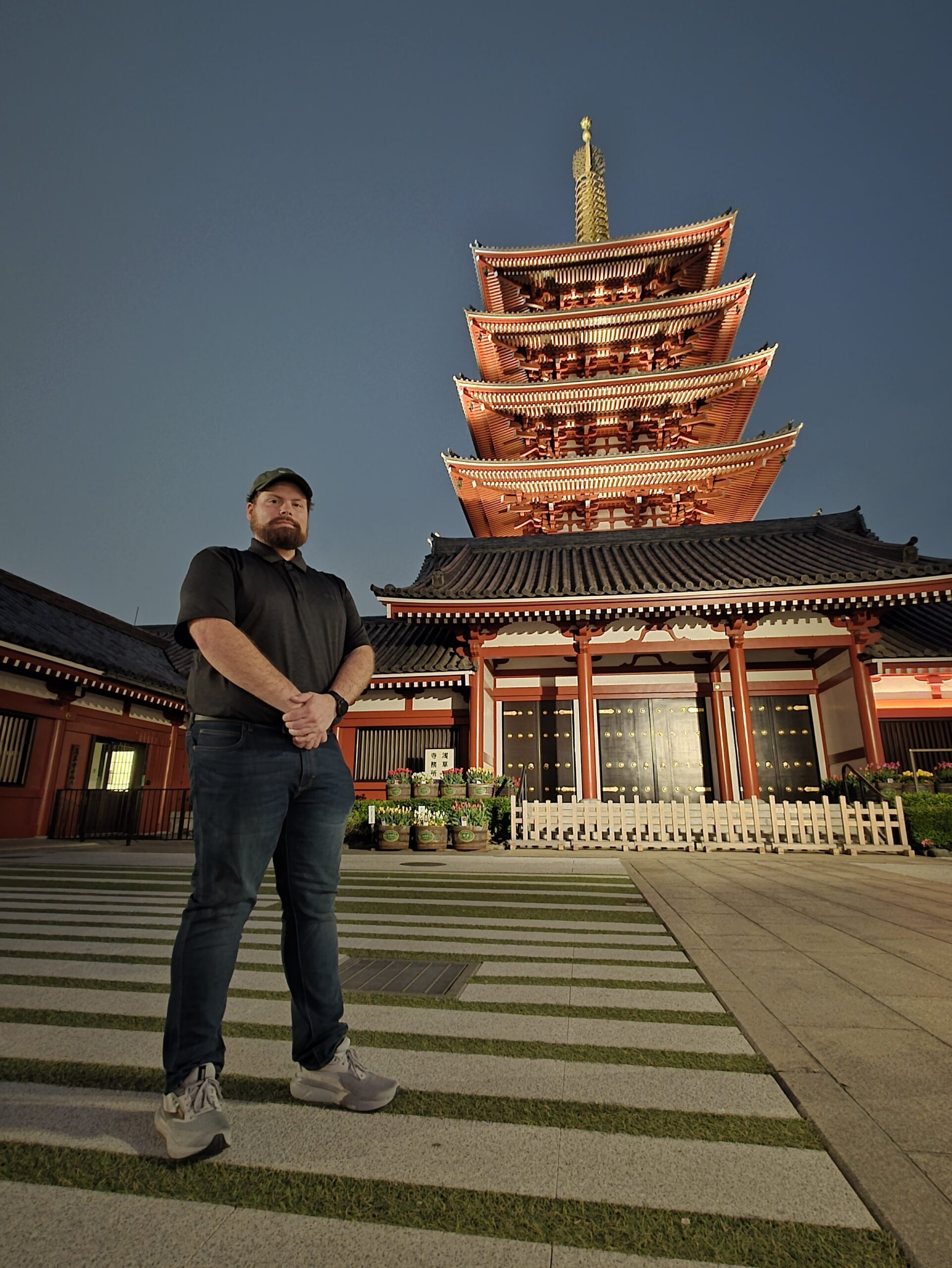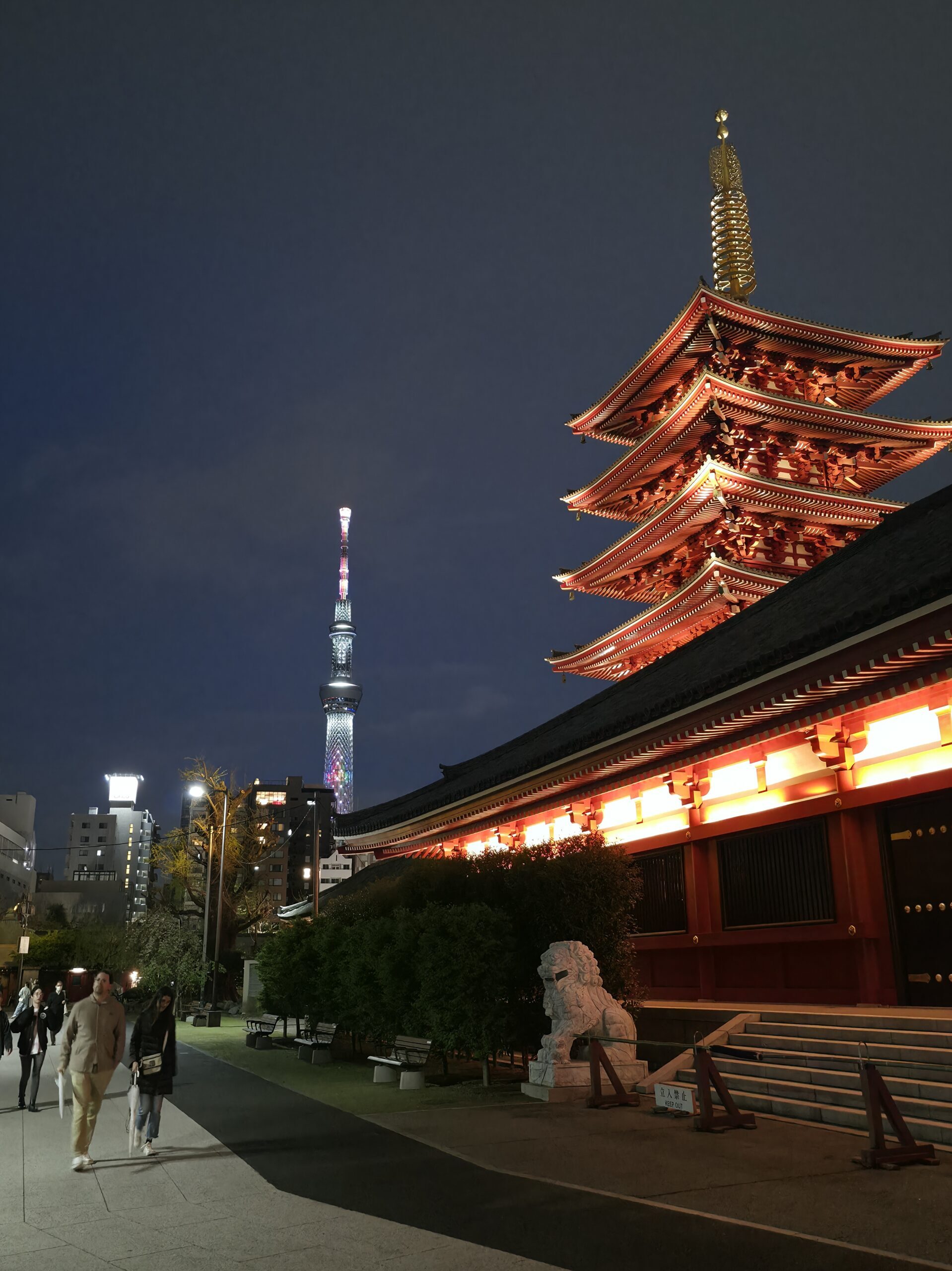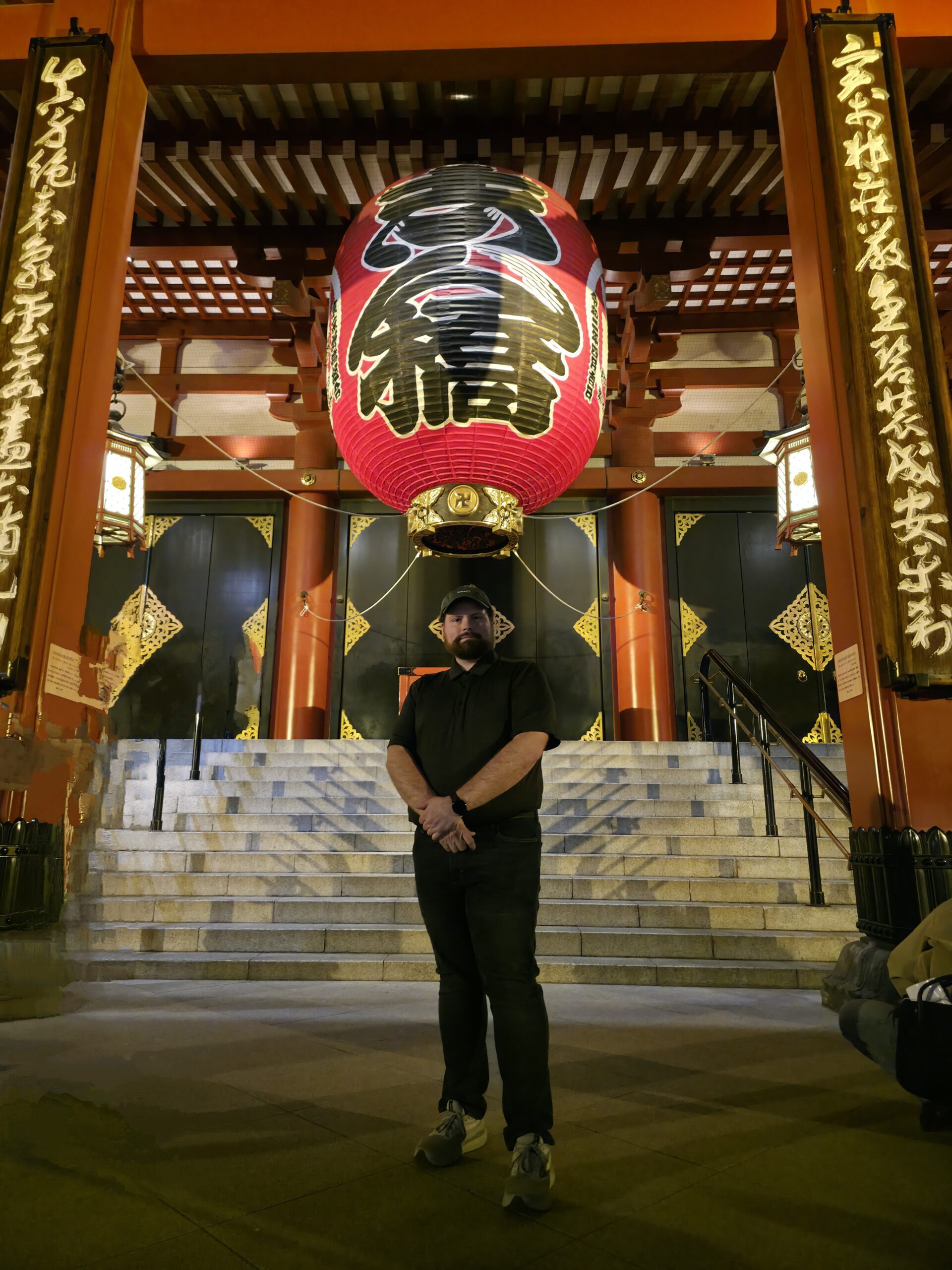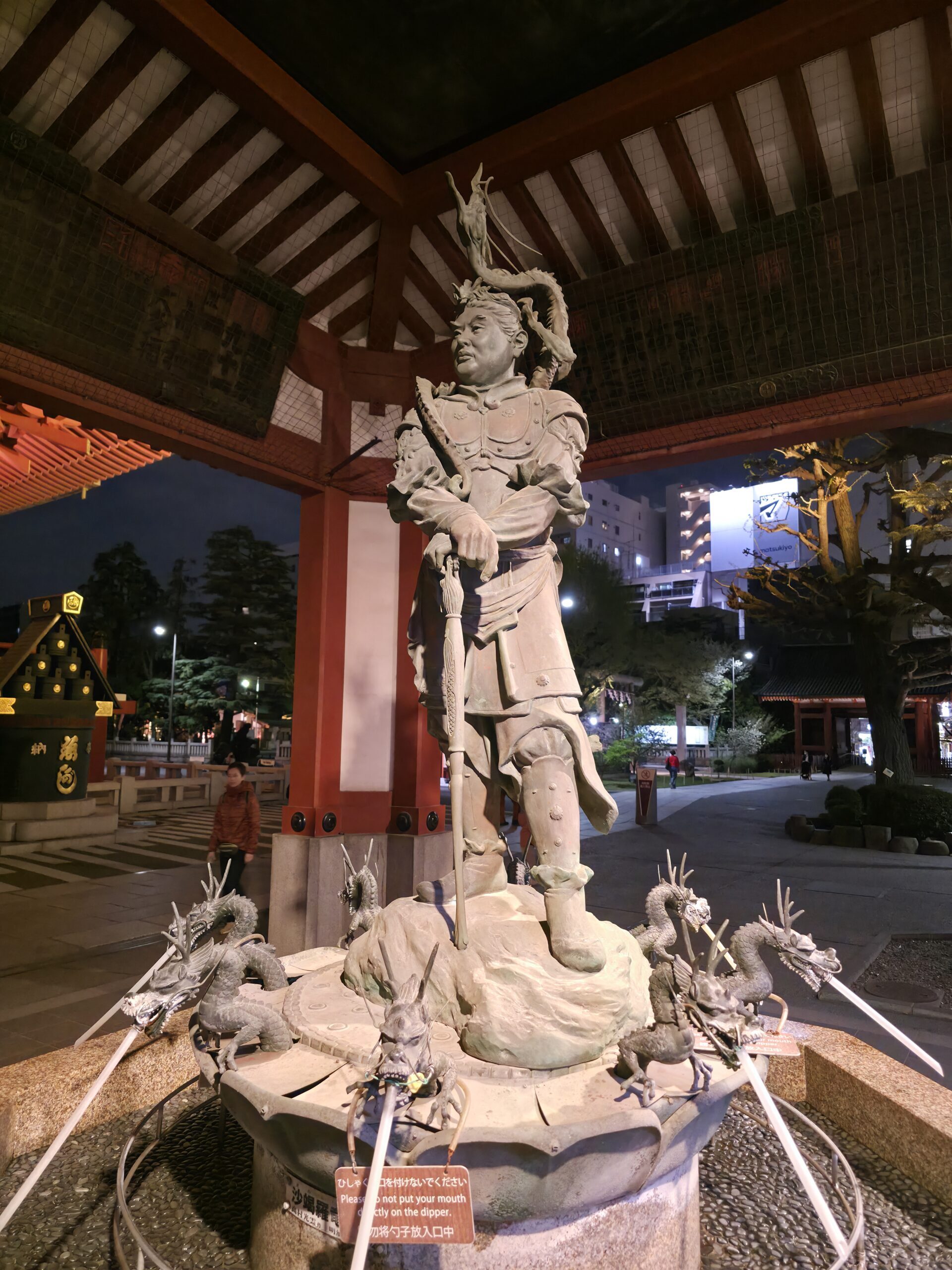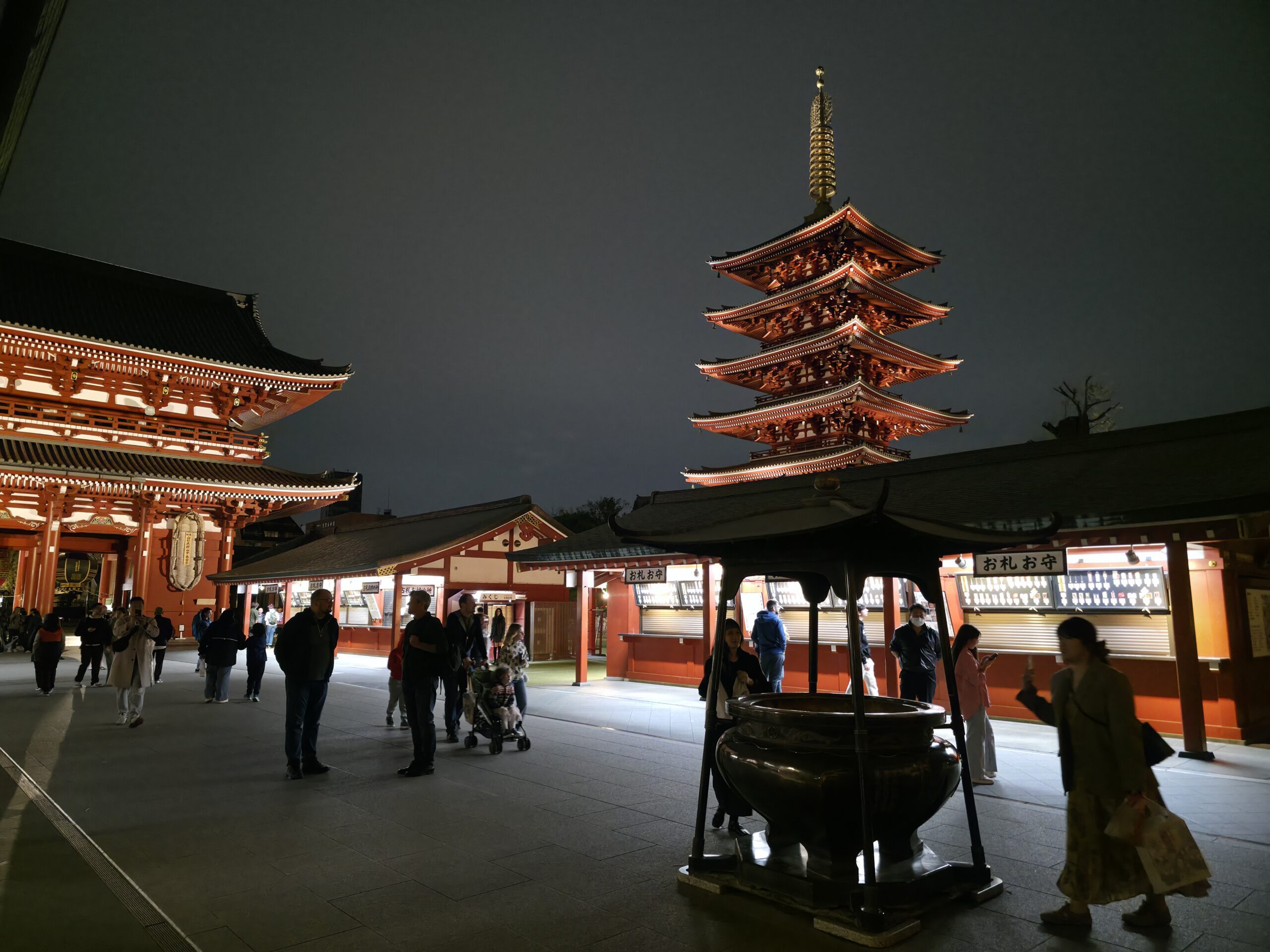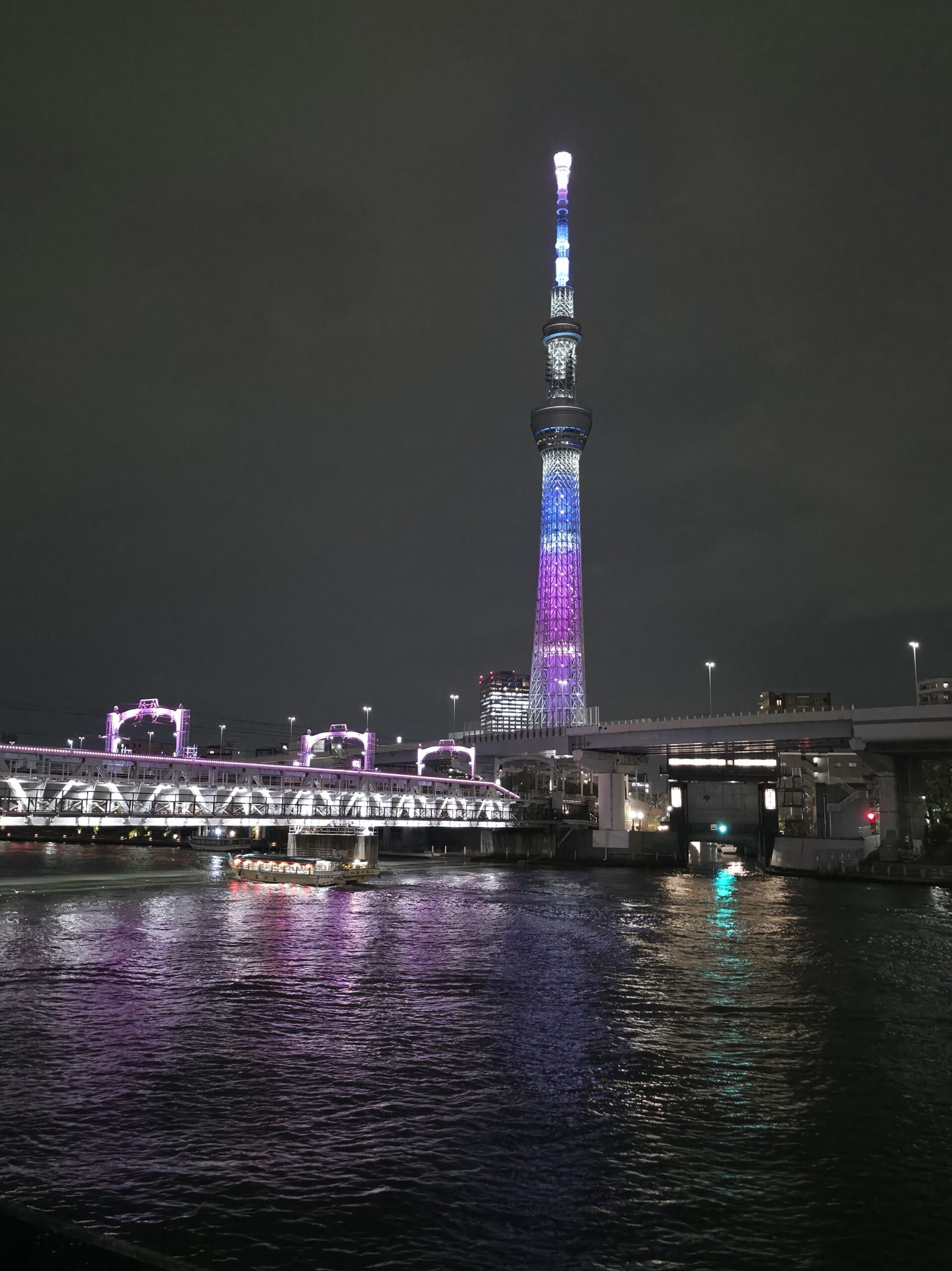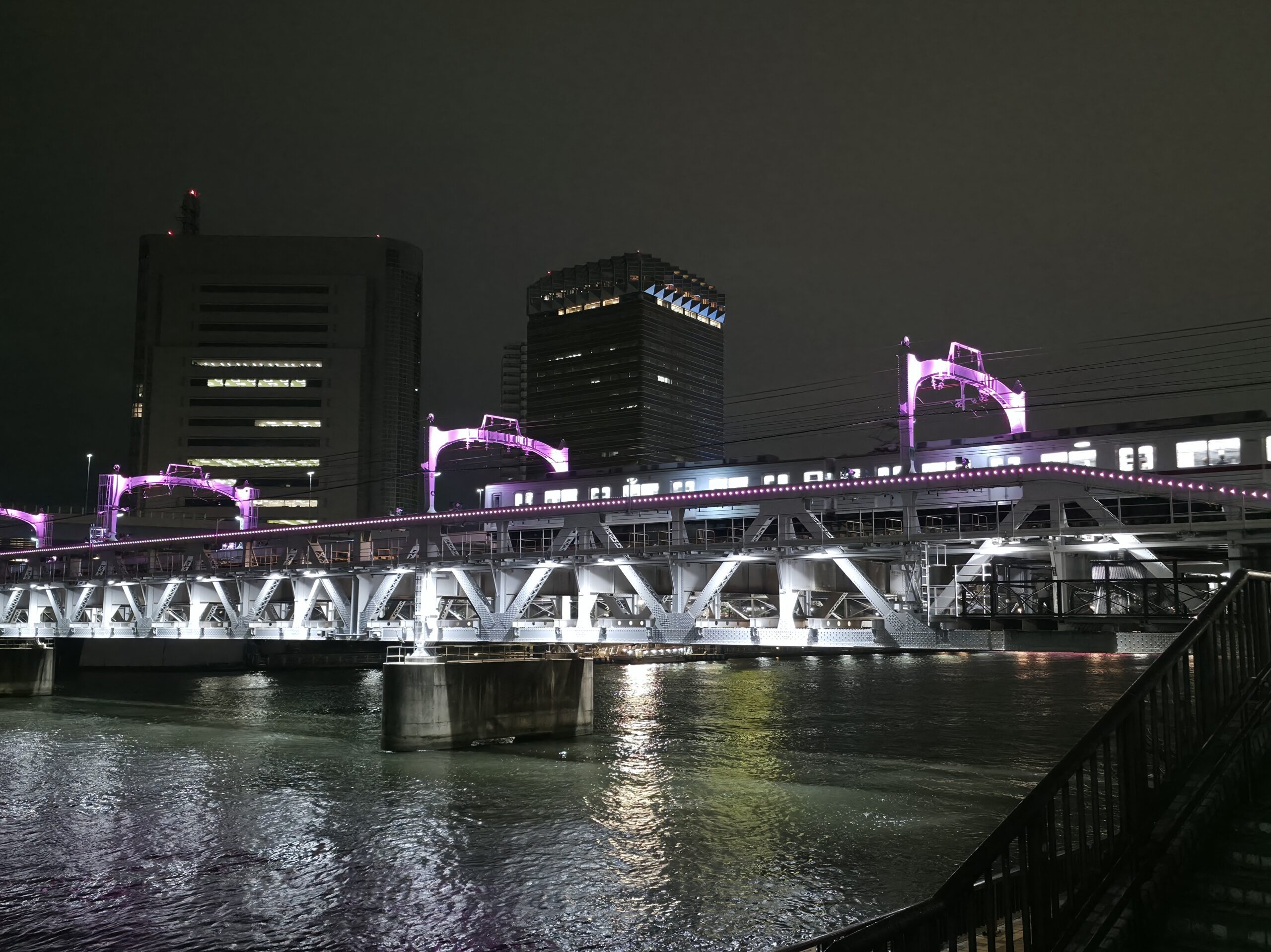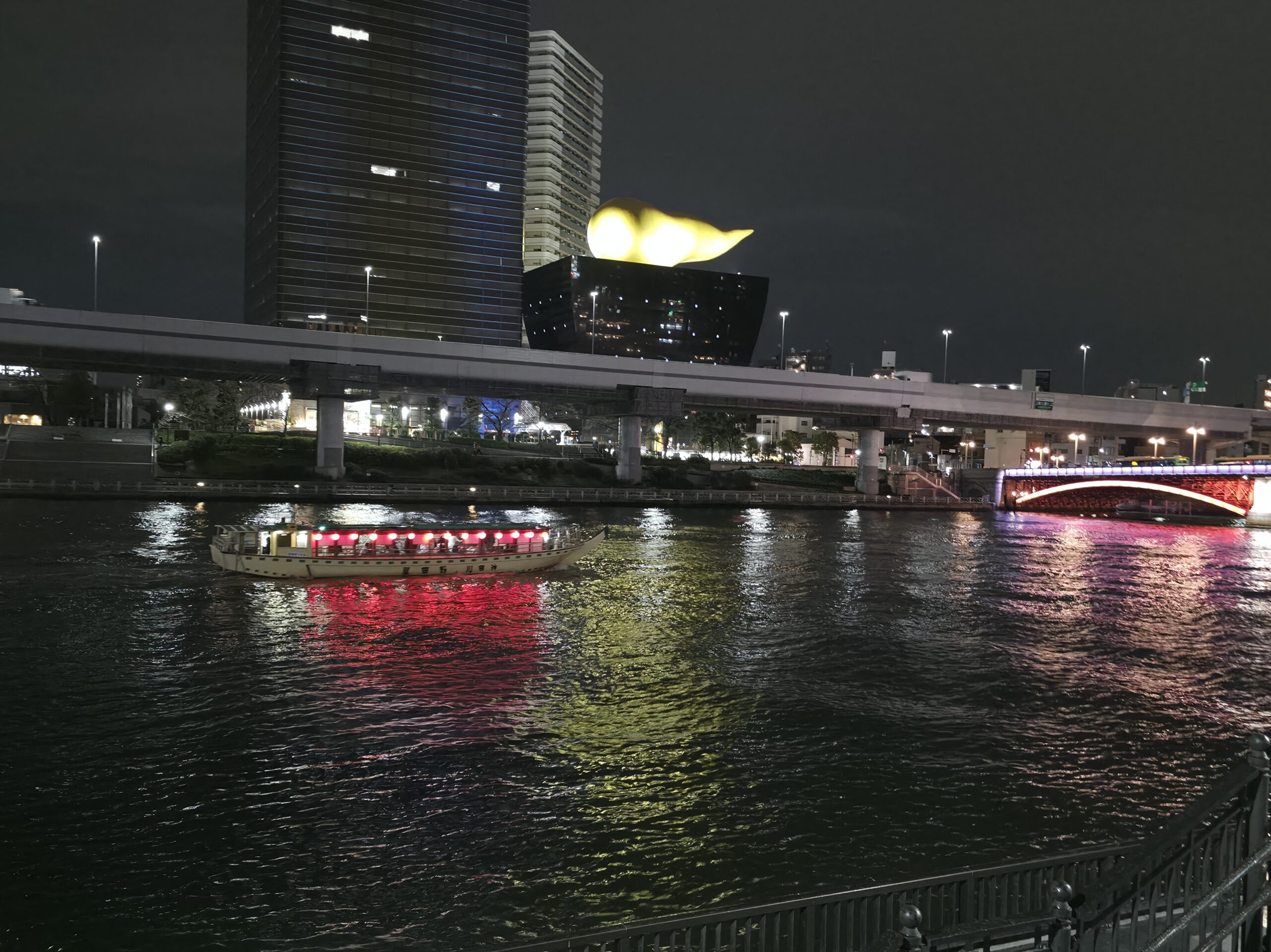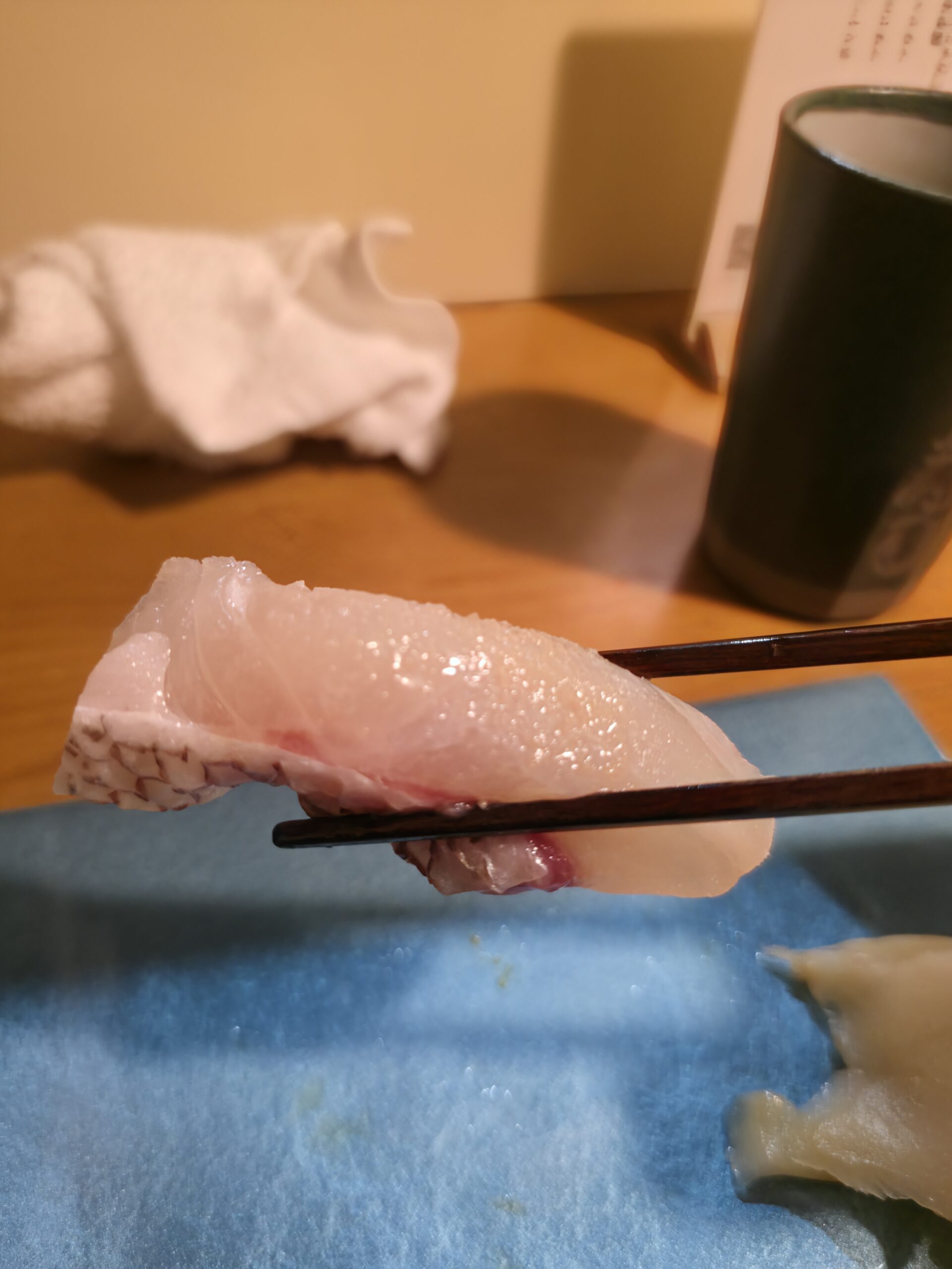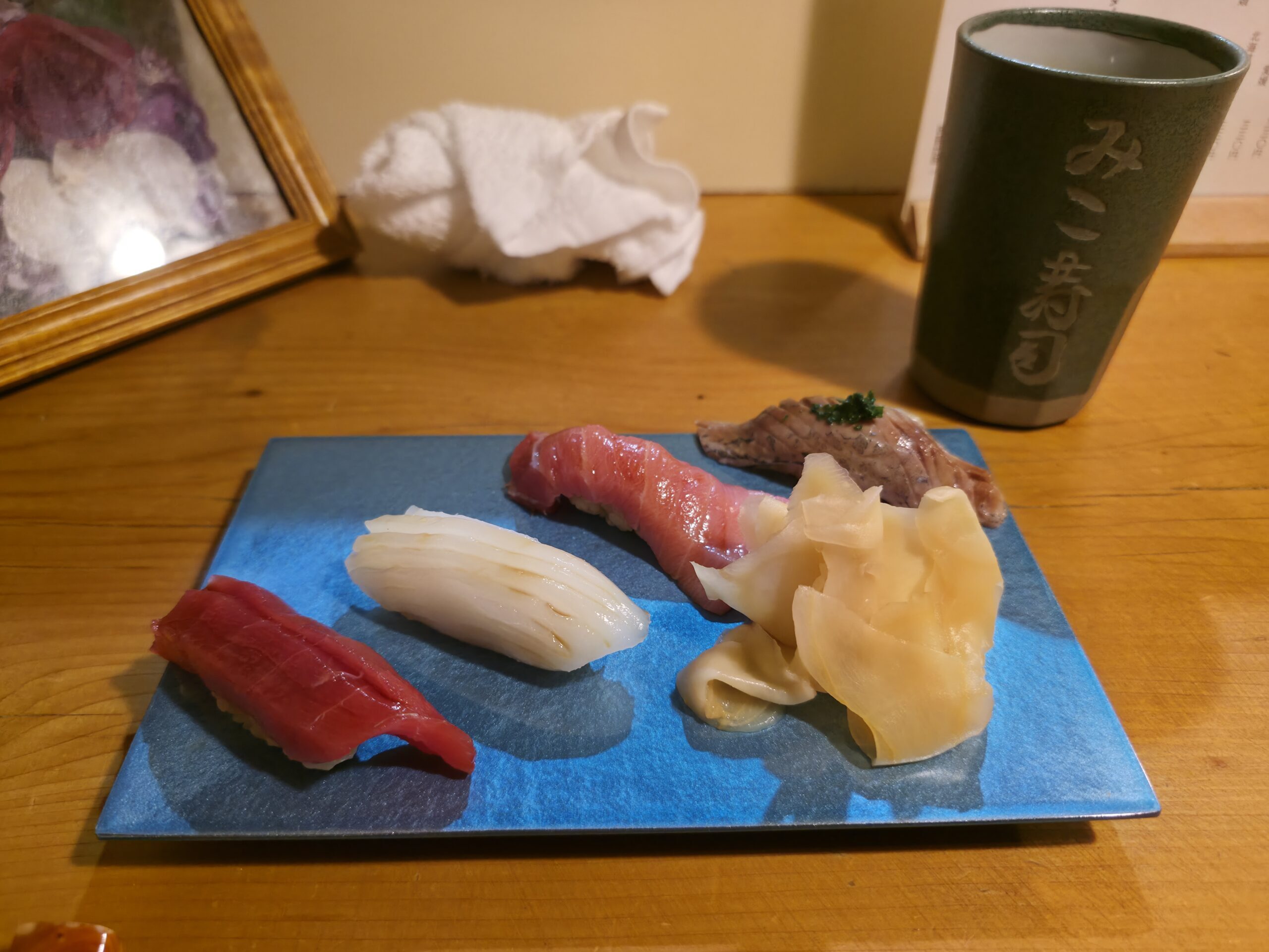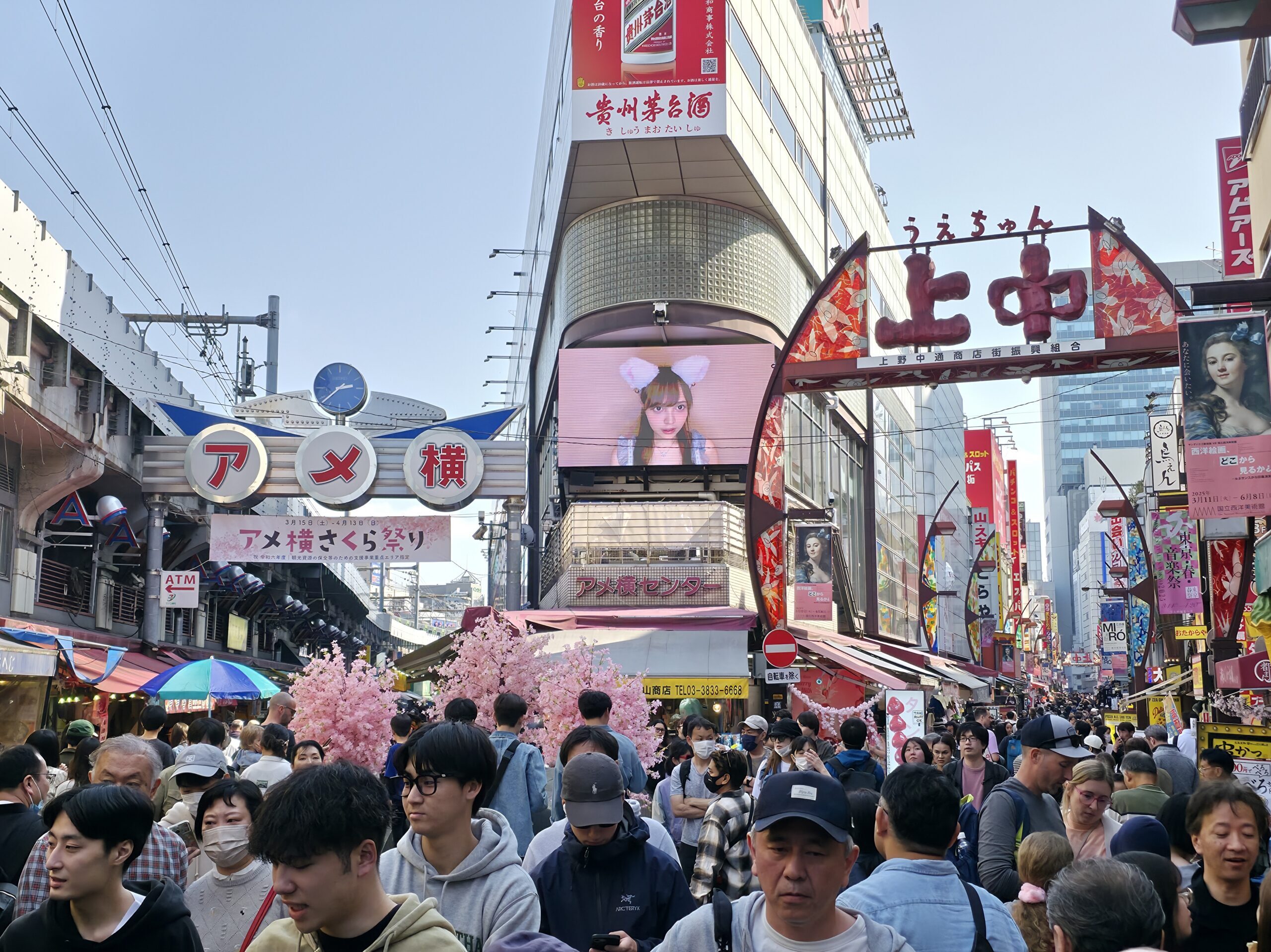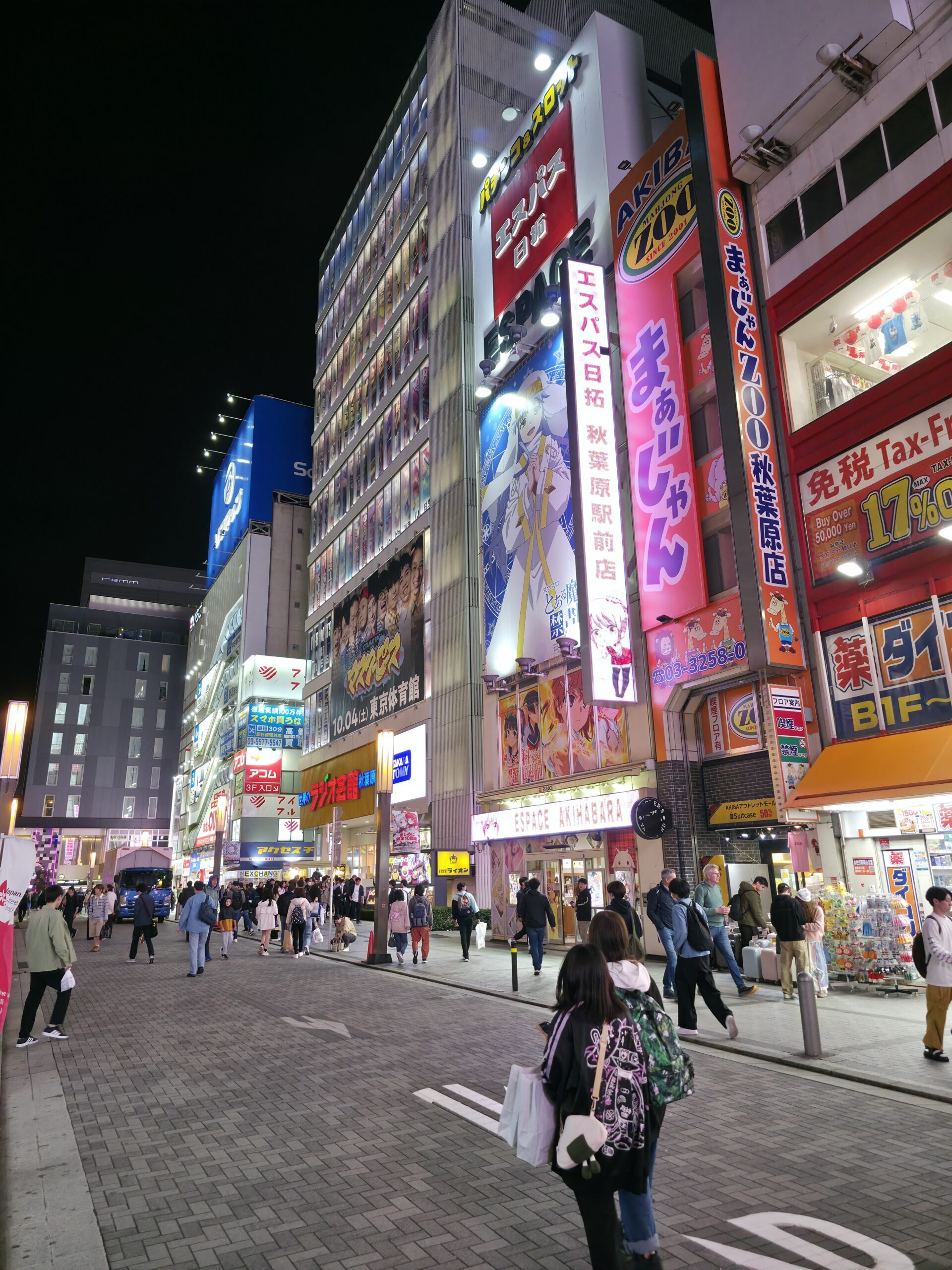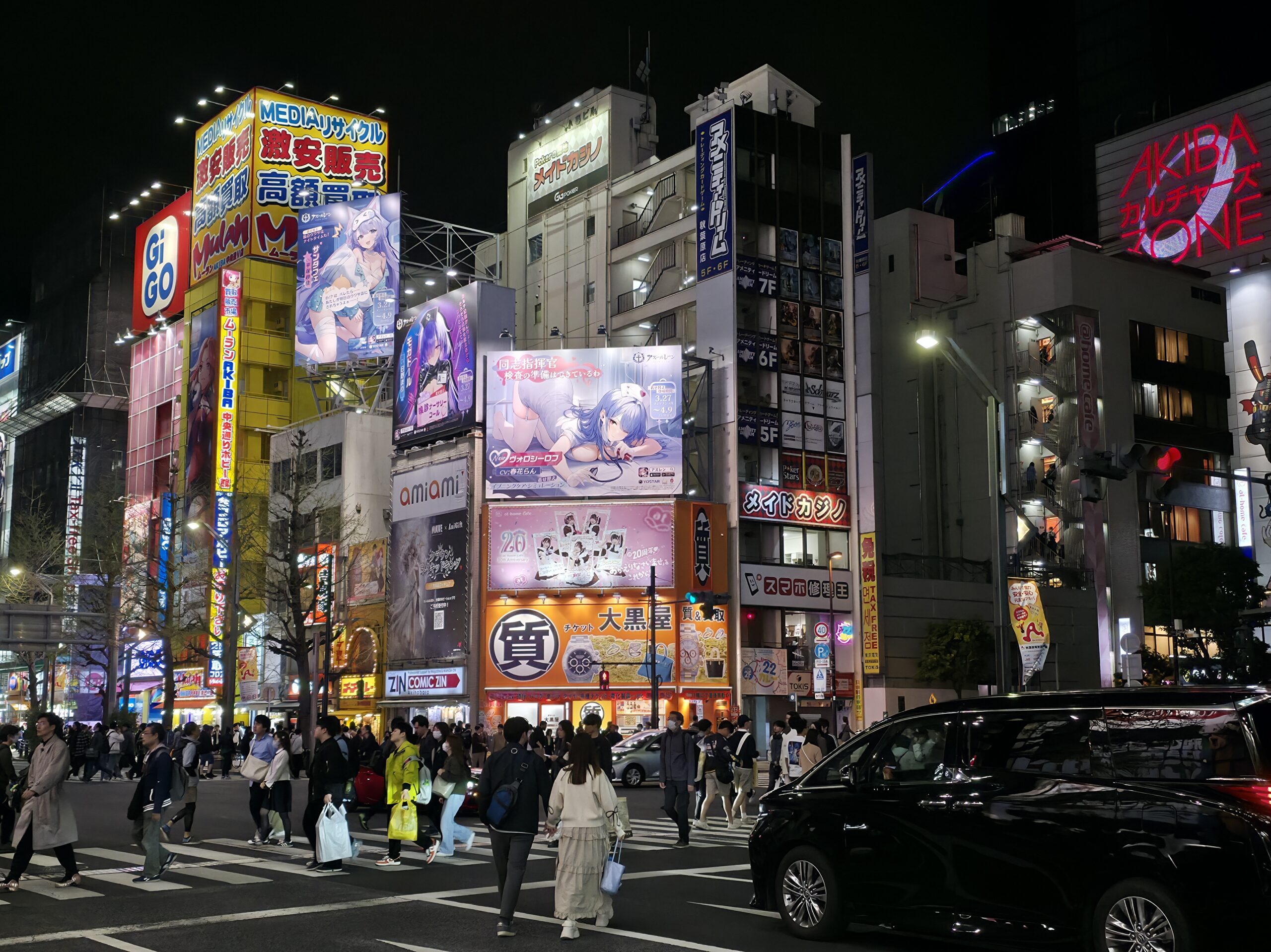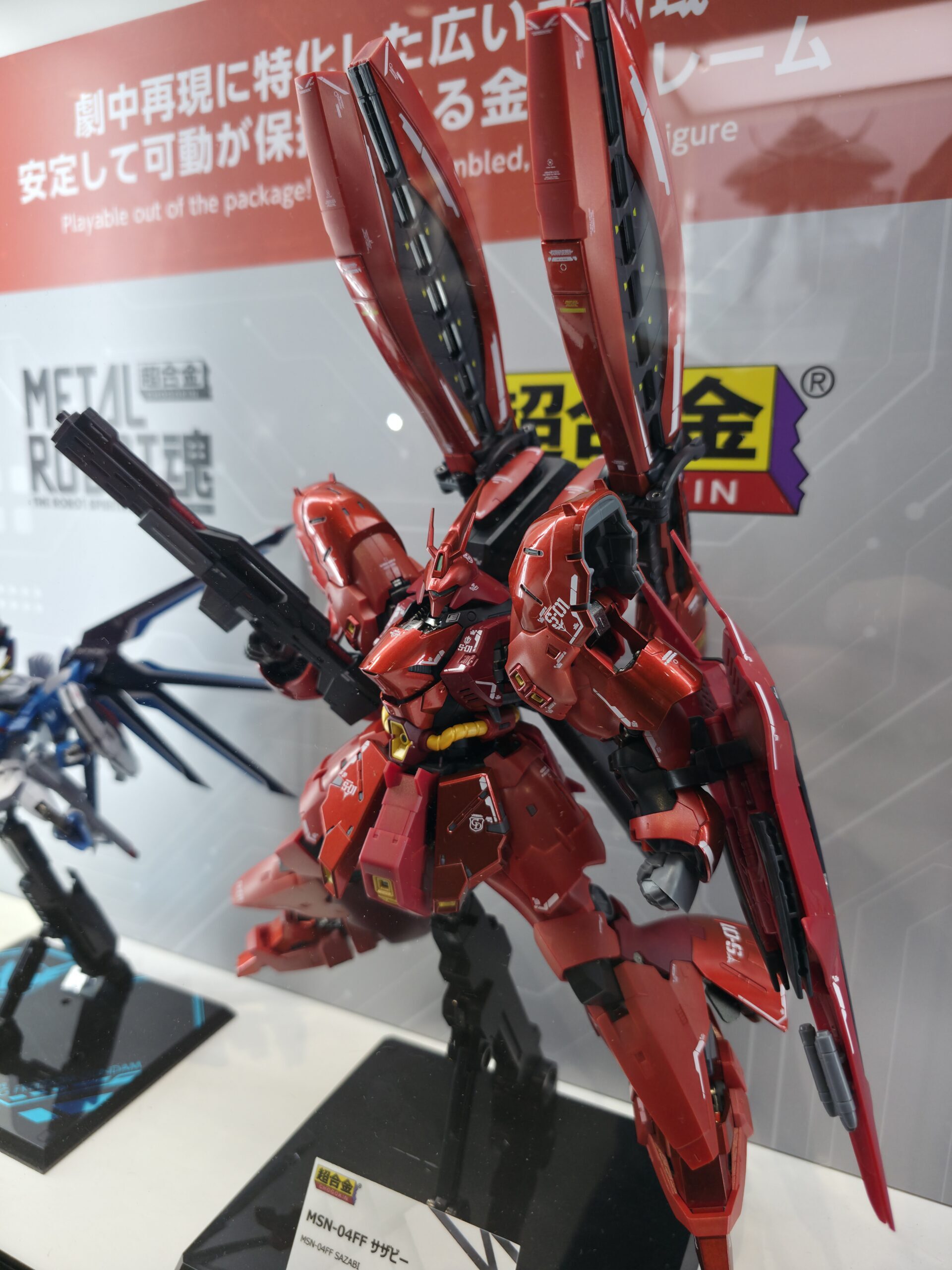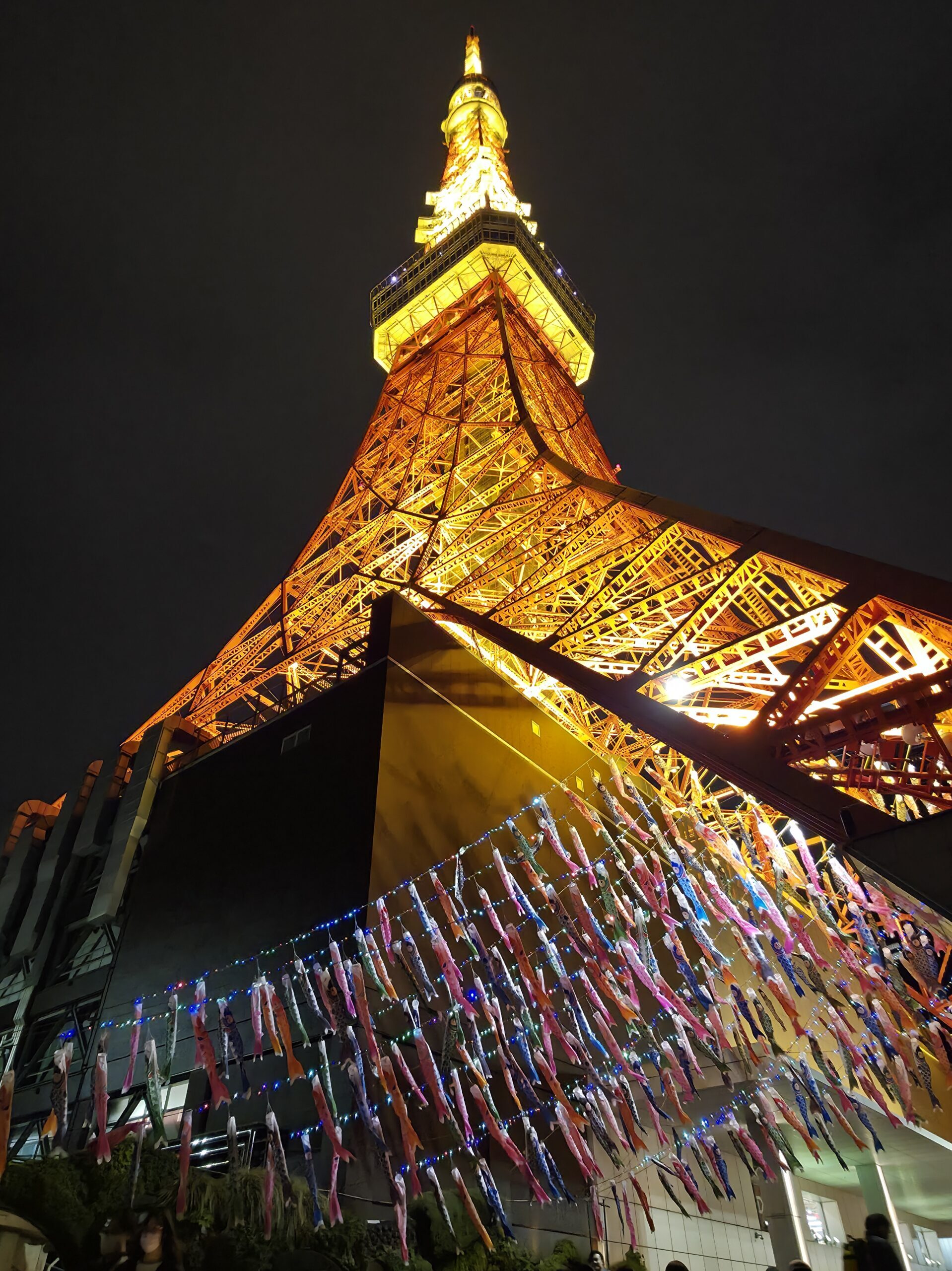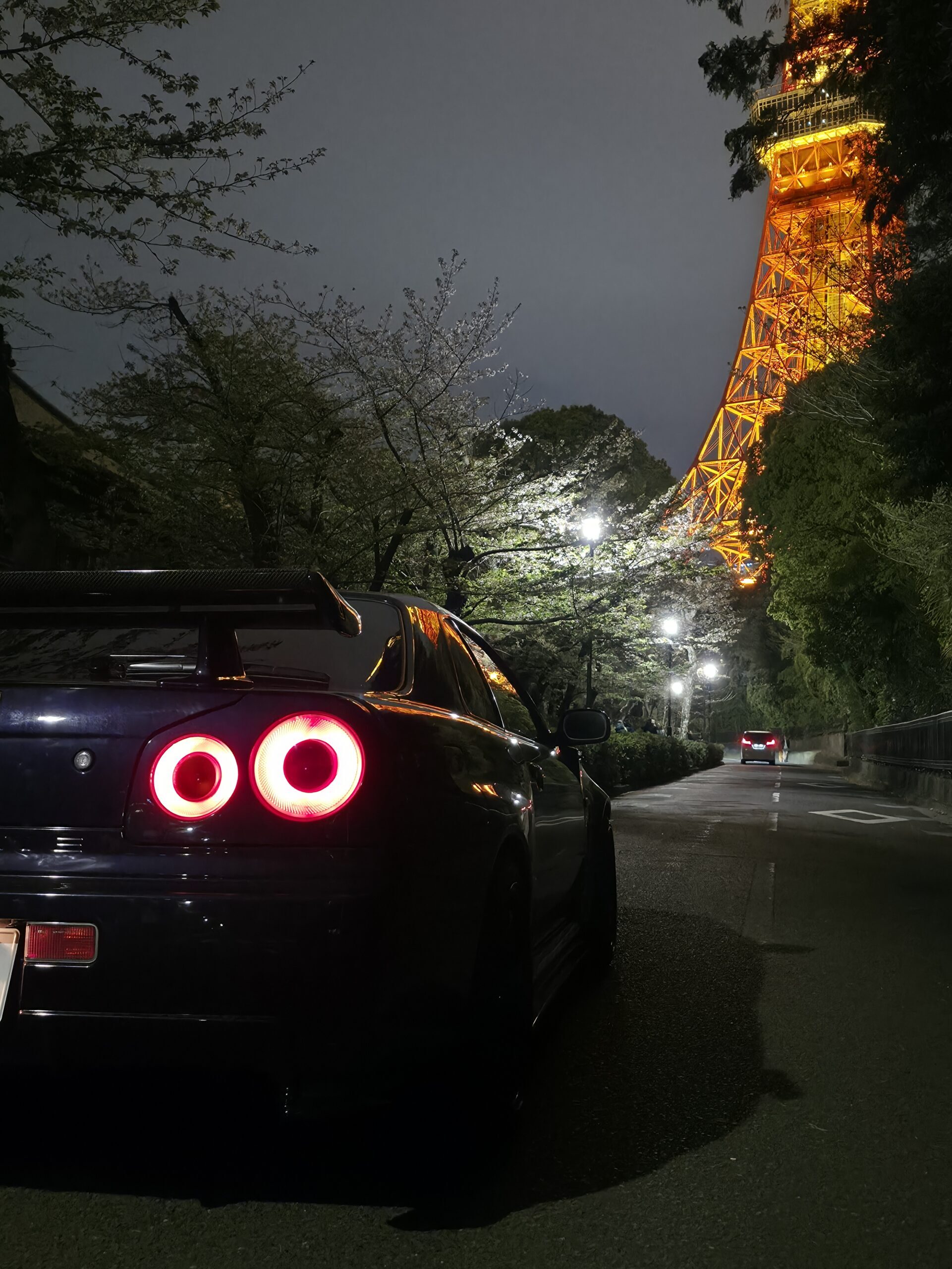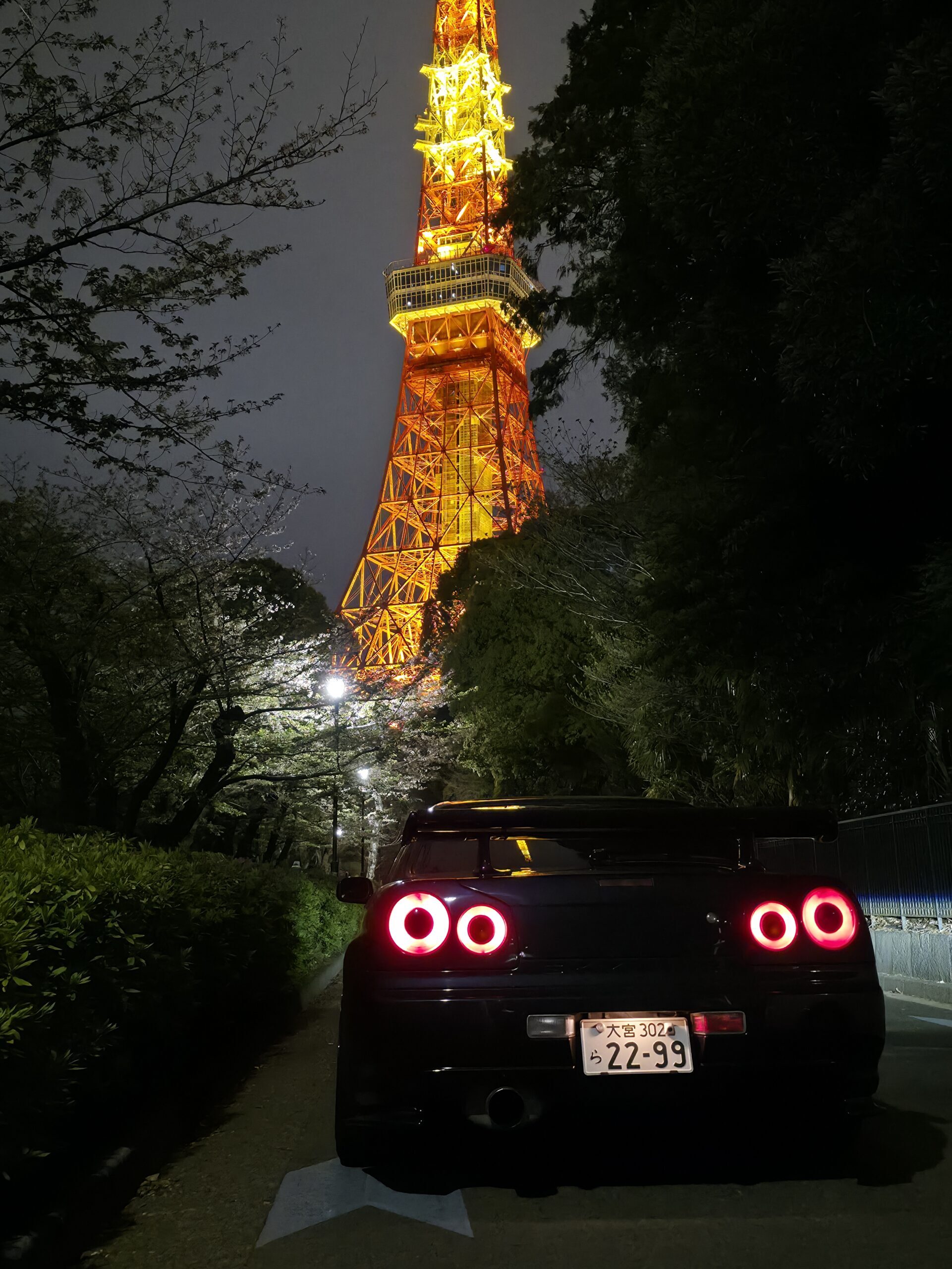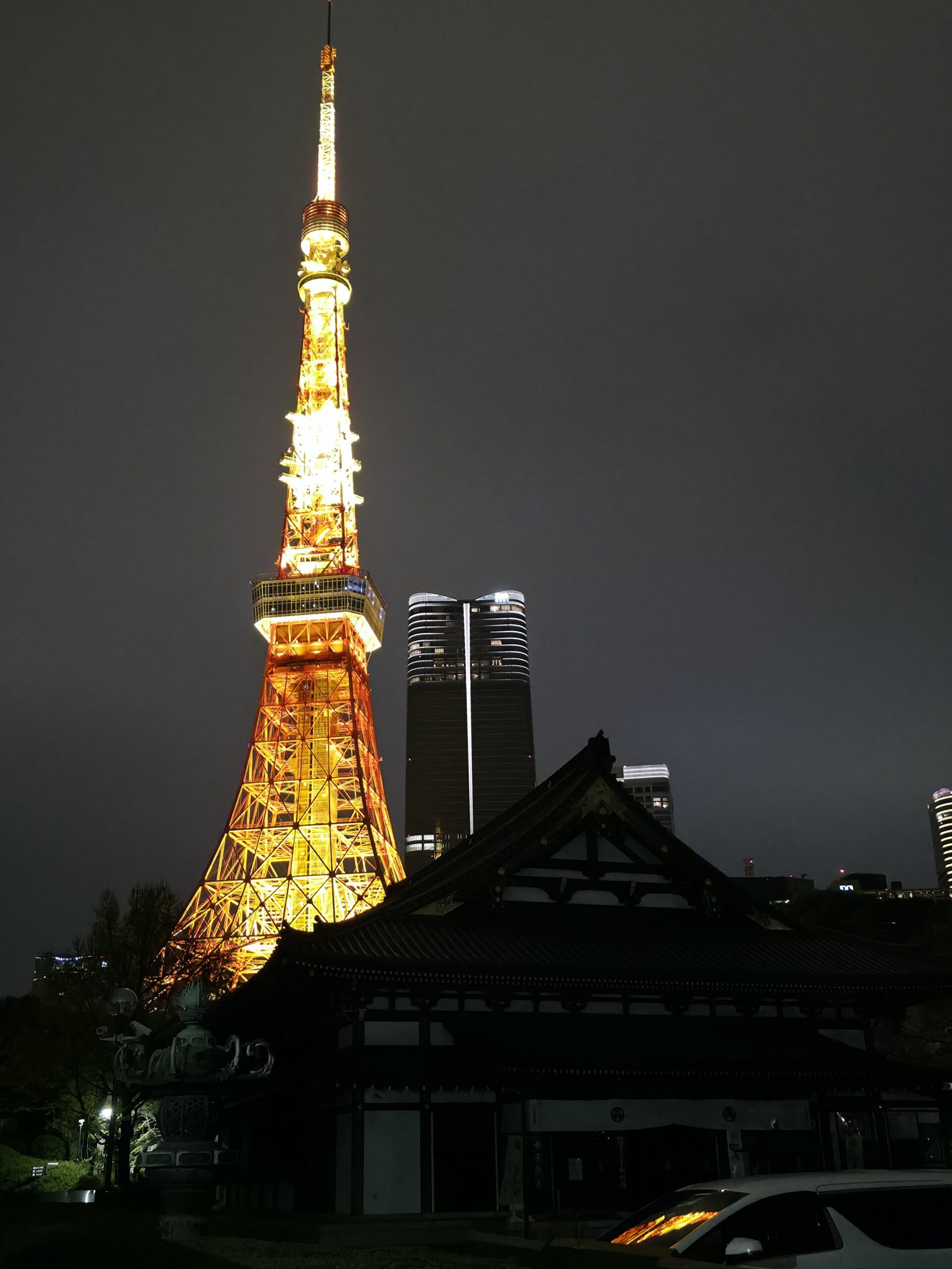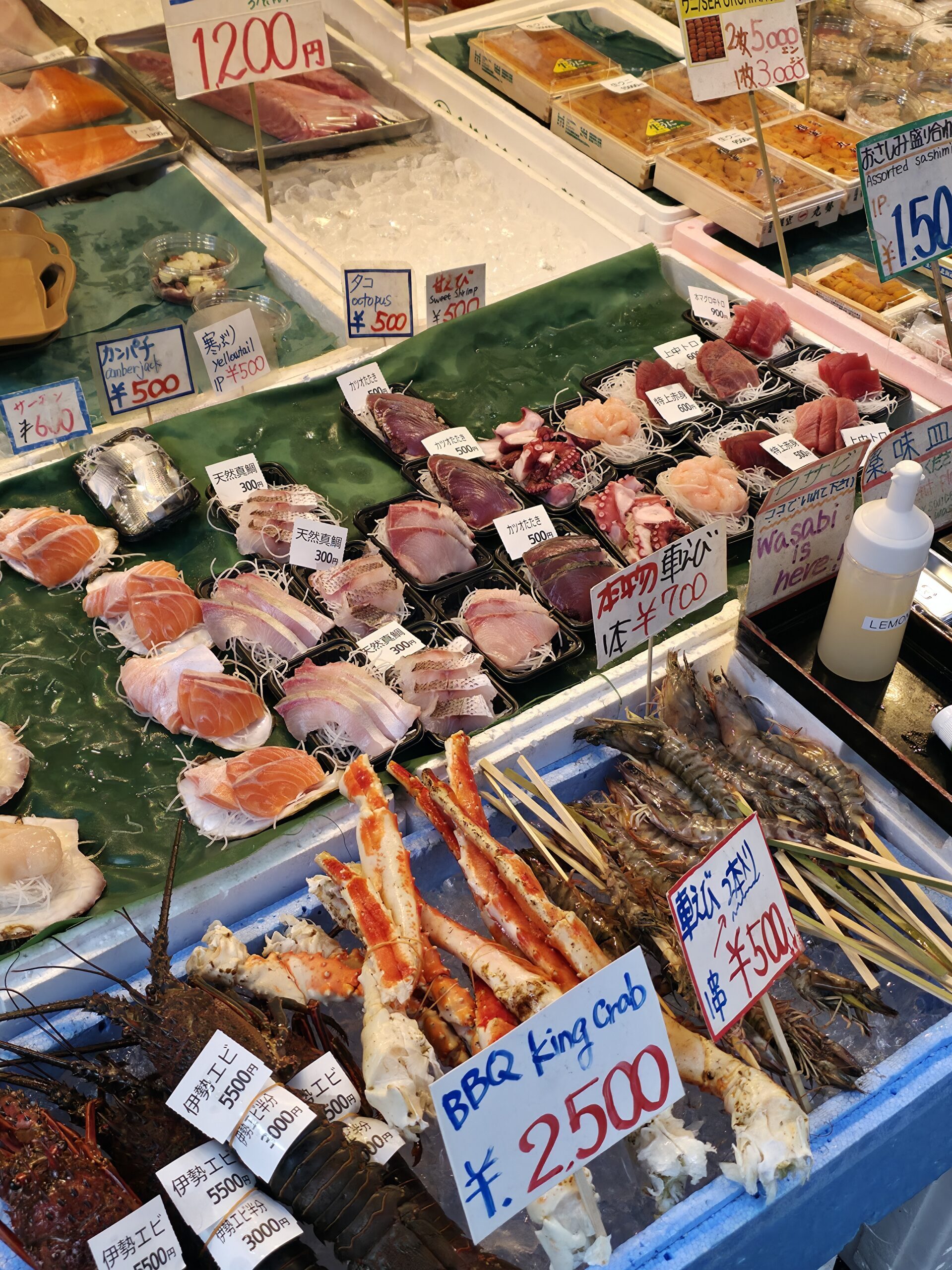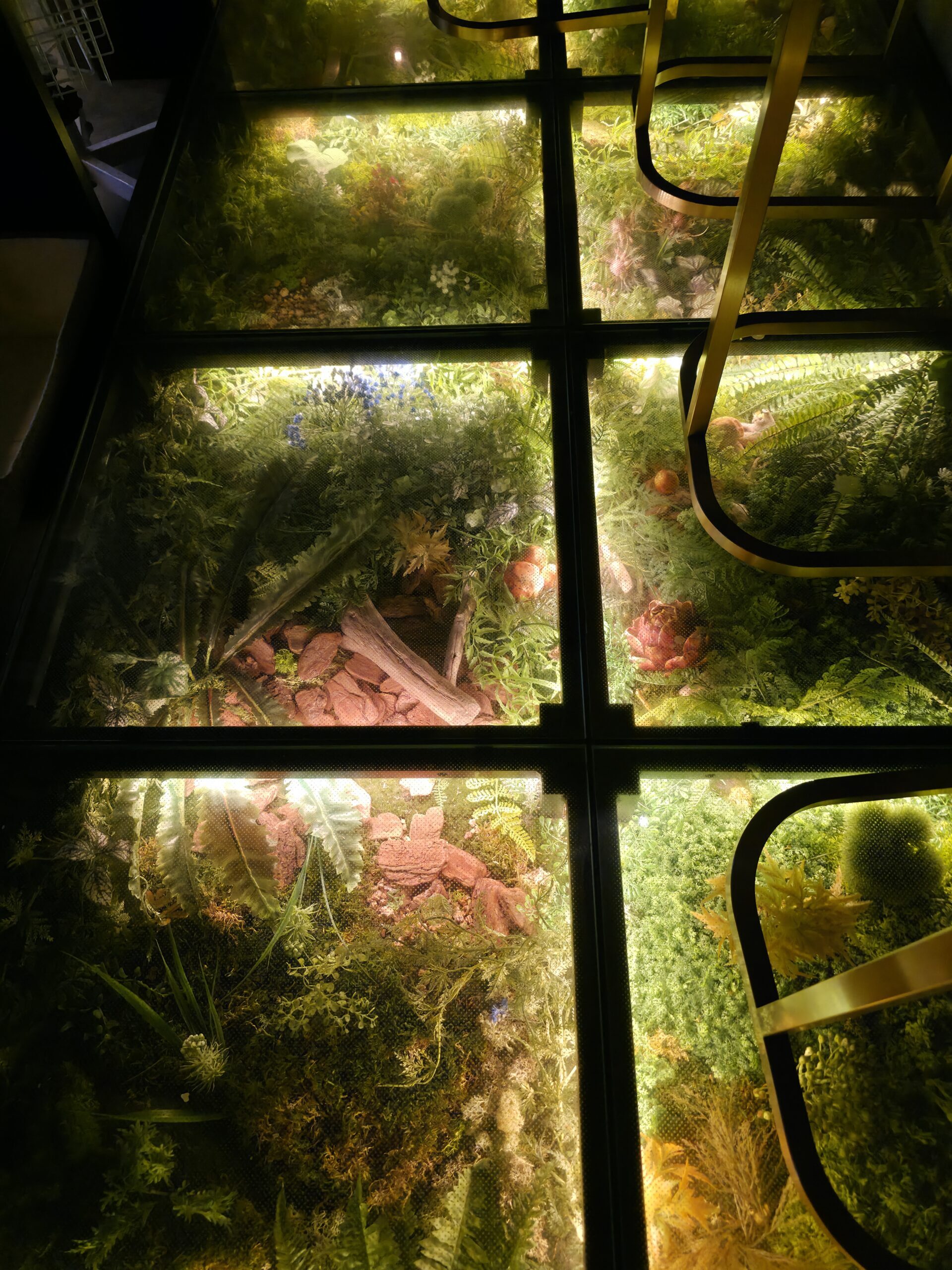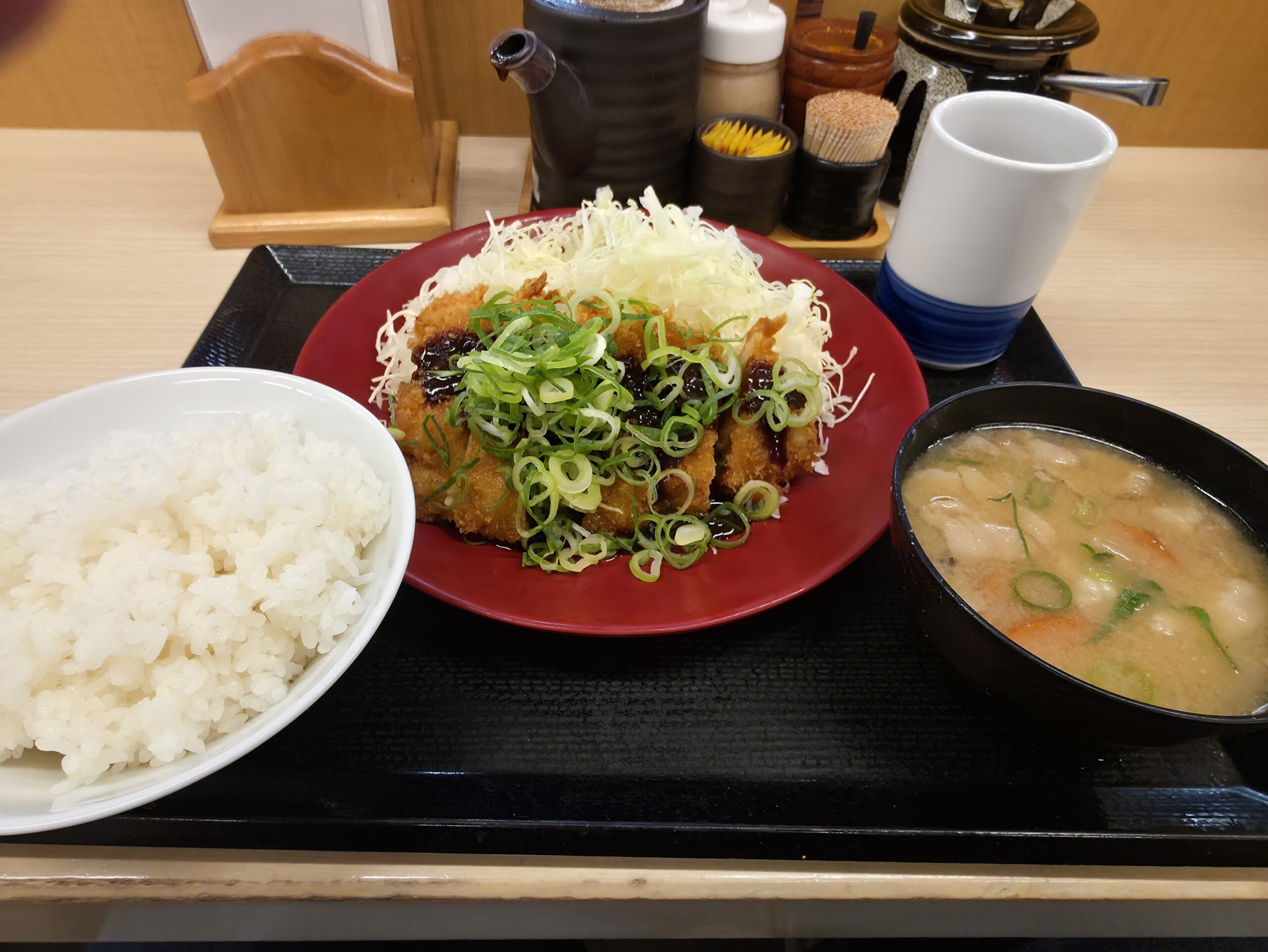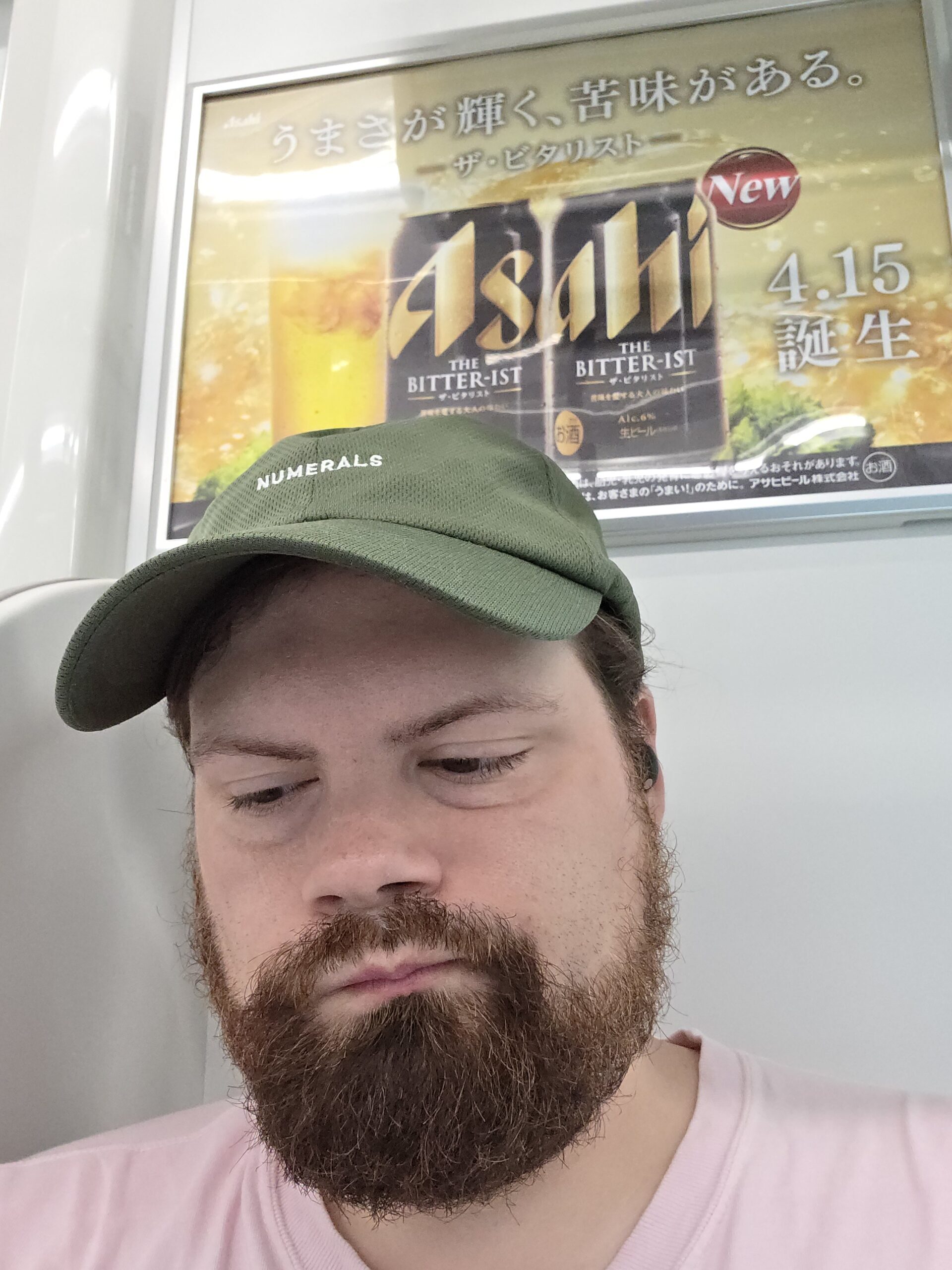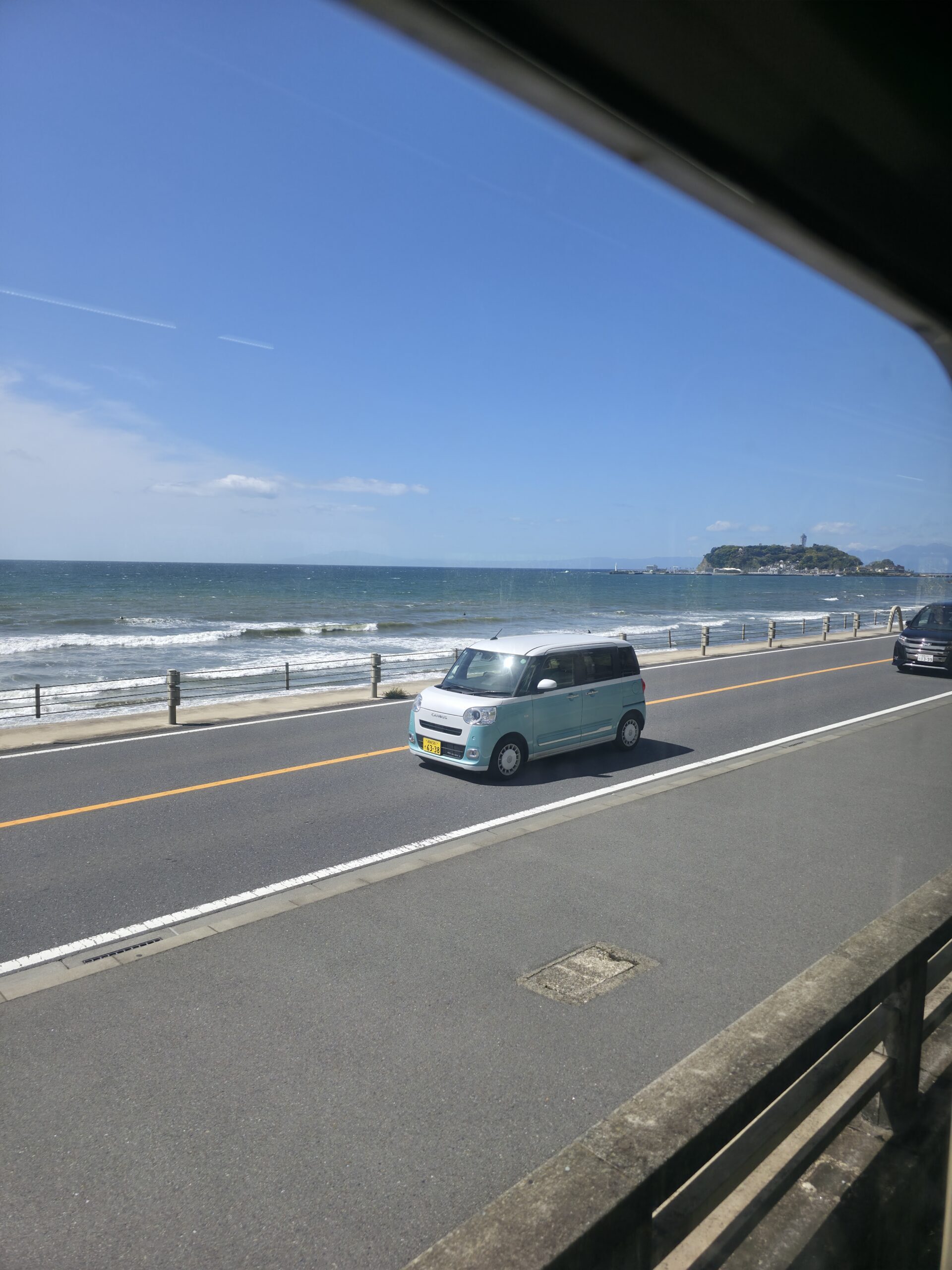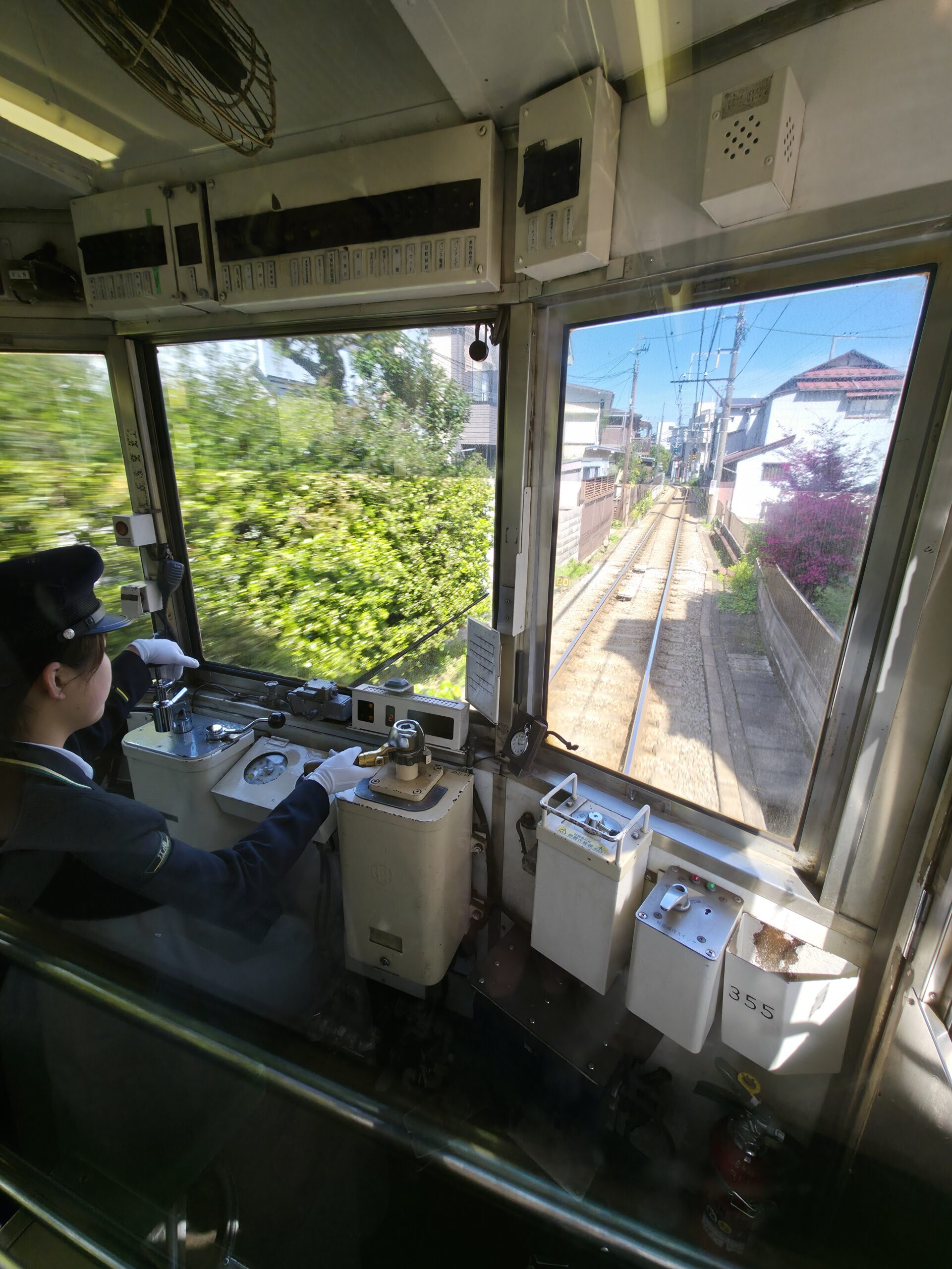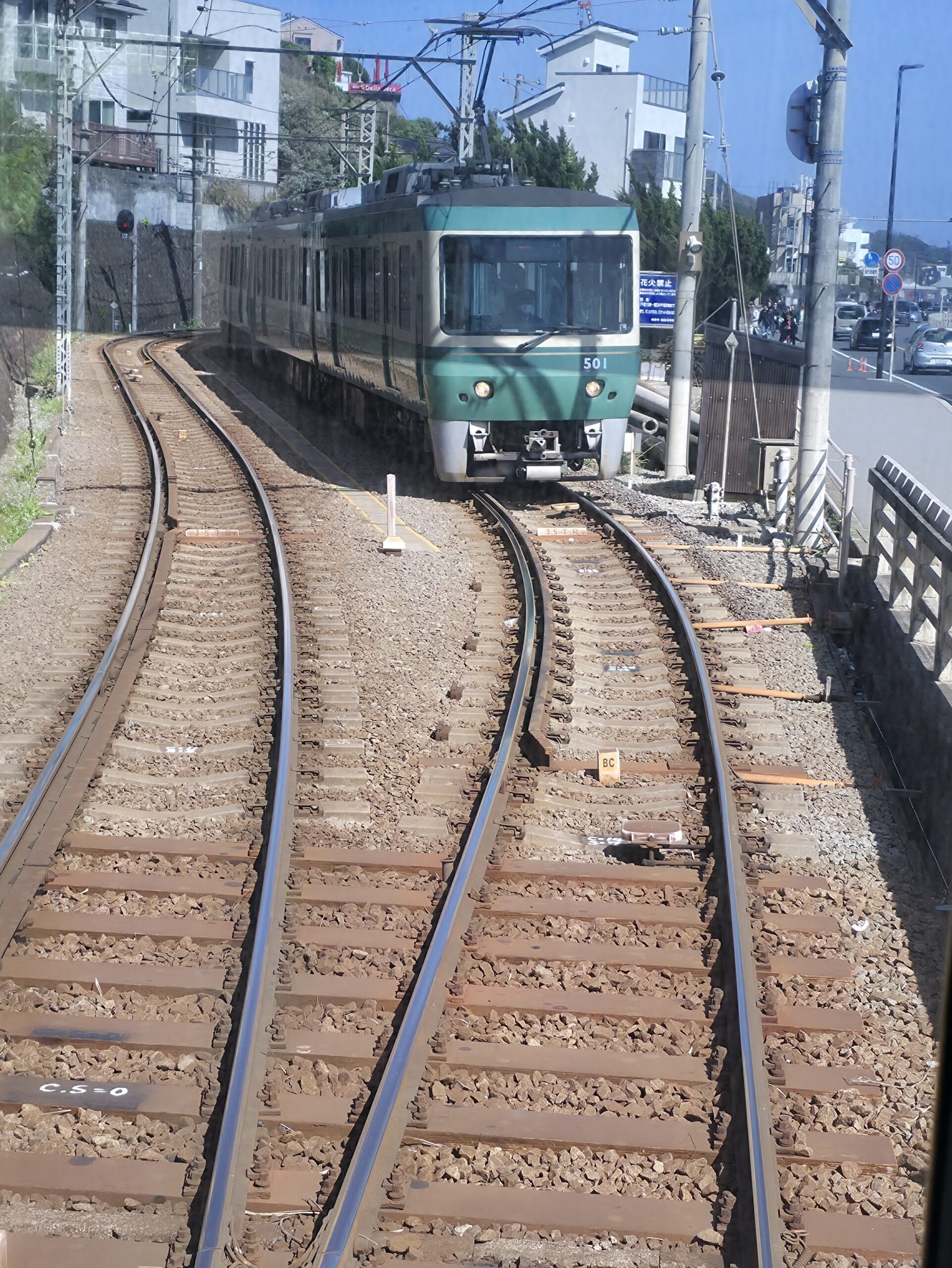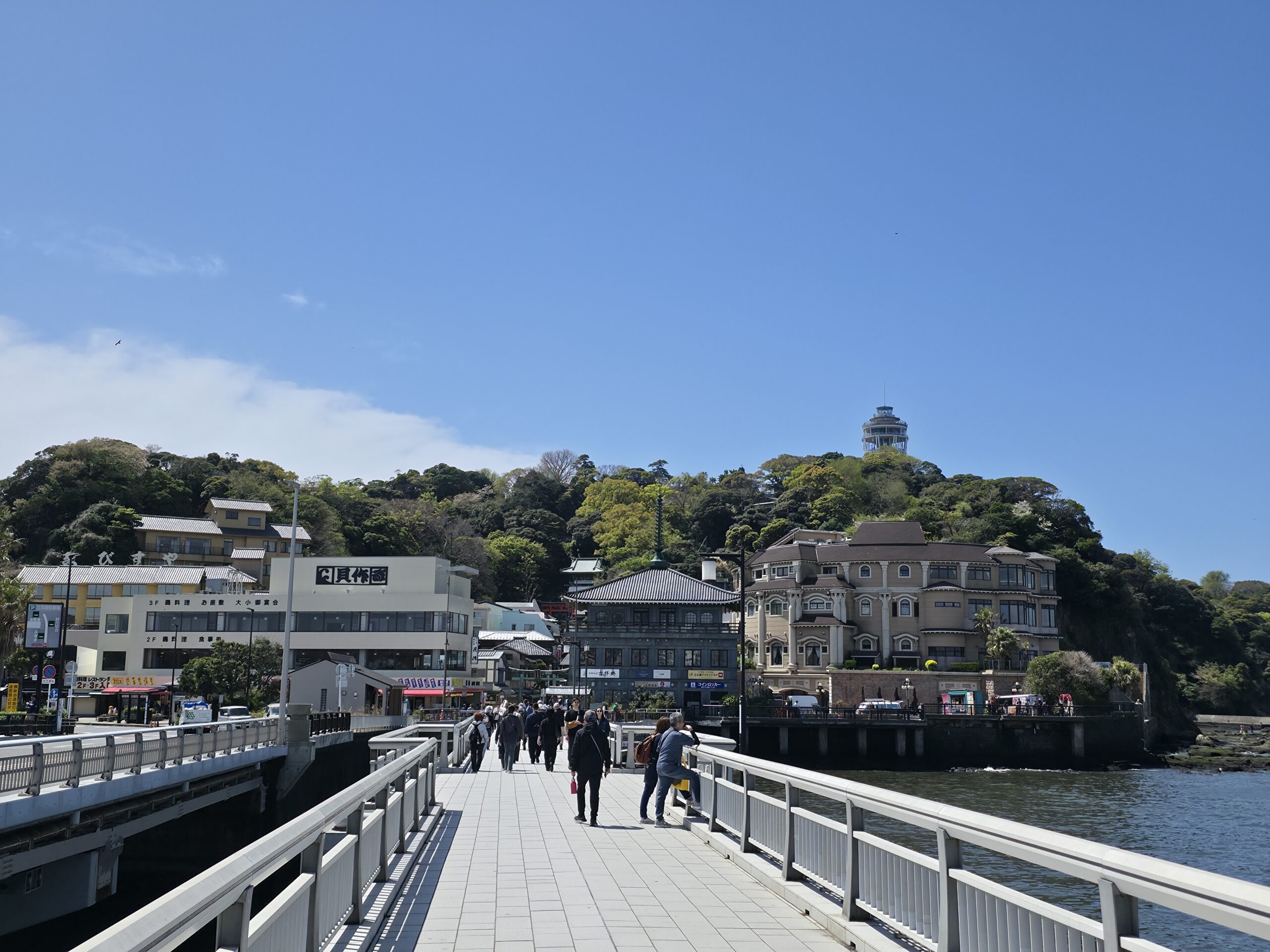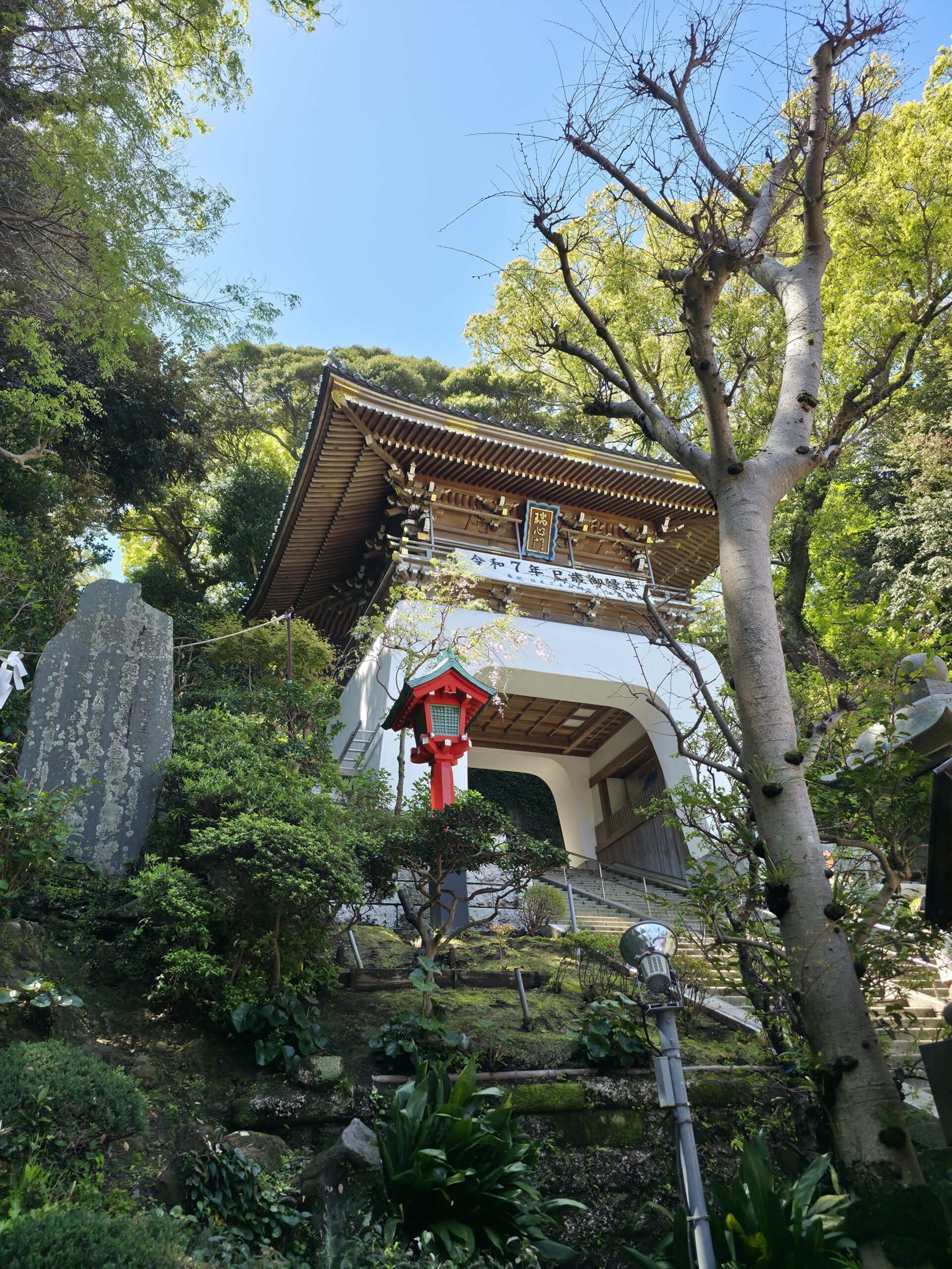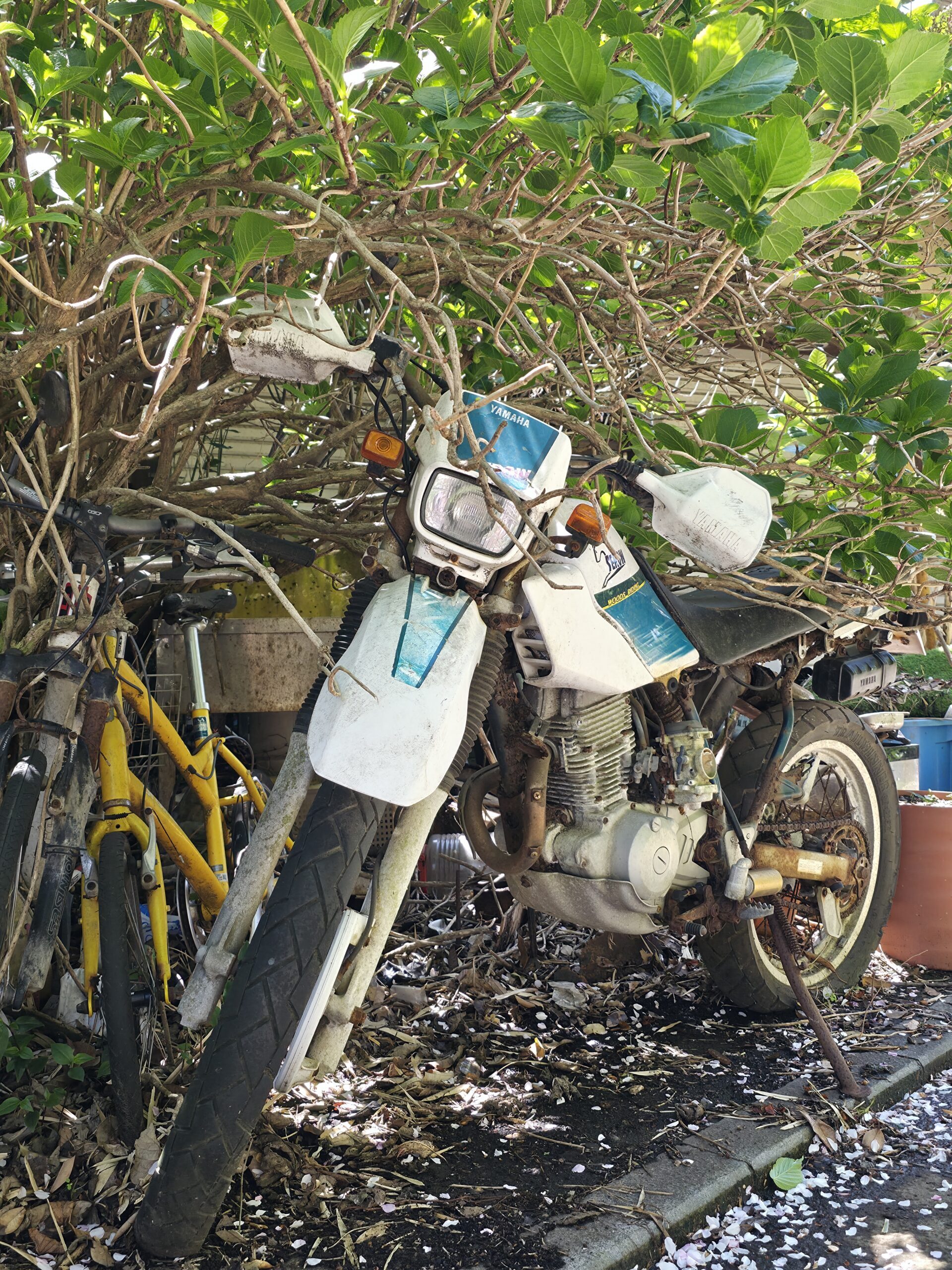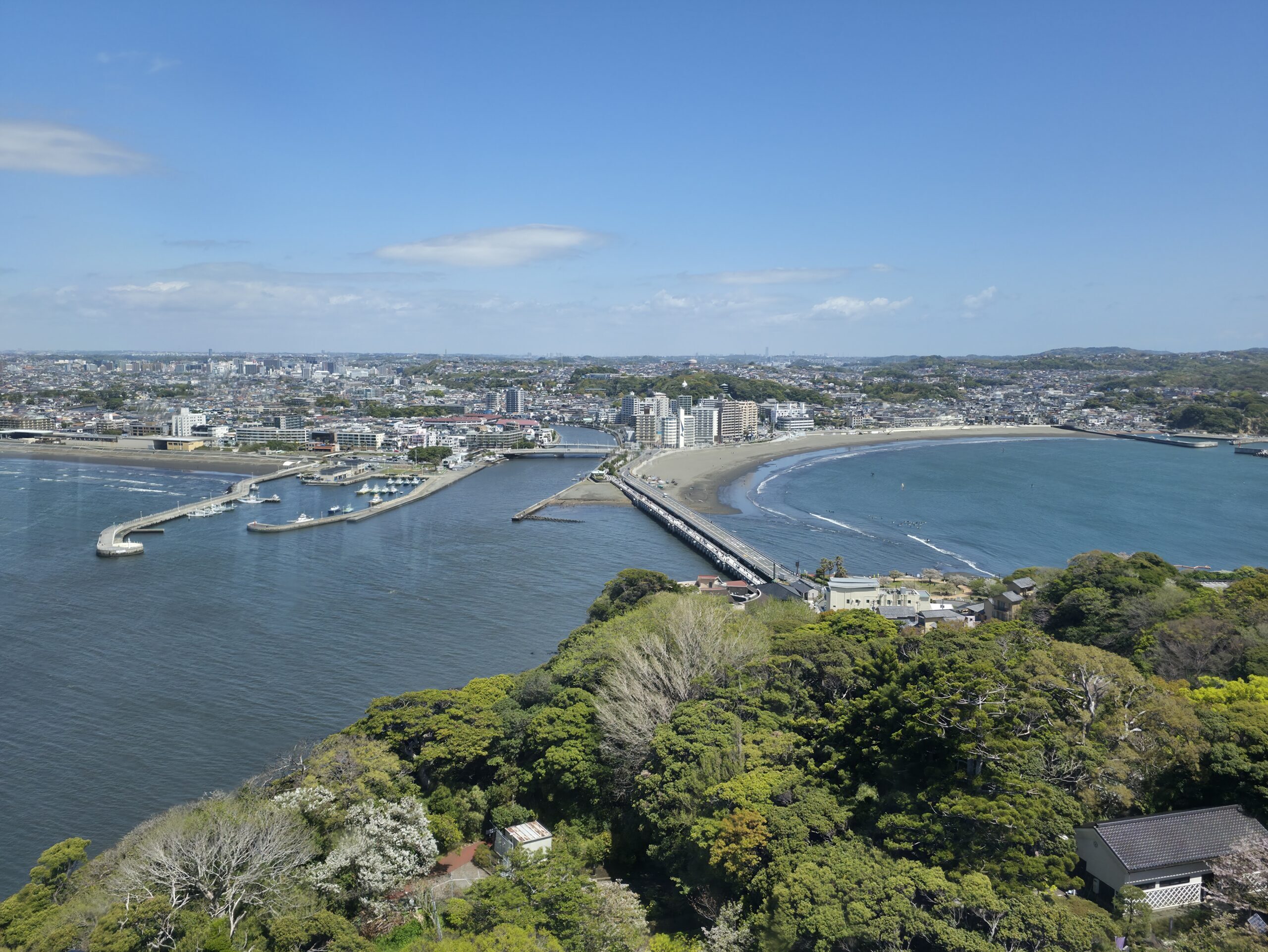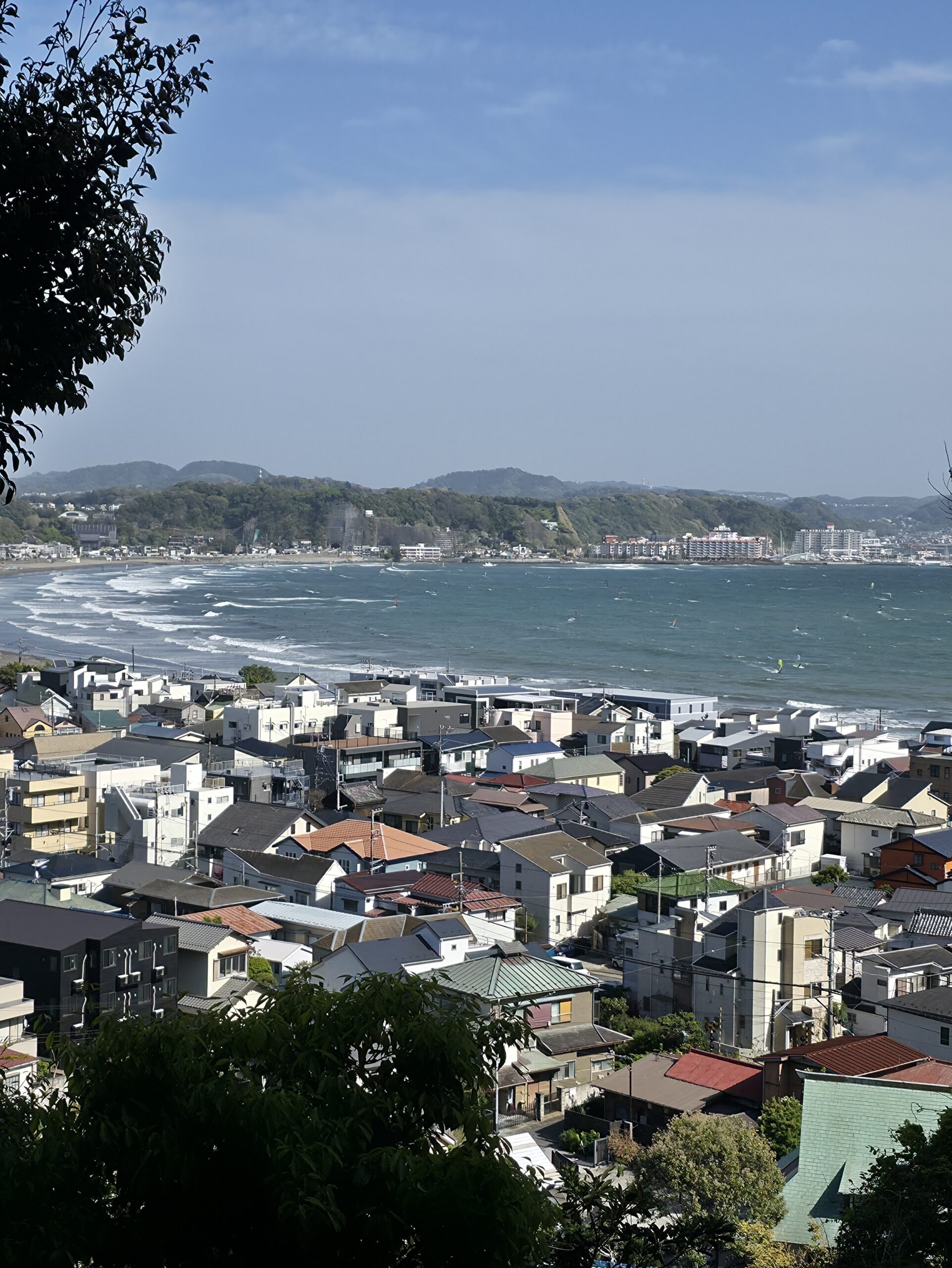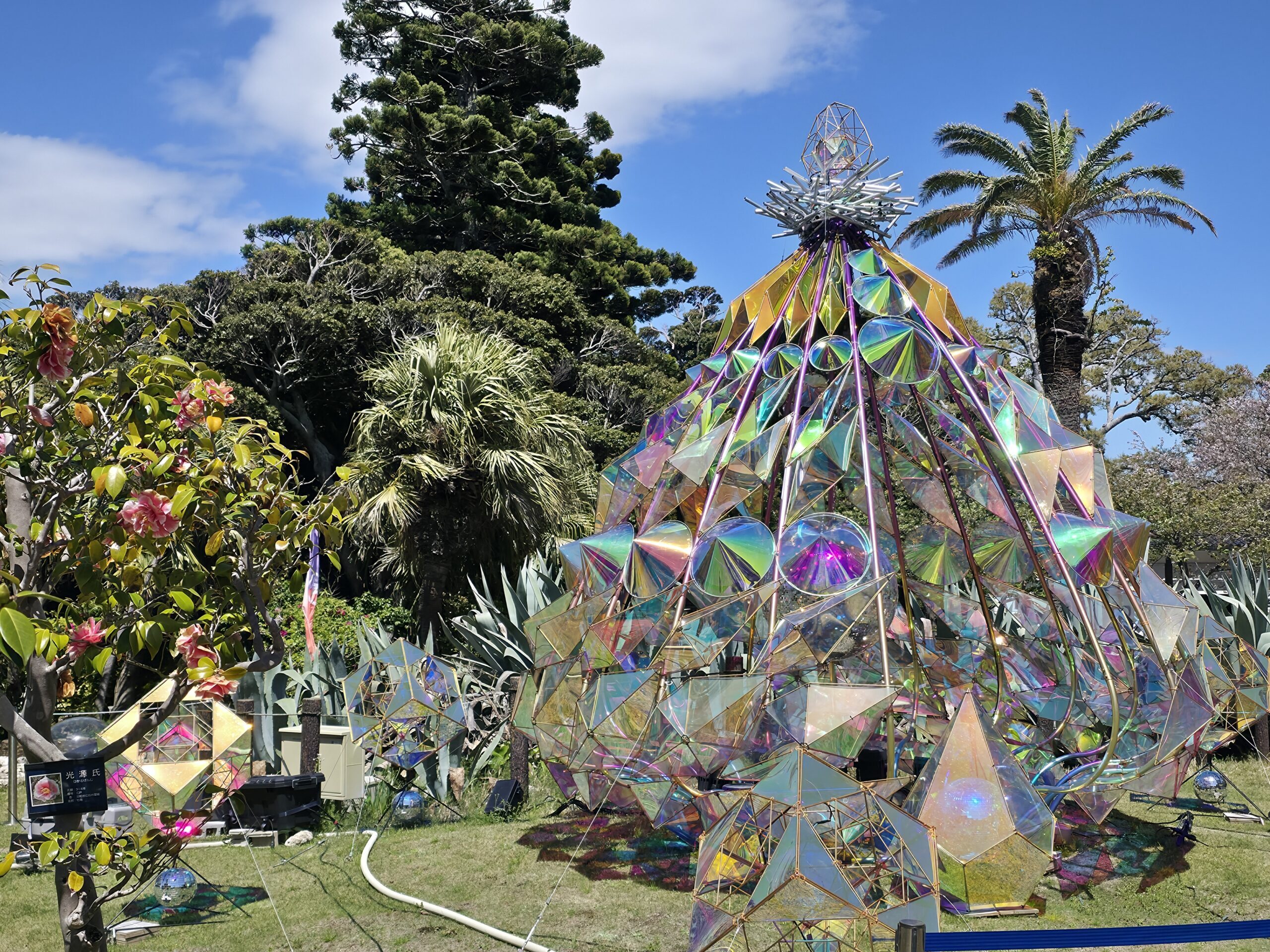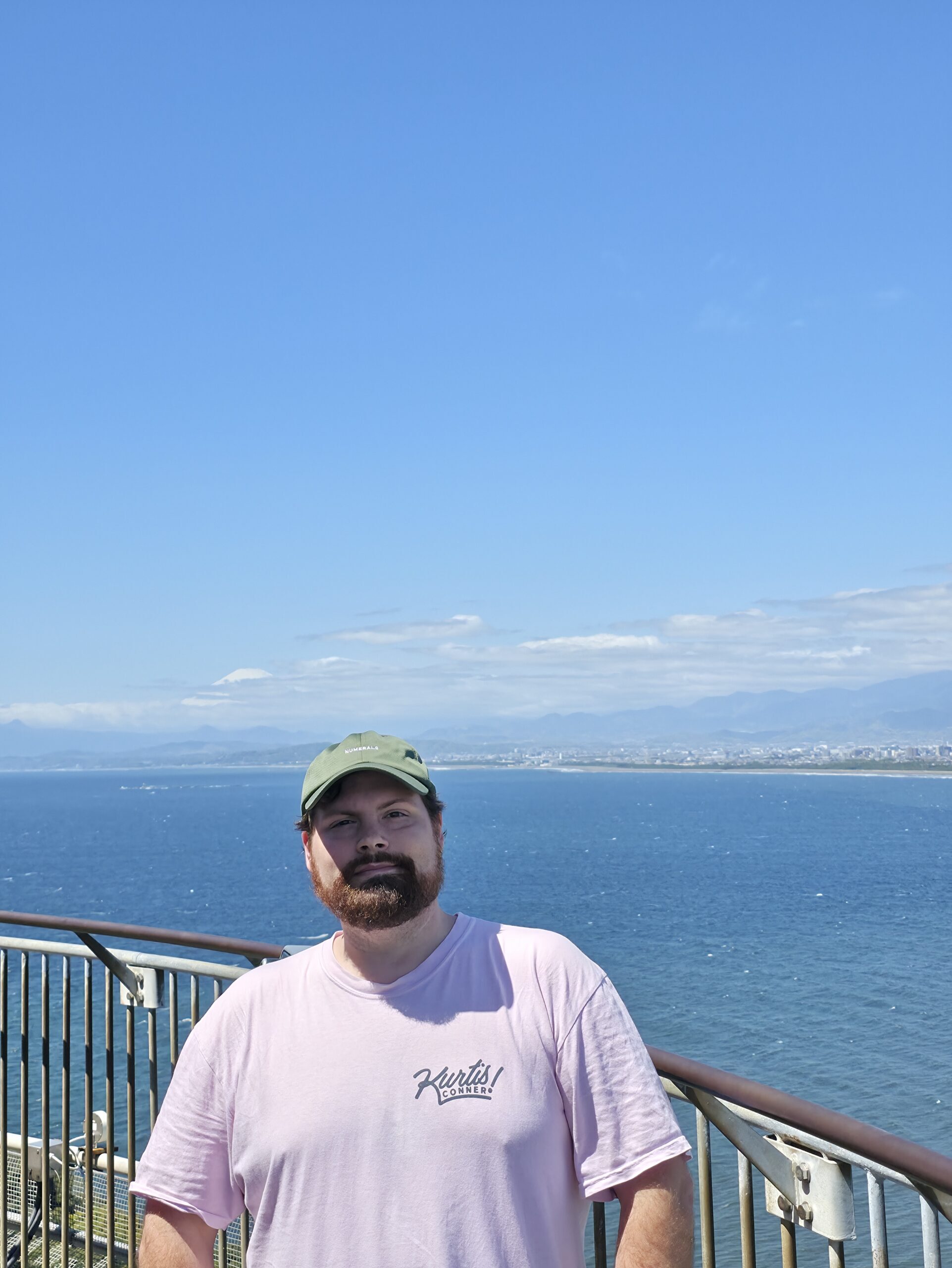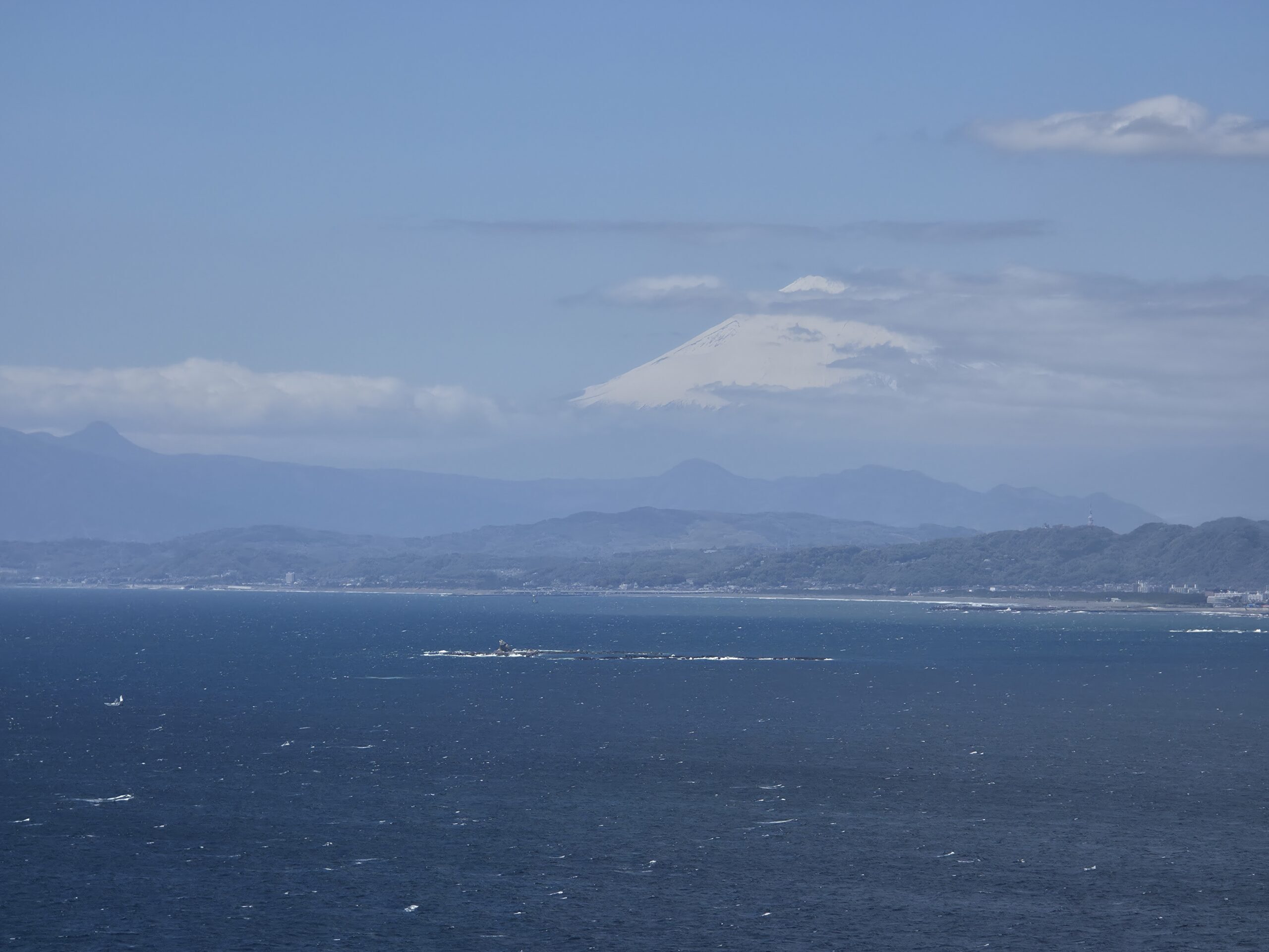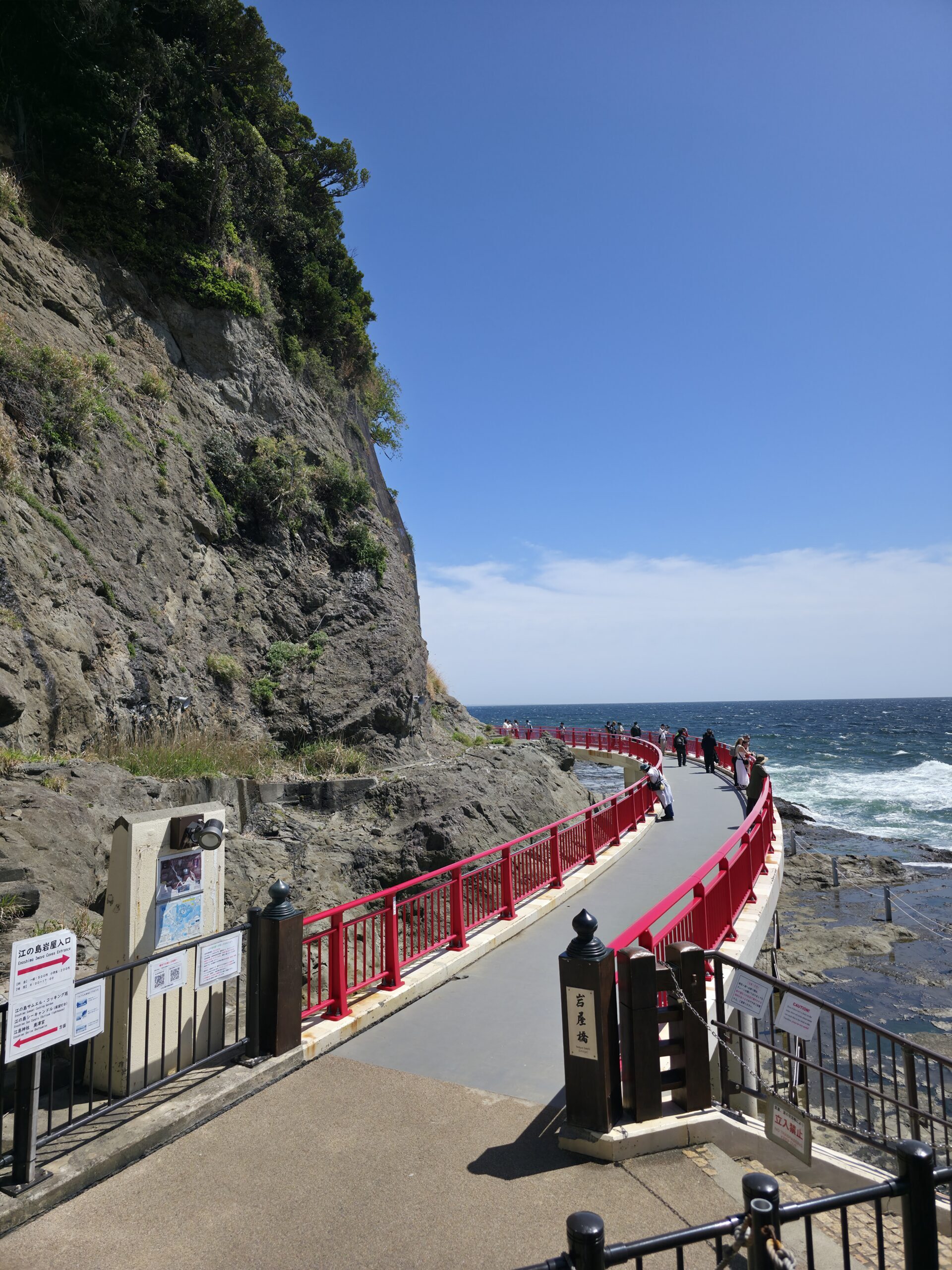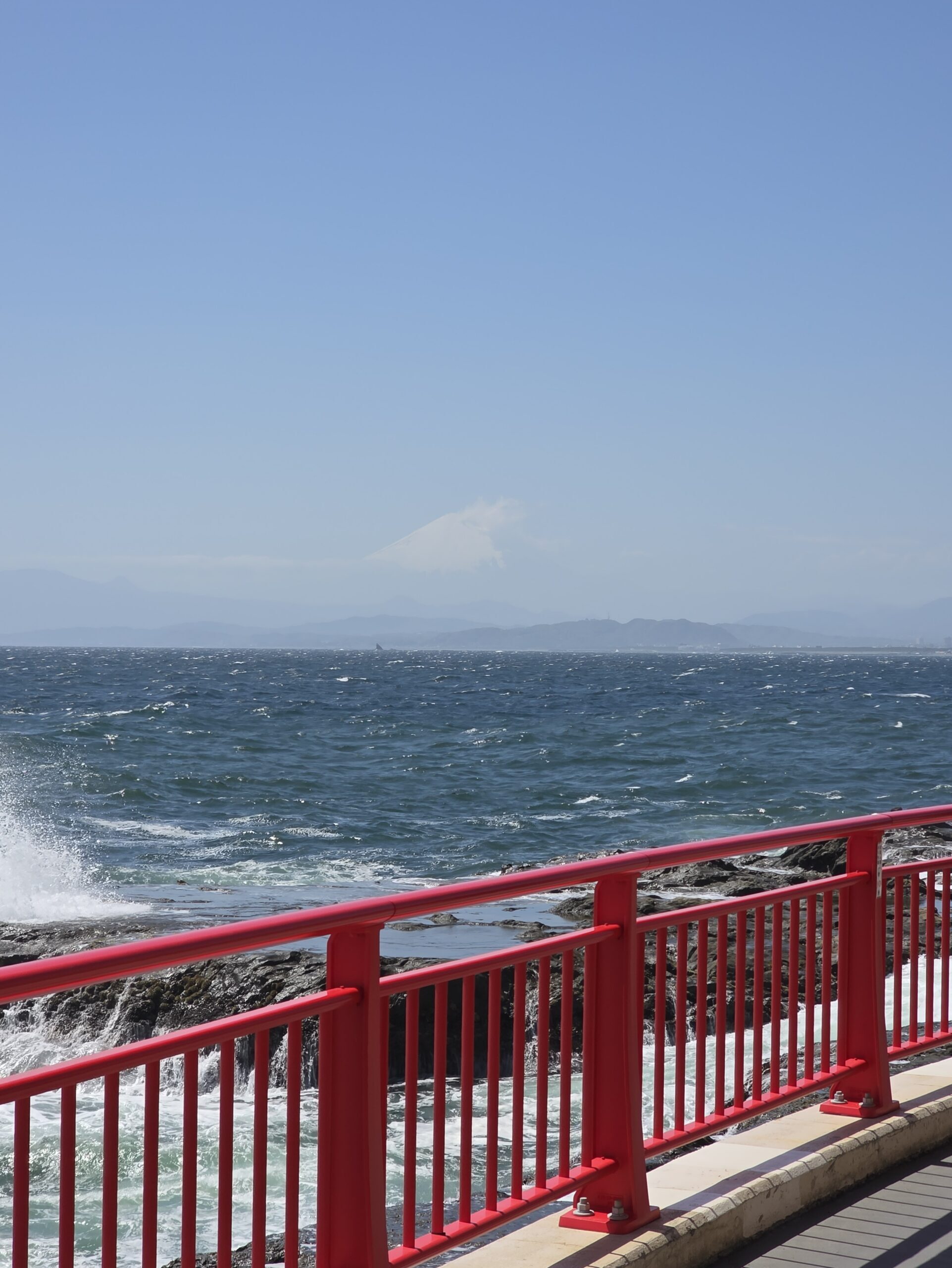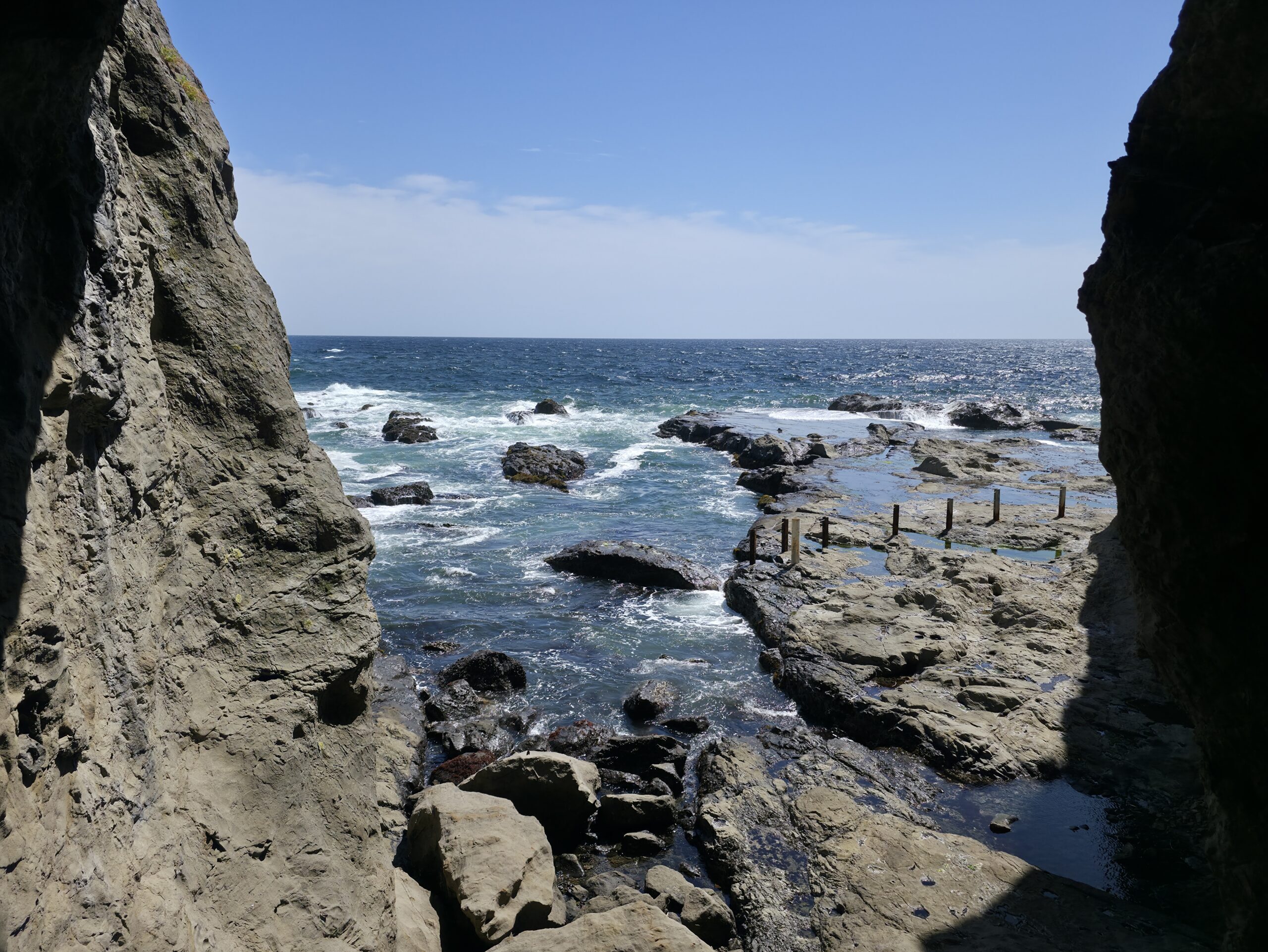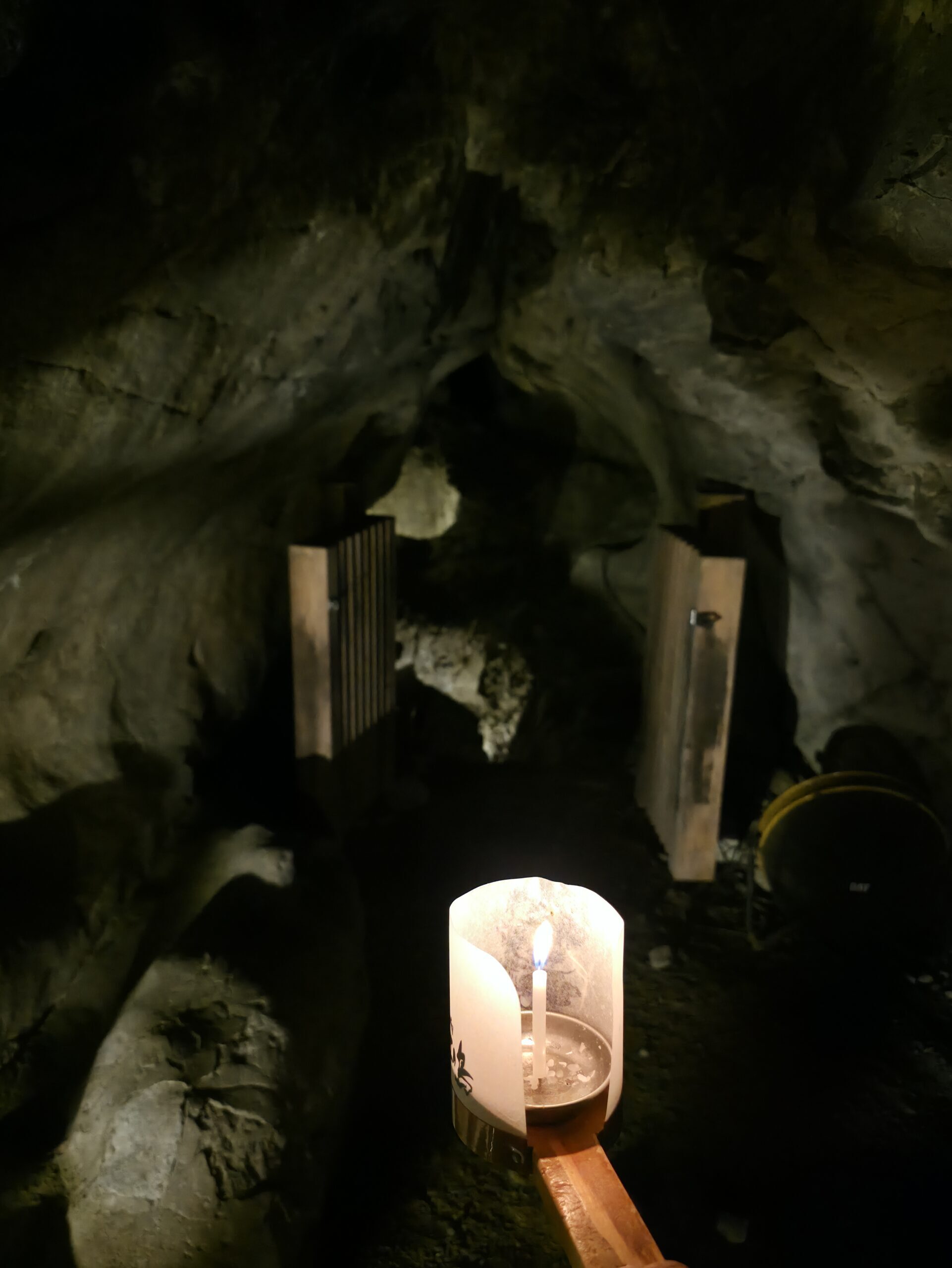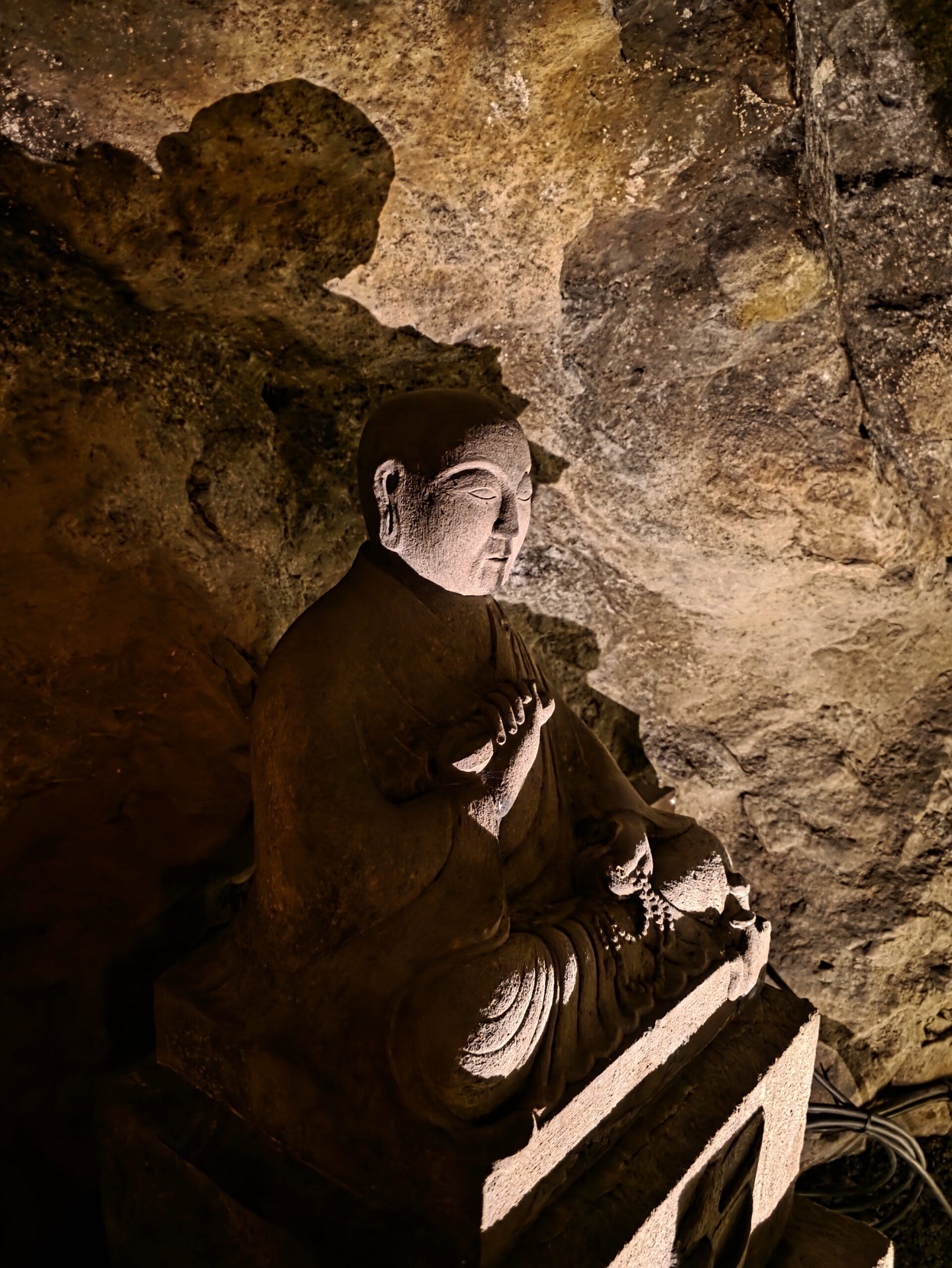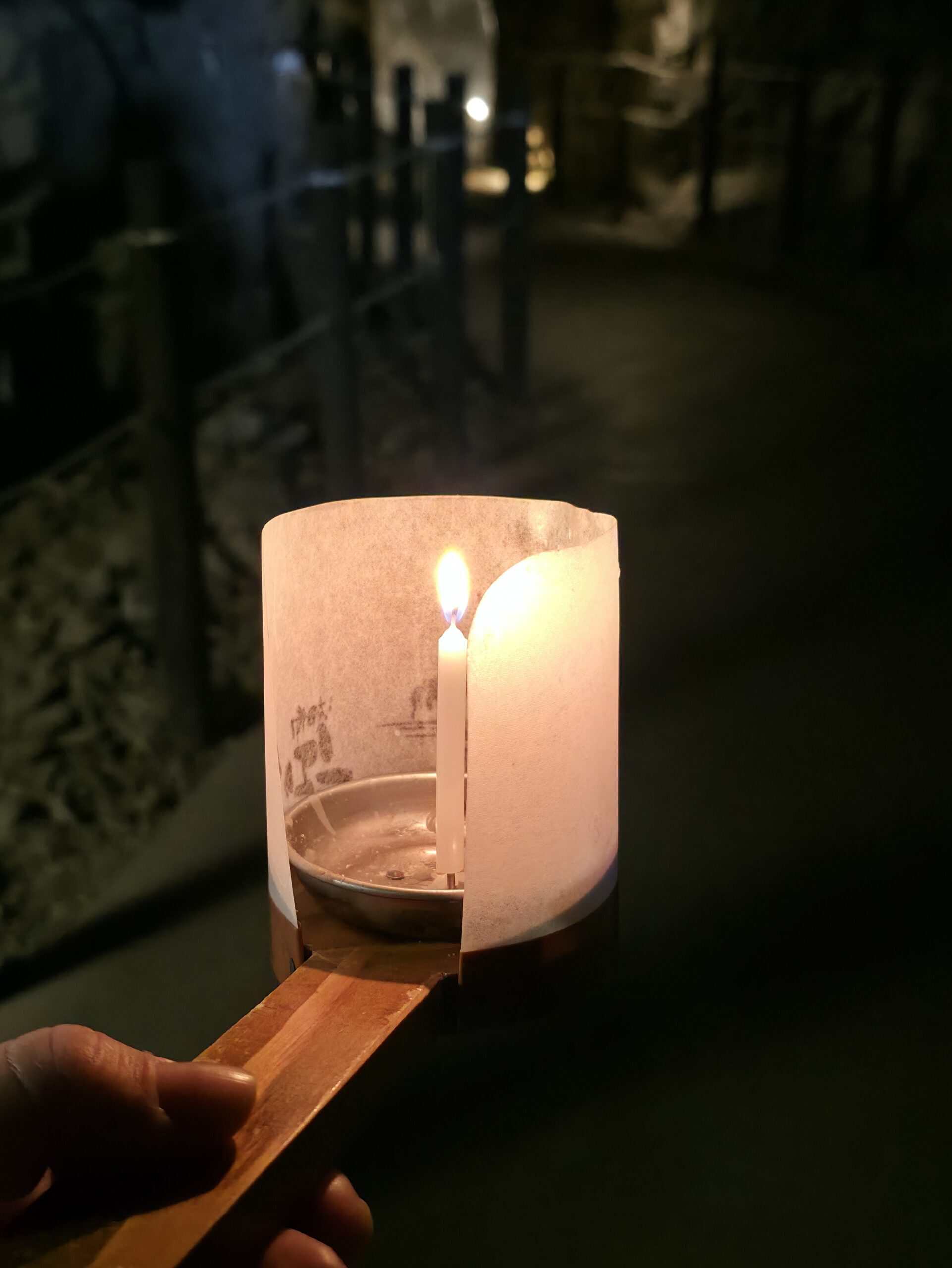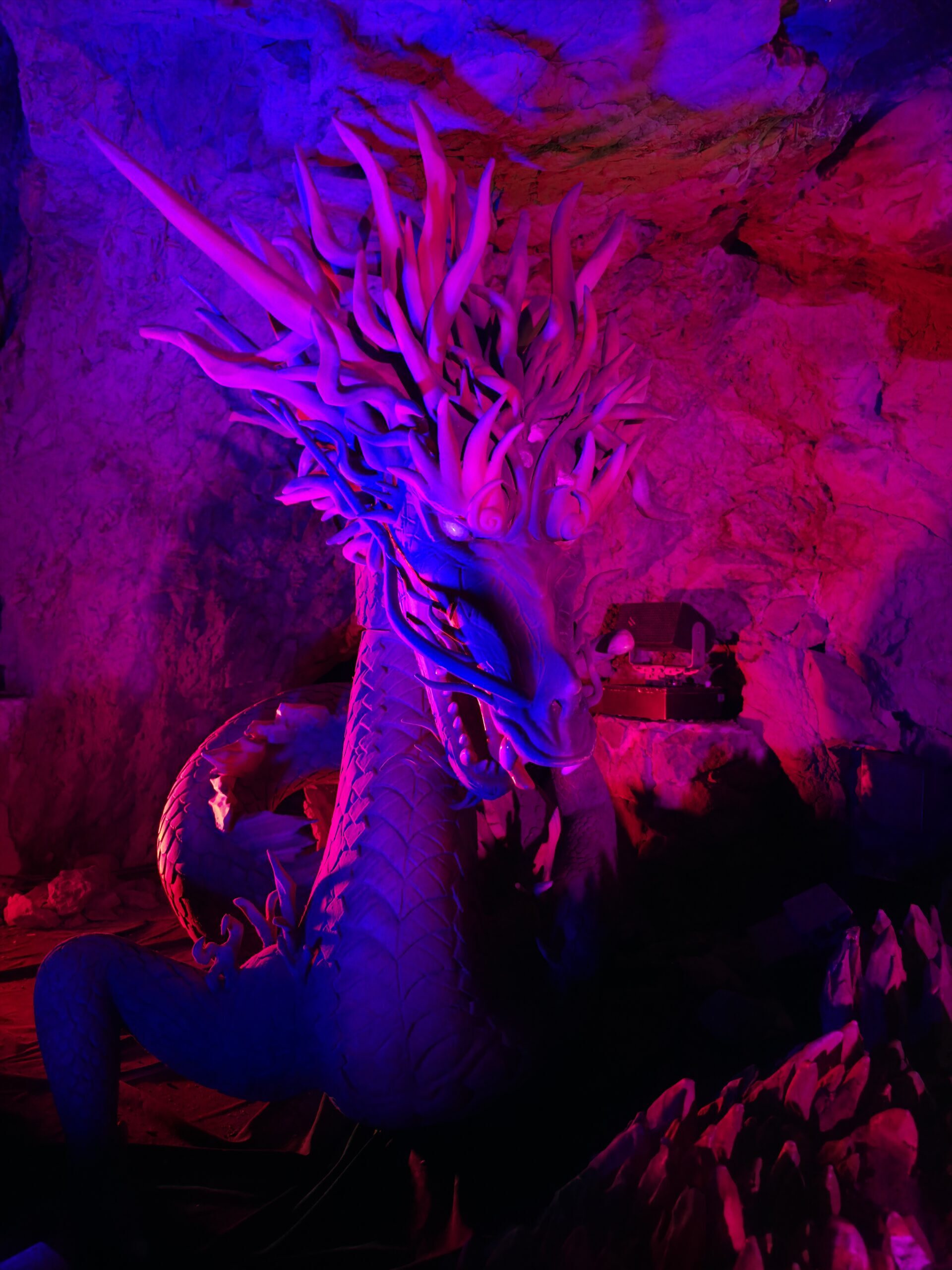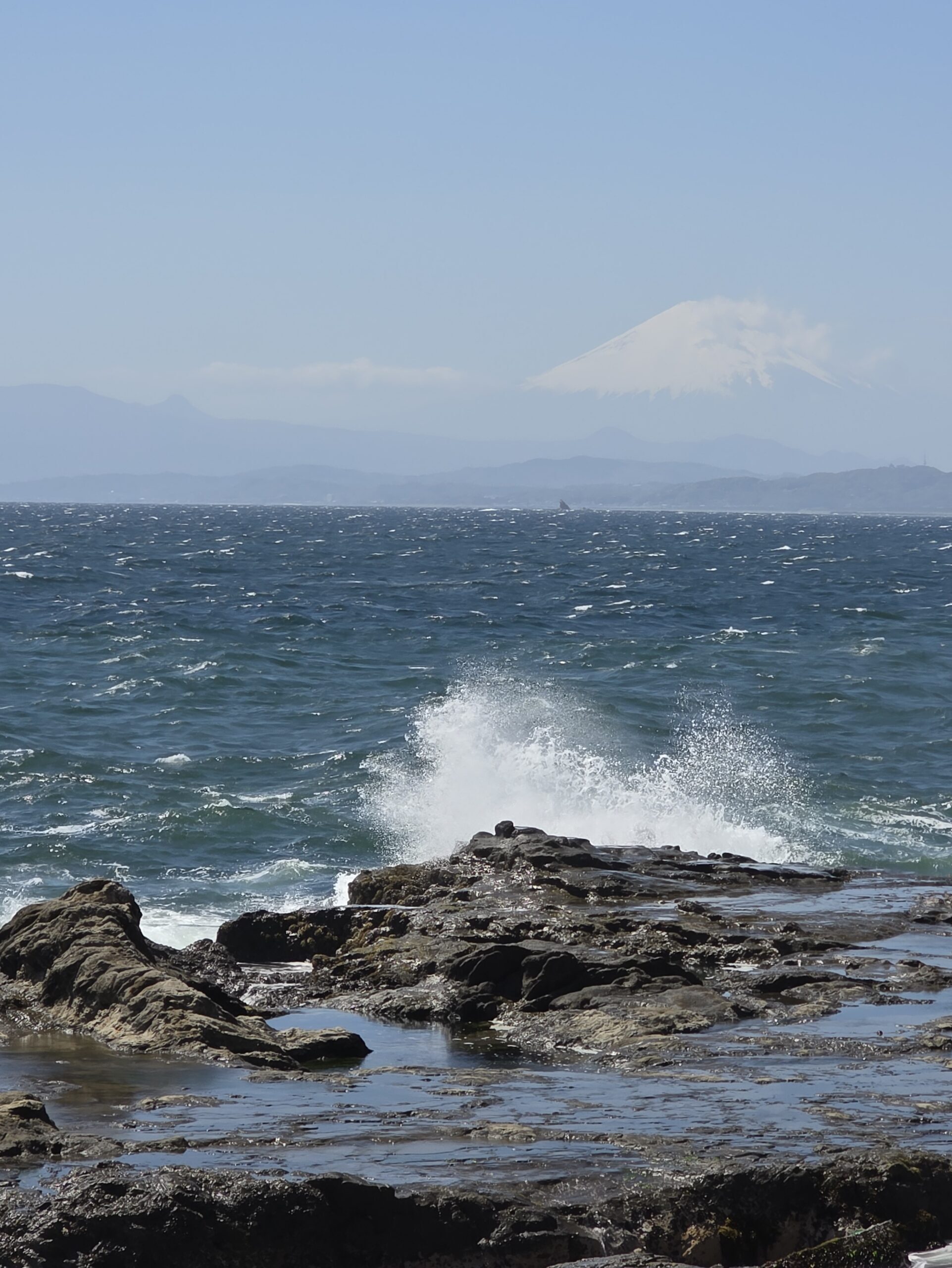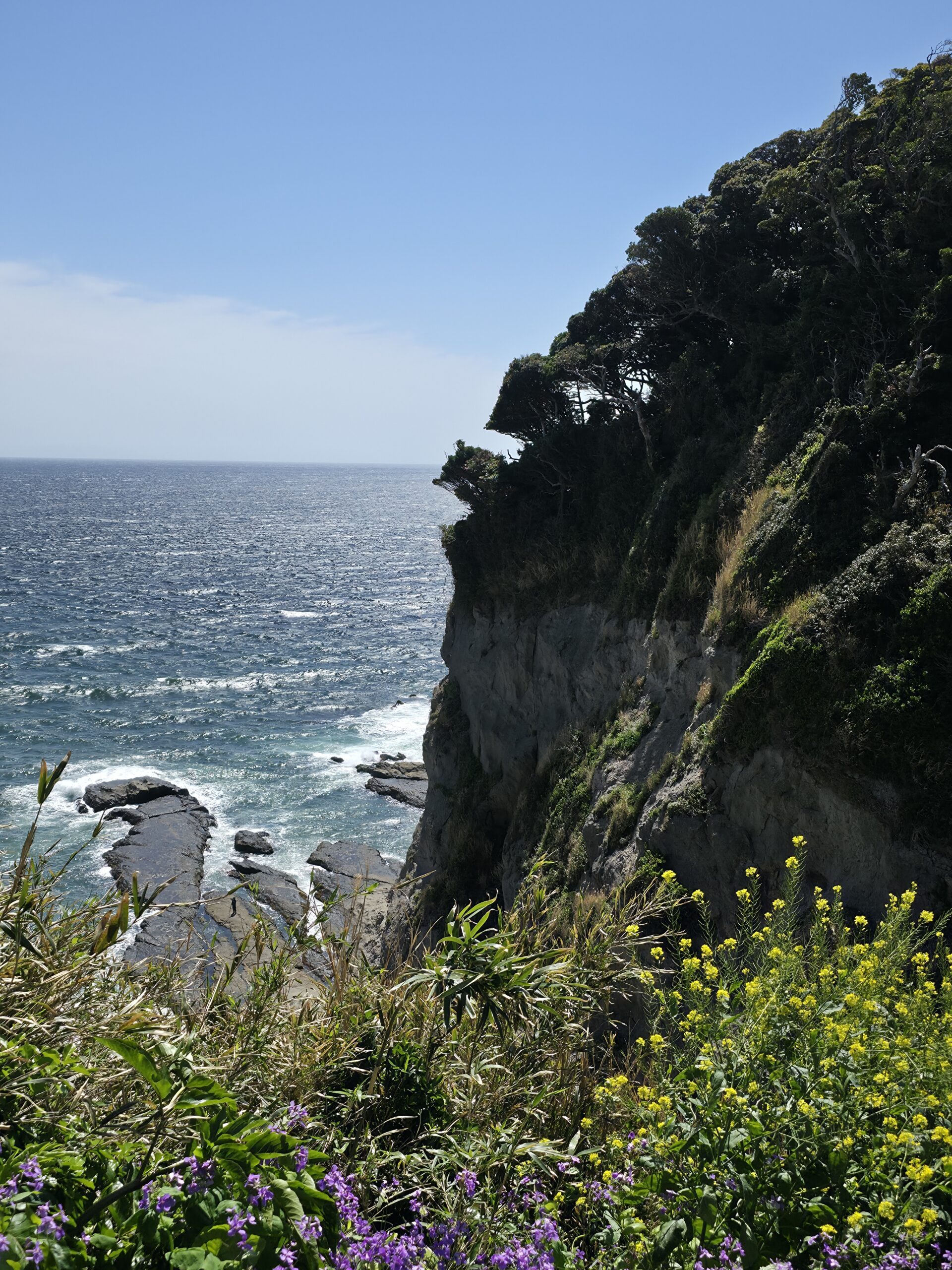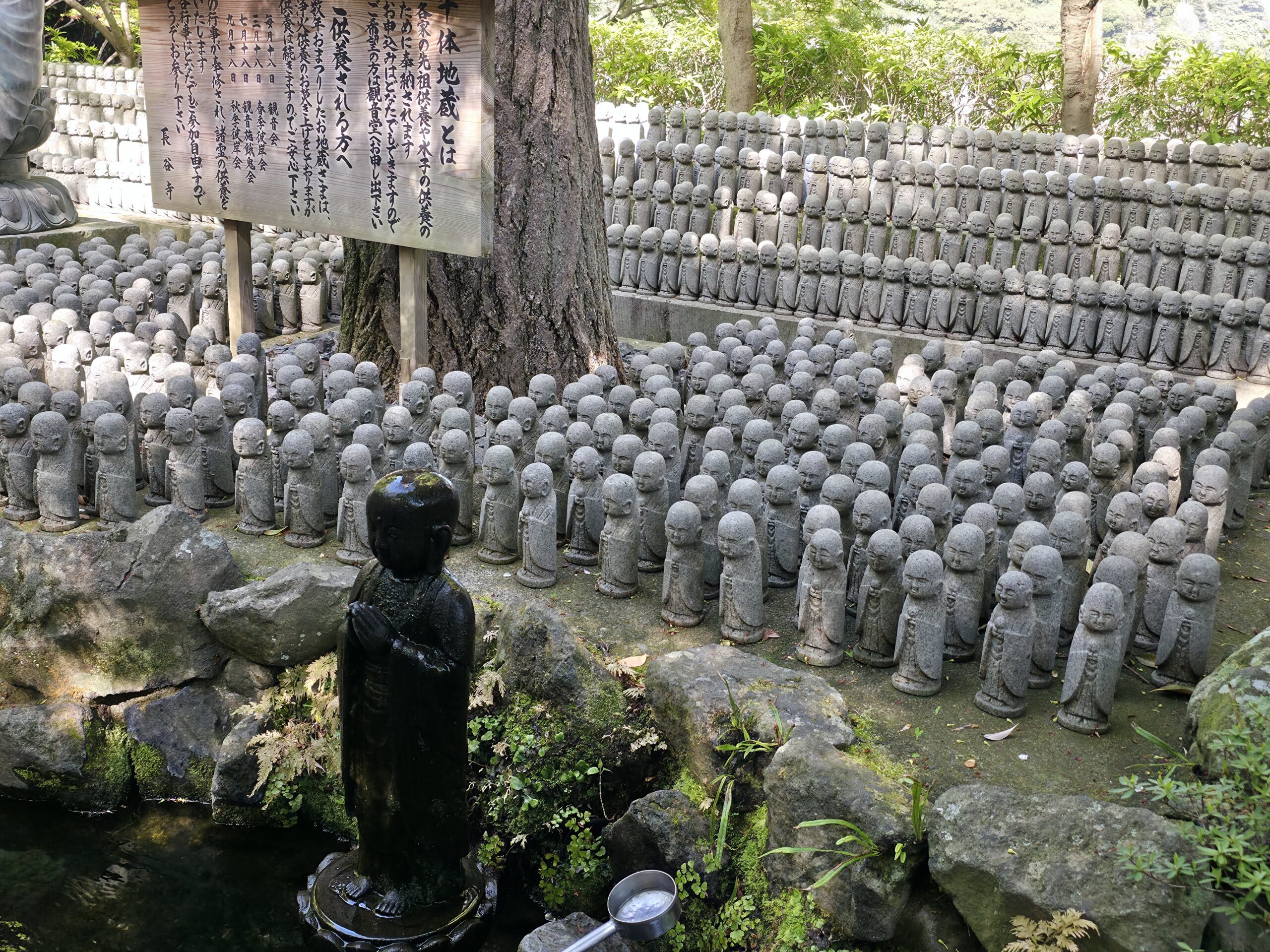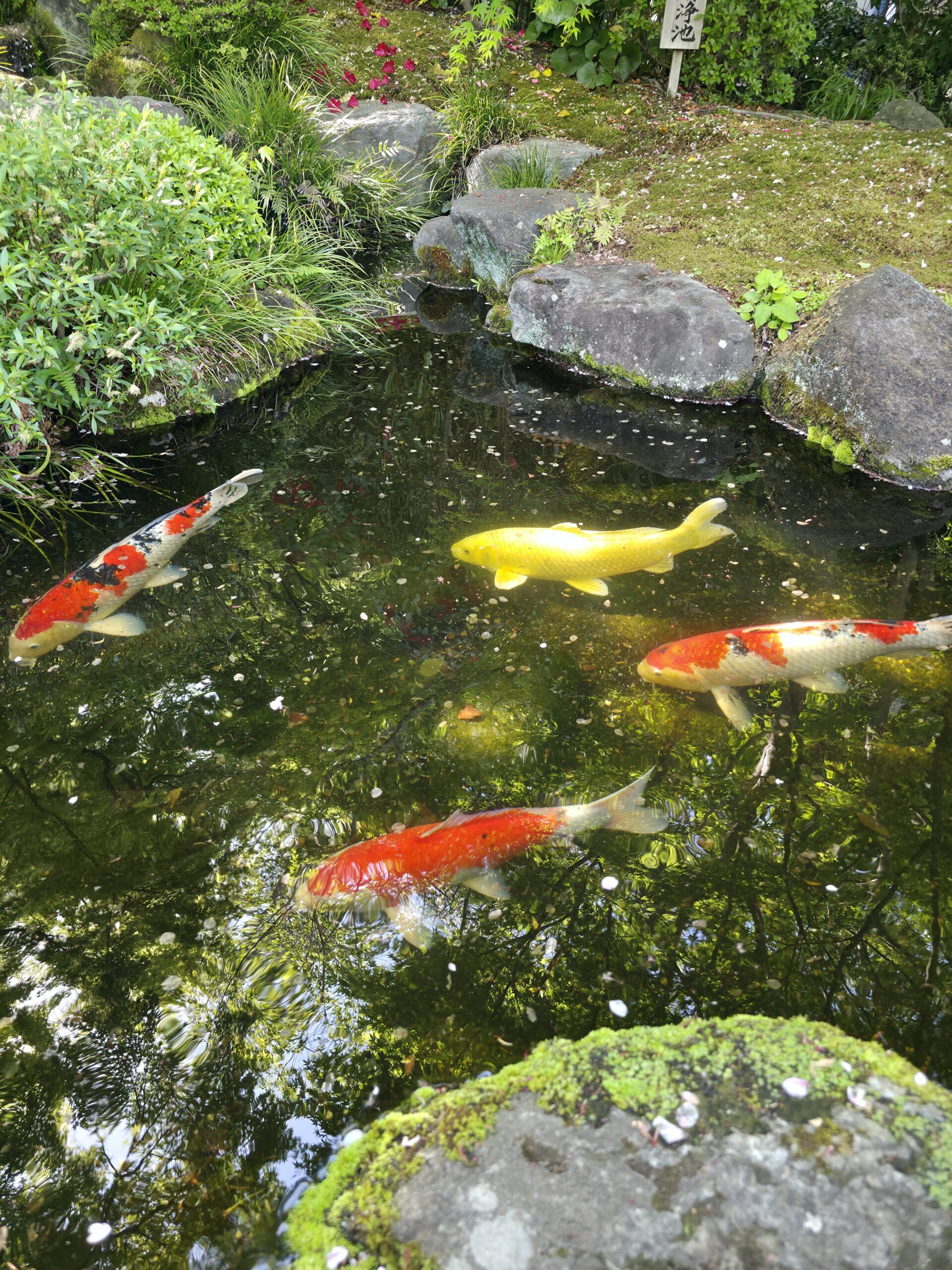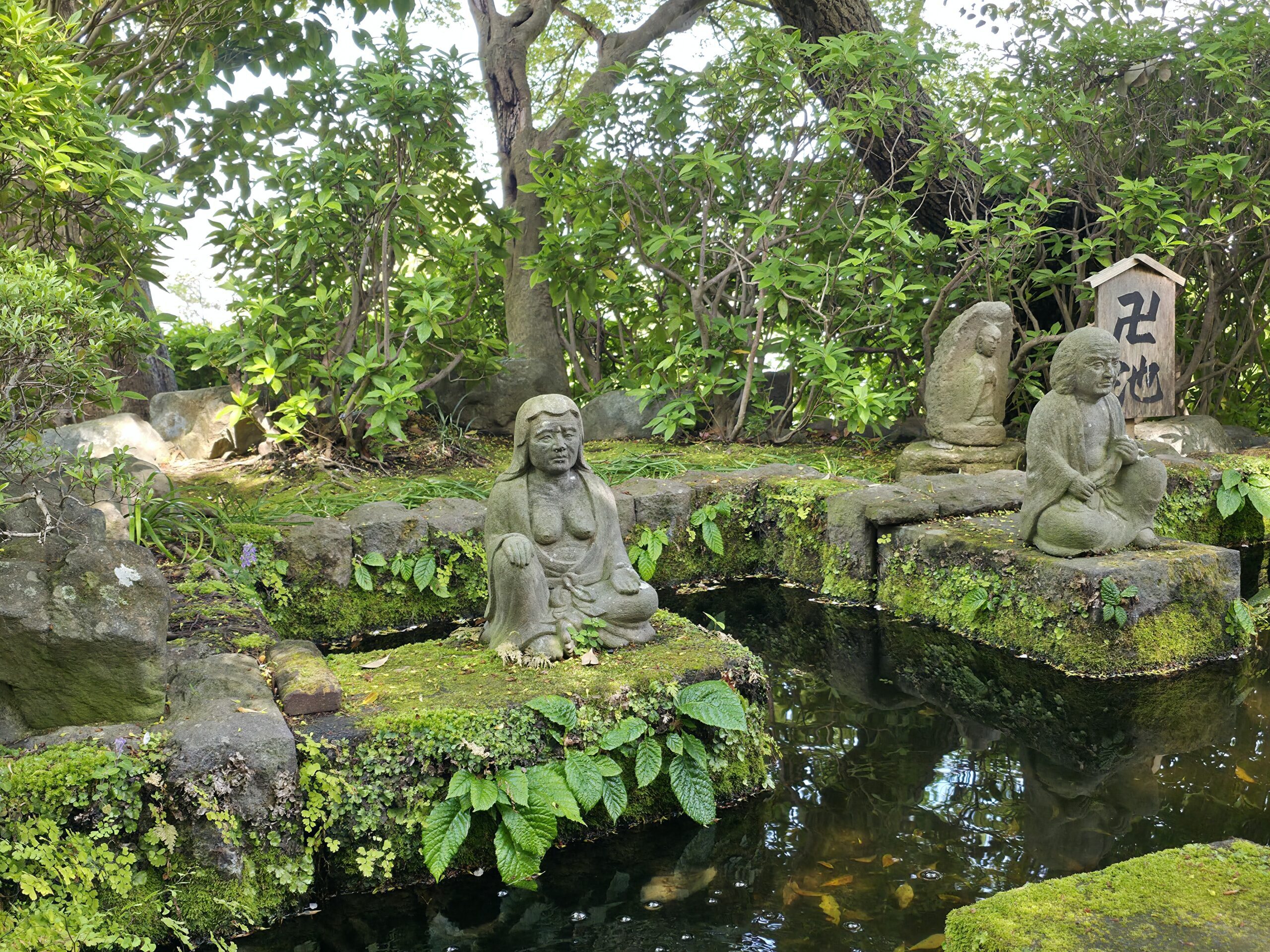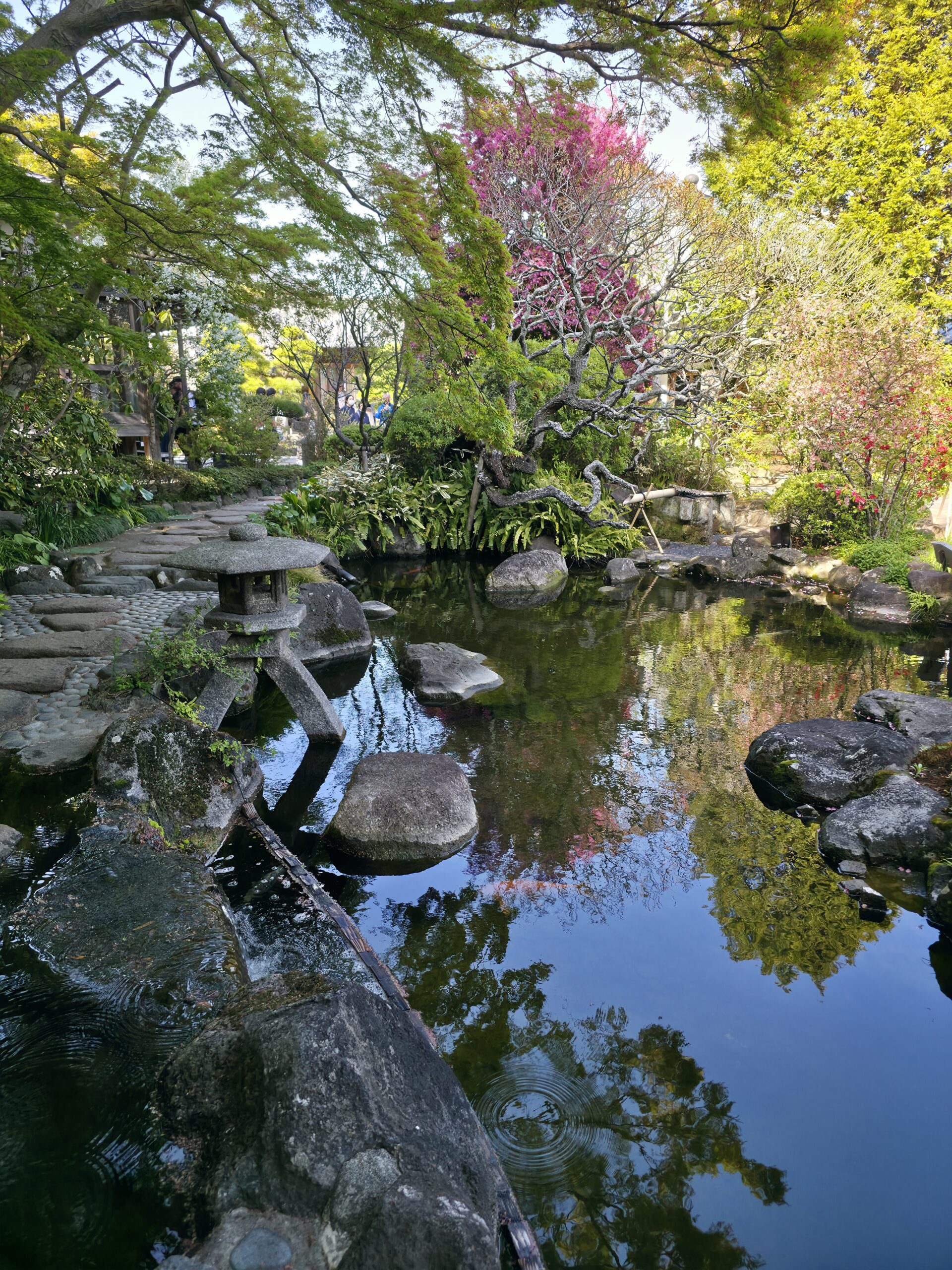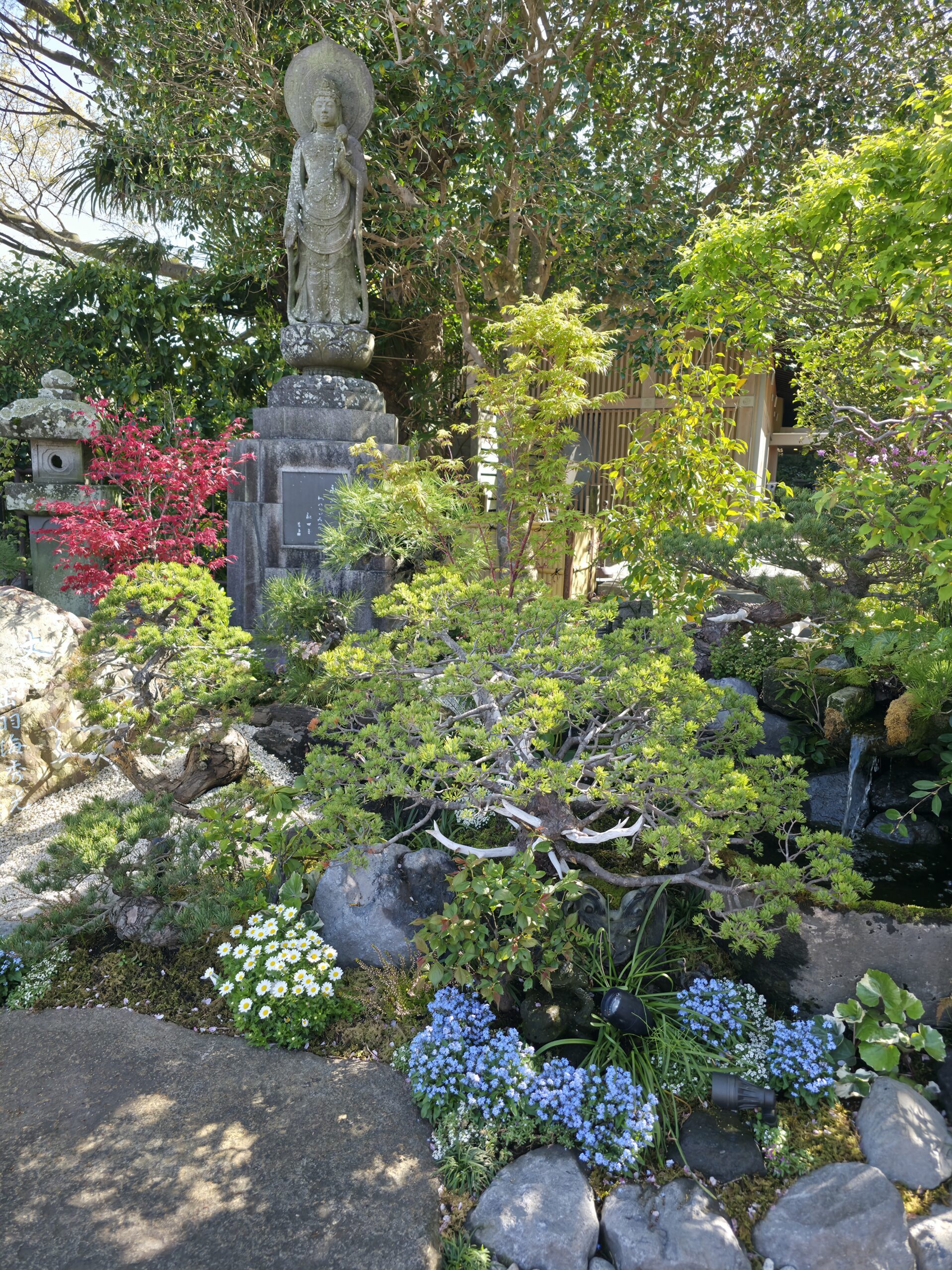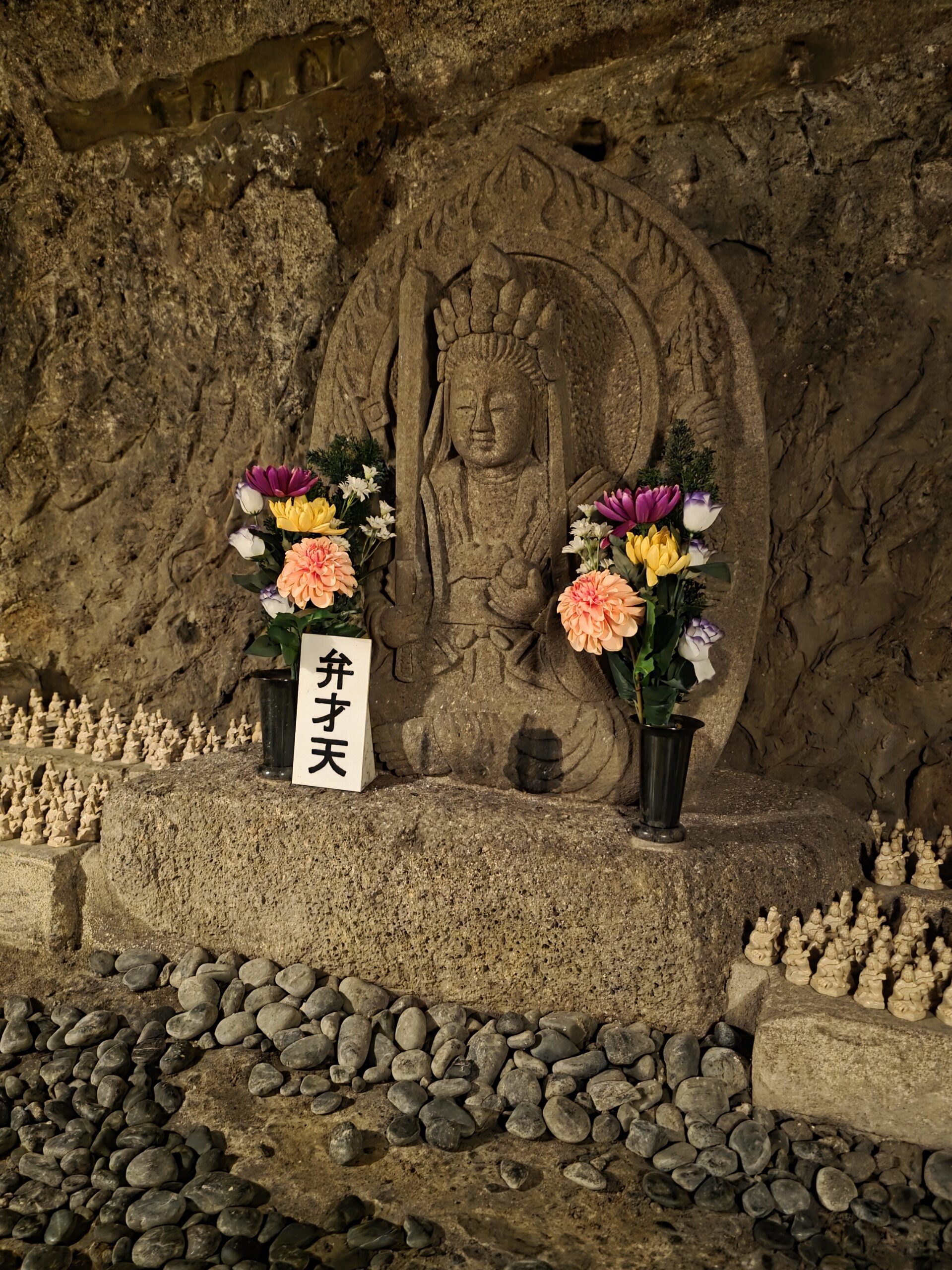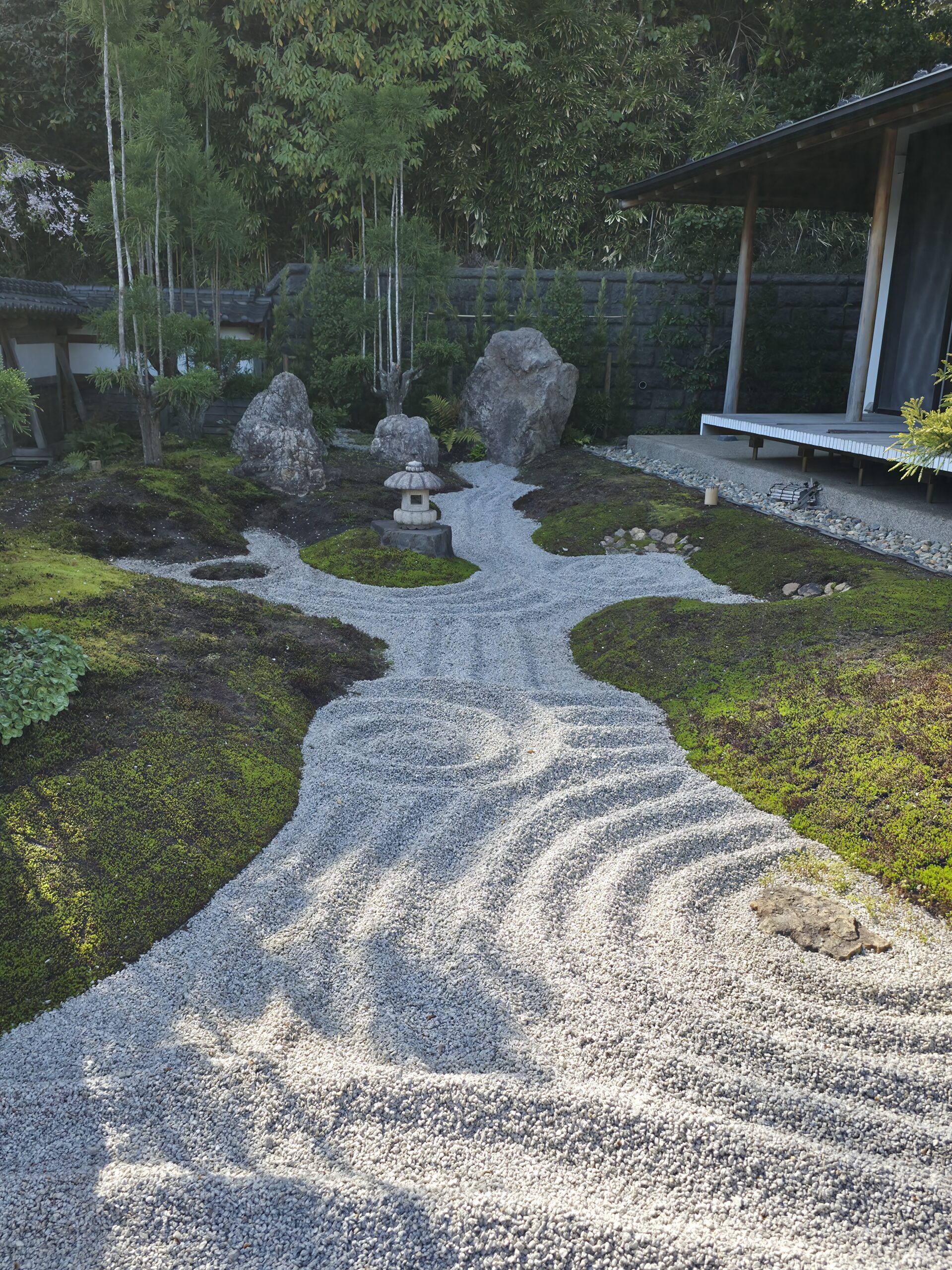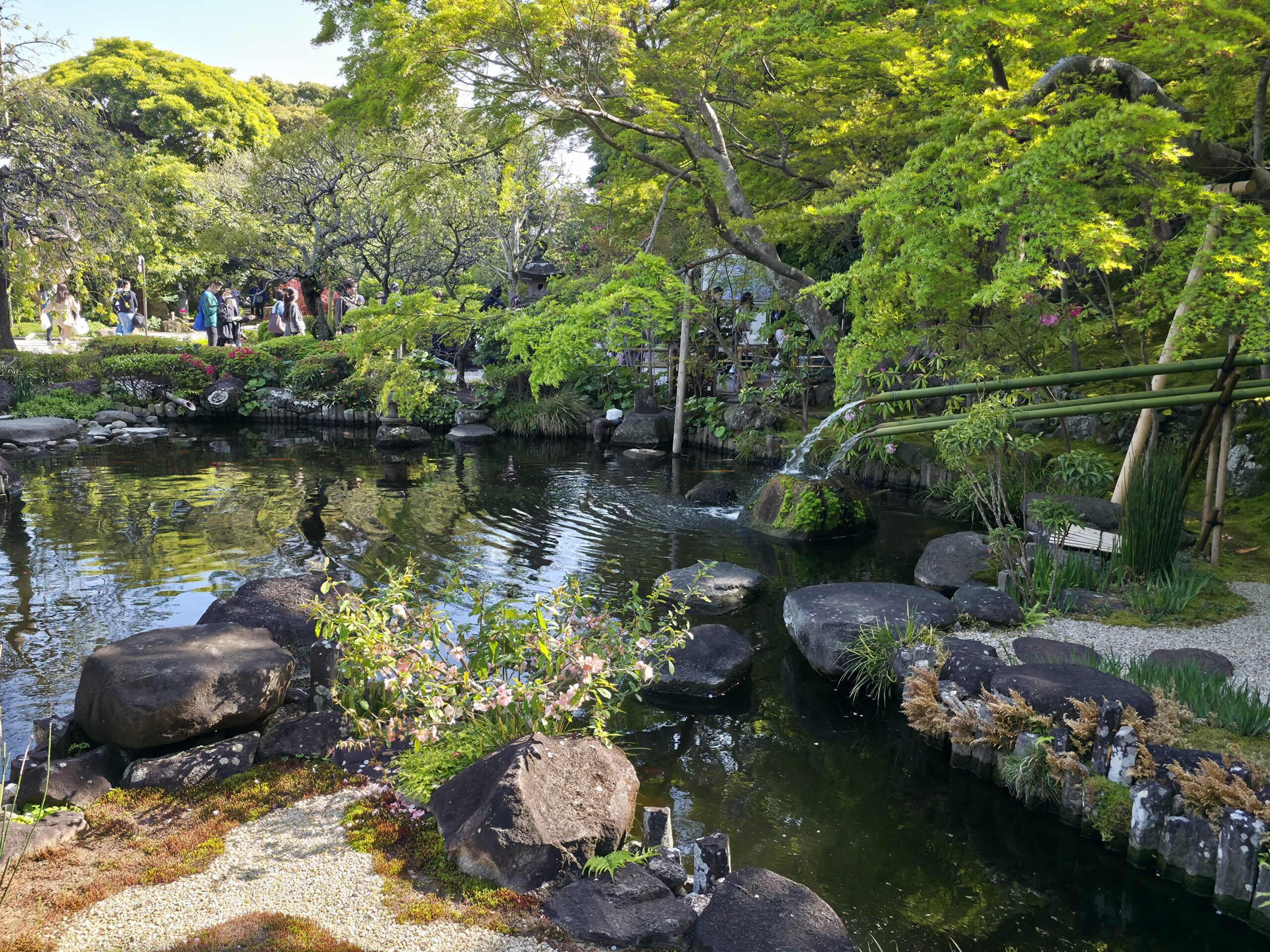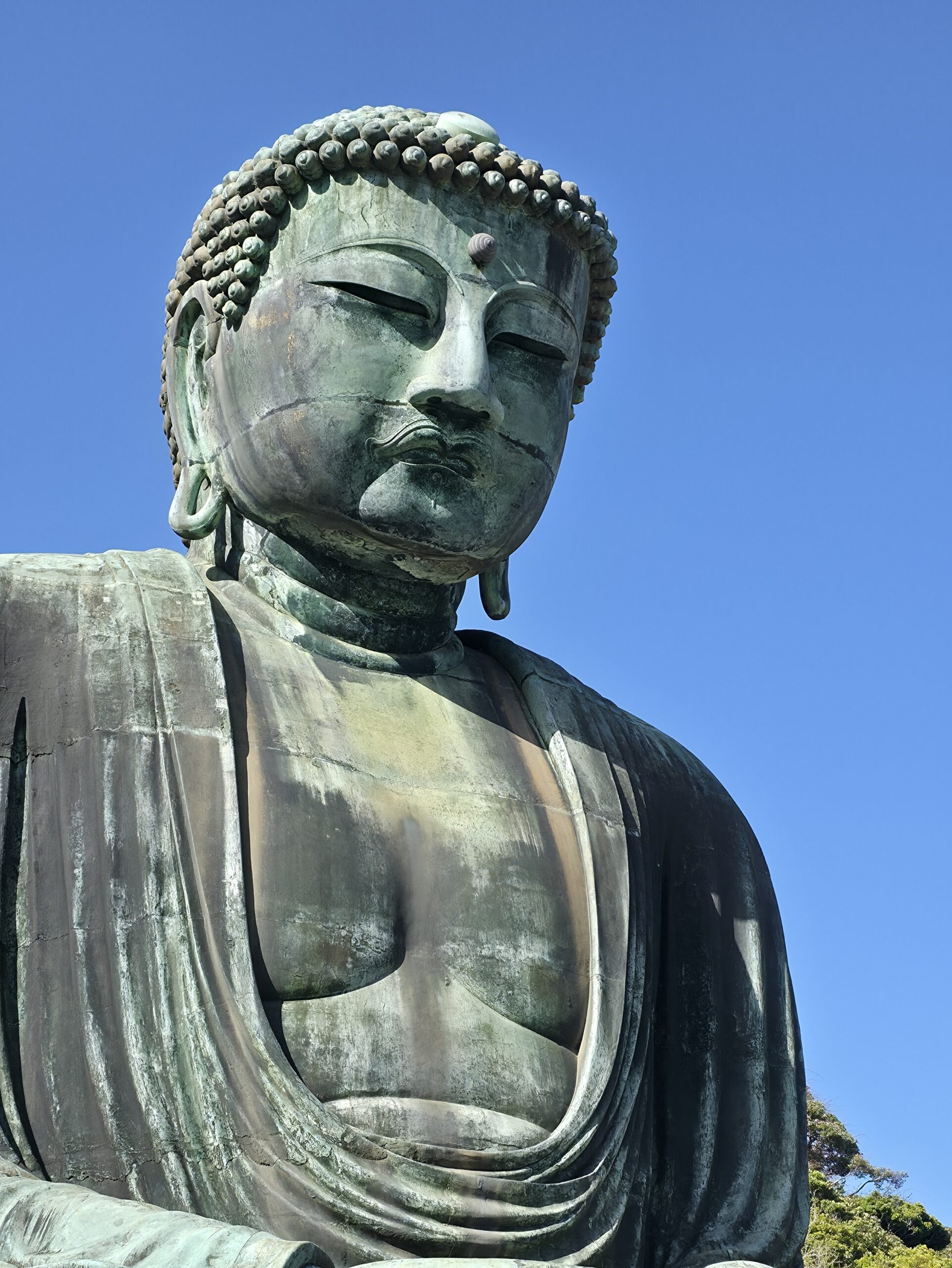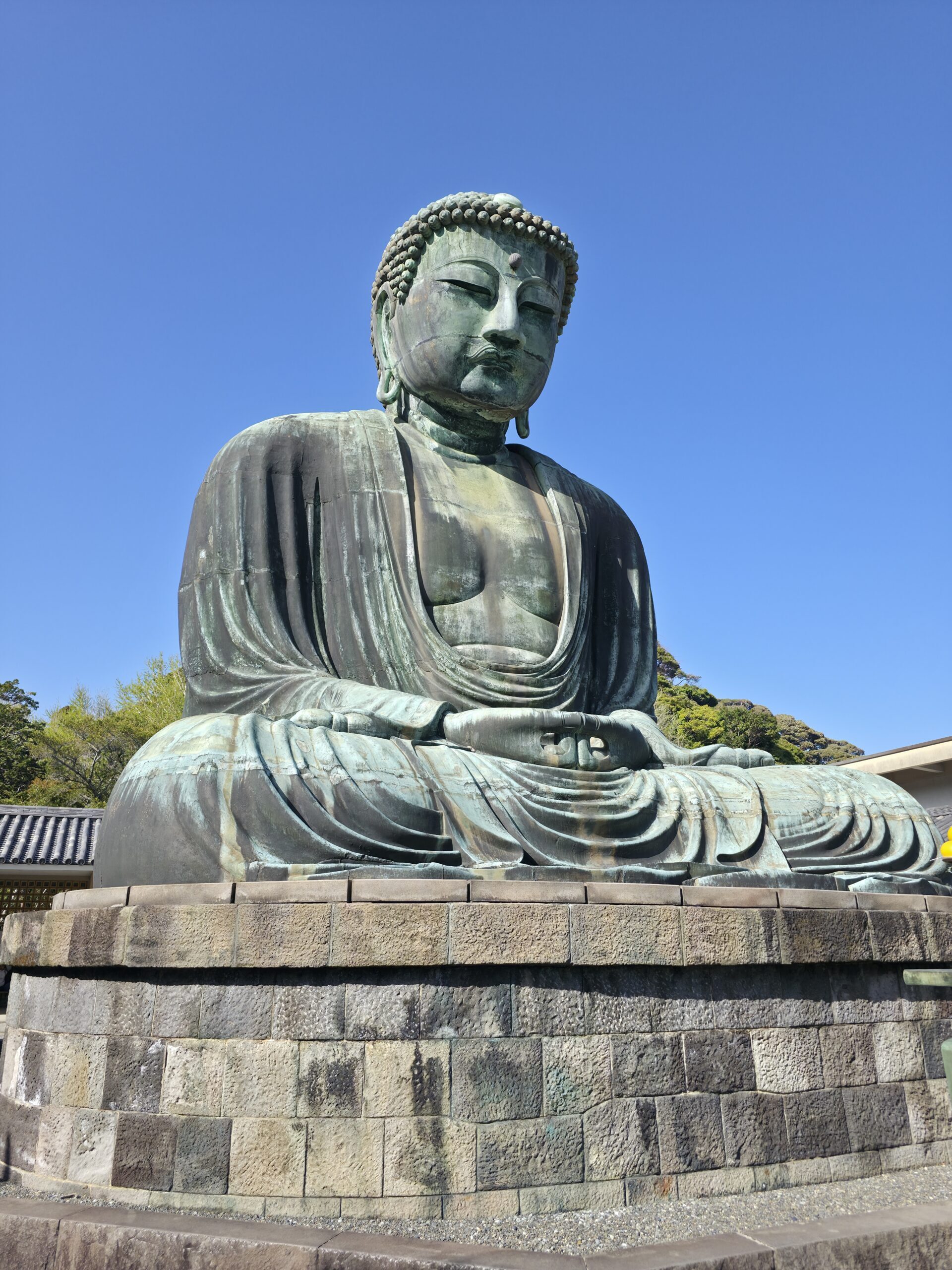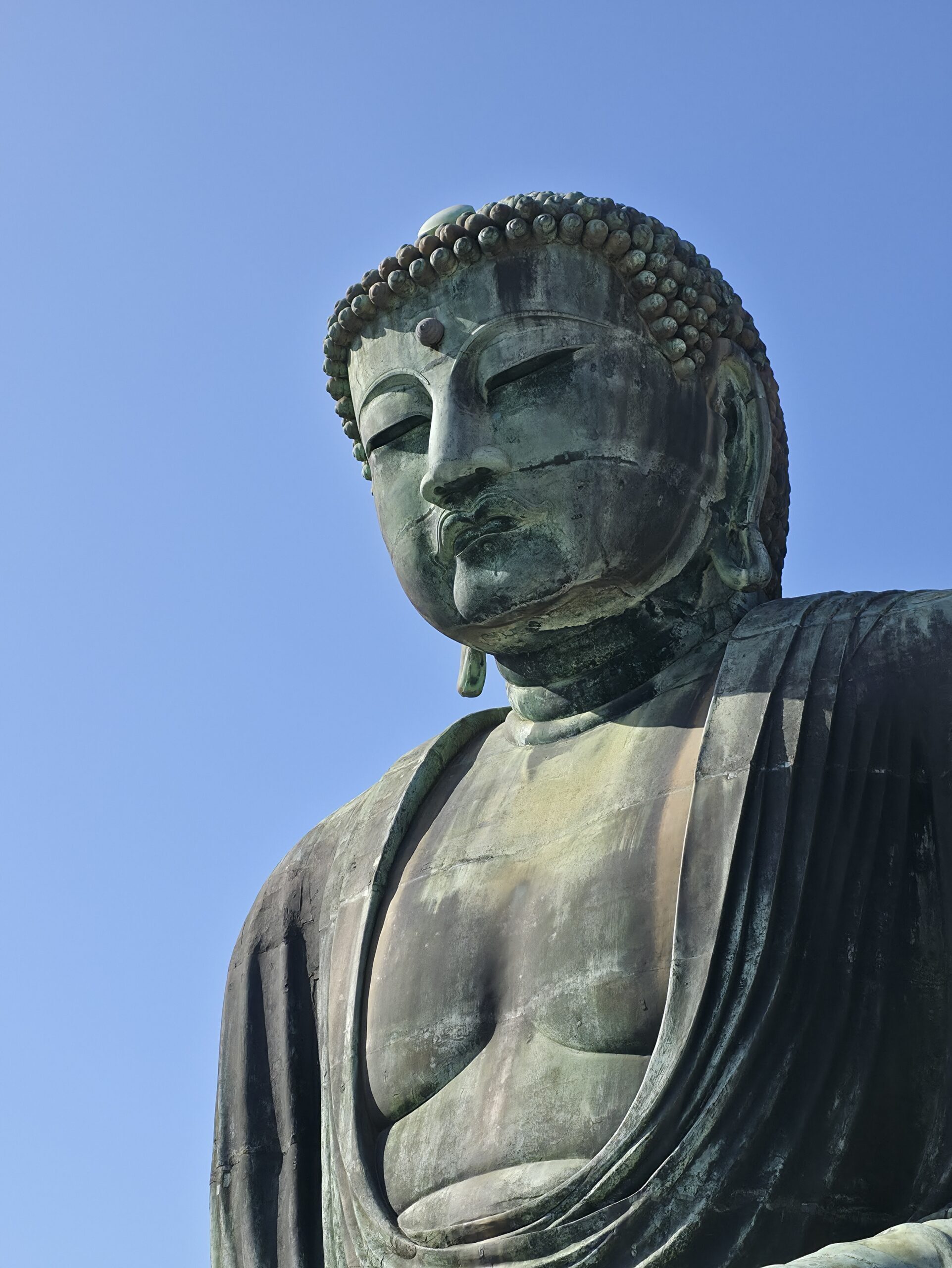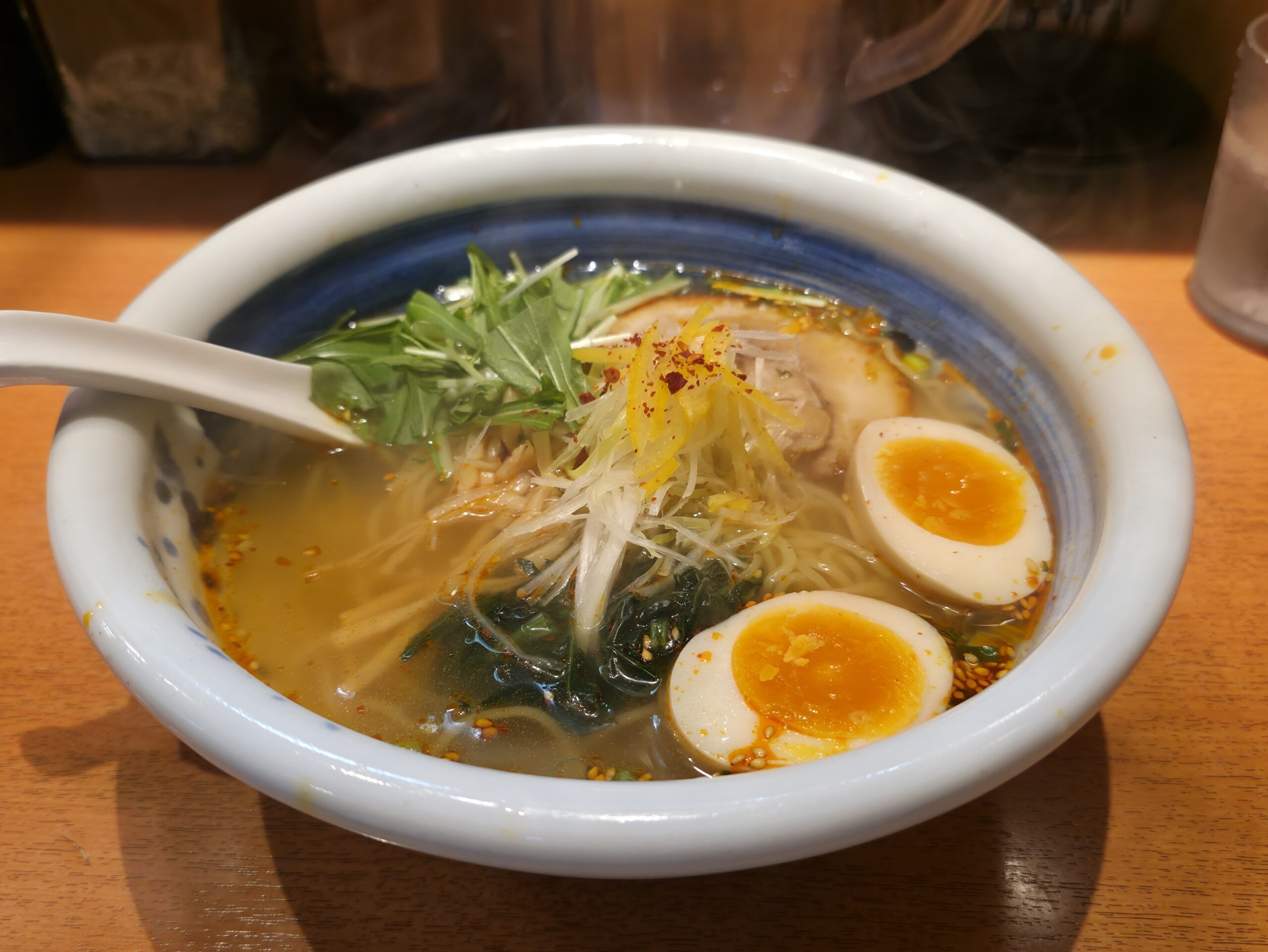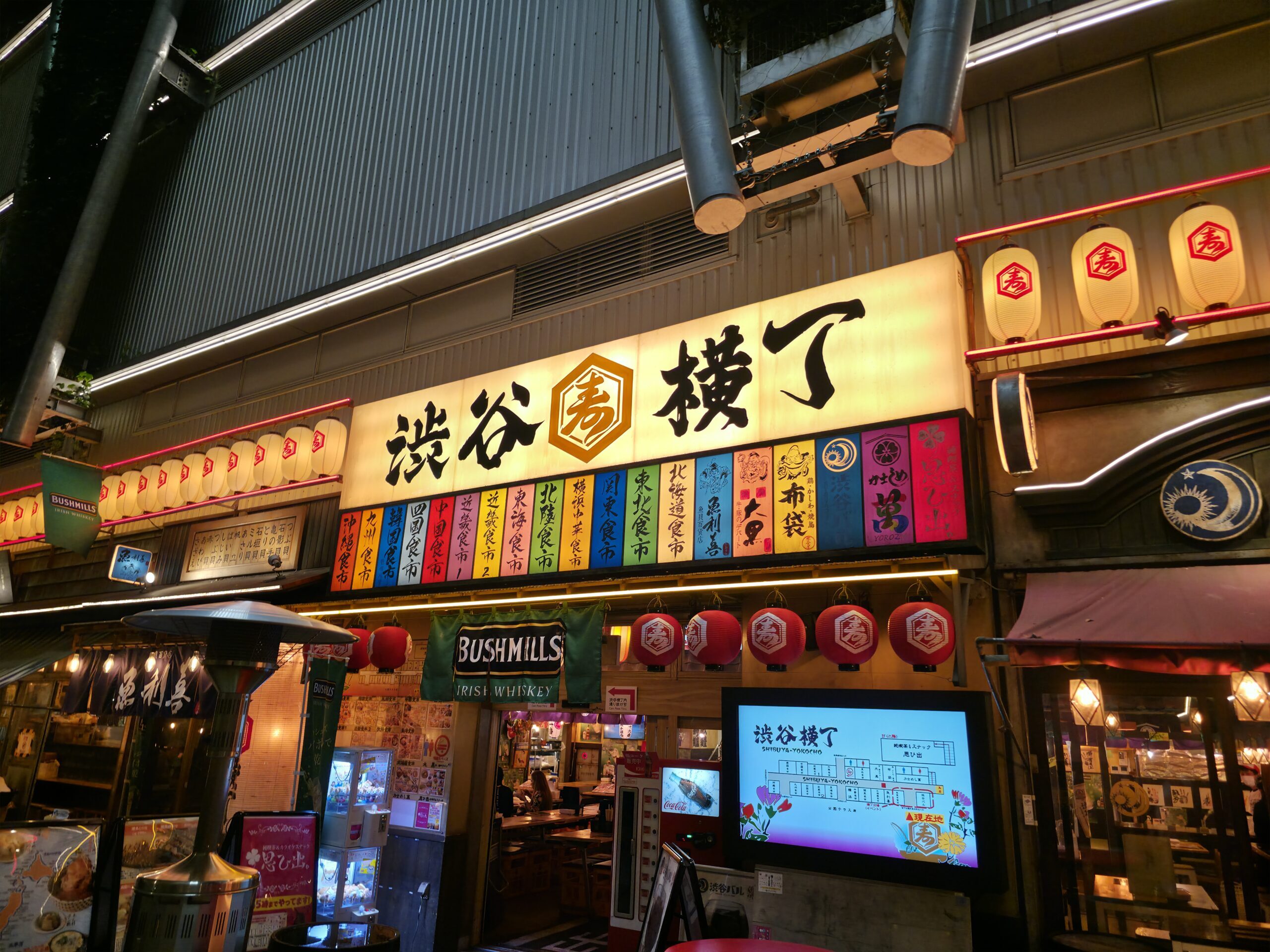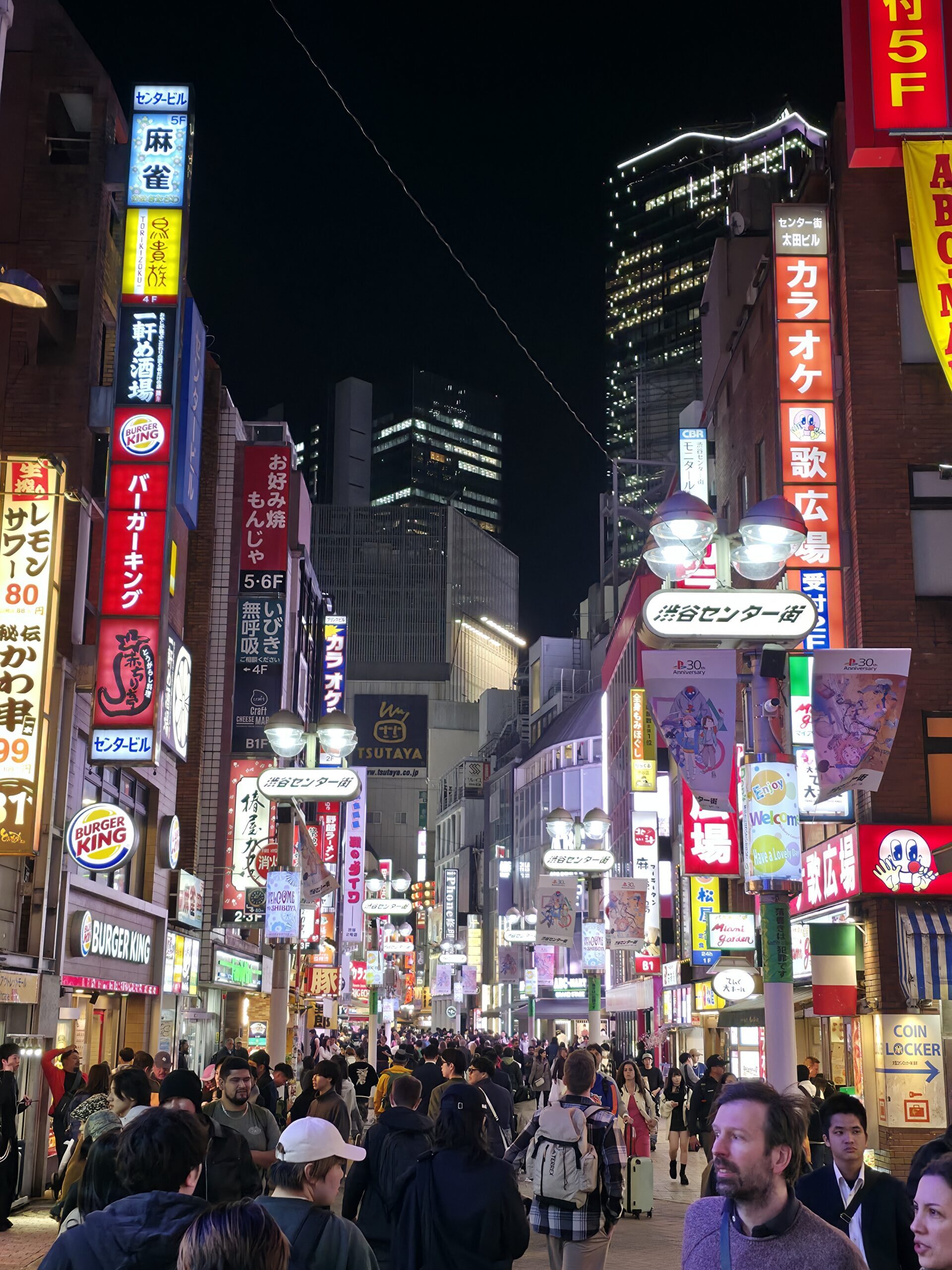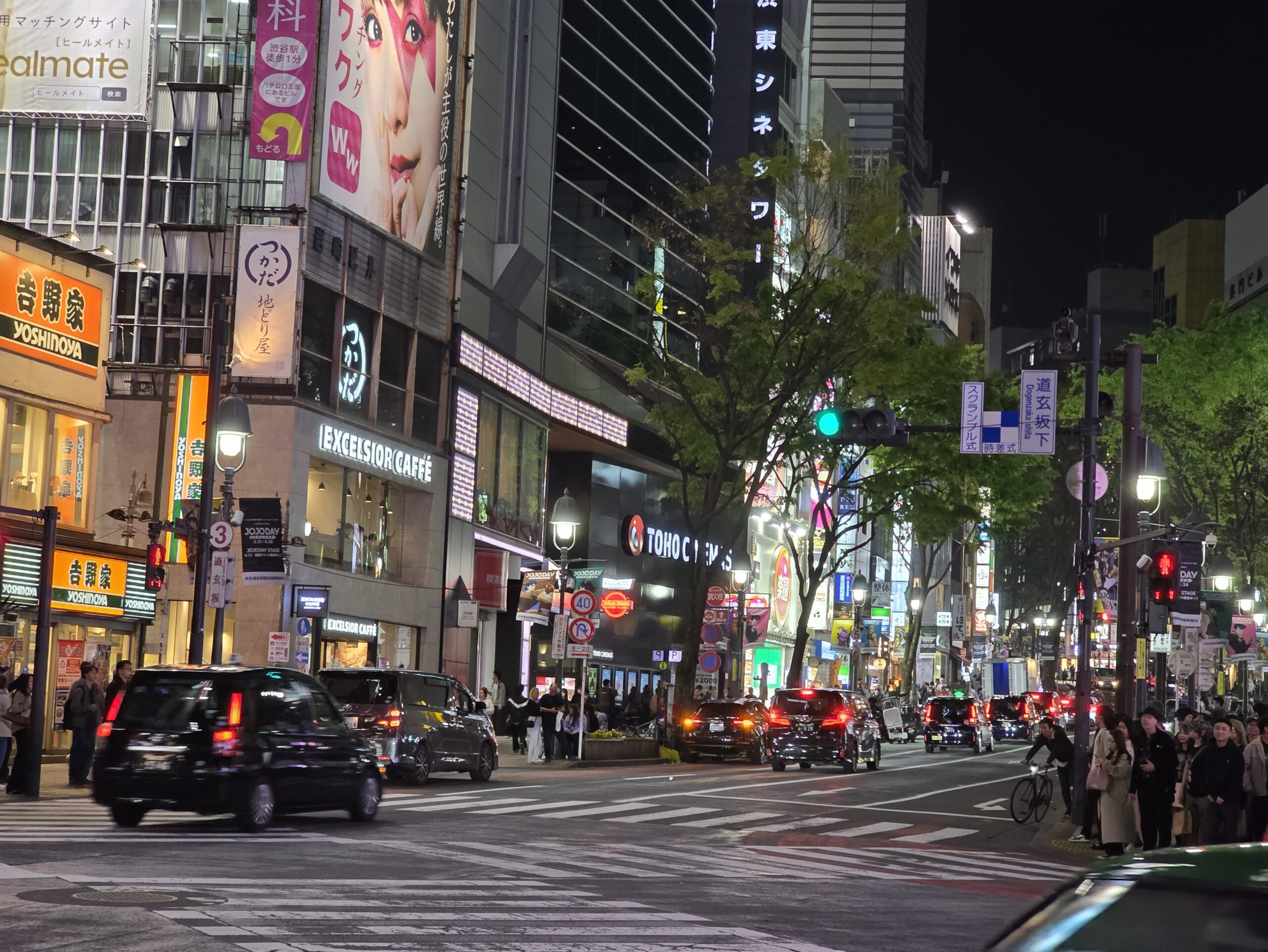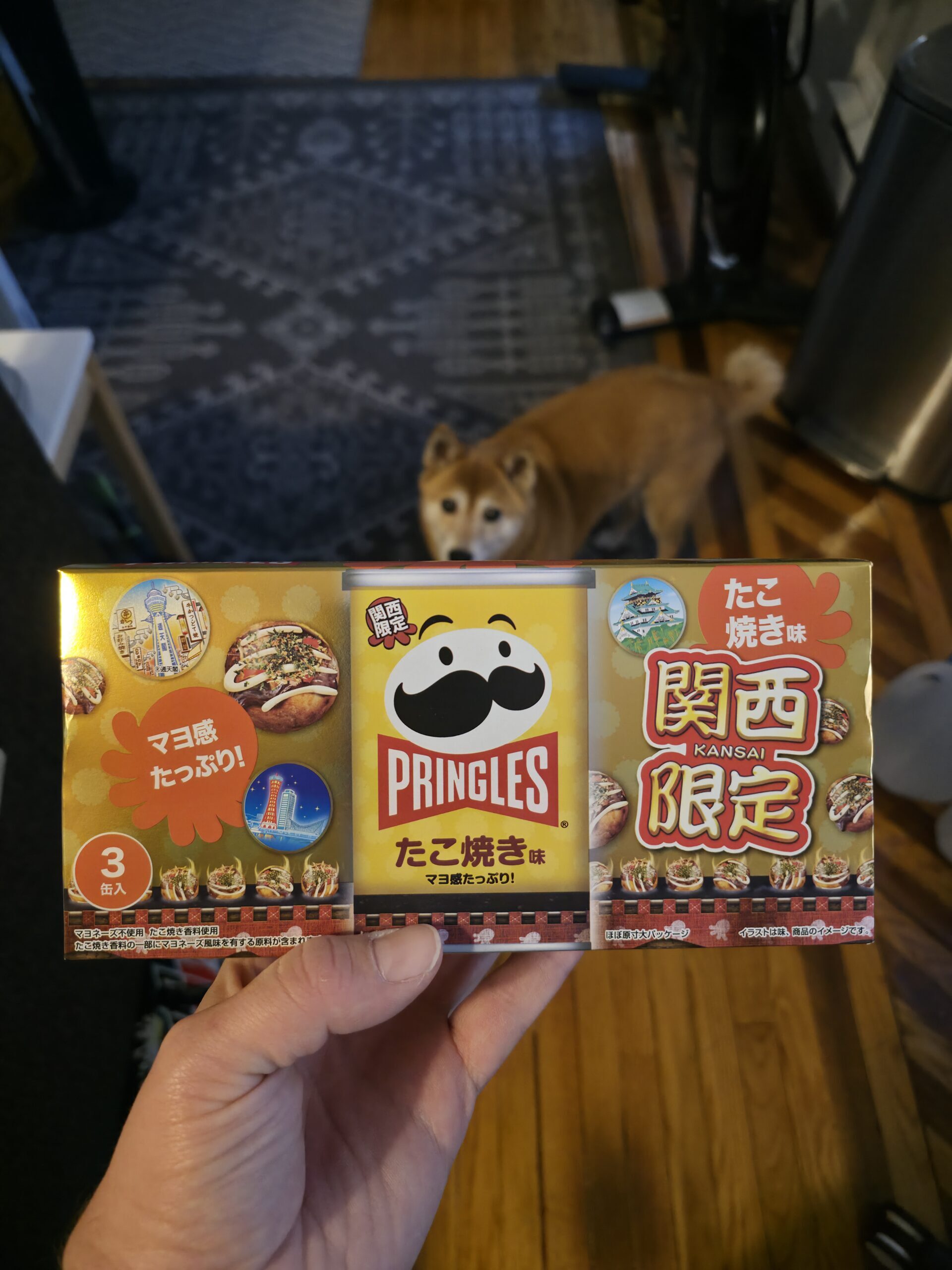Traveling
April 1, 2025 – April 15, 2023
🇯🇵: Tokyo, Osaka, Nara, Kobe, Kyoto, Kamakura, Enoshima
To start this off, I am sorry for the length but I prefer to preserve the memory of this trip in one post rather than breaking it down into many. This was my third time in Japan, but it felt like the first all over again. I was on my own this time, covering more ground and seeing things a little differently. The Kansai region gave me the freedom to slow down and wander, while returning to Tokyo felt like coming home. No tour groups, no fixed schedule, just me, my Suica card, and a hunger to explore. Two weeks of trains, temples, street food, and self-reflection.
Day 1 – A Rainy Arrival & a Samurai Graveyard
I landed at Haneda on a gray, rainy morning. Still, I knew my way around well enough by now and got to my hotel in Shinagawa with no issues. Just around the corner was Sengaku-ji, a quiet temple full of history, which became my first stop. It’s famous as the burial site of the 47 Rōnin, the samurai who avenged their master and then committed seppuku. The story is legendary in Japan and is one of the 3 great revenge tales in Japanese history. There’s definitely a heaviness to the place due to its violent history, but there’s also a certain calmness that overtakes you as you stroll the grounds. After all these years, people show up to leave incense and offer prayers. Even in the rain.
Day 2 – Of Hachiko and Hanami
I adjusted to the time zone surprisingly fast this time, which let me hit the ground running. Still, I kept the pace easy. I went back to Shibuya, my old stomping grounds. It was more crowded than before, but still fun to wander. I got an updated photo with the Hachikō statue thanks to a kind older man who offered to help when he saw I was alone. One of those small, kind moments of genuine Japanese hospitality.
I stopped by Parco to do some shopping for my girlfriend, who couldn’t come this time since she started a new job. One of the highlights though, was getting myself a new pair of glasses at JINS. Walked in, got my eyes checked, grabbed a frame, and walked out with glasses in under an hour. $65. Zero insurance hassle. It was efficient, straightforward, and a fraction of the cost back home. Japan just seems to have better-looking, clean, modern style frames you don’t see as often back home.
Dinner was a tasty lobster roll, and afterward I passed through Jingū-dōri Park, where I caught my first glimpse of this year’s cherry blossoms. They were just starting to bloom, soft pink against the grey evening sky. A good, simple start to the trip.
Day 3 – Speed, Song, and Street Eats
This was my first time riding the Shinkansen, and in the Green Car, no less. It cost about $100 and took just two hours from Shinagawa to Shin-Osaka station. Smooth, quiet, and insanely fast, with the train leaning into turns like an airplane. I even got an ekiben, a boxed meal sold at train stations, filled with local specialties. It’s a small but essential part of the Japanese experience, and made me feel a little less like a tourist.
After checking into my hotel, I headed straight to Dotonbori. Osaka hits entirely different than Tokyo. Osaka feels louder, livelier, and grittier—think a West Coast version of Chicago. Neon signs stacked on top of neon signs, all glowing over the river, each trying to outdo the next. I grabbed the usual tourist shot with the Glico Running Man, then dove straight into the street food.
Osaka is known as Japan’s kitchen for a reason, and it absolutely lives up to the name. The takoyaki was unreal, made with whole baby octopus, piping hot with a creamy center and crispy edge. Easily the best I’ve ever had. I also grabbed grilled squid on a stick, brushed with soy sauce and flame-seared just right. I didn’t make it to okonomiyaki or kushikatsu that night, but the smell of sizzling batter and meat was everywhere.
I ended the night at a cozy Korean BBQ spot near my hotel. The food was great, but the atmosphere was even better. Locals and travelers ended up singing the Korean folk song
반갑습니다 together. One of those random, wholesome travel moments you don’t plan for but always remember.
Day 4 – Nara’s Most Famous Locals
I started the day early at Osaka Castle. It’s hard not to be impressed by the scale and beauty, especially with sakura blossoms framing the stone walls and turrets. Many don’t know, but the current castle is actually a modern reconstruction, but it still holds huge historical significance as a symbol of unification during Japan’s feudal era. The castle grounds are huge, with quiet ponds and paths that made for a great morning walk.
Later, I caught a train to Nara. Within minutes of arriving, I was face to face with the famous deer, roaming free, surprisingly chill, and bowing for treats traditional Japanese politeness. It was both hilarious and heart-warming.
To get a break from the crowds, I visited Himuro Shrine and Yoshikien Garden. The garden, especially, was a serene oasis. It was so peaceful it made me slow down and really soak it all in. Moments like that make me appreciate how lucky I am to be able to travel and experience places like this. The grounds were immaculate and foliage was perfectly pruned. Then I visited Tōdai-ji, home to one of the largest bronze Buddha statues in the world. Photos don’t capture the sheer scale and presence of the place. It’s humbling to stand beneath that massive Buddha and makes you really think about your place in the world.
Dinner was at Torikizoku, a no-frills yakitori joint that I always recommend. Great food, low prices, and a laid-back atmosphere made it the perfect way to end a day packed with history and nature.
By the end of the day, I’d logged 31,524 steps.
Day 5 – Beauty and the Beef
Kobe is famous for its beef, and that alone was reason enough to make the trip. I took an early train and started the day walking through Kobe’s Chinatown. It’s smaller than Yokohama’s but exudes that classic Chinatown energy, with the smell of street food flowing through the alleys. From there, I made my way to Ikuta Jinja, one of the oldest Shinto shrines in Japan. The timing couldn’t have been better. Cherry blossoms were in full bloom, perfectly framing the shrine’s vibrant vermillion torii gates. It was calm, quiet, and absolutely beautiful.
Later, I made my way down to the harbor. Kobe Port has a totally different vibe from other port cities. Wide-open walkways, modern art installations, and sweeping views of the bay gave it a laid-back, coastal resort feel. I also did MORE shopping for my girlfriend, tracking down some region-exclusive cosmetics that took a bit of hunting to find.
The day wrapped with what I came for: real-deal A5 wagyu. Every bite melted like butter. Rich, tender, and cooked perfectly. It was an expensive meal, but it lived up to the hype.
Day 6 – Hiking Kyoto’s Temples
This was my first time in Kyoto. I’d heard so much about it over the years, from the overtourism complaints to its incredible scenery and deep history as Japan’s former capital. Kyoto has this reputation for being both sacred and saturated. Its a city where centuries-old temples sit shoulder to shoulder with tourist crowds from all over the world. Still, I wanted to see it for myself.
I started the day early with the full hike up Fushimi Inari. Boy, was it a workout—28,000 steps and 122 floors climbed (plus 92 down)—but completely worth it. The vermilion torii gates wind endlessly through the forest, creating this surreal, almost meditative tunnel. It’s crowded at the base, but it thins out the higher you climb. By the time I reached the summit, Kyoto opened up below in a wide, hazy view. Along the way, I met a kind couple from Germany. We traded photos and stories before parting ways. I always appreciate sharing stories with fellow travelers.
At one point, I veered off the main path and found a small shrine tucked next to a cemetery. The sun was cutting through the trees just right, casting soft light over ancient, moss-covered graves. Birds were singing, gravel shifted quietly under my feet, and for a moment, my life stood still. Not empty, no, quite the opposite. It was an inner peace that reached deep into my being. I pulled out my phone and took a short video because I wanted to remember exactly how I felt in that moment. That deep, steady sense of harmony and tranquility. It was the calmest I’d felt the whole trip… maybe in my entire life. Just me, the trees, the birds, and spirits long gone.
From there, I made a short walk through the Otani Cemetery to reach the Kiyomizu-dera, one of the most iconic spots in Kyoto. Even with the crowds, the view was breathtaking. Something about the open-air platforms and the view of the Kyoto below just feels magical. I might have even shed a tear from the overwhelming feeling of staring at the spectacular view ahead.
Dinner was at Wagyu Idaten, a place I almost skipped because of its viral popularity and long wait times. But I’m glad I didn’t. It was laid-back, reasonably priced, and the meal utilized a great combination of flavors. The beef was buttery, and prepared right in front of me. Top it with a raw egg, give it a stir, and go ham. A hearty meal to end to a long day.
Day 7 – Street Food, Shrines, and a New Discovery
Started the day in Osaka Koreatown with a hotteok snack filled with red bean paste. I didn’t even know Osaka had a K-town. It was a very popular spot for the younger crowd, with K-pop posters decorating every other shop.
Next was Shitennō-ji, which turned out to be one of the biggest surprises of the day. I knew it was old, but I didn’t realize it’s actually the oldest officially established Buddhist temple in all of Japan. The layout is symmetrical and open, with a beautiful five-story pagoda rising up in the center. With the cherry blossoms in full bloom, it looked absolutely unreal and quintessentially Japanese.
Next, I headed to nearby Shinsekai, the “New World” district born in 1912 as a bold mix of Paris and Coney Island (while not really nailing either, lol). Below the Tsūtenkaku Tower, the area’s retro neon signs, dive bars, and tiny eateries feel frozen in time but with a few modern curiosities like the official Pringles store. I picked up a can of limited-edition takoyaki-flavored Pringles which actually captured the flavor quite well.
I ended the afternoon at Tennoji Park to rest my feet after nearly 28,000 steps. That’s when I discovered gyūkatsu for the first time. Gyūkatsu is incredibly popular in Kyoto and you shouldn’t sleep on it. Instantly a new favorite.
Day 8 – I Went Chasing Waterfalls
I headed out to Minoh Falls for a bit of nature outside Osaka. The walk to the falls took about 45 minutes from the station and followed a winding path along the river, shaded by trees and lined with little snack stands and traditional souvenir shops. It was hotter than I expected, and the incline caught up with me fast, but the scenery kept it interesting, especially the warning signs to NOT FEED THE MONKEYS!
The falls themselves were beautiful, 33 meters tall and crashing down into a clear basin surrounded by greenery. Minoh is one of those places that actually feels rewarding when you get there. I am not much of a hiker, but I enjoyed the walk and the exercise. To this day, Minoh Falls are still the only waterfalls I have seen close up.
Back in Osaka, I stopped at TsuruTonTan for my go-to udon. Their bowls are massive, and the noodles always hit just right after a long walk. With a shopping list in hand, I went out to get more gifts for my girlfriend (specifically Tamagotchi merch). It was also at this point, I realized I’d done so much shopping that I might need to buy an extra suitcase.
Day 9 – Kyoto Round Two
I enjoyed my first time in Kyoto so much that I decided to go back. After all, it was only a 30 min train ride away. I started the day at Nijō Castle, a historical site that once served as the Kyoto residence of the Tokugawa shogunate. Walking through the massive gates and along the stone paths, you pass wide moats, ornate gates, and perfectly raked zen gardens. The timing couldn’t have been better, with cherry blossoms in full bloom. The contrast of pink petals against the castle’s traditional wooden architecture was perfectly picturesque.
Inside Ninomaru Palace, I walked across the famous nightingale floors. These floors, known as uguisubari, are unique to Japanese castles. The wooden floorboards chirped with every step. It was a built-in alarm system, meant to catch anyone trying to sneak through, even ninja. The sound is subtle, more like a birdsong than old creaky wood, and it follows you through dim corridors lined with shoji doors and golden screen paintings. The rooms feel both elegant and serious, like they were built to impress but also to remind you who’s the boss.
From there, I made my way to Kinkaku-ji. You’ve seen it in a hundred photos, but seeing that golden temple reflected in the pond with your own eyes hits different. Even with the crowds, it’s stunning.
Lunch was at Hama Sushi. The prices have gone up a little since my last trip, but it’s still cheaper than sushi back home (less than $12.50 for a full meal). After that, I grabbed a Japan-exclusive strawberry frappuccino from Starbucks, which I was hooked on the entire trip. I was walking so much, I didn’t care.
I ended the day back in Osaka with okonomiyaki. If you’ve never had it, it’s a type of savory pancake made with cabbage, egg, flour, and whatever toppings you want. Its finished with a sweet and savory sauce and kewpie mayo. The chef spoke a little English and asked where I was from. When I said “America,” he grinned and started enthusiastically humming the national anthem. For the rest of the night, I was simply “America.” The group behind me was “Colombia.” Every time he brought something out, he’d call us by our countries with a big smile. It was funny, casual, and instantly made the place feel more personable. The vibe was relaxed with people chatting across tables, laughing, with no formality whatsoever. The food was great, though heads up: some restaurants in Japan still allow smoking, and this was unfortunately one of them. If you’re looking for it, keep your eyes peeled for a small sign with 秀月 (Shugetsu) on it, tucked quietly into the neighborhood at 1 Chome-19-13 Higashinakajima.
Day 10 – Work Hard, Play Hard. Go Birds.
By total coincidence, I found myself staying in the same part of Osaka as my boss and coworker. We squeezed in a productive meeting to discuss our Japanese market strategy and I got to meet a new colleague from Fukuoka. After some good chats and solid work, we capped the day off with the best wagyu I’ve ever had. Yes, better than my Kobe experience. That afternoon, I hopped on the Shinkansen back to Tokyo, this time staying in Ginza, an area I haven’t explored much.
Right near my hotel was a place called Nihonbashi Philly. Being from the Philly area, I had to try it. Their cheesesteak was amazing, surprisingly better than most I’ve had back home. I even chatted with the owners, who love Philly sports. I wont say much here, because there is an entire post dedicated to this place. A must visit for any Philly sports fan.
Day 11 – Sumida Sanpo
I tried to catch the Imperial Palace tour that morning but showed up too late for the last group entry. No big deal. I turned the rest of the day into a relaxed evening walk through Shinjuku and Asakusa. Shinjuku was its usual chaotic self, but by the time I got to Sensō-ji, the vibe shifted. At night, with most of the tourists gone and the temple softly lit, it felt like a completely different place. The lanterns glowed, the air was cool and still, and I had space to take it all in. Snapped some of my favorite photos of the trip here. Peaceful, serene, and magical.
I ended the night with a walk along the Sumida River. The Tokyo Skytree was lit purple, blue, and white, casting colorful reflections over the water. Across the way was the Asahi building with its unique golden top. It’s a strangely familiar landmark now. Then, it hit me. The trip was winding down, and before I knew it, I’d be leaving. The city was calm, the lights reflected gently off the river, and a quiet sadness crept in.
Day 12 – Seven Seats and a Skyline
Met with a coworker for my first omakase experience. Small, quiet place with no signs, no advertising, and only seven seats. I was the only foreigner there. Omakase, which roughly translates to “I’ll leave it up to you,” is a chef’s choice style of dining where each course is hand-picked and served based on what’s freshest and best that day. The sushi was excellent, and it was also my first time trying natto. Let’s leave it here, since there’s an entire post dedicated to my first omakase visit including the natto story. Afterwards, we wandered Ueno Park and checked out the Ameyoko area. This was the same coworker I met up with two years ago for the infamous raw chicken yakitori. It was great catching up again in Japan.
At night, I went shopping in Akihabara, now unshackled by the second suitcase I picked up just for souvenirs. The Tamashii Nations store ended up being an unexpected hit. Afterward, I headed to Zojoji Temple for some night shots. It’s one of my favorite views in Tokyo. There’s something about the old temple silhouetted against the glowing Tokyo Tower that always draws me in. A microcosm of what makes Tokyo feel so unique, old and new, side by side. On my way out, I noticed my favorite car, an R34 Skyline, parked on a road nearby the Tower. The owner, a young woman, caught me staring and let me take some photos. The tower’s glow reflecting off the hood made for one of my favorite shots of the entire trip. One of those small, surreal moments that feels like it only happens in Japan.
Day 13 – Tsukiji and Lost Bar
Started the day with my first visit to Tsukiji Fish Market on a rainy morning. I took shelter from the rain under a small metal hut and tried some fresh squid and octopus dishes, naturally, they were great. The rain kept the crowds down, which made wandering through the market’s narrow lanes easier. I noticed shops selling really expensive knives, which reminded me of Tsukiji’s history and how Japan is known for making top-quality forged blades. Afterward, I headed back to Shibuya to finish up the last of my shopping. My girlfriend had me hunting for all things Chiikawa, the mascot character that’s inescapable in Japan. Lastly, I visited Lost Bar, run by Chris Broad from Abroad in Japan. I’ve been a fan of his videos for years, and he was one of the reasons I took that first trip to Japan. It felt full circle.
Day 14 – One Last Adventure, また会おうね、日本
On my last day, I had planned to visit Kamakura, but when I realized how close Enoshima was, I made a last-minute change. It was one of the best decisions I made on this trip. The Enoden train ride there was old-school and charming, with a female conductor using manual controls and a stopwatch. I felt like I was in a moving time capsule rolling along the beautiful coastline.
I was feeling pretty down that morning, knowing I’d be flying home the next day. Leaving Japan has always hit me incredibly hard, and I often describe it is “soul-crushing.” There’s something about the way life flows here that speaks to me on a metapersonal level: the efficiency, the courtesy, the mindfulness. Going back to the U.S. always feels like getting punched in the gut. Everything’s loud, the roads are a mess, and living is expensive. Japan moves at a pace I can breathe in and I honestly I can see myself finding happiness there. It’s not just the societal order or the overall cleanliness that resonates with me, although that is part of it. It’s the mutual understanding people seem to have with one another. I don’t feel the same kind of connection back home, where everything feels like a negotiation for attention or money. In Japan, I’m more patient, more observant, more myself.
Yes, yes, I know Japan isn’t perfect and it has its share of serious problems. The intense work culture, rigid social expectations, and ongoing issues like sexism or lack of diversity are real and important. But if I were ever to start over somewhere else, it would always be here. It’s why each goodbye gets harder than the last. But I digress, back to the story.
Once I arrived on Enoshima, the day turned around. The walk to the top of the island was a workout, but totally paid off. The views from the Sea Candle were unreal, with blue ocean stretching in every direction and Mt. Fuji visible in the distance. Despite the strong winds, I waited at the top for over 30 minutes for the clouds to give way to Fuji. While I was up there, a fellow traveler asked to interview me for their YouTube channel. It was fun being on the other side of the camera for a change.
I explored the island’s narrow paths and shrines before making my way to the Enoshima Caves. You’re handed a small candle at the entrance which serves as your only light source. The flickering glow bouncing off the wet rocks made it feel like I’d stepped into another world. My first spelunking adventure was quiet, cool, and just eerie enough to be memorable.
On the way back to Tokyo, I still managed to squeeze in a quick stop in Kamakura. I visited Hasedera first, a serene hillside temple with sweeping coastal views, peaceful gardens, and rows of tiny Jizo statues. After that, I made it to the Great Buddha and even stepped inside the statue itself. Although I’m not a Buddhist, there was a spiritual calm there that resonated deep within me… feeling that everything will work out in the long-run.
By the time I got back to Tokyo for one last night in Shibuya—where my very first Japan trip began—I had clocked in over 30,000 steps again. My legs were shot, but my heart was full.
Video Highlights
